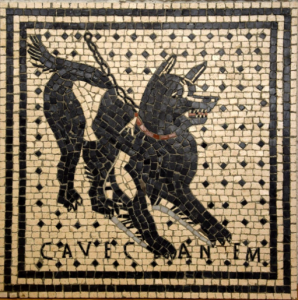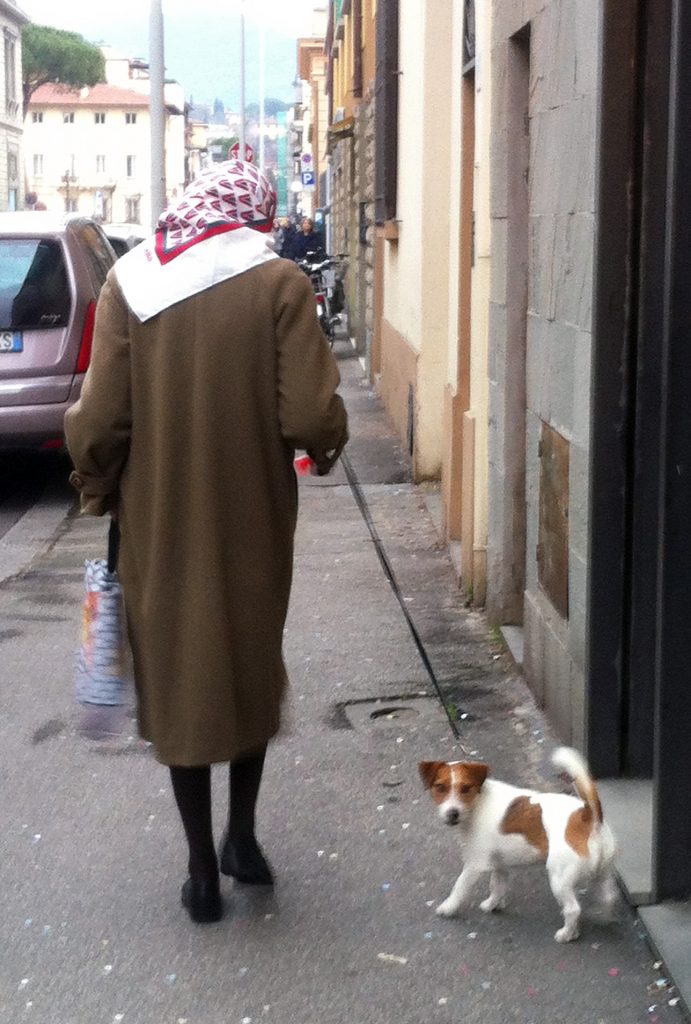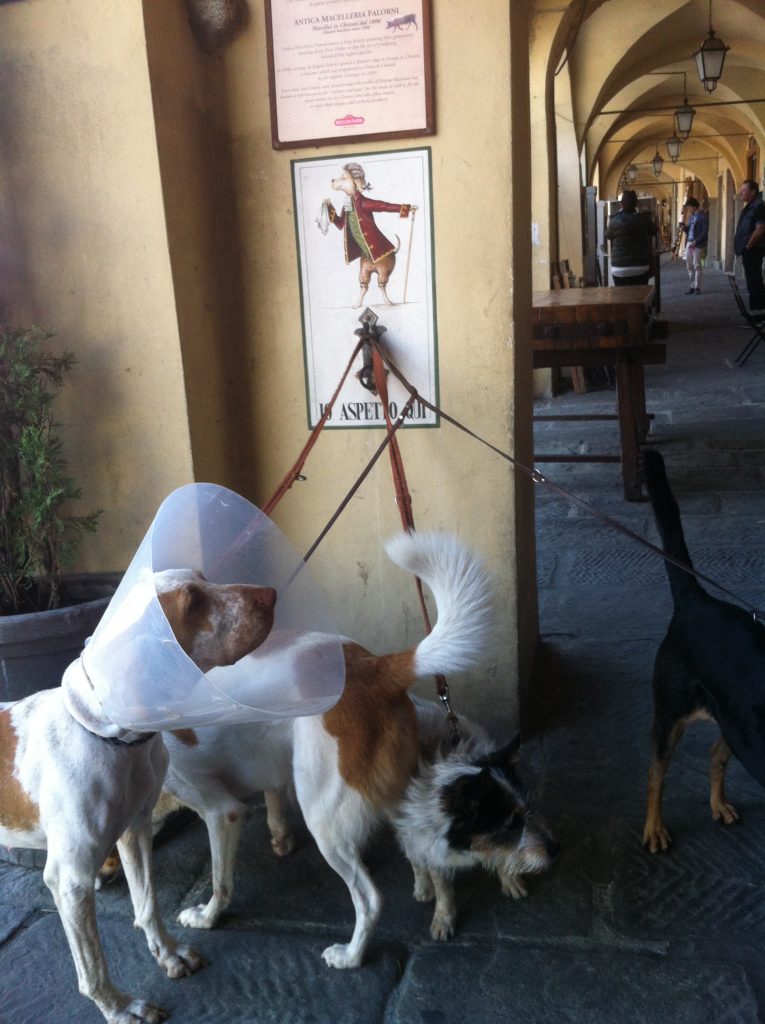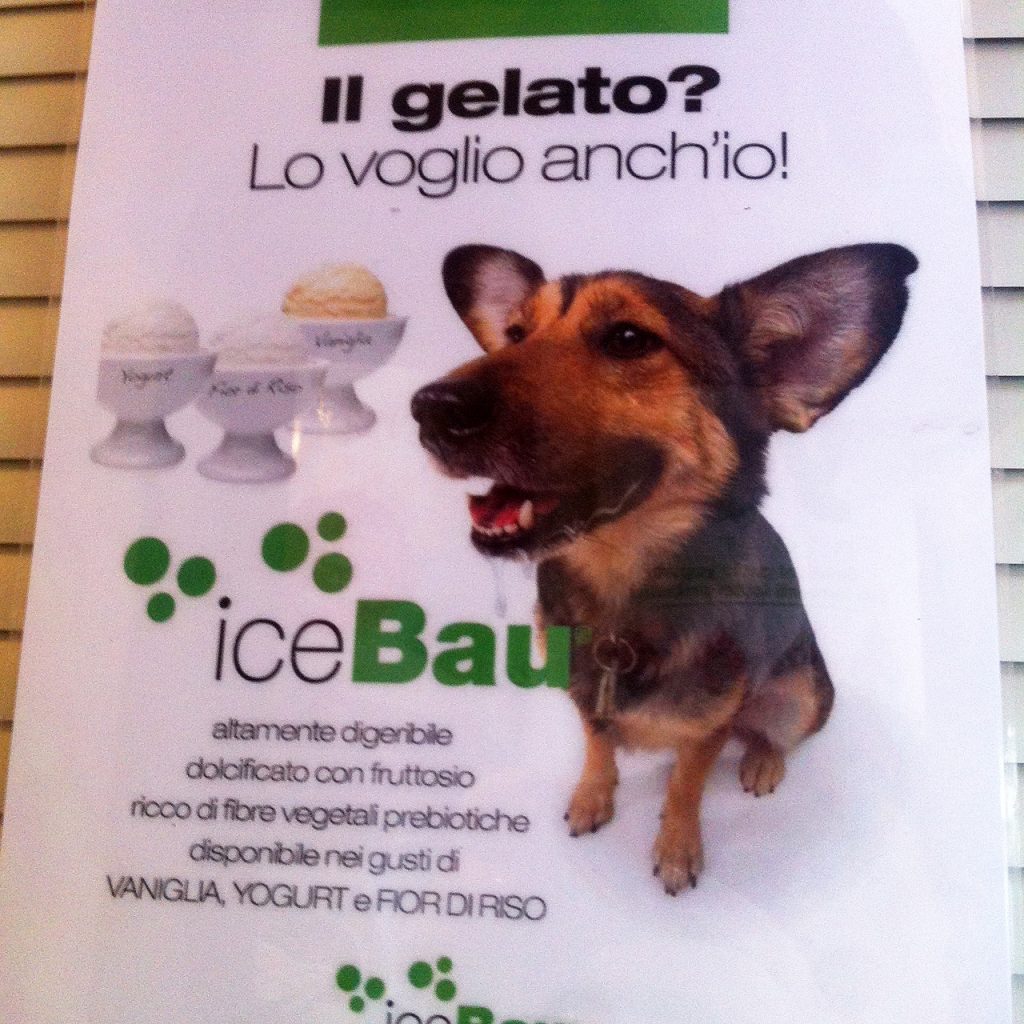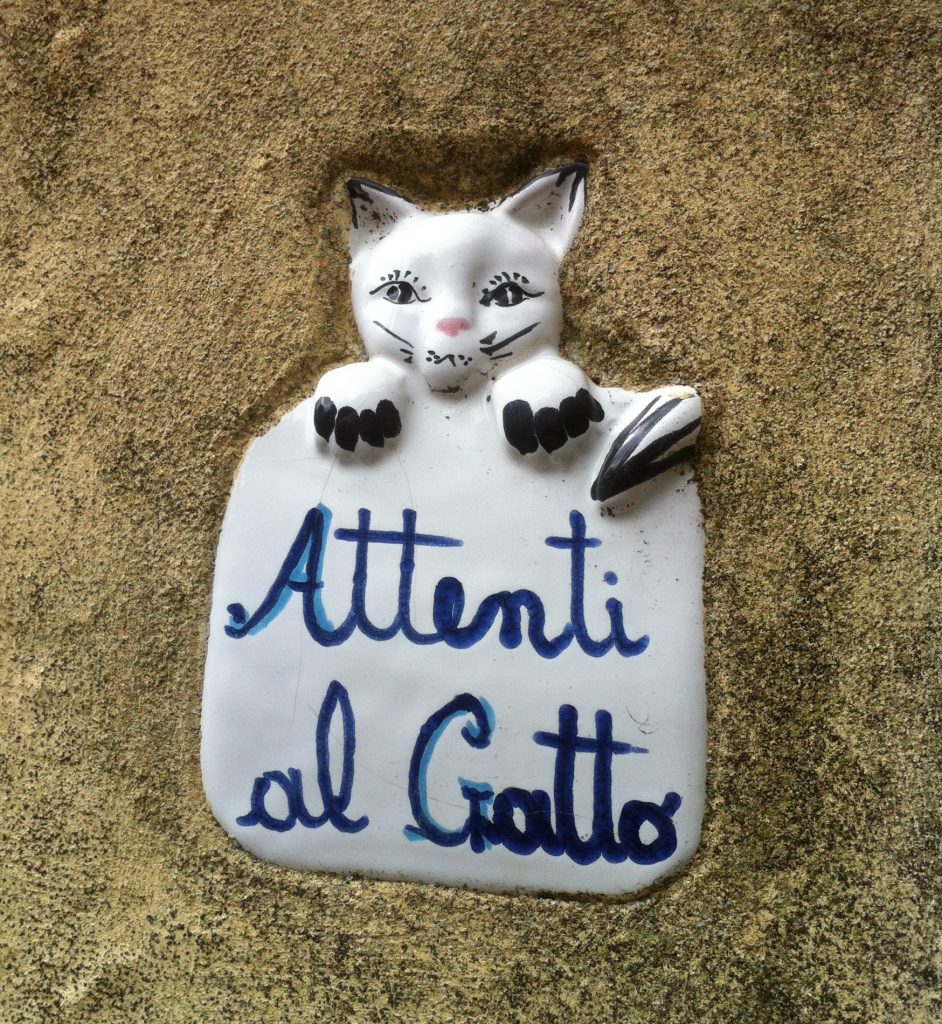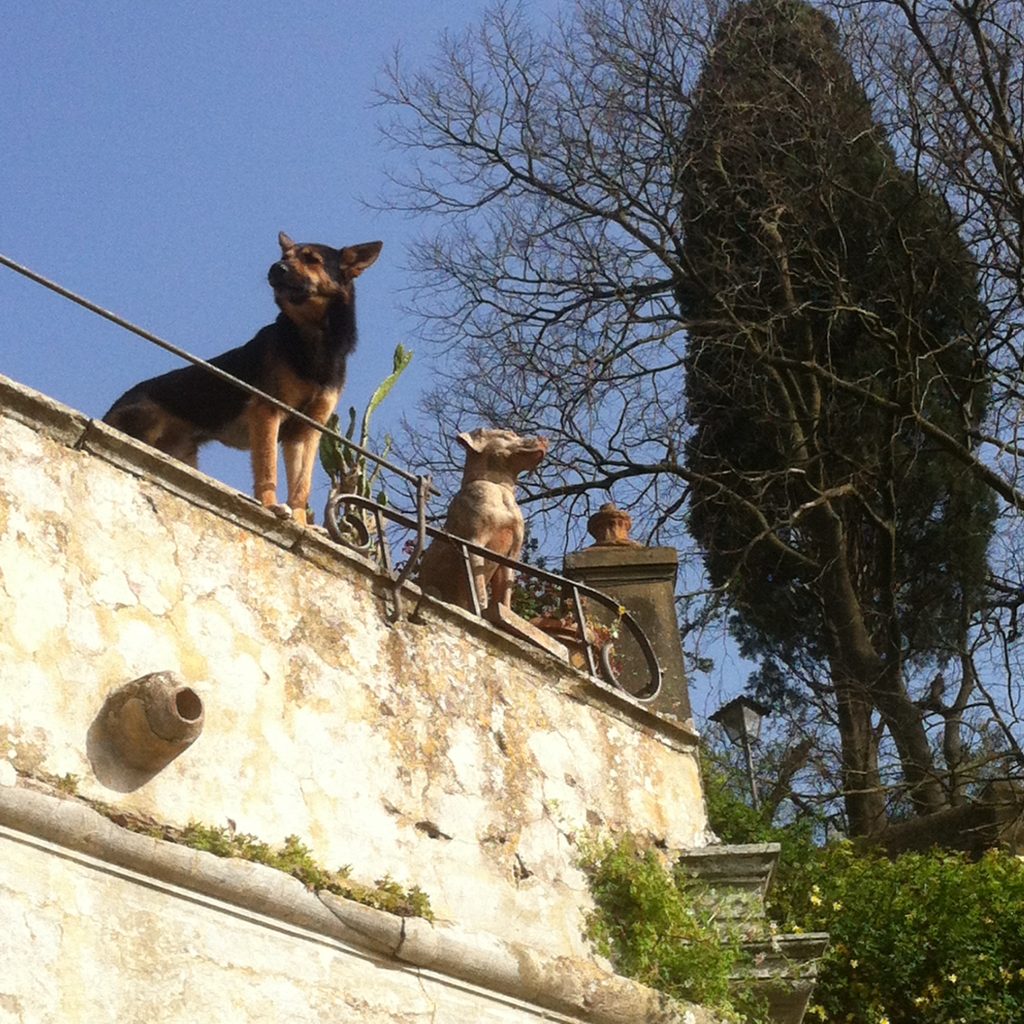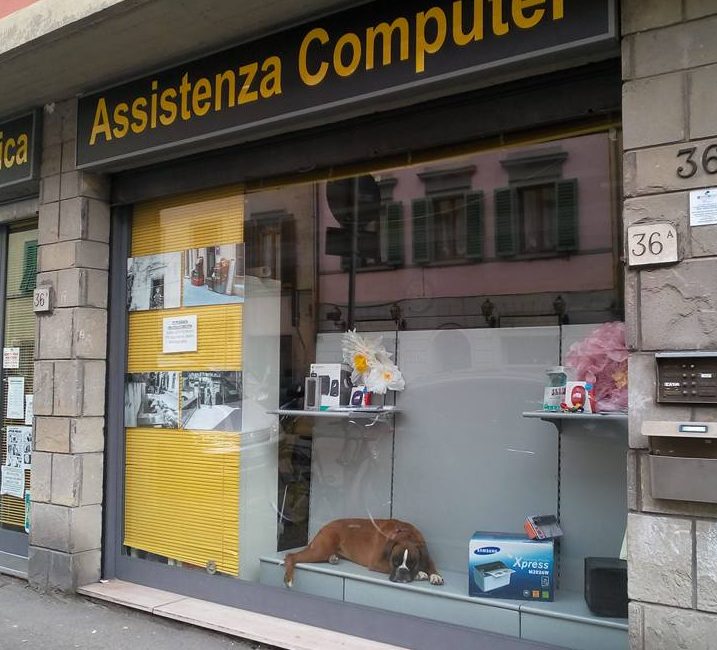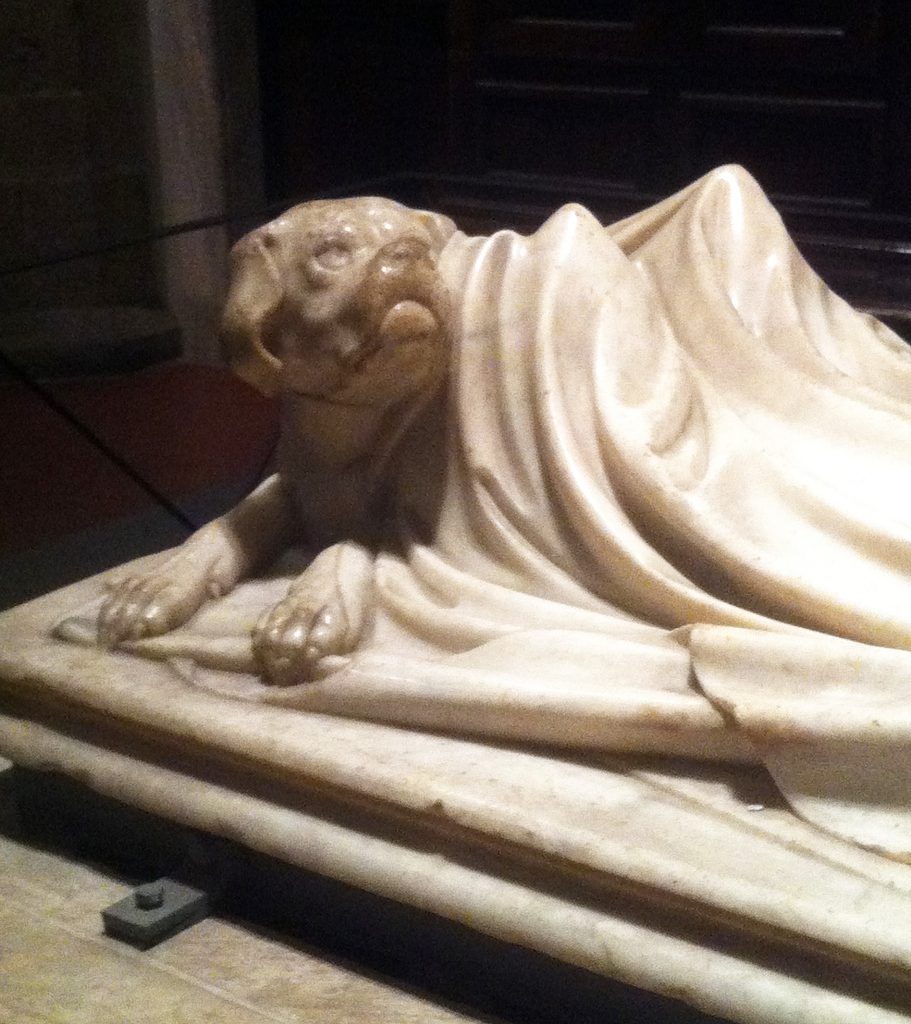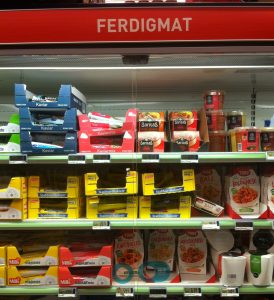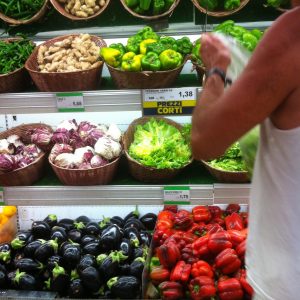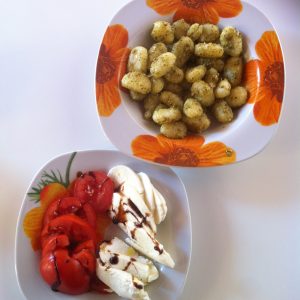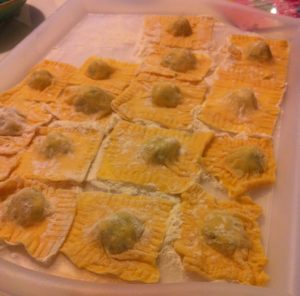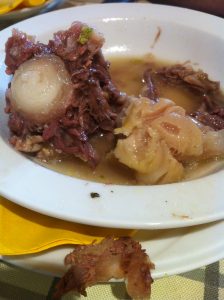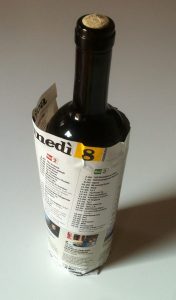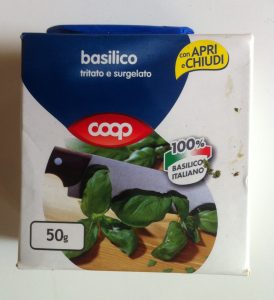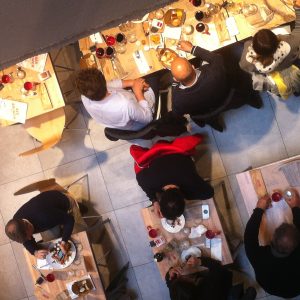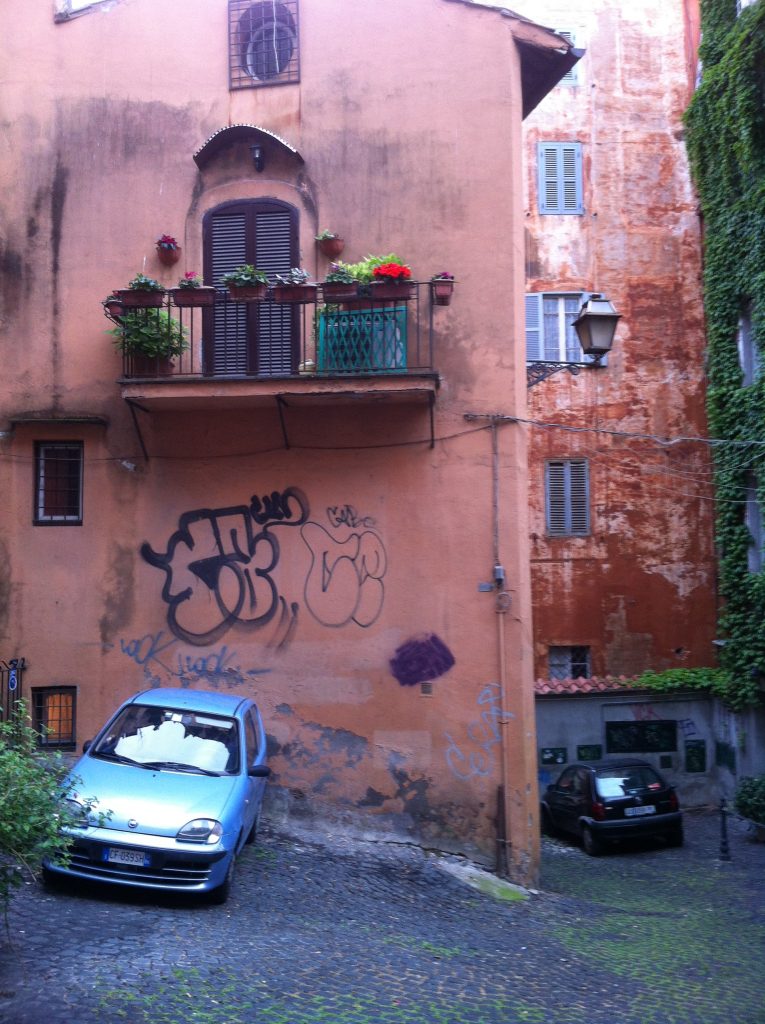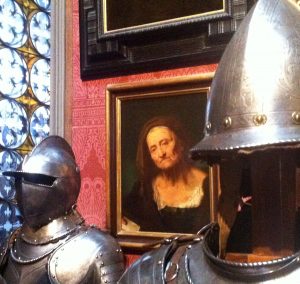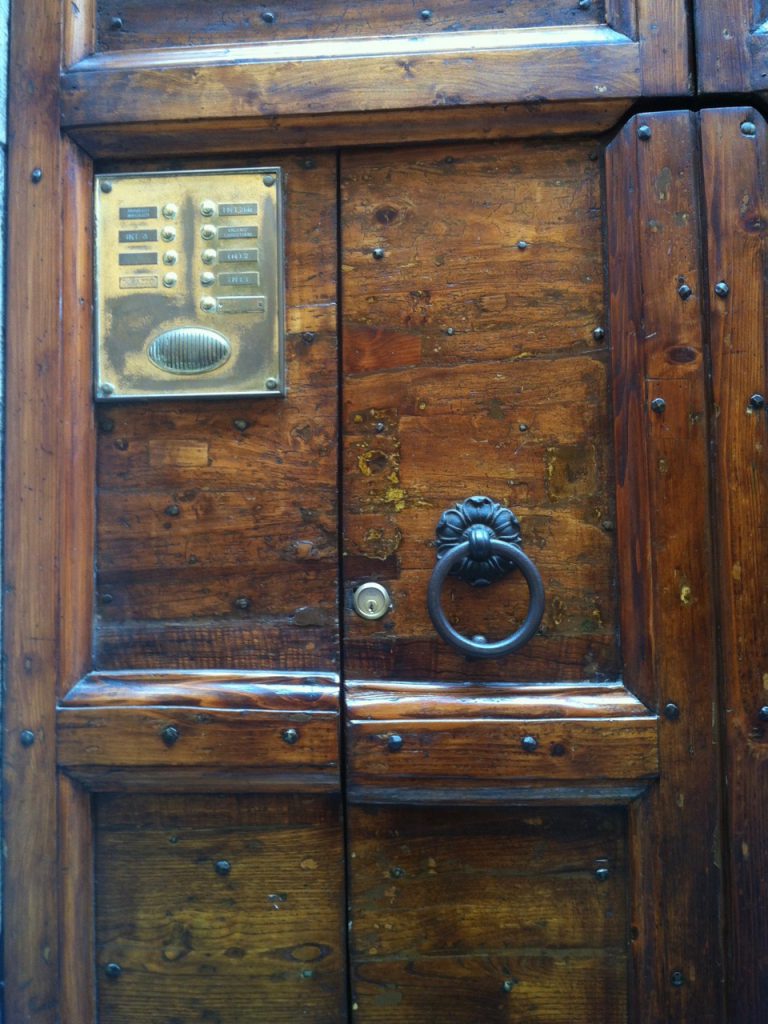
I find our hotel quite easily, in plenty of time before I have to meet my father off the airport bus. It’s on a narrow street leading from the back of San Filippo Neri to Piazza Navona, busy with locals and tourists on foot and on scooters. Our pensione is marked with a little 3-star sign on the wall by the solid, studded wooden door. The main plaque lists names on bells of private apartments and law offices.
The door is open and I step into the shadowy hallway. Before me is the staircase, reaching up and around to the top of the building, to where our pensione must be on the 4th or 5th floor. Their website had promised there’d be a lift – and that was the main reason I chose it for myself and my Dad (along with the decent price and promise of breakfast left outside our rooms).
And there it is, just right of the stairs, an old-fashioned lift with a pull-over metal gate and open shaft rising above it. And there on the gate is a sign. My heart sinks. A sign on a lift in Rome can mean only one thing: it’s not working – Fuori Servizio. I puff up the five flights of stony steps to the pensione reception. The girl on duty is calm and seems fairly confident the lift will be fixed today. This is Italy, I’m not convinced and I press her on this before handing over my credit card and committing to this place.
I explain to her that my father – by now on a plane flying out of Dublin airport – is a few months past 80 and has used a walking stick (with shock absorbers) for at least the last decade. “Well the lift’s been broken for a few days,” she says perkily, “but it was a long weekend so this is the first day the repair men are here”. She tells me there are several elderly residents in the building dependant on it, it will surely be fixed. I decide to trust her and take my chances that by nightfall the building will be habitable for my dear old Dad.
After dumping my bag and cooling off in the quirky room I’ve been given (with its lumpy bed and remnants of a fresco on the wall), I head out to explore the streets and be enveloped by Rome for the next few hours.
Around 4 o’clock, I walk in off the street and see there’s activity at the bottom of the stairs. The repair men, who turn out to be just one man with an official-looking logo on his shirt, is now hurriedly packing up from his afternoon of work and heading straight for the door.
Angling for a first-hand update I ask him is it all fine – tutt’aposto? I catch a smile and a Sì before I lose him in a slew of strong dialect, the gist of which seems to be him never having seen a problem like this before and it clearly won’t be his responsibility if it’s broken again tomorrow – domani – (the forethought of which just crept into my mind).
I step into the lift with another woman. Together we try it out, all the way to the 4th floor. We grimace at each other while the clangy metal cage makes its way slowly up alongside the dusty staircase I’m happy to avoid.
At the top, standing outside our pensione, and peering down the lift shaft is an petite, old woman. Dressed in a blue dressing gown she hovers close to her apartment door. “Funziona!” she says to me in delight. It’s working see!
I nod at her and smile back, “Infatti!” Indeed.
“You know, I’ve been stuck without it these few days. I don’t go out you know – non esco – so I just walk back and forth across this little landing.”
Whether she always does this or just while it’s been out of order I can’t tell. I don’t know how to reply but I’m tempted to mention that at least she has a great view from her apartment of the medieval chunk of wall that juts out and makes up the last part of the stairway – but I decide against it.
“Well, lets hope it’s all still working tomorrow – domani”, I say instead. Her gaze goes back down and over into the darkness. Perhaps she wouldn’t hope that at all. She might have enjoyed this excitement a little more, from her perch at the top of the landing.
Later that evening, after my father and I have caught up over a tasty primo and carafe of rosso at the red-chequered spot a few doors down, I show him through the door of our building. We click the light switch on and while it ticks away we take the lift up to our rooms for the night. As we clatter up beside the stone stairs I now know well, we ascend floor by floor through sounds of voices talking, plates clattering, on and up through piano music on one floor, then more voices and the lift finally trundles open to our landing. There’s no-one waiting to greet us.
We find our way to our rooms for the night. I decide not to tell my Dad about the repairs. Domani.
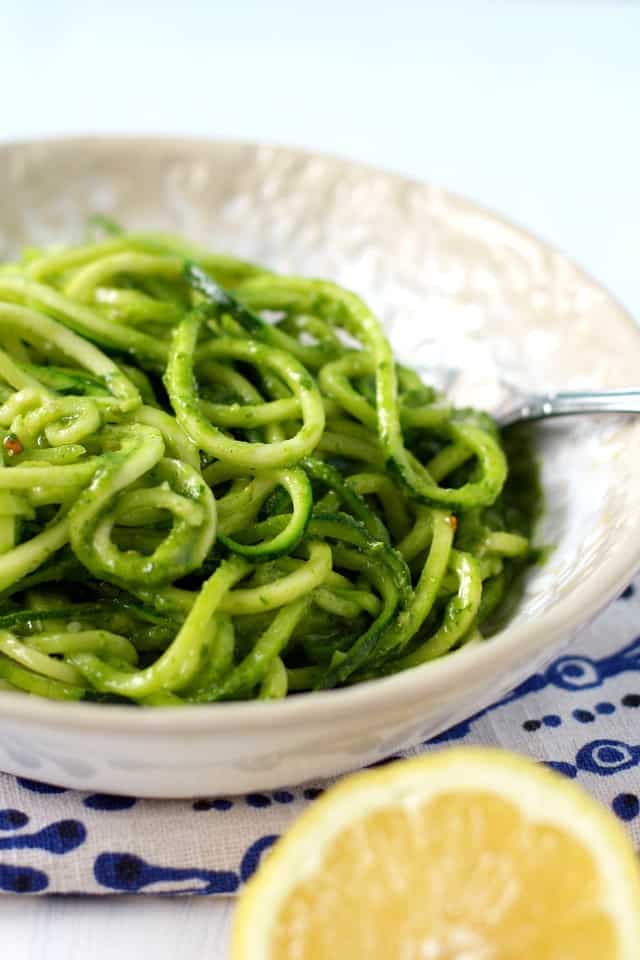
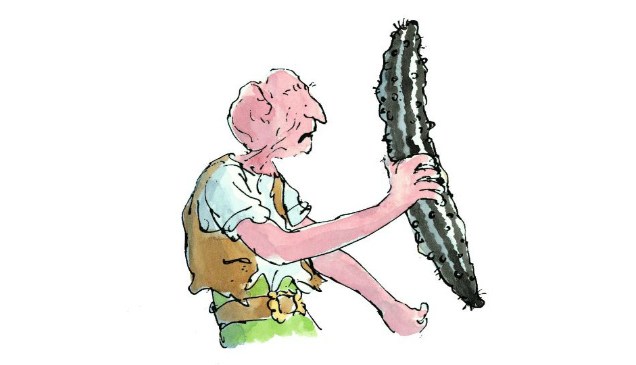







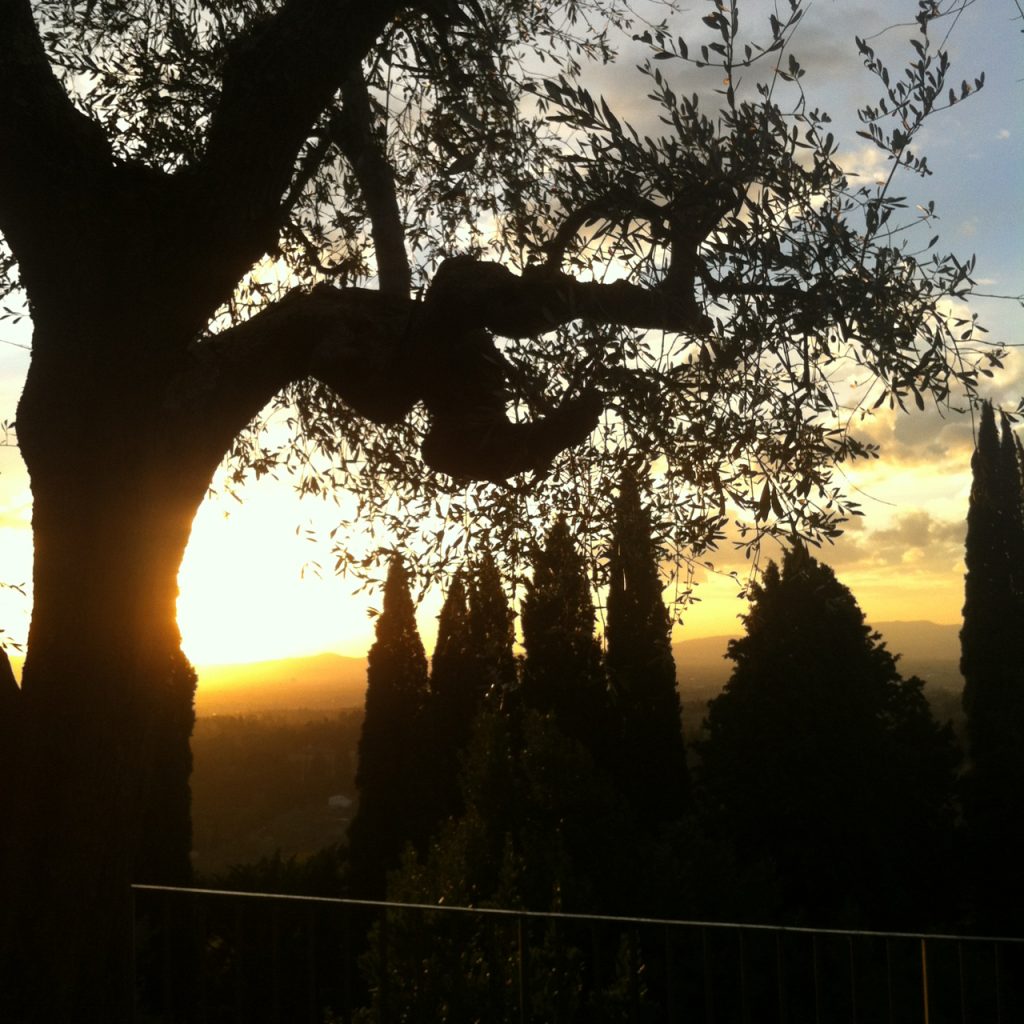

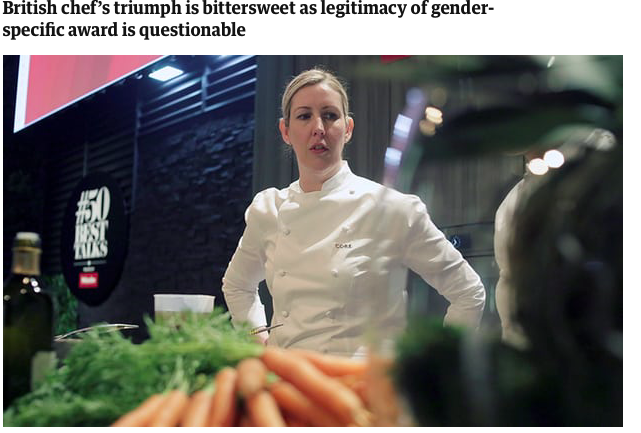
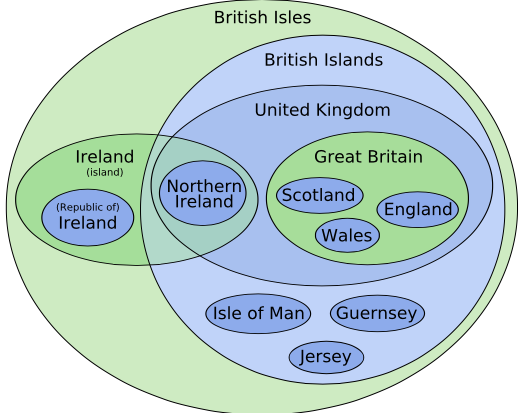
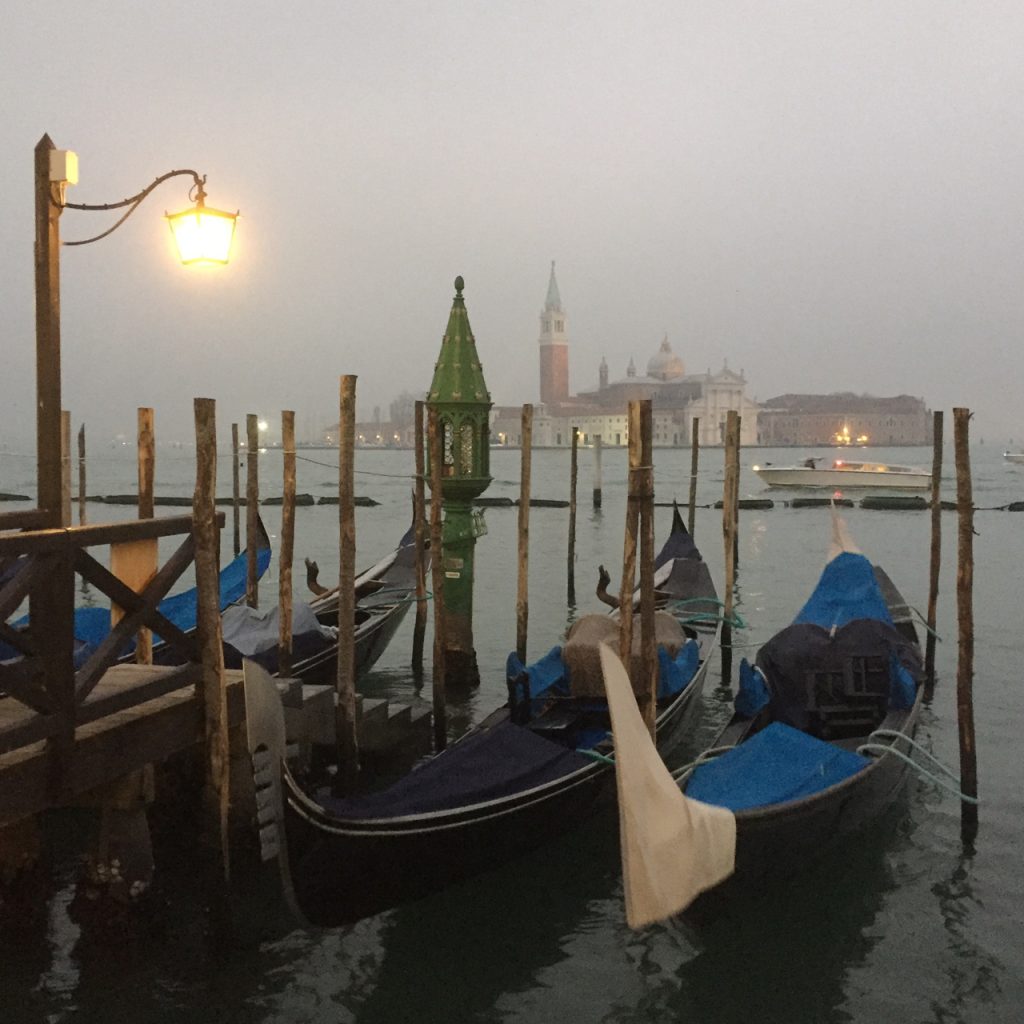
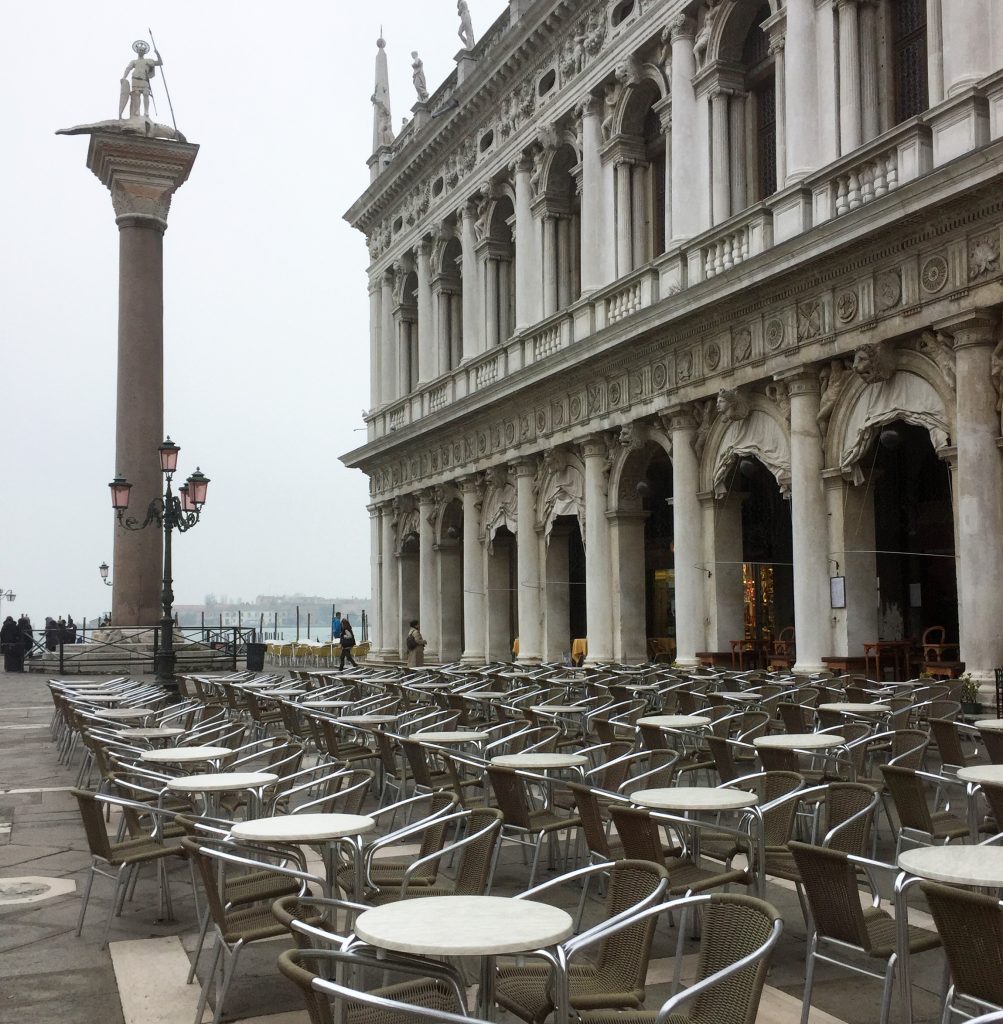
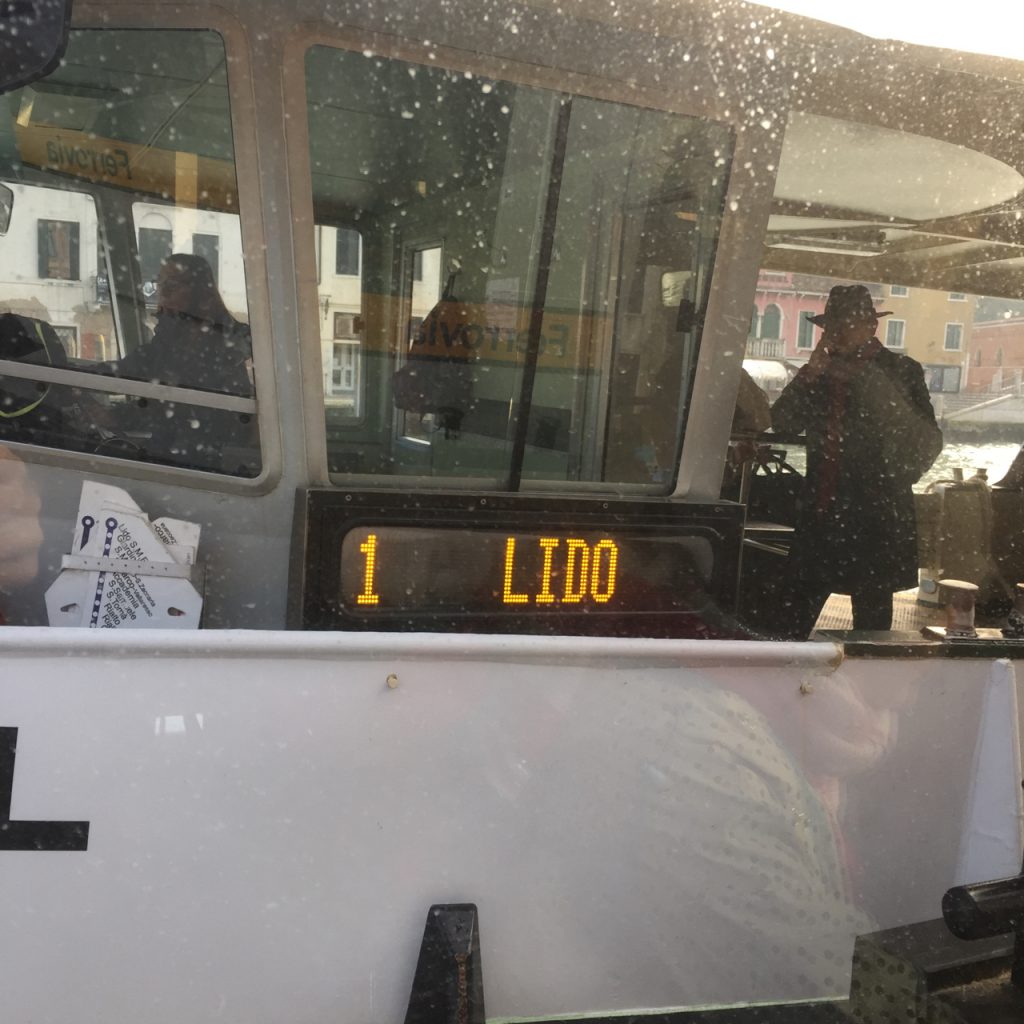
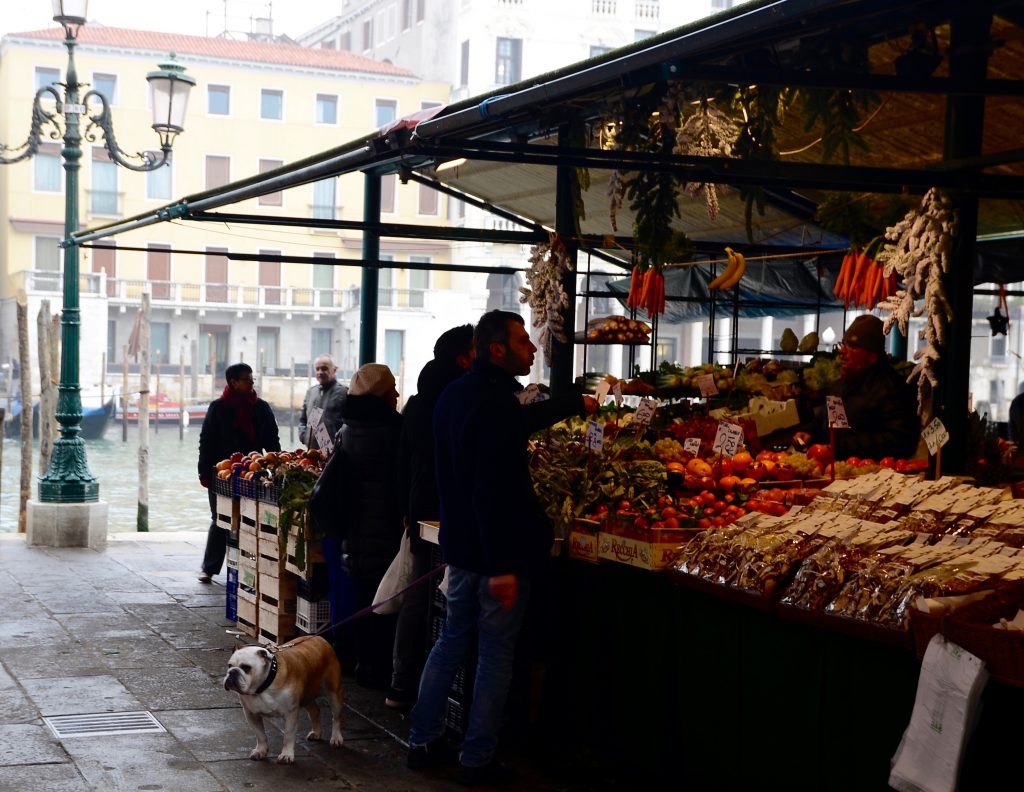
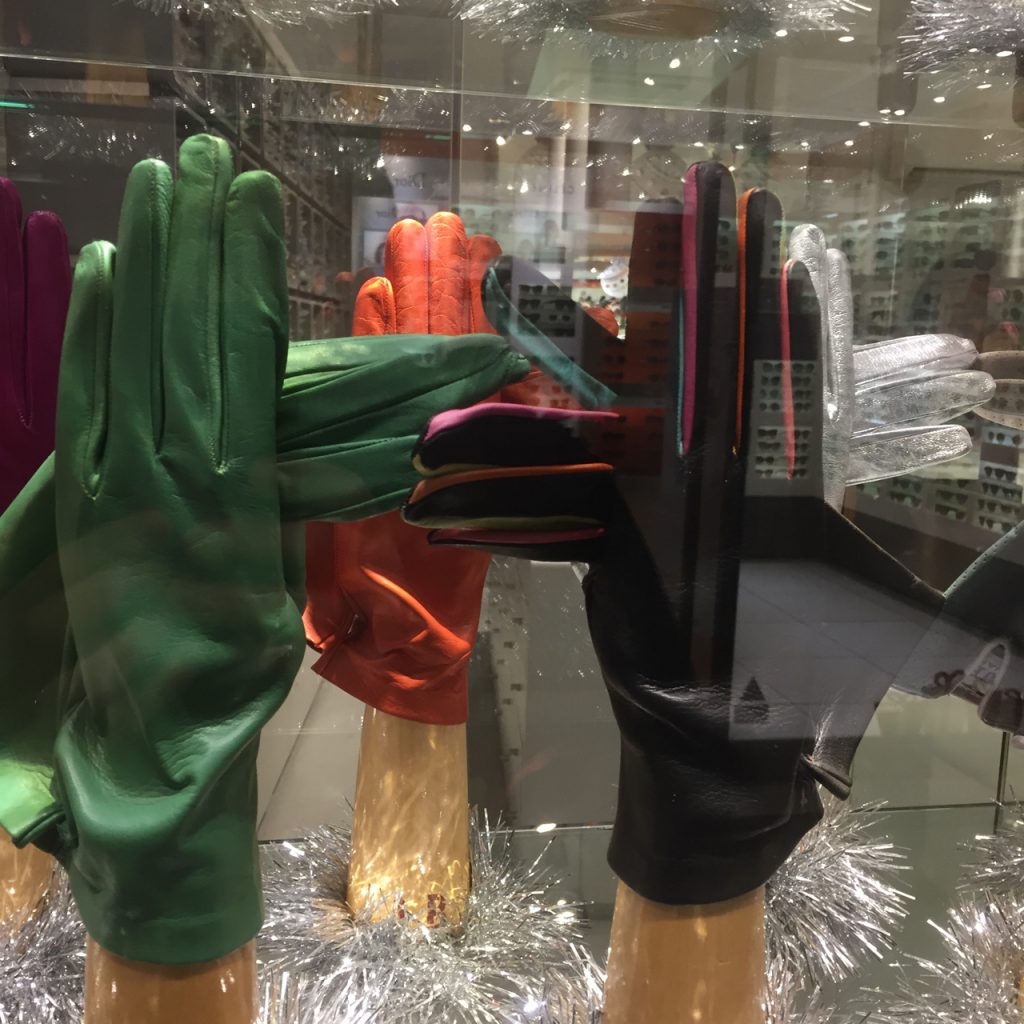
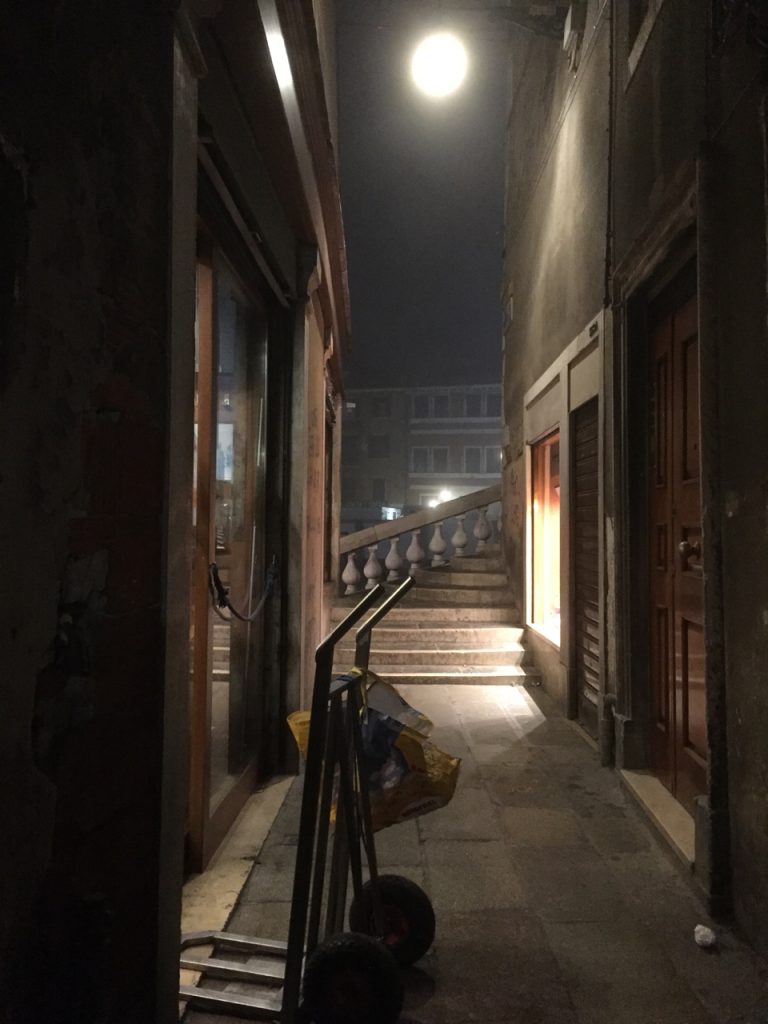
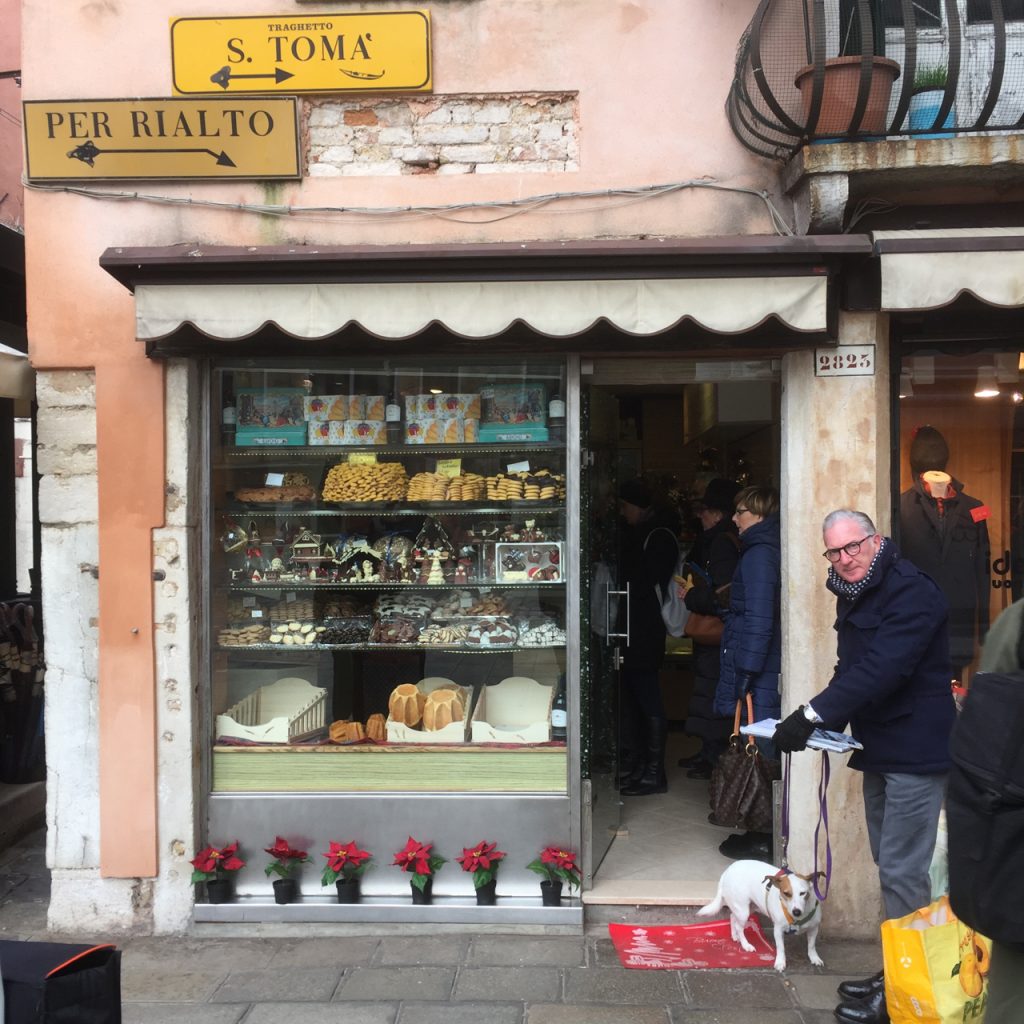
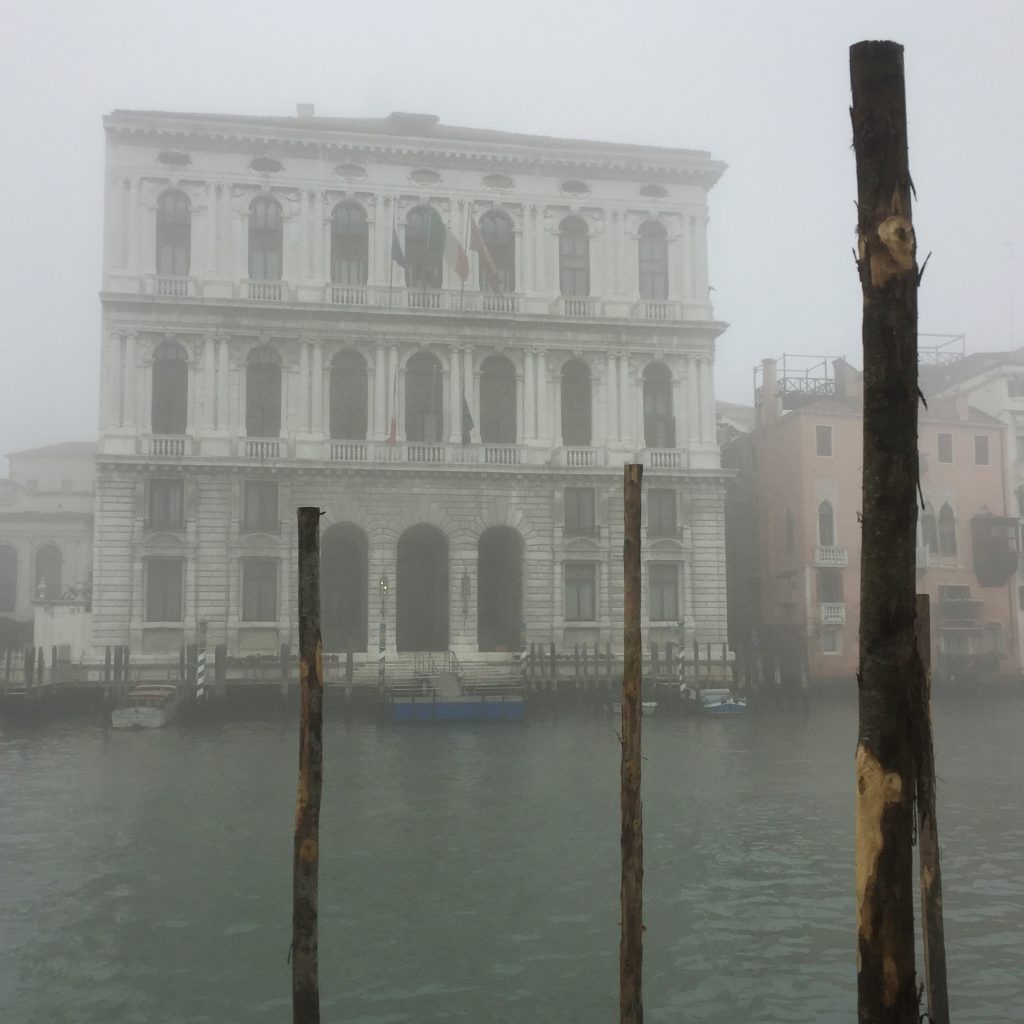
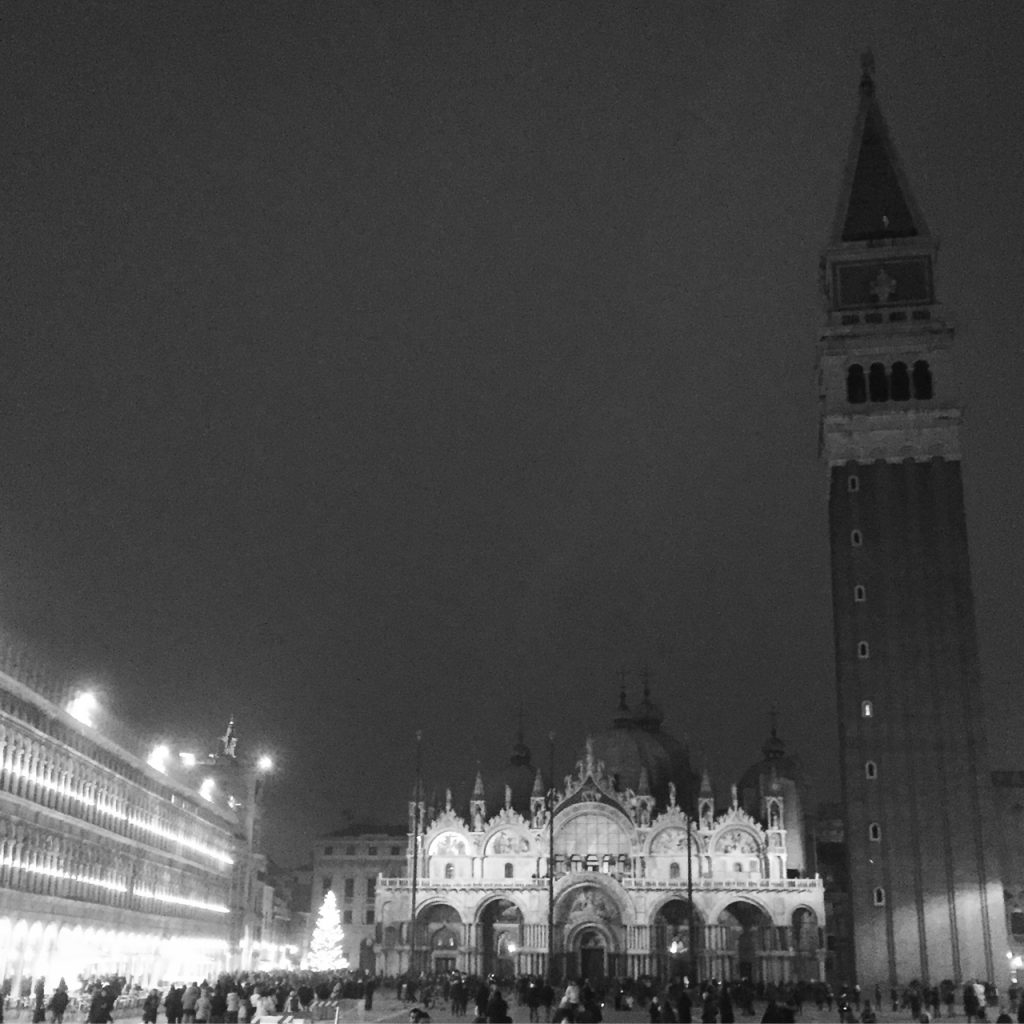
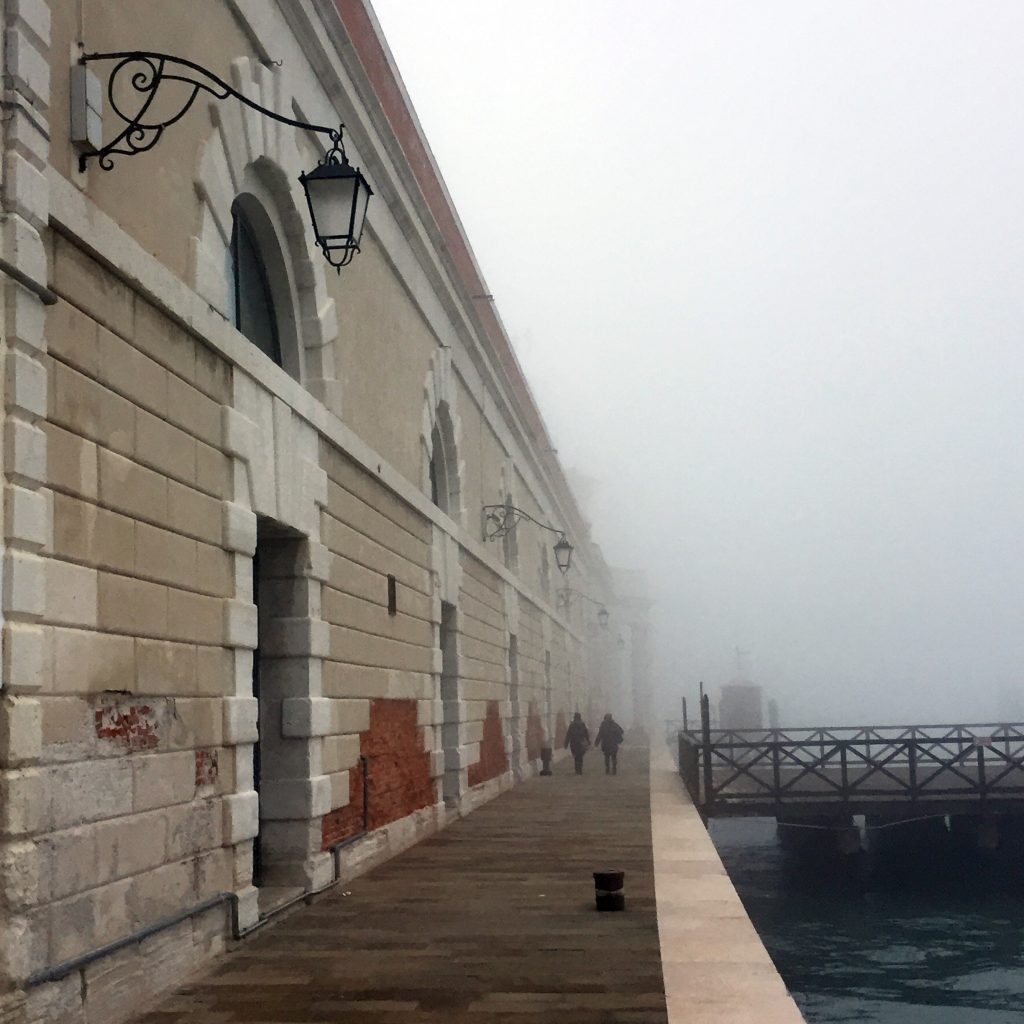
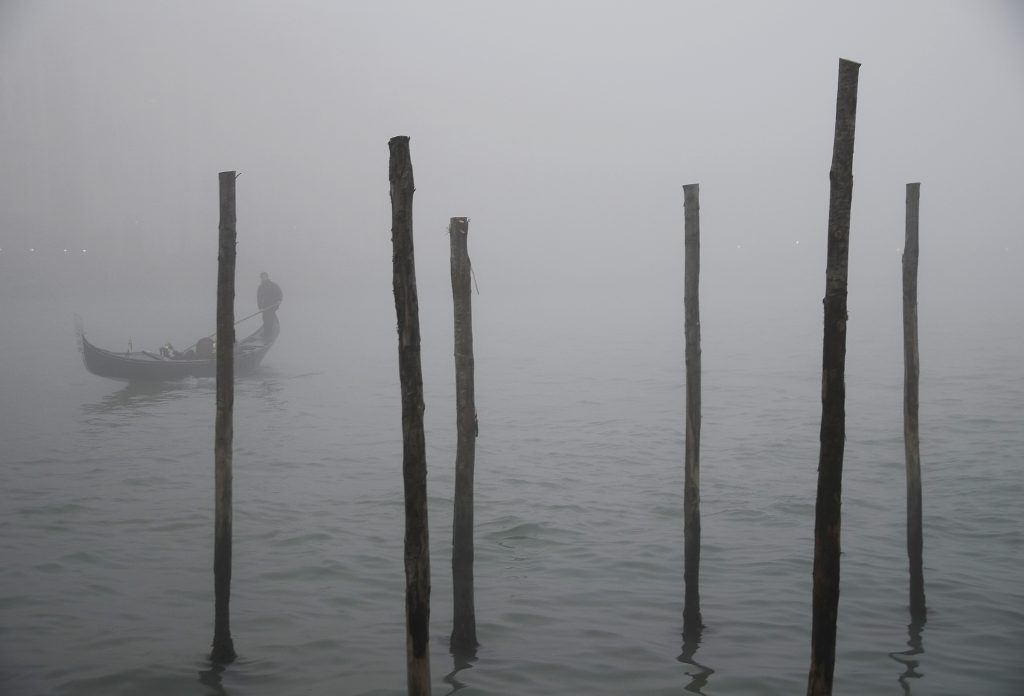
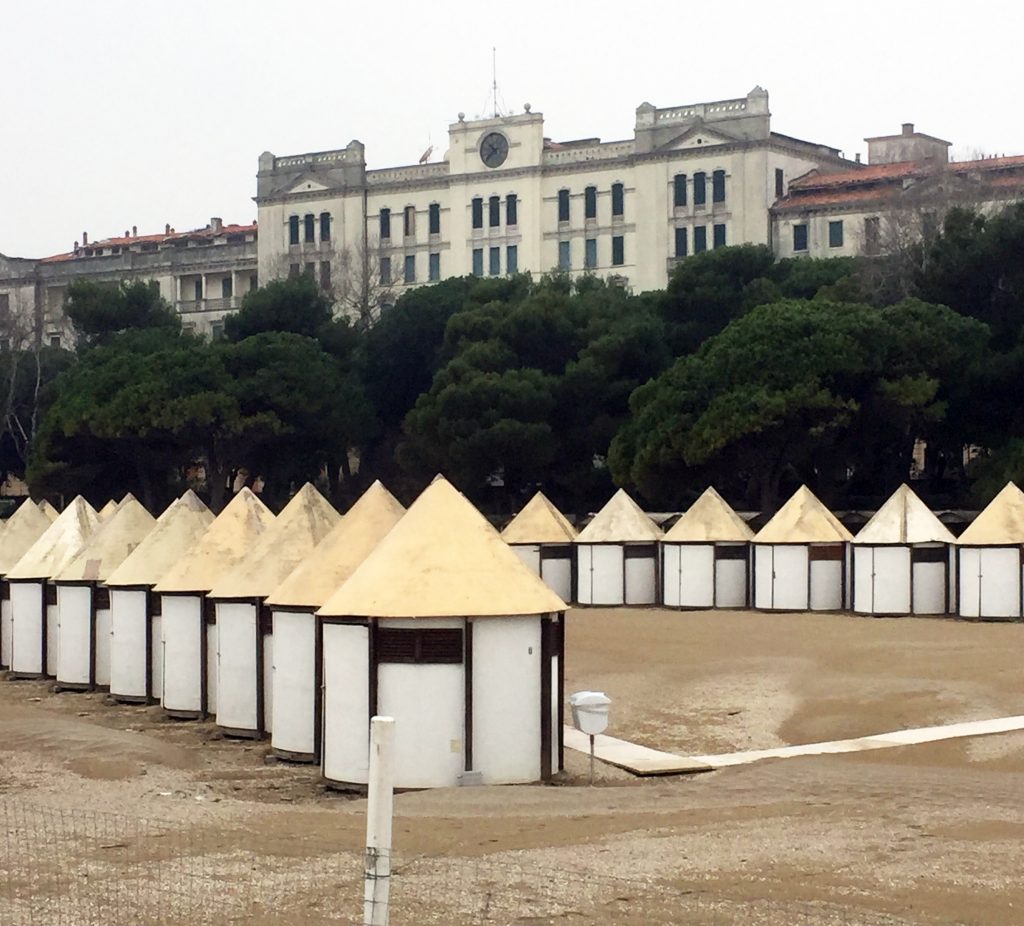
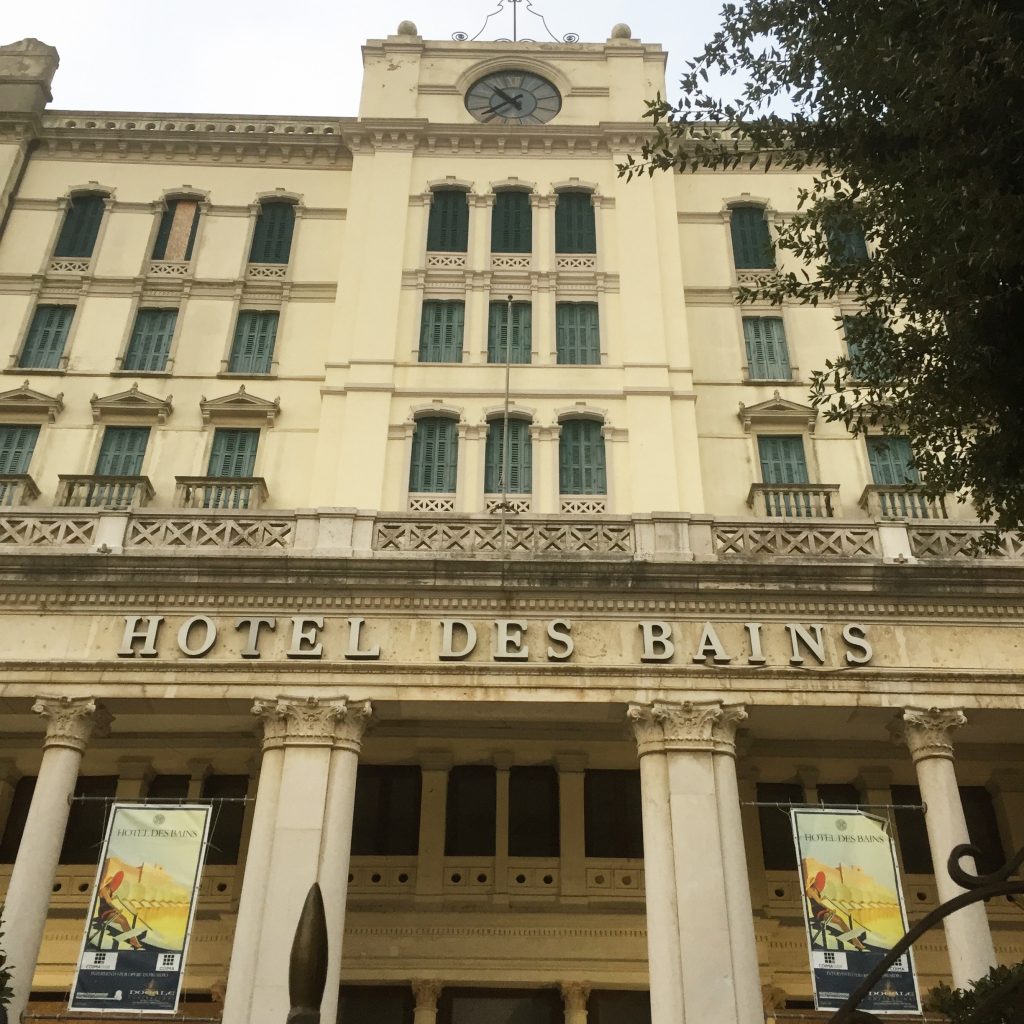
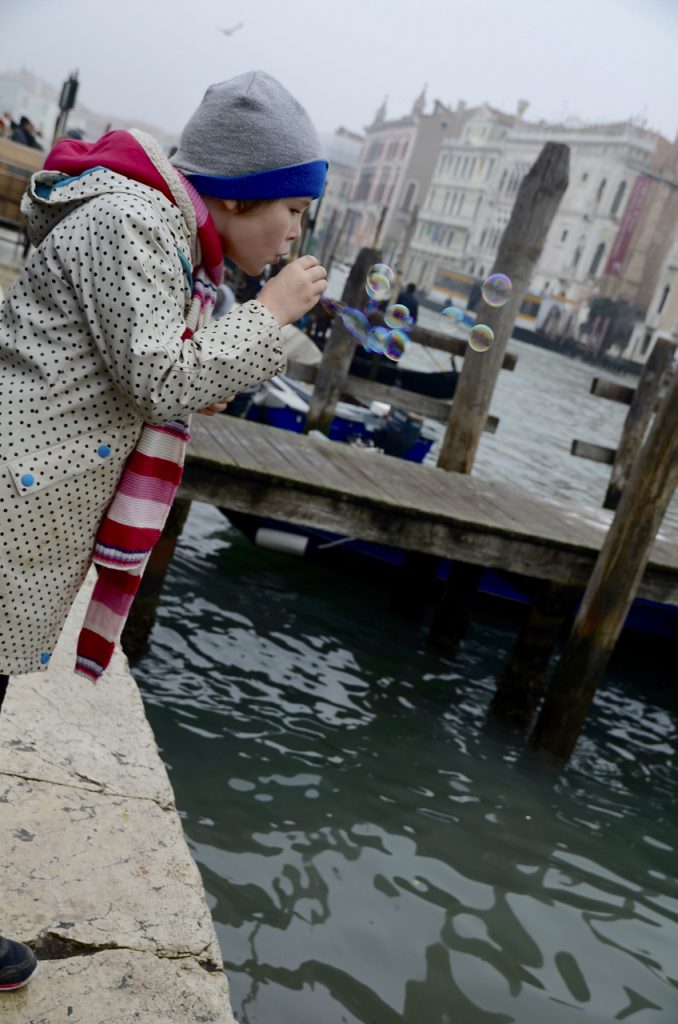
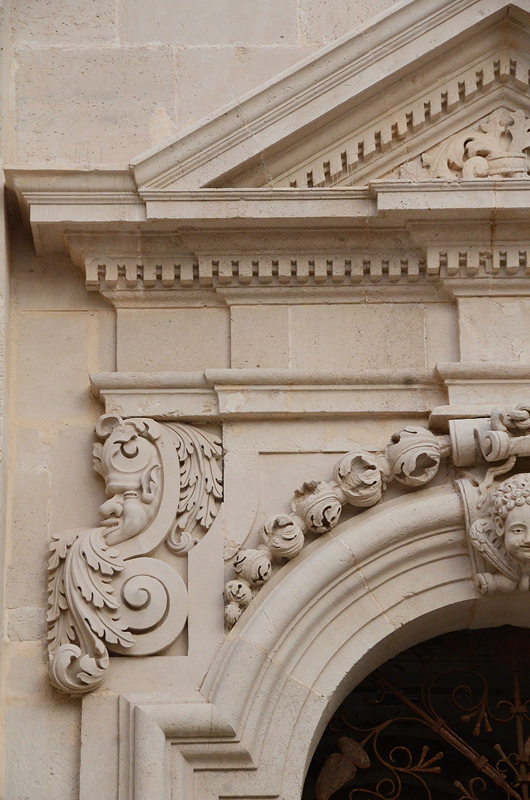
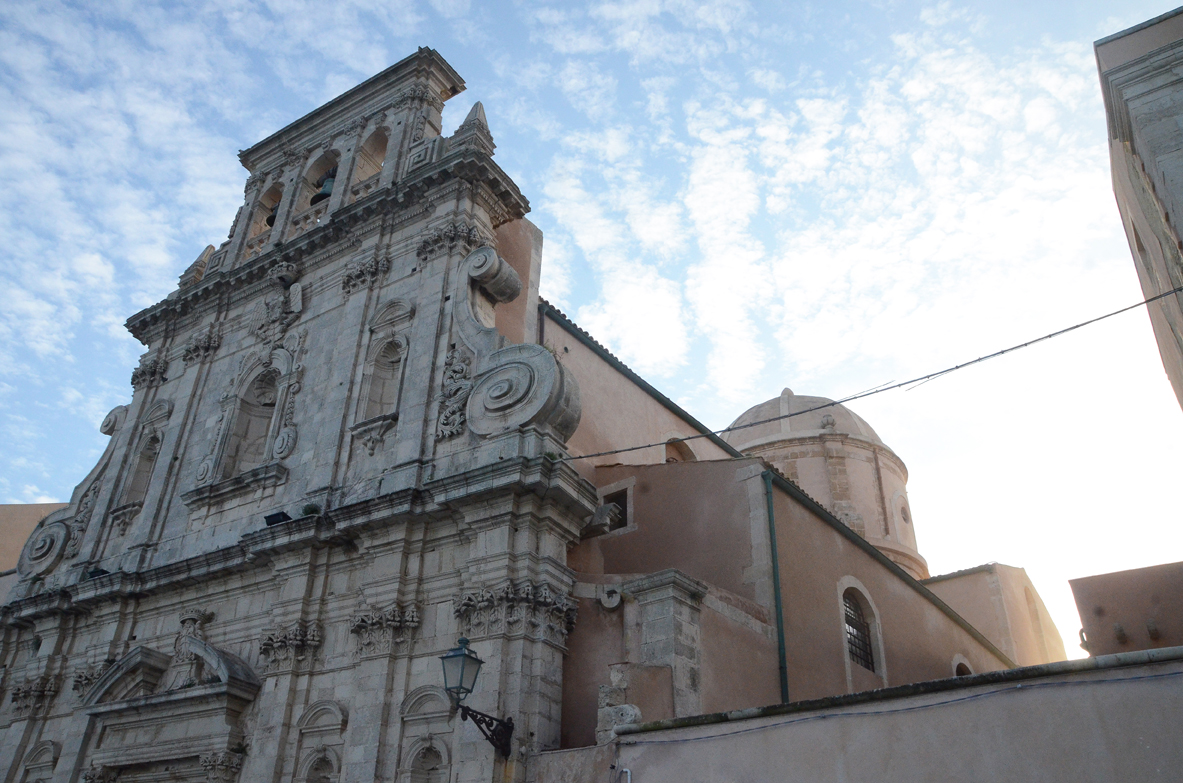
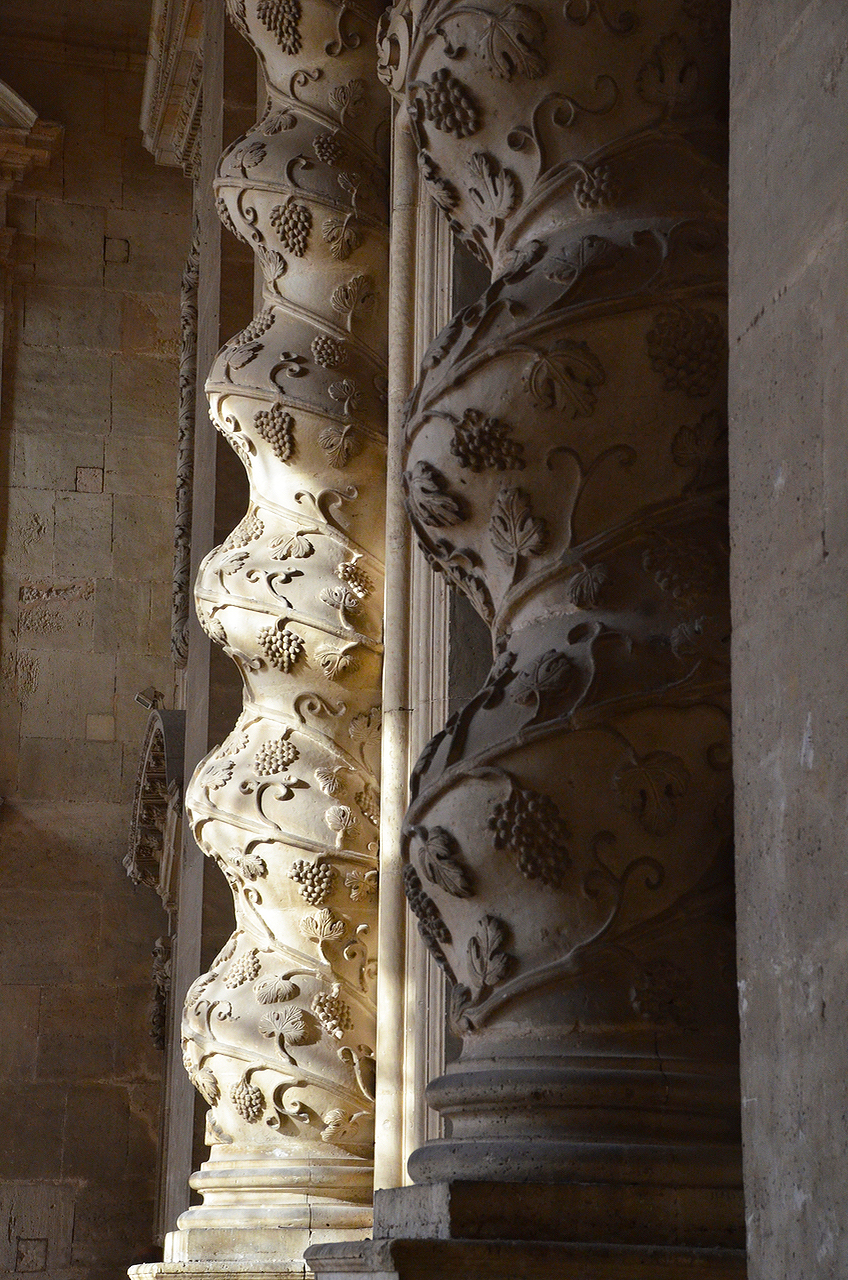
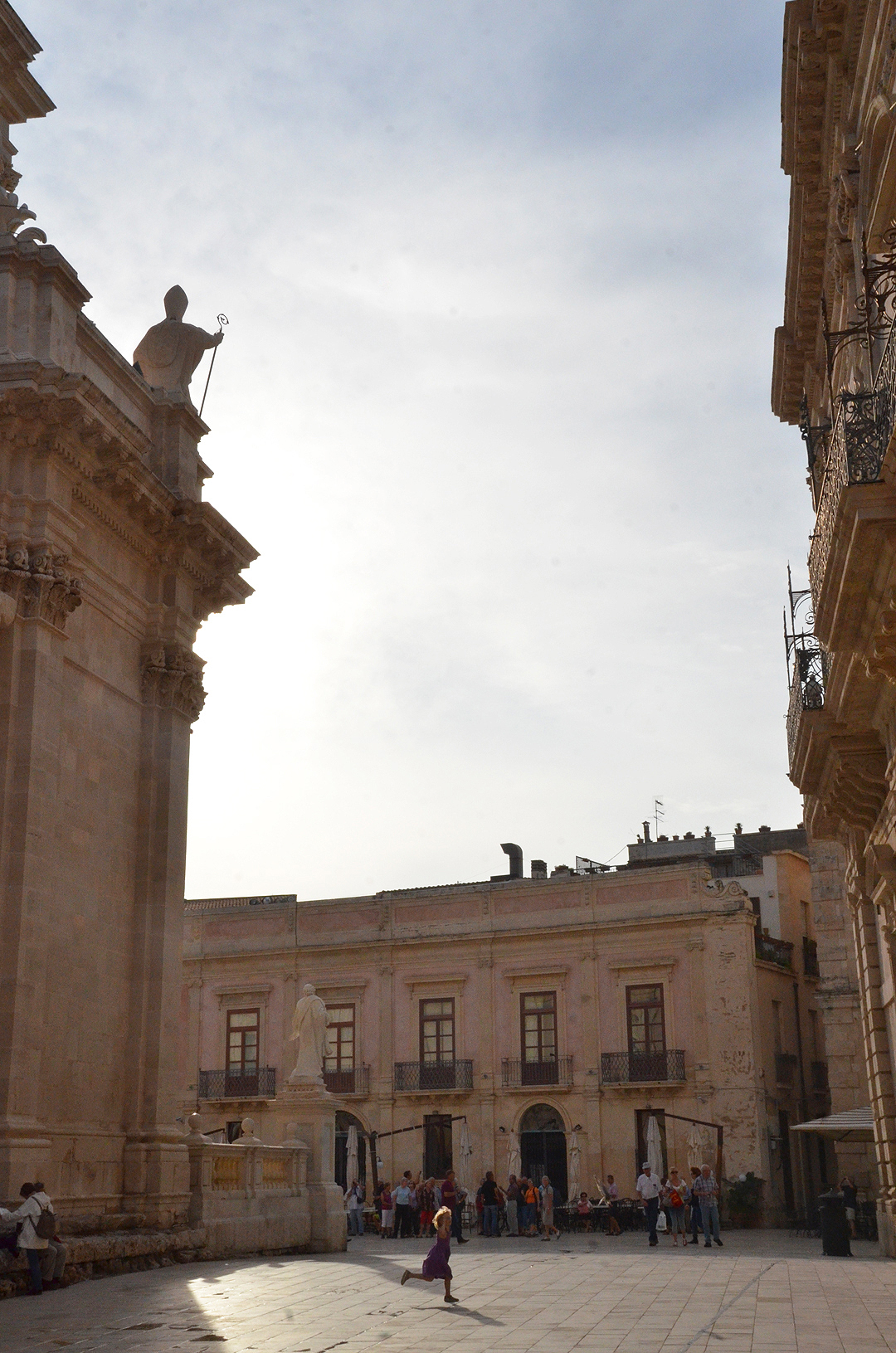
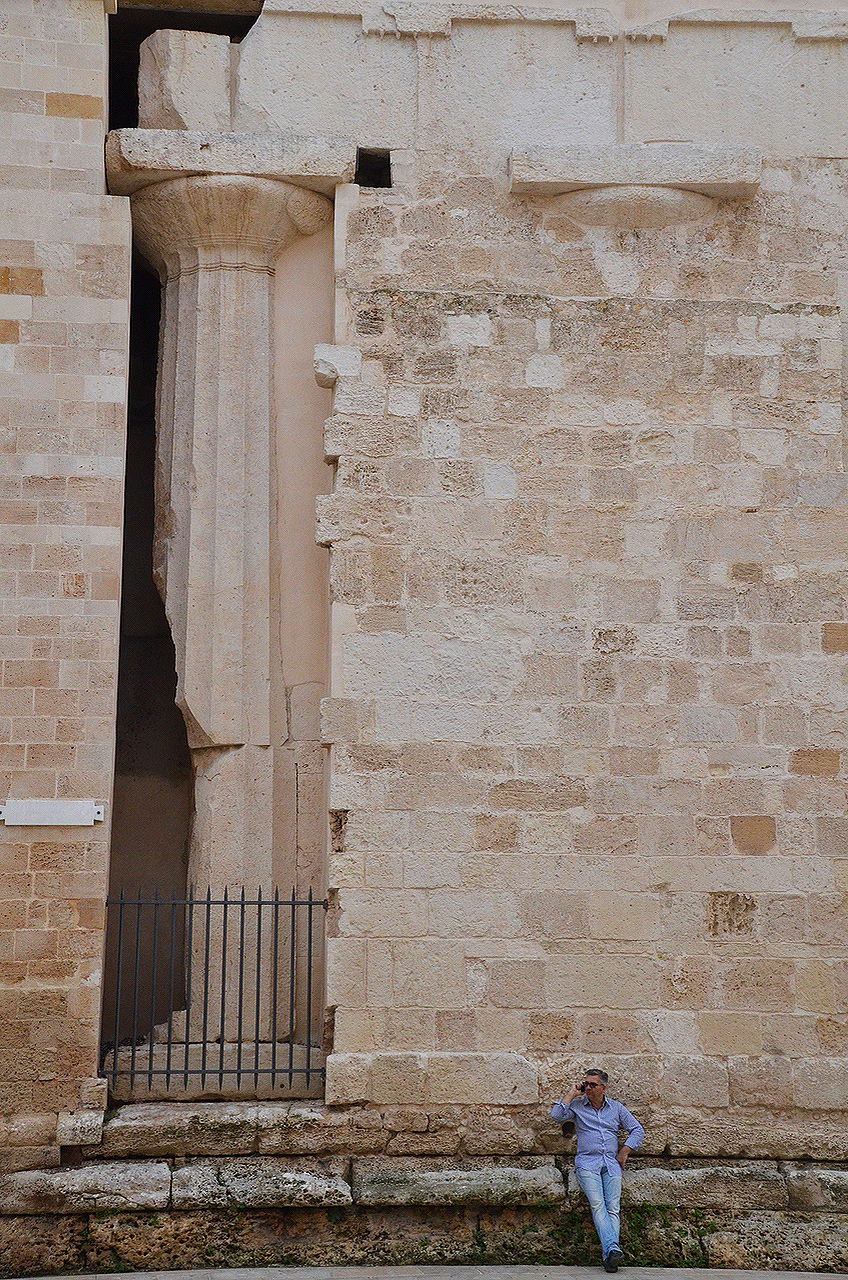


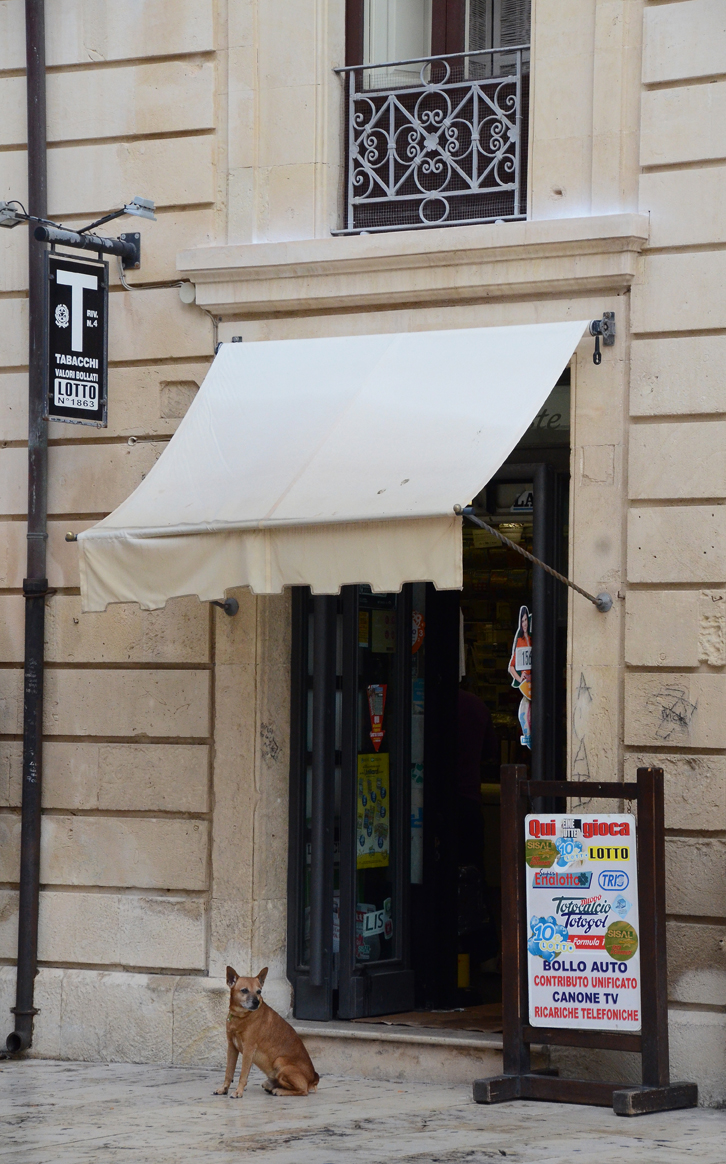
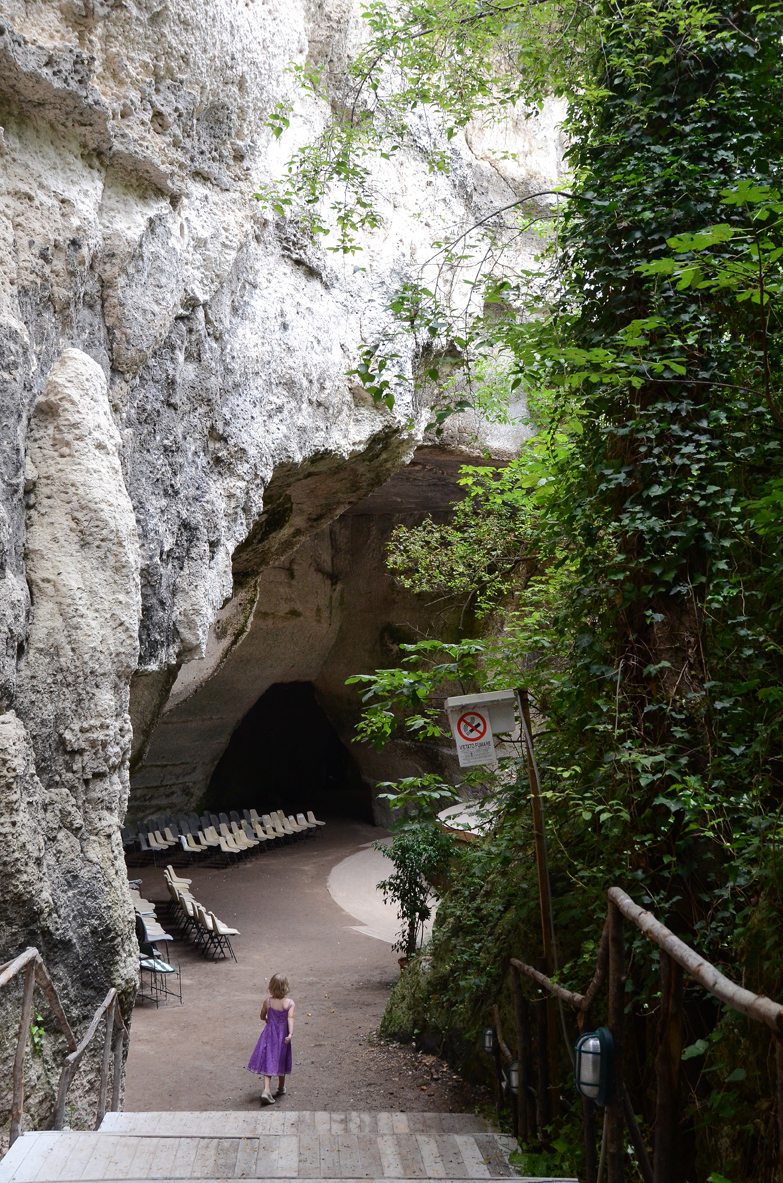
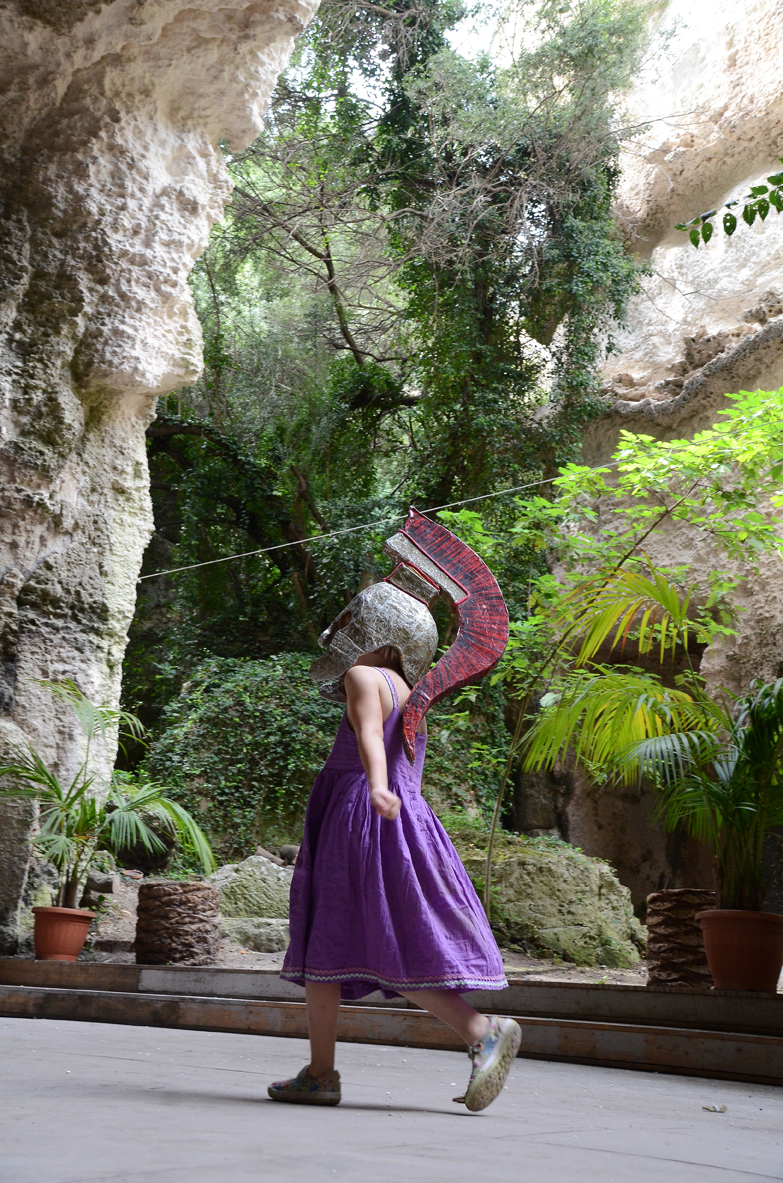
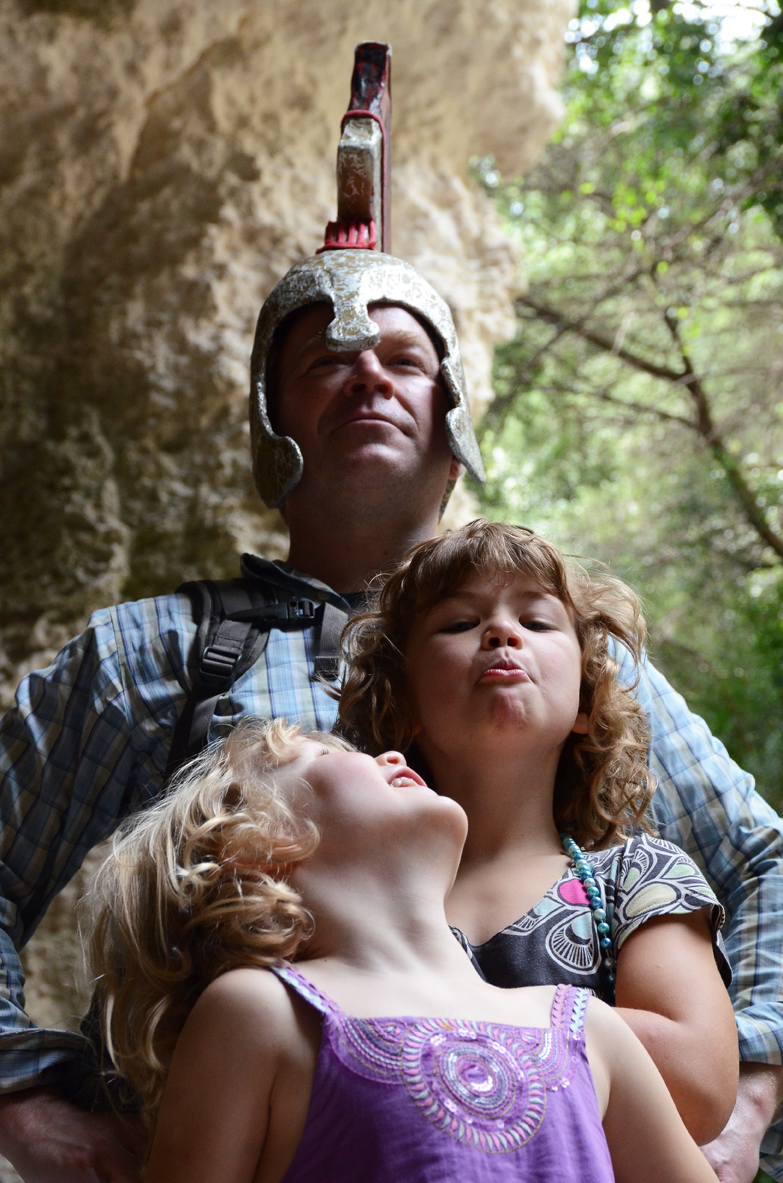
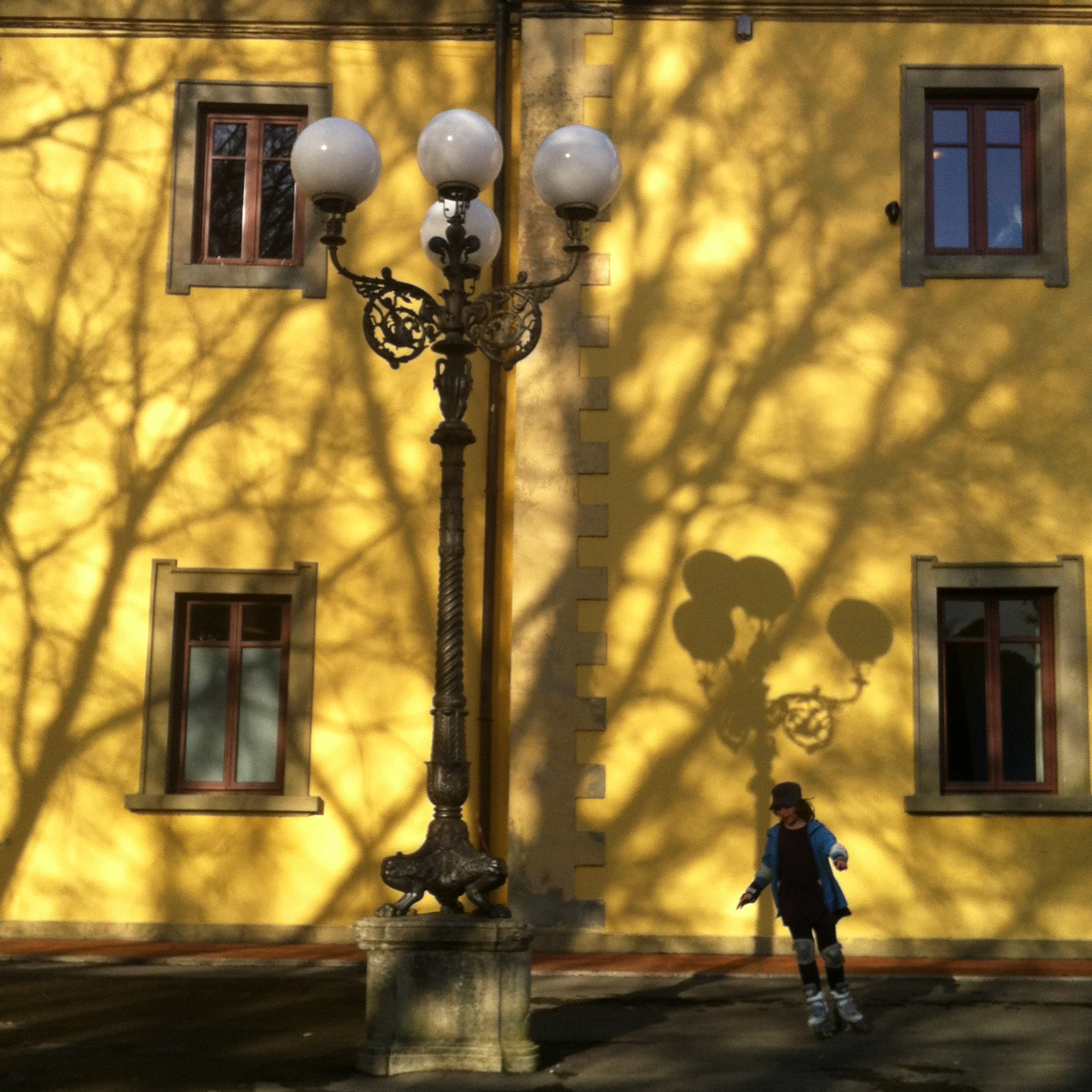
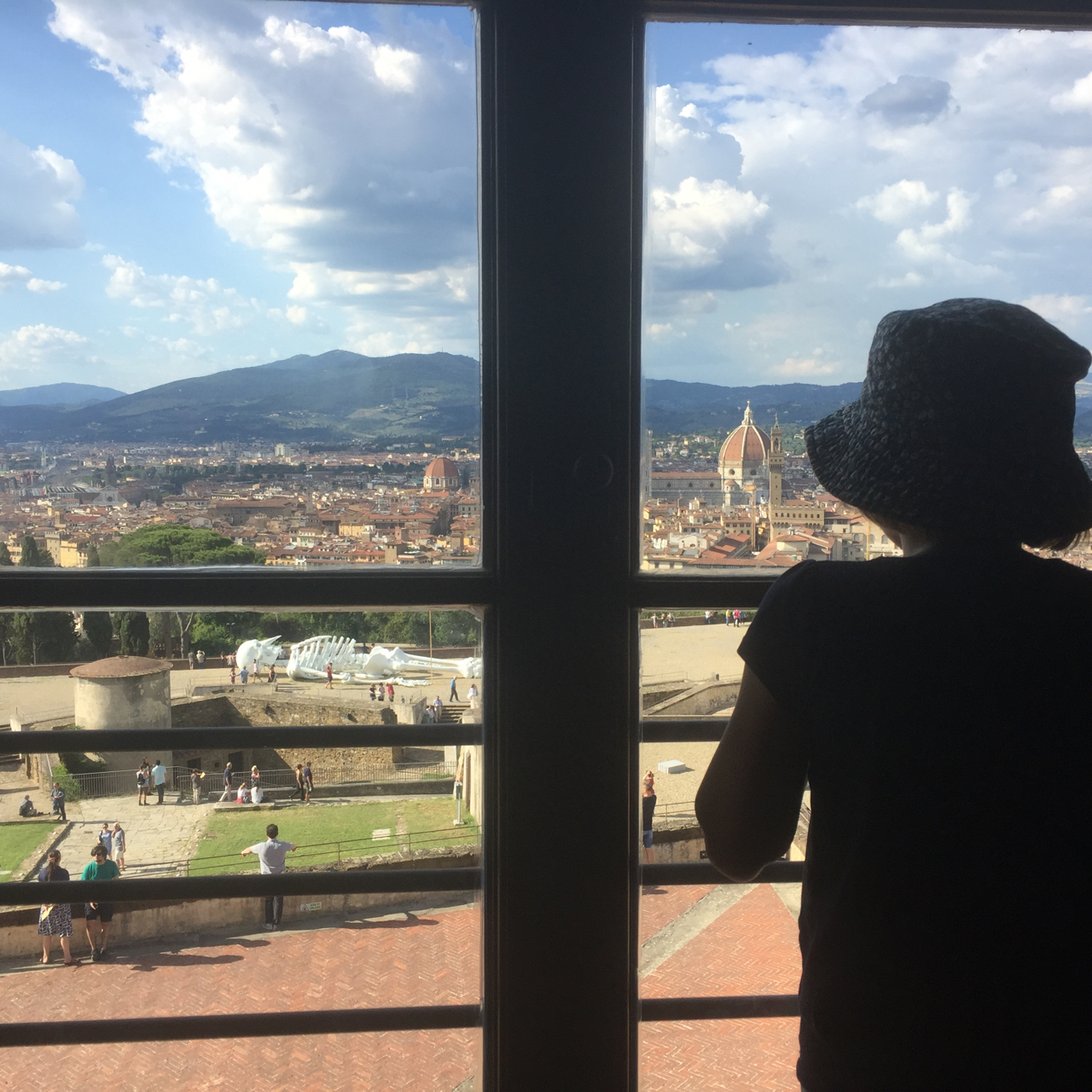

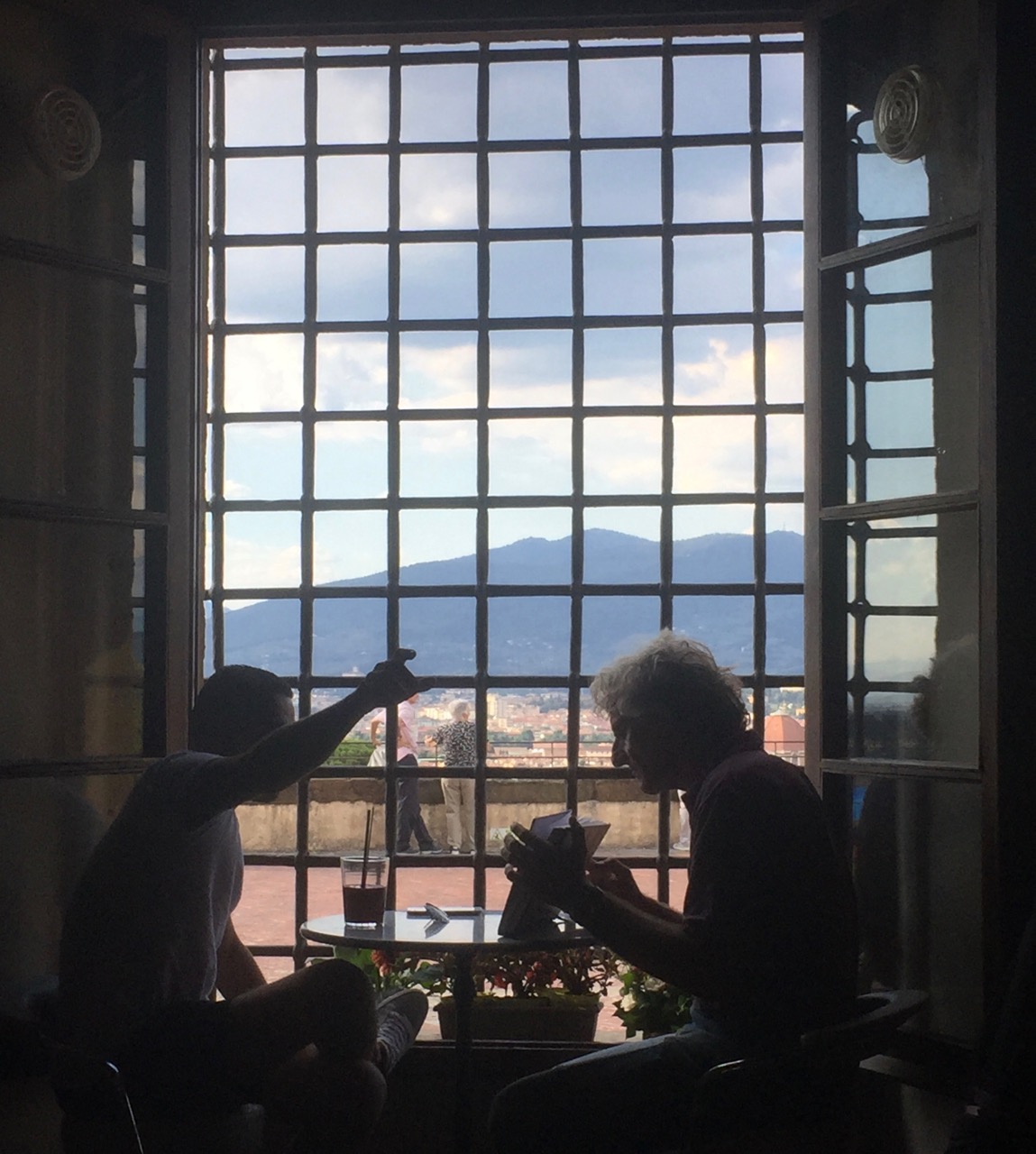
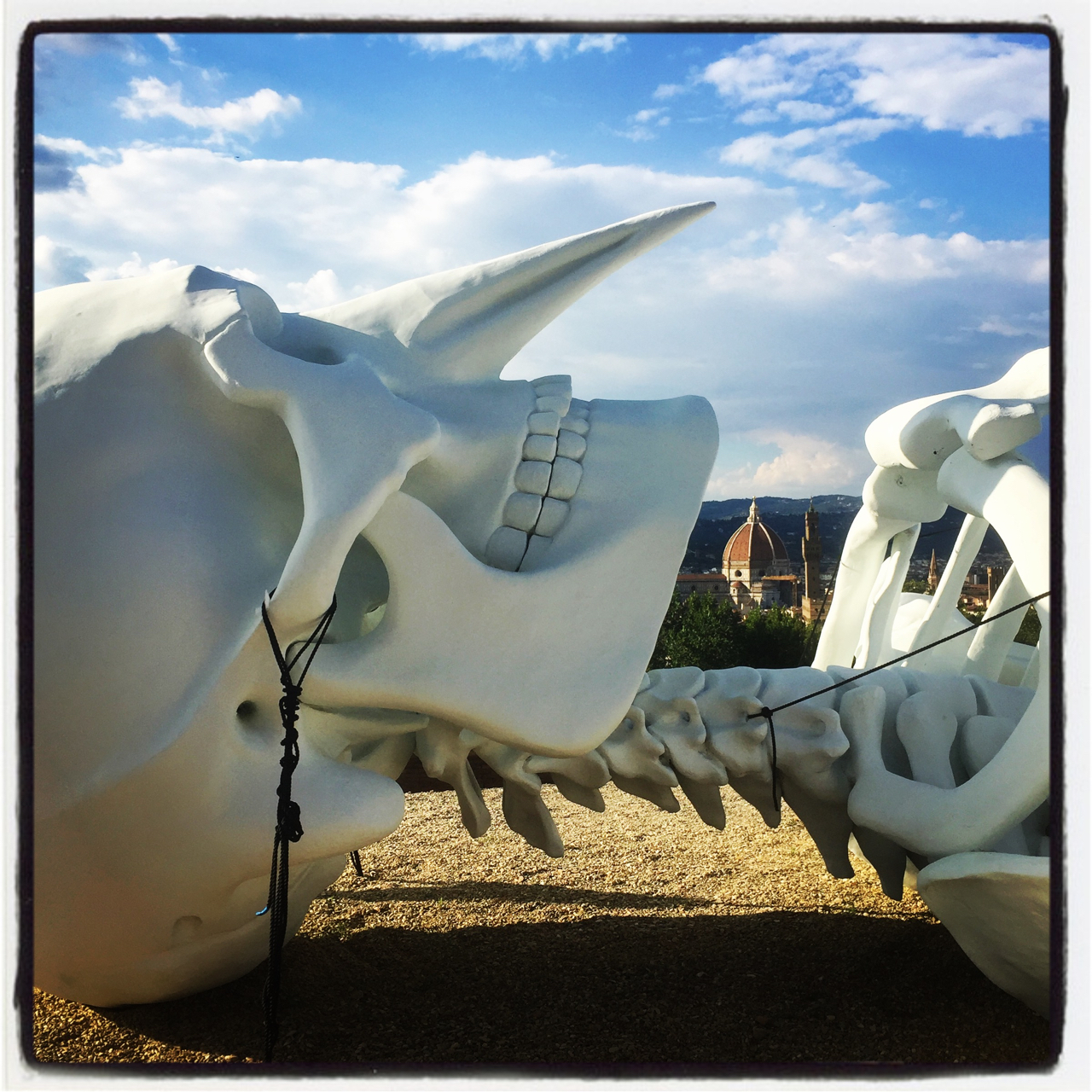
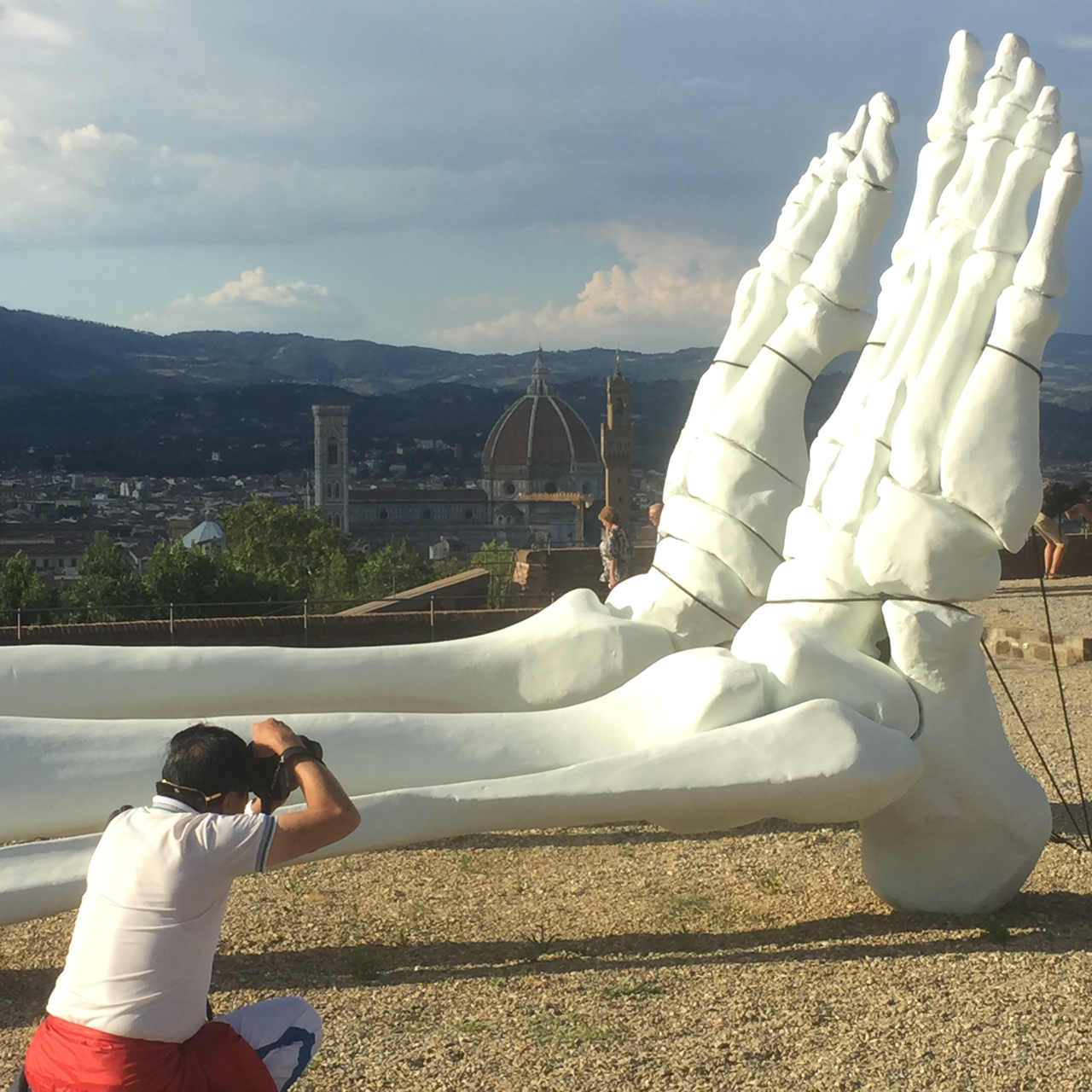


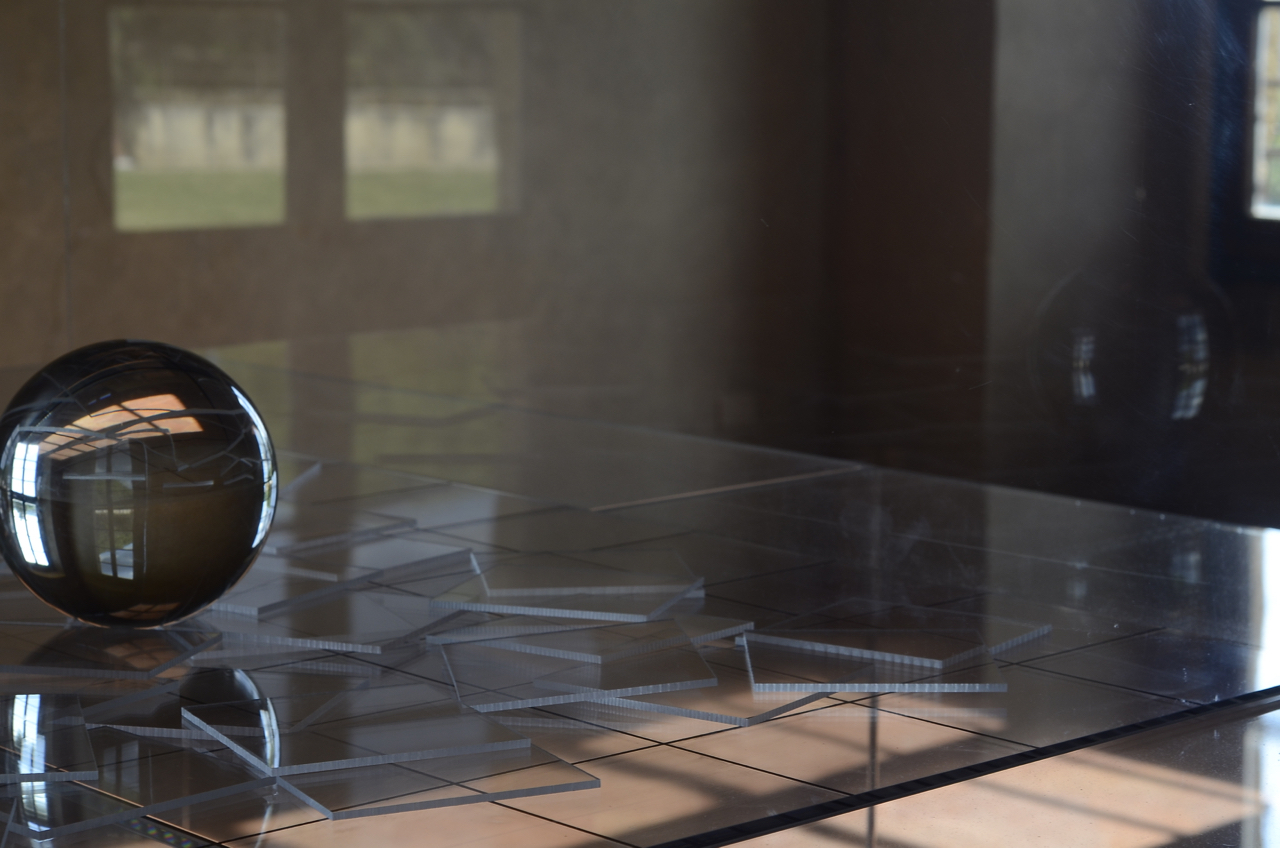
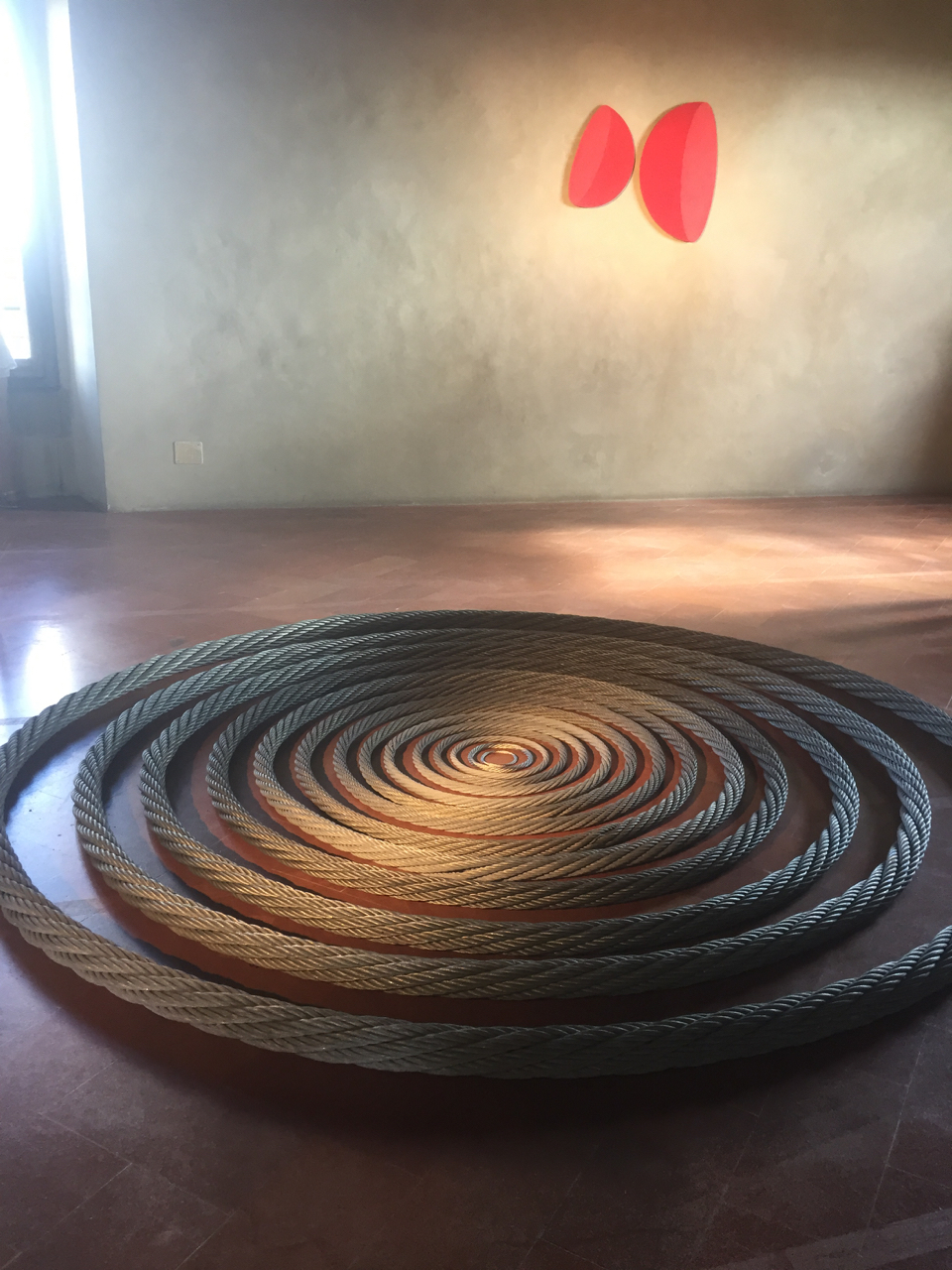

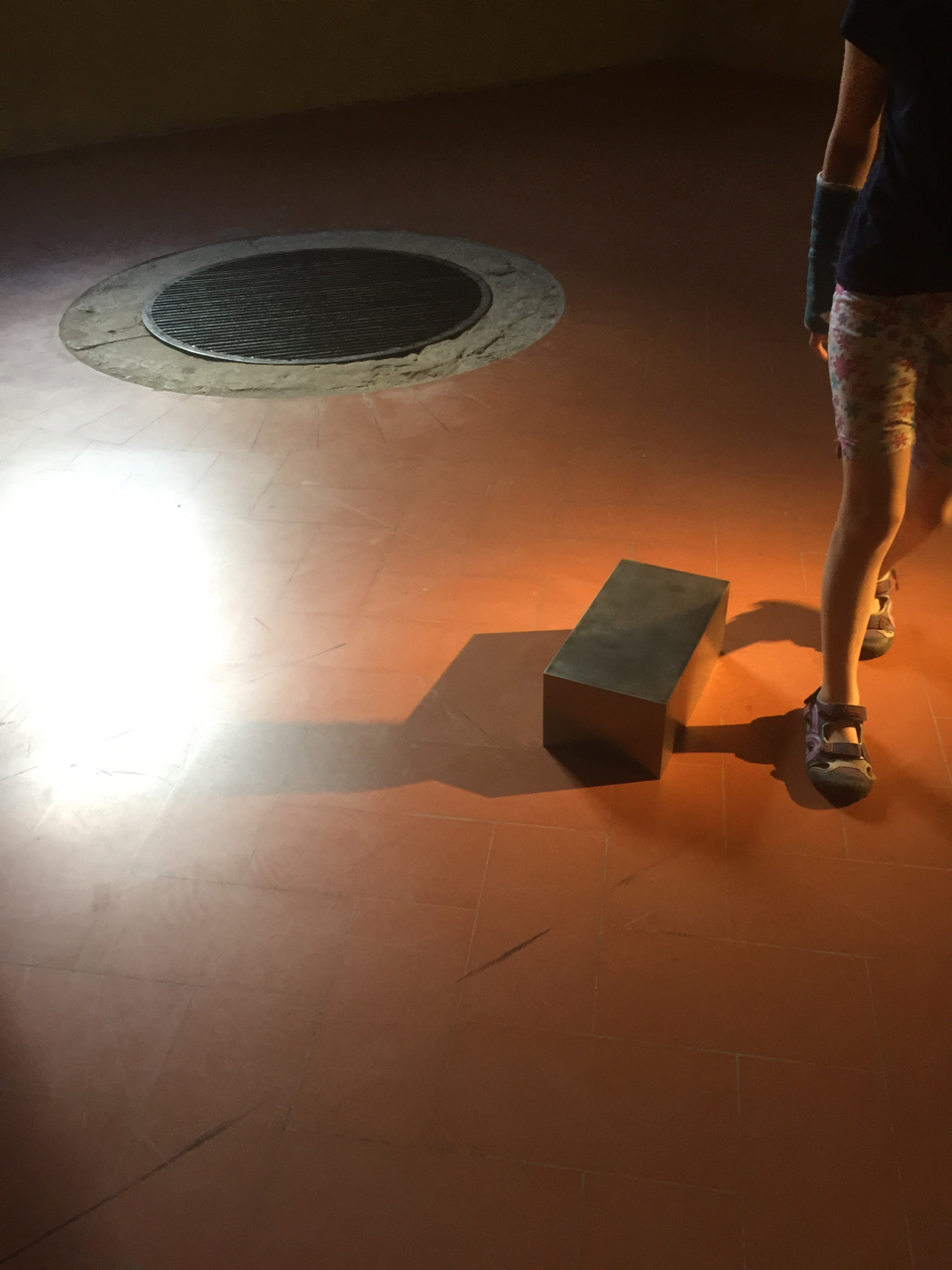
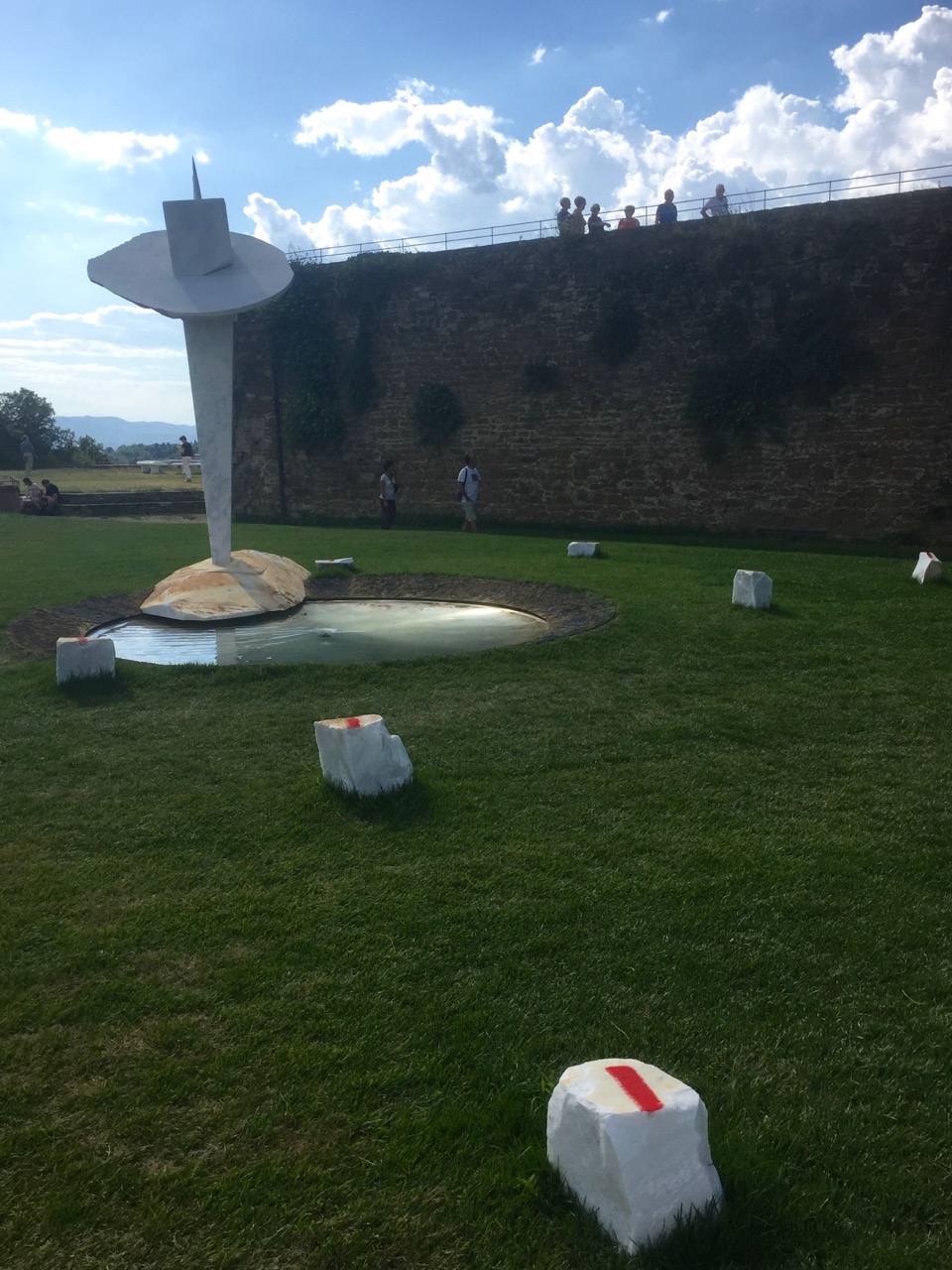

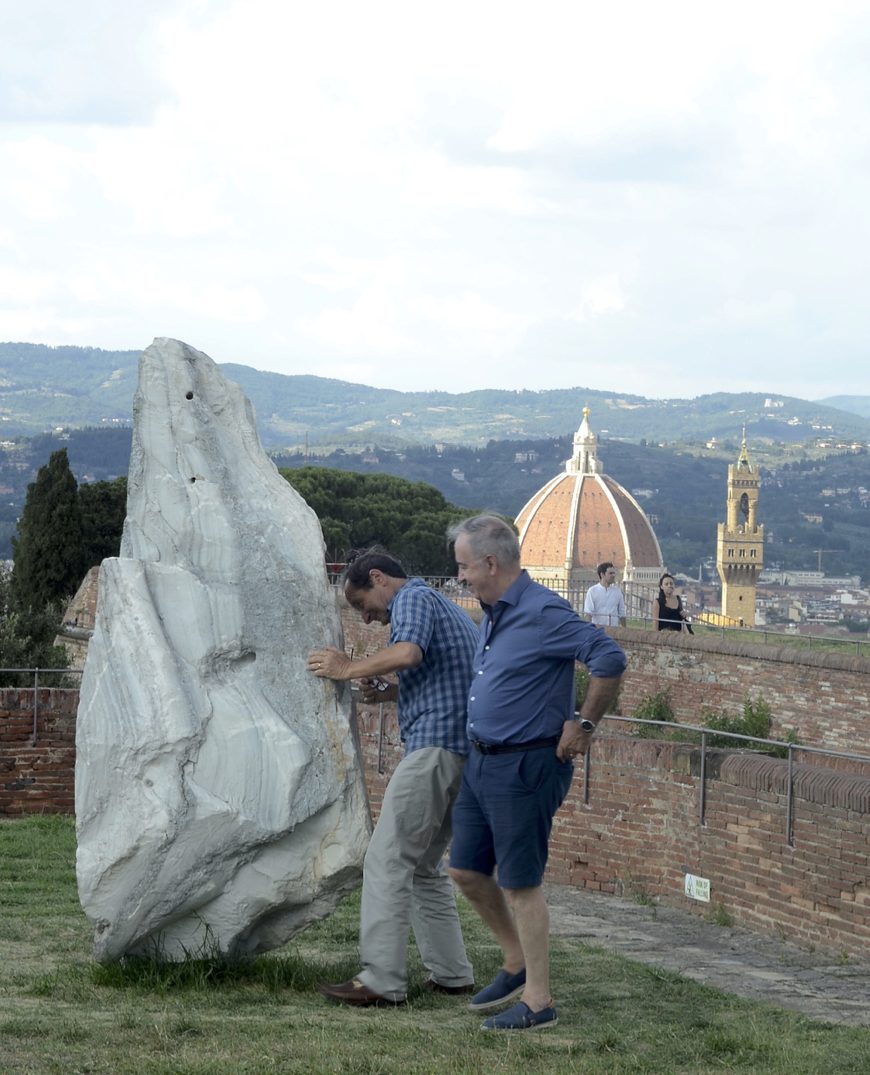
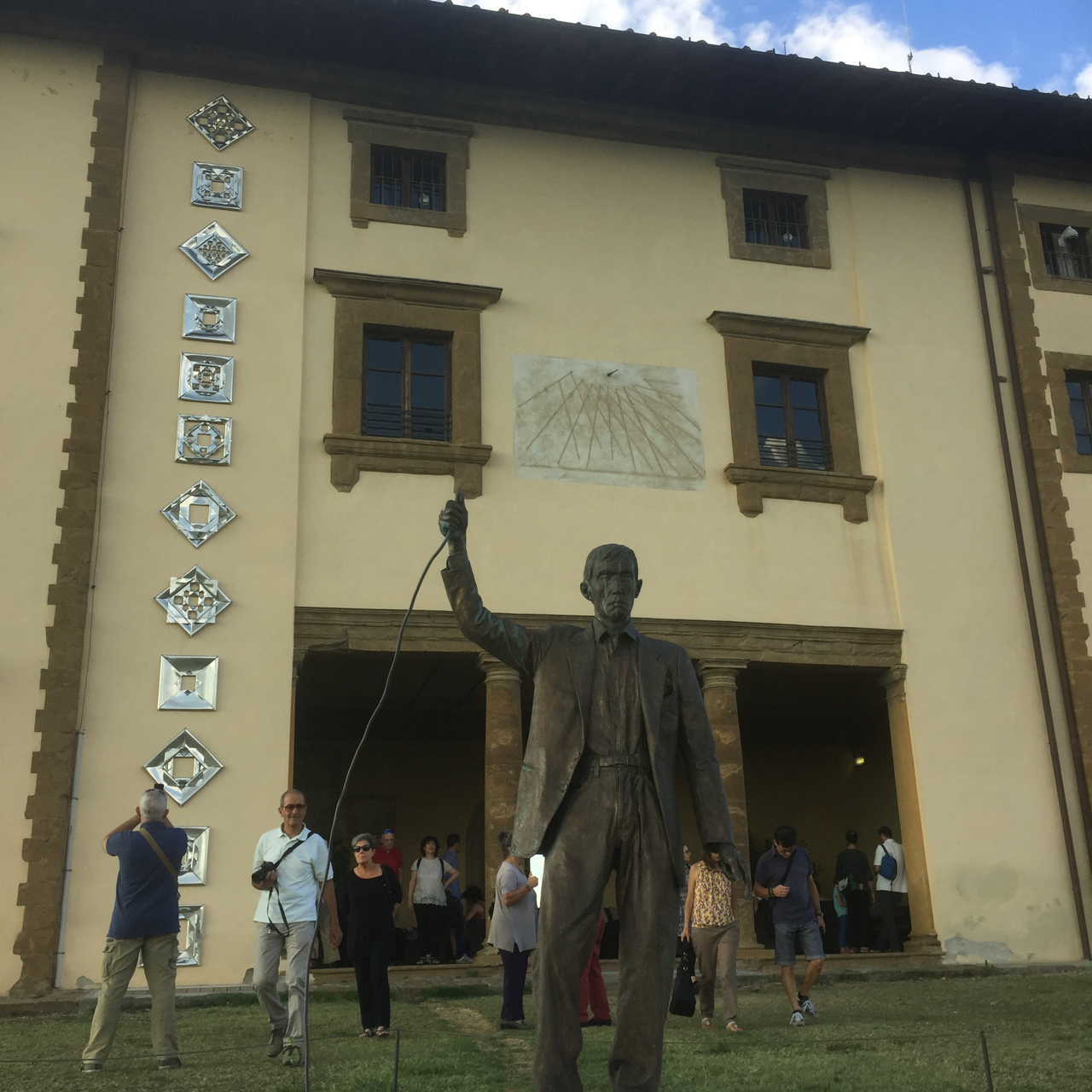
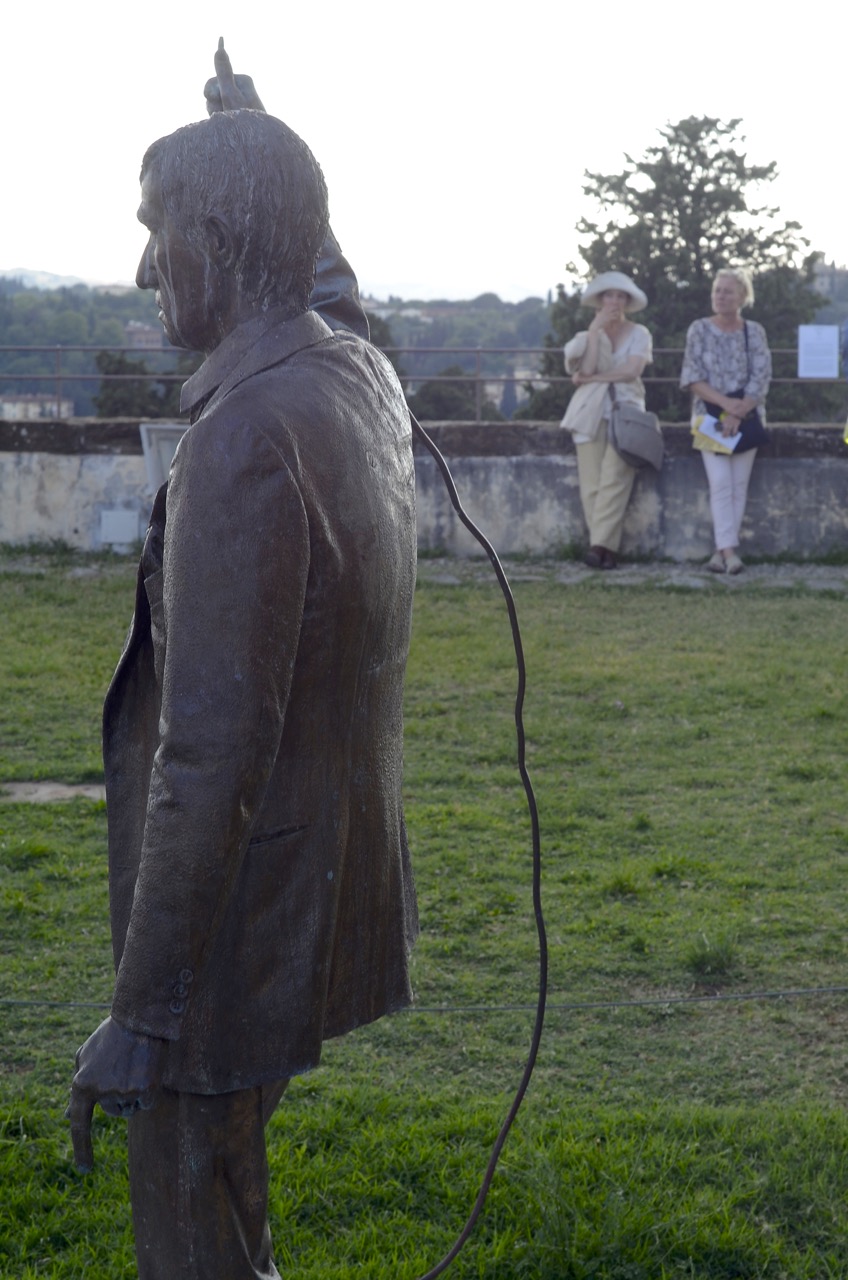
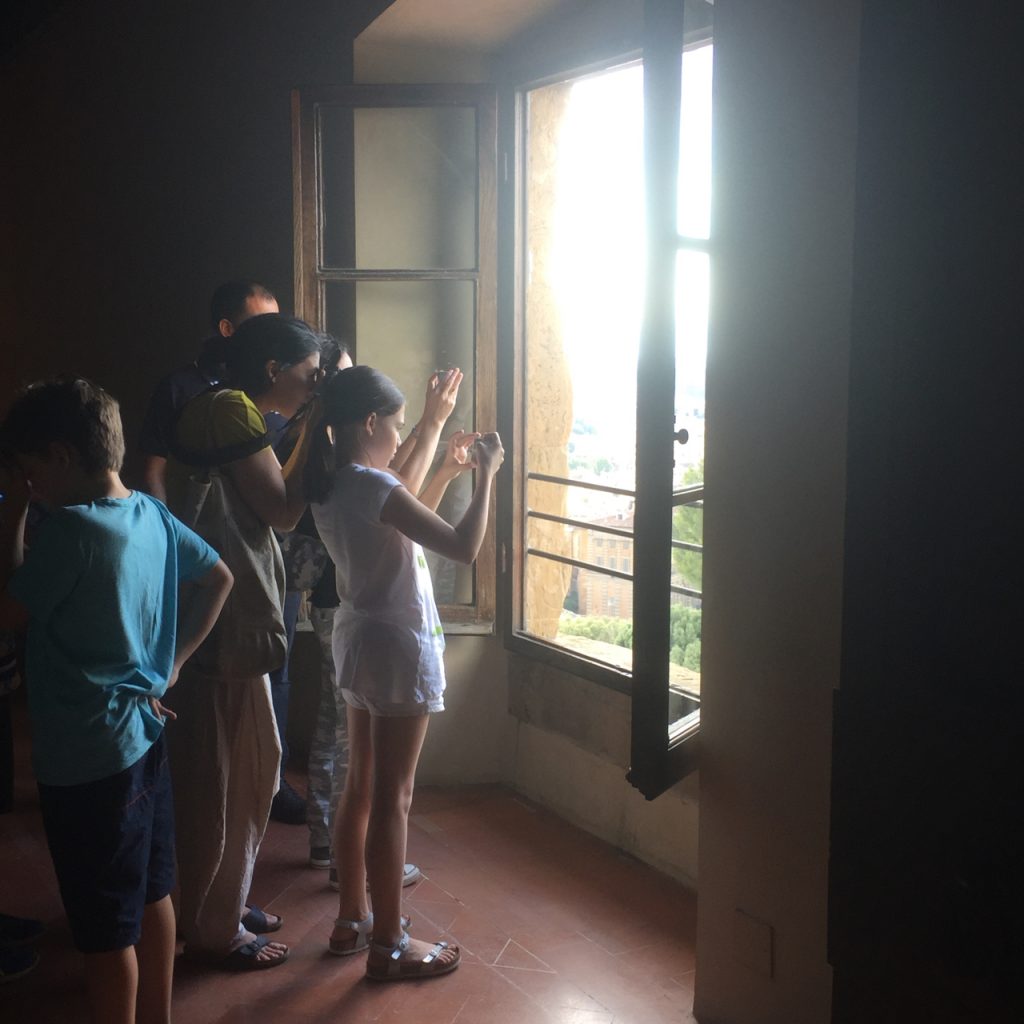

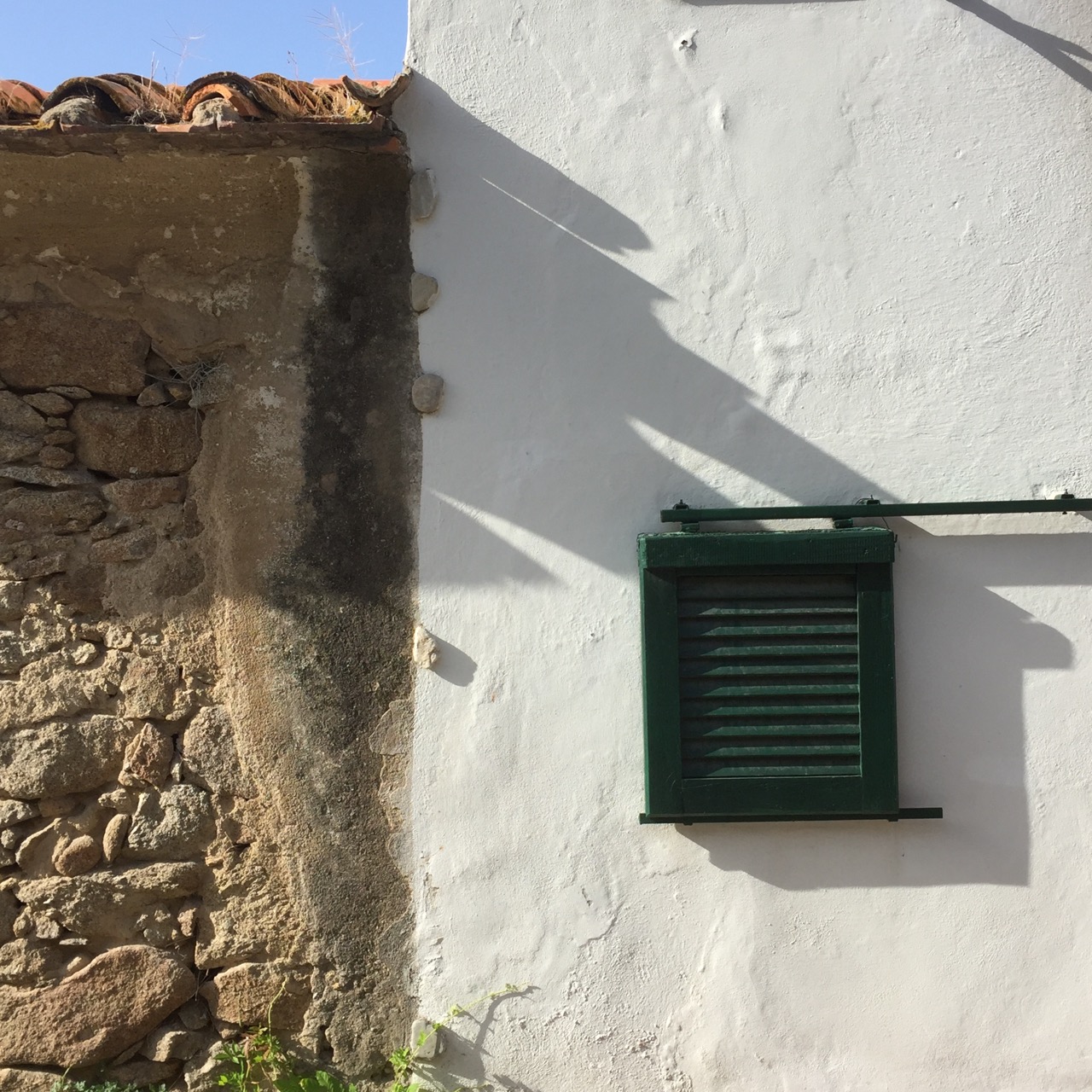
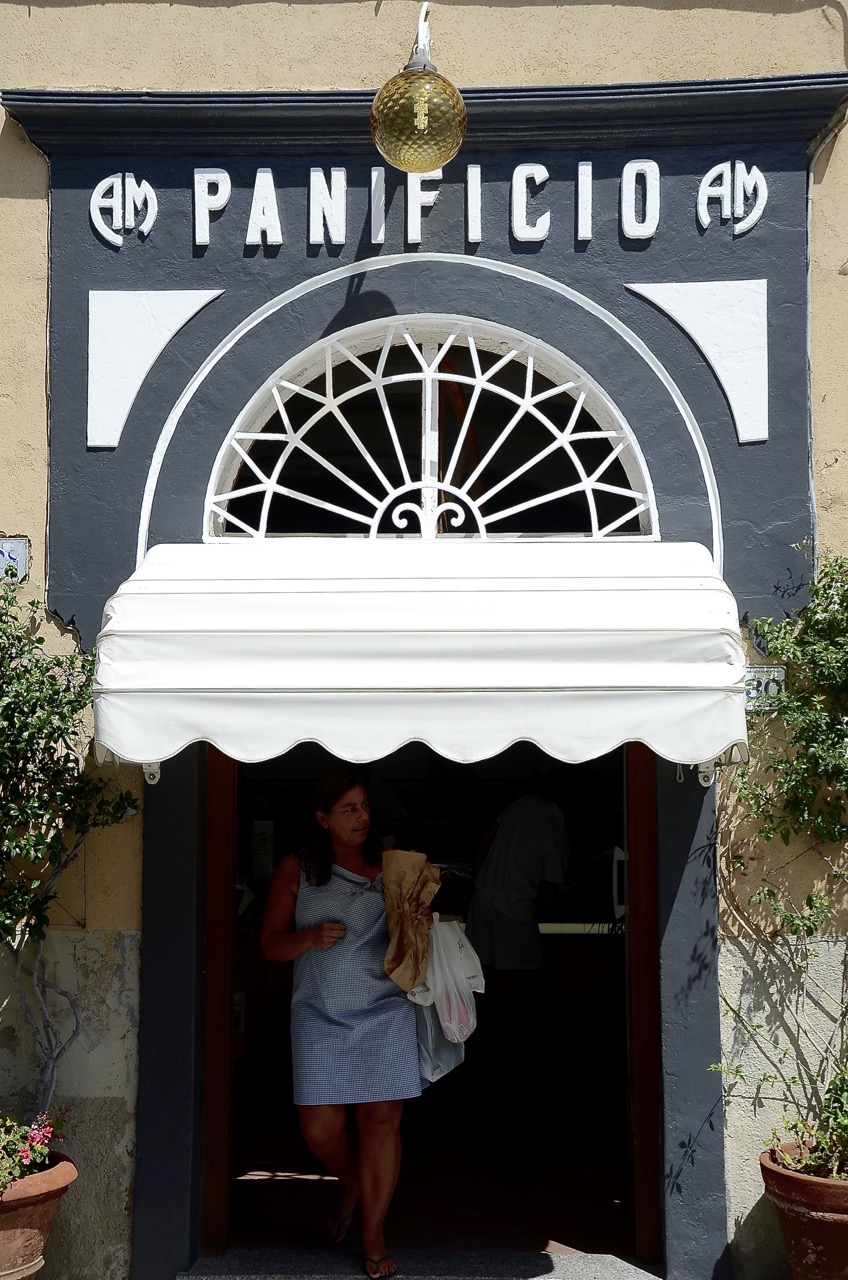
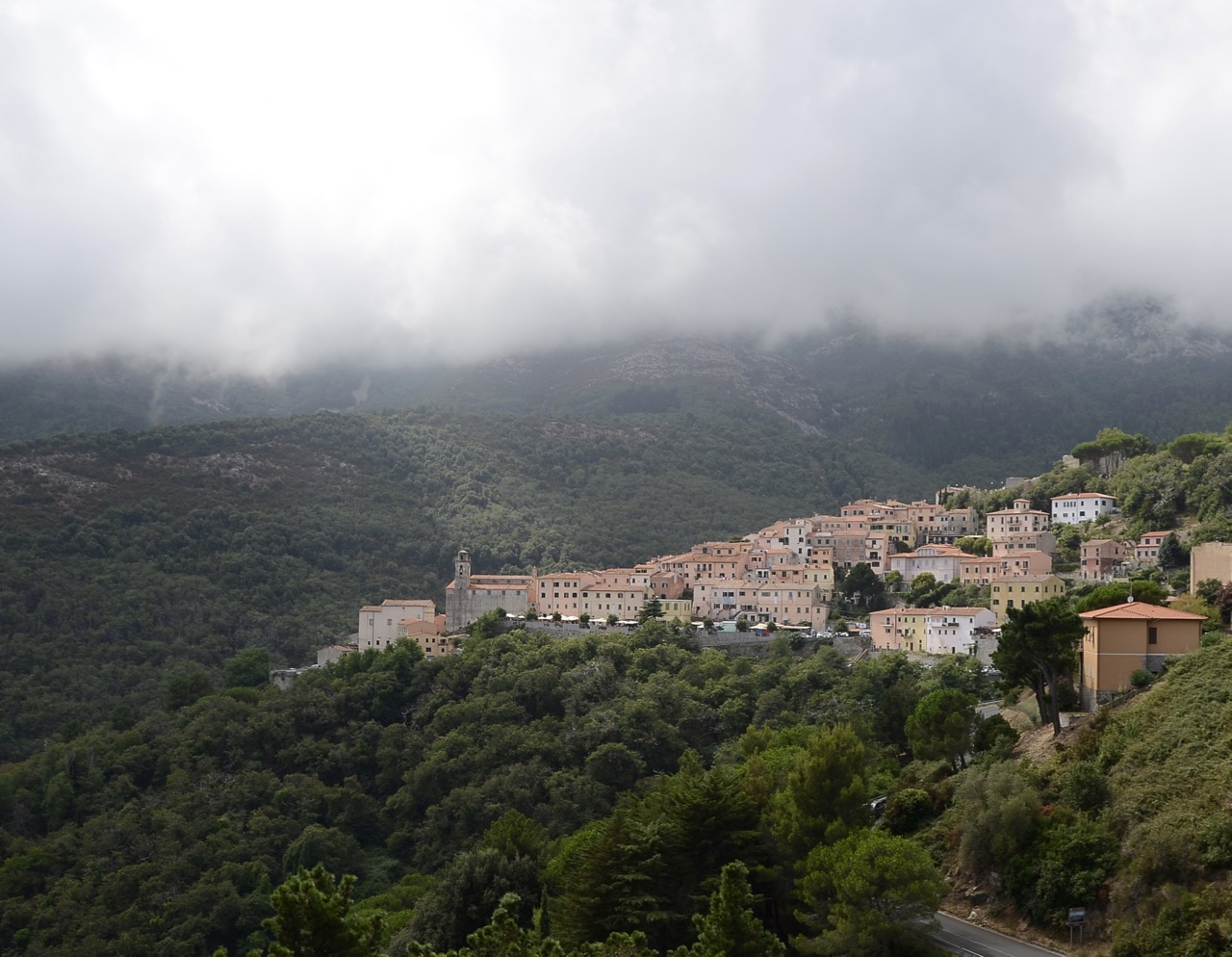
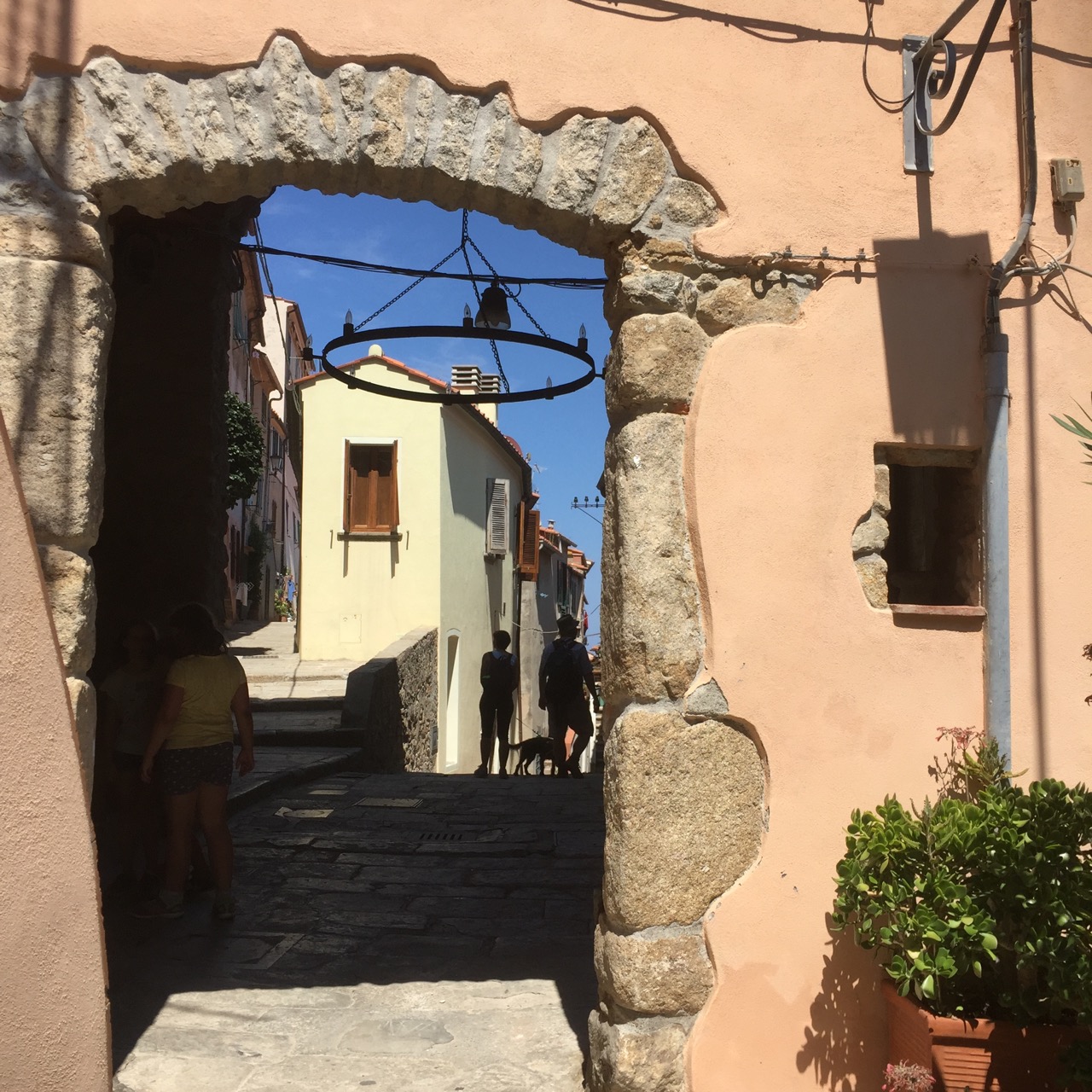
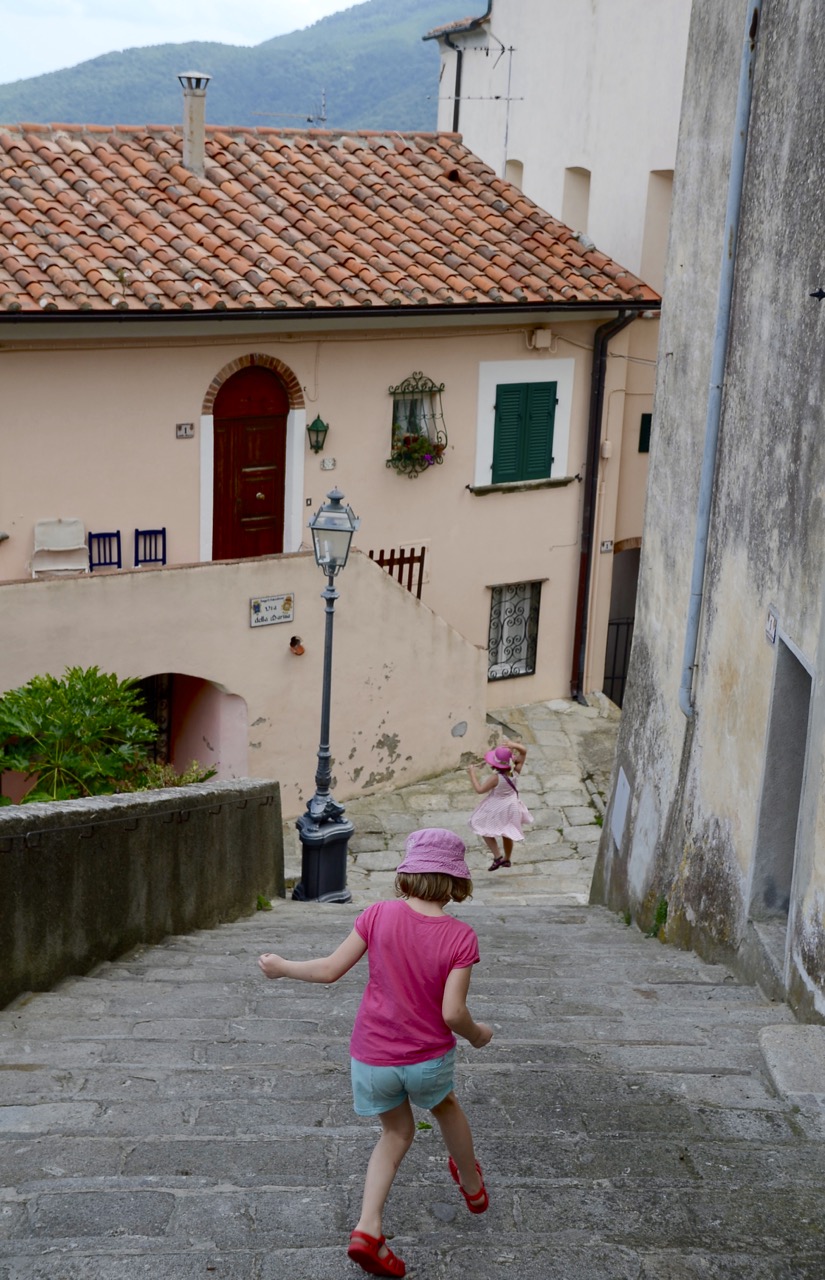
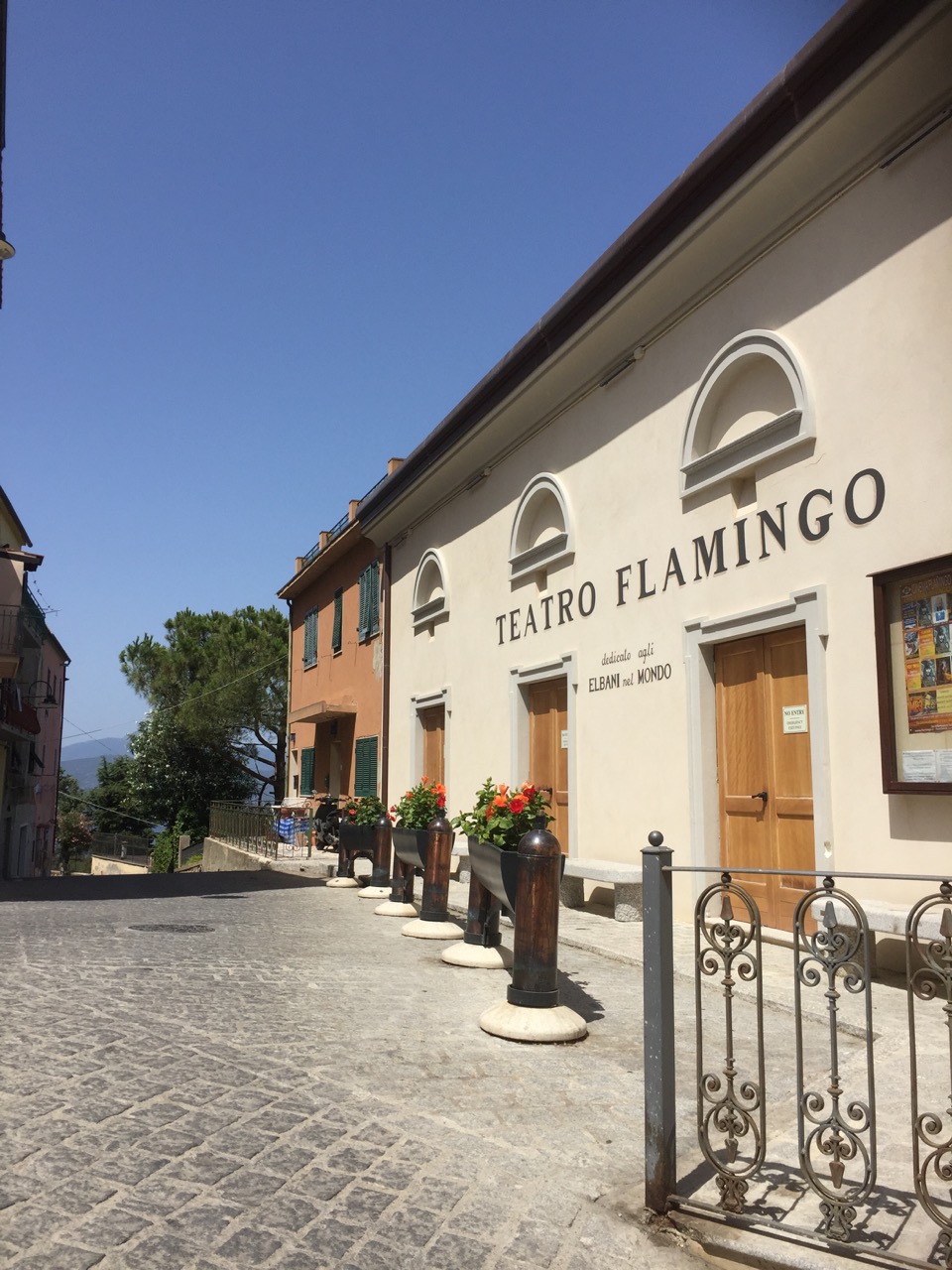

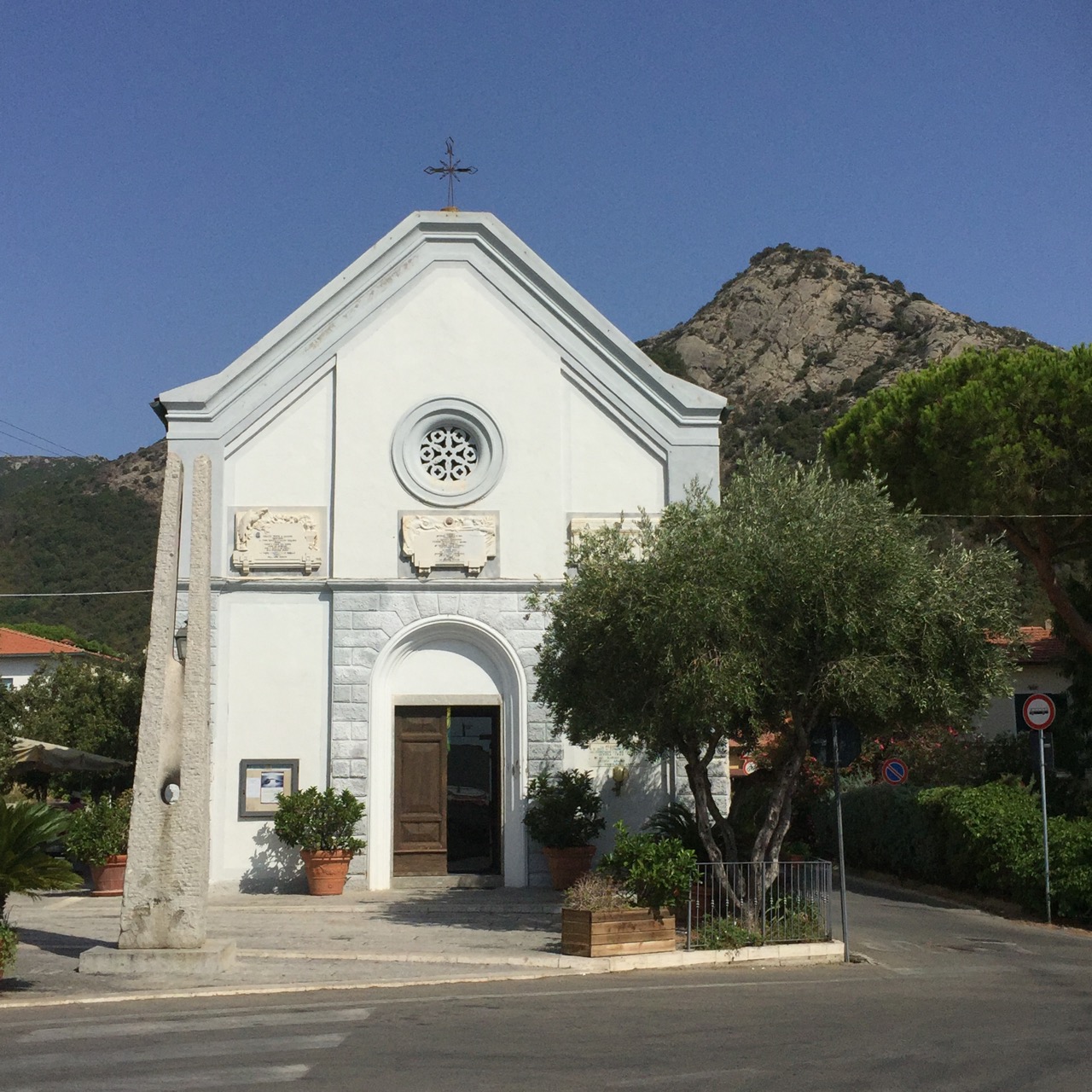
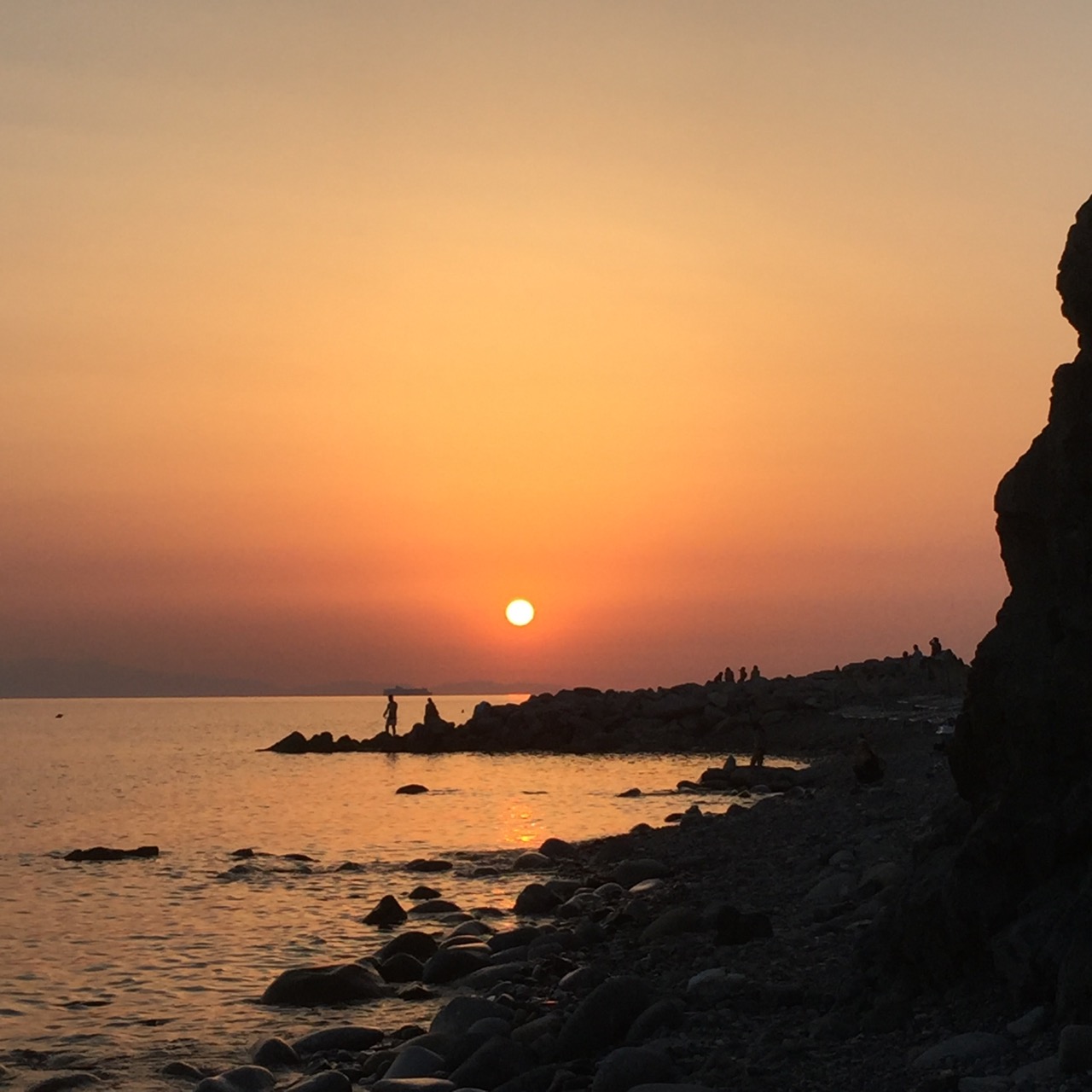
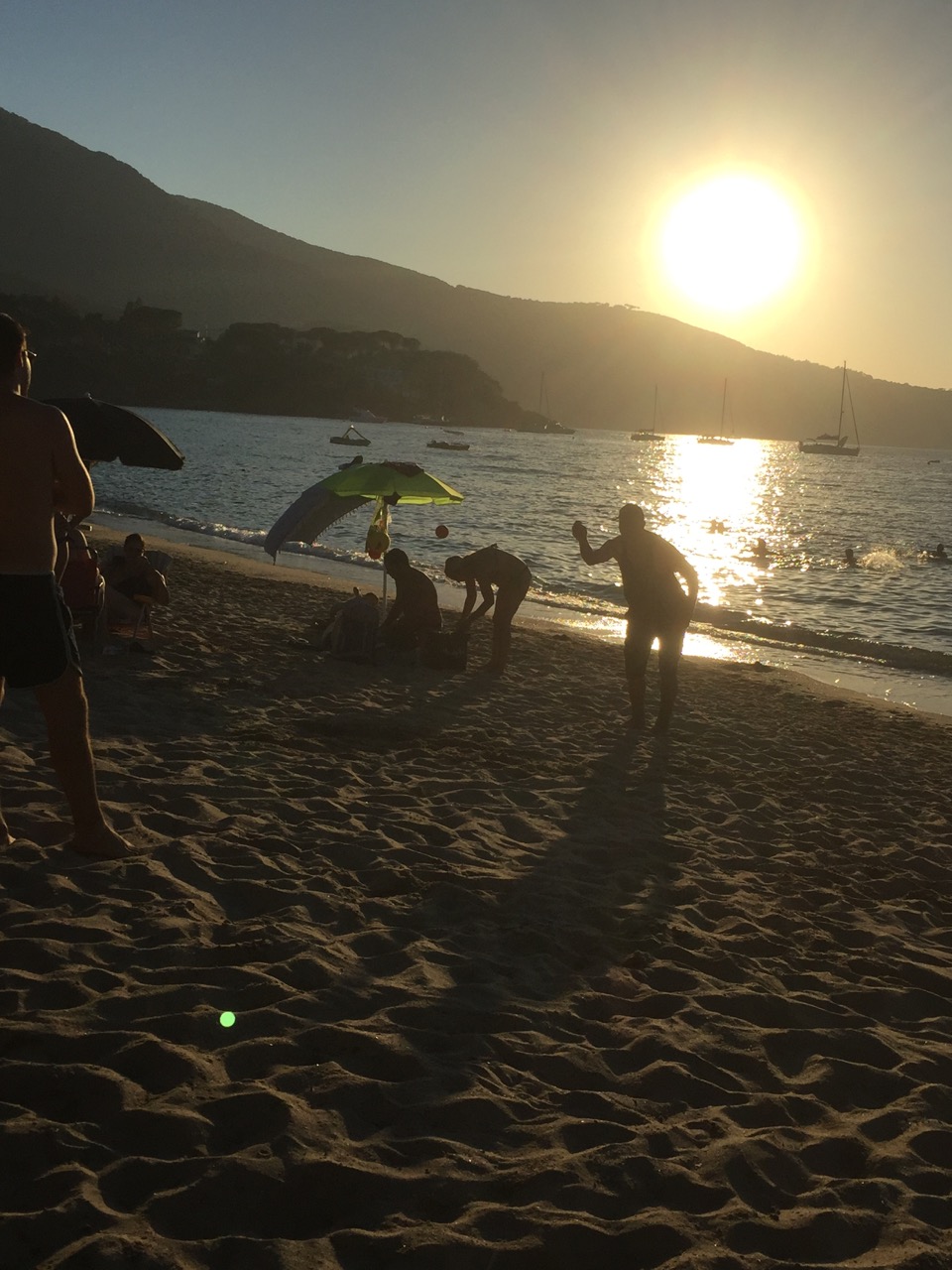
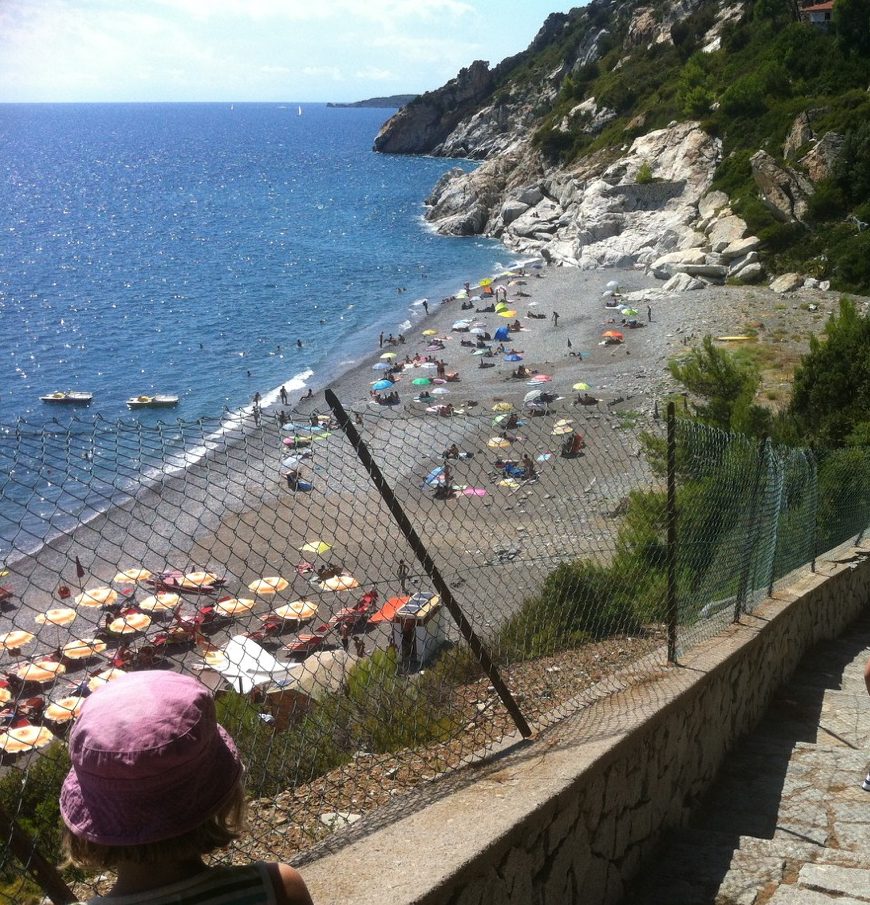
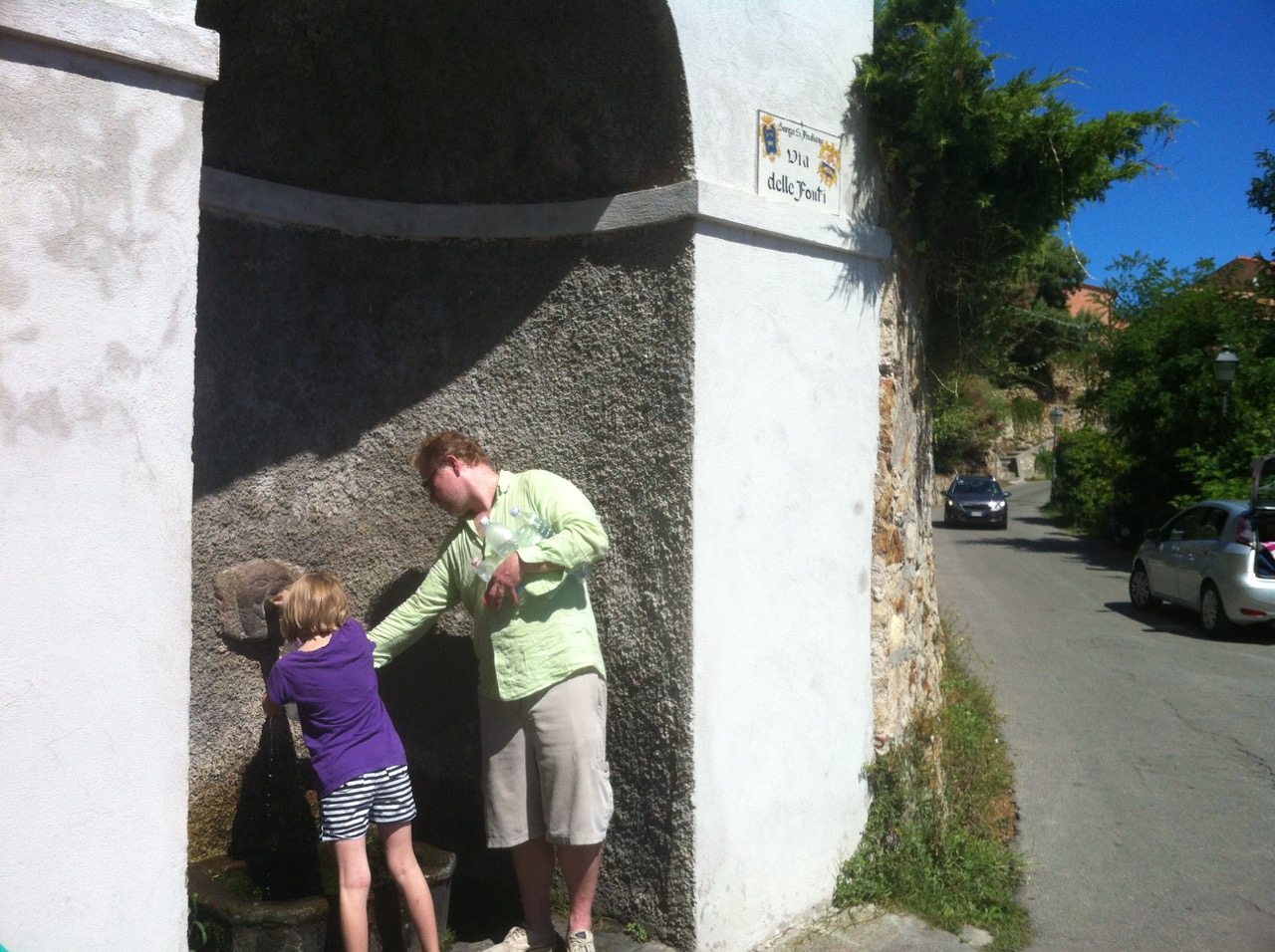
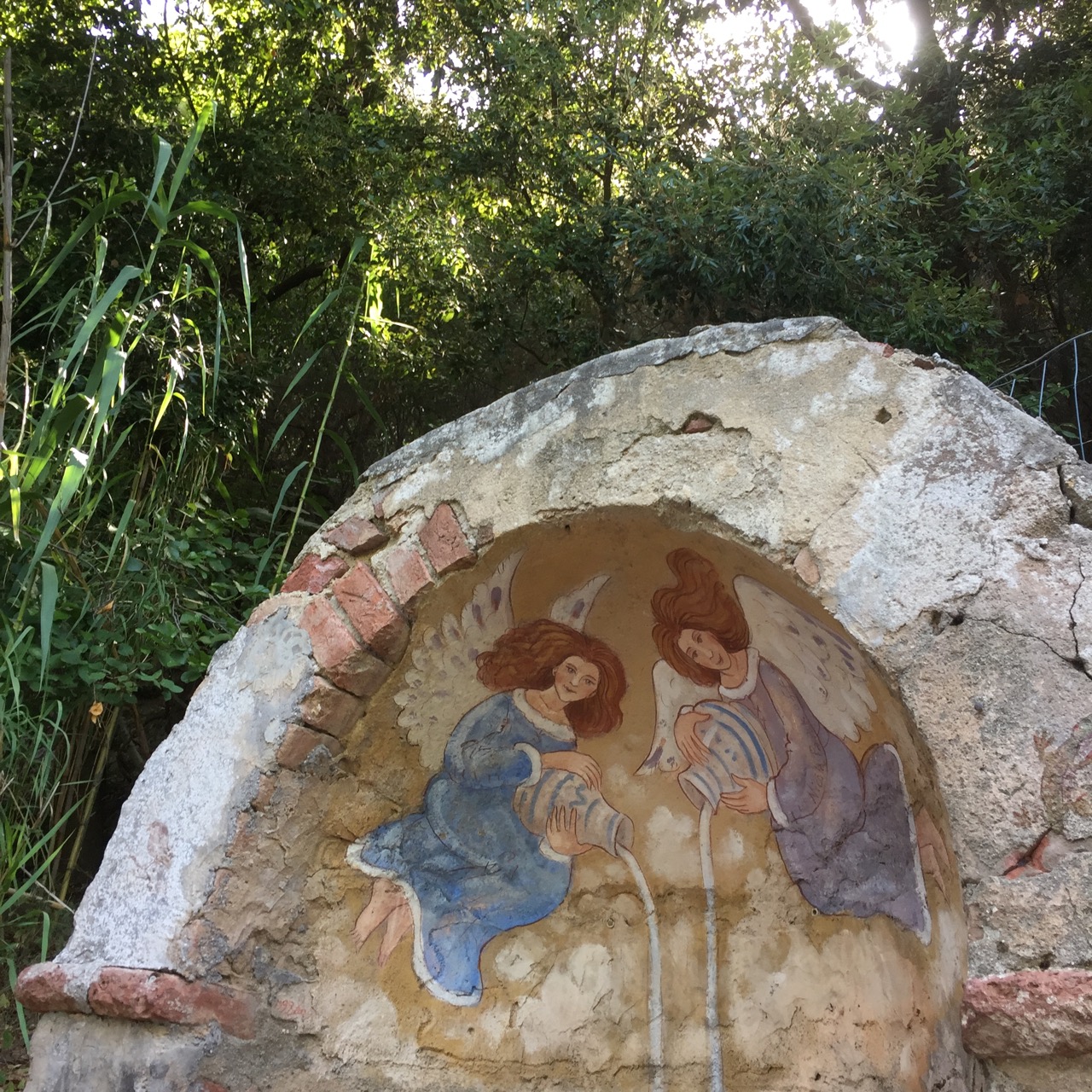
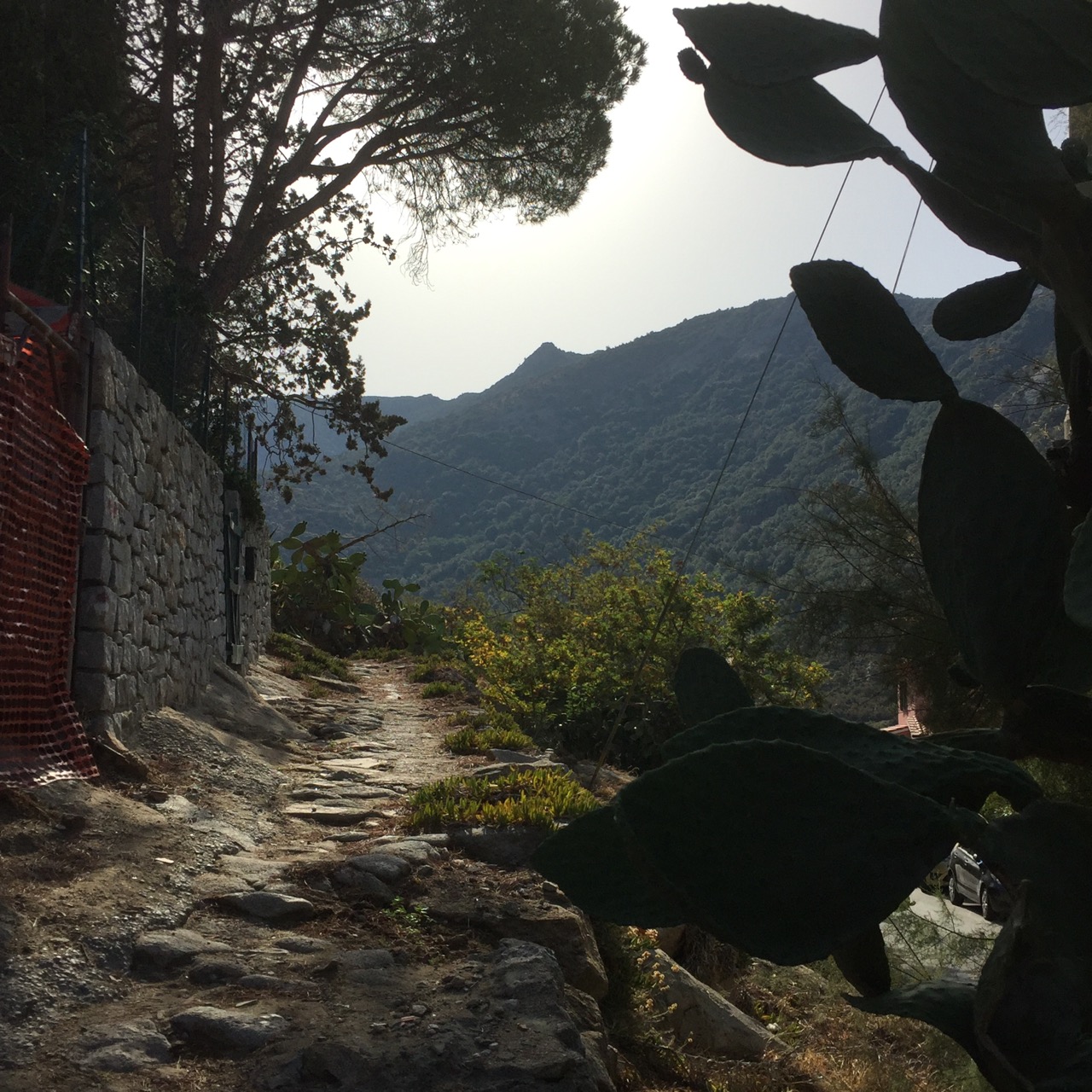
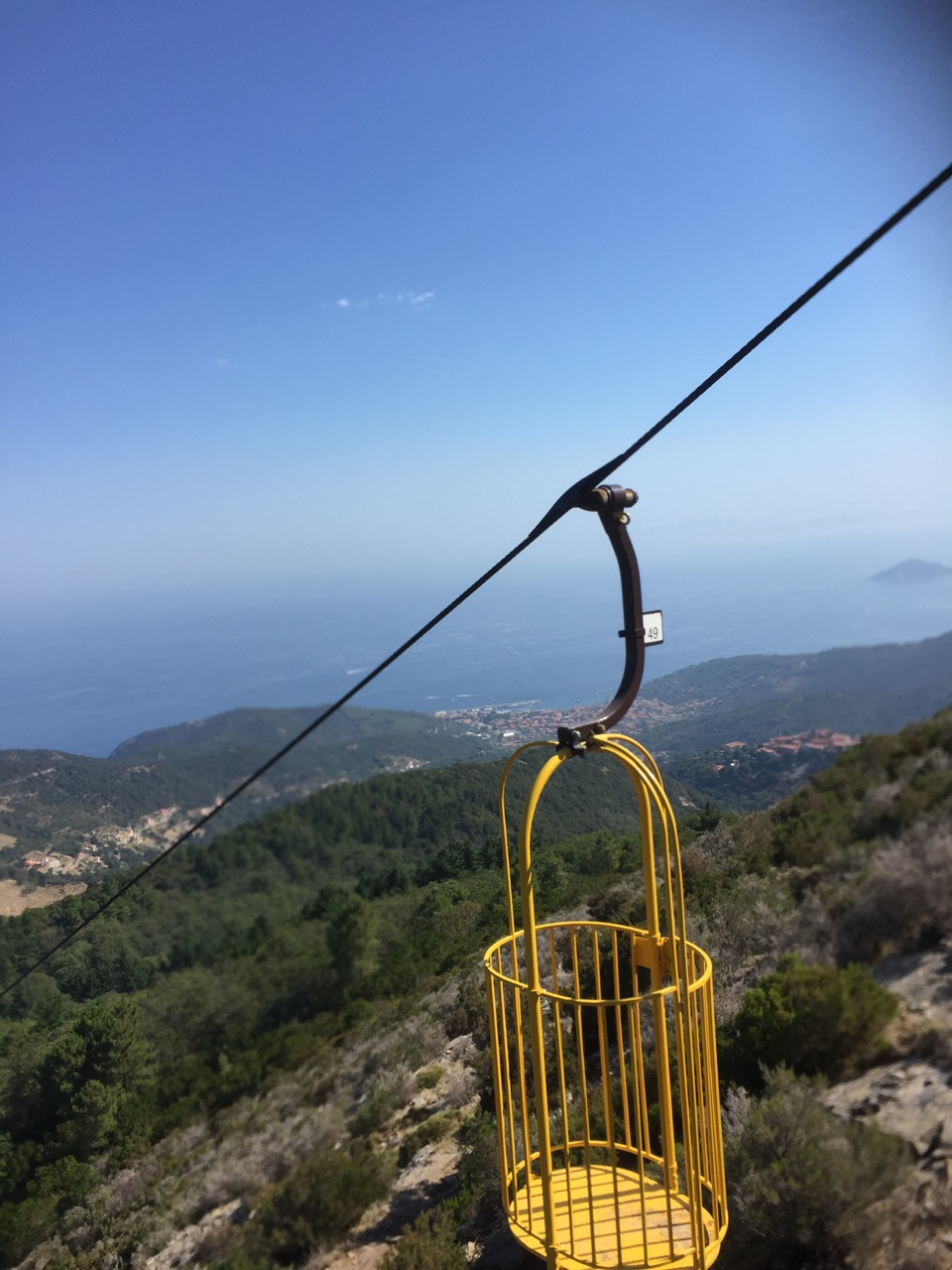
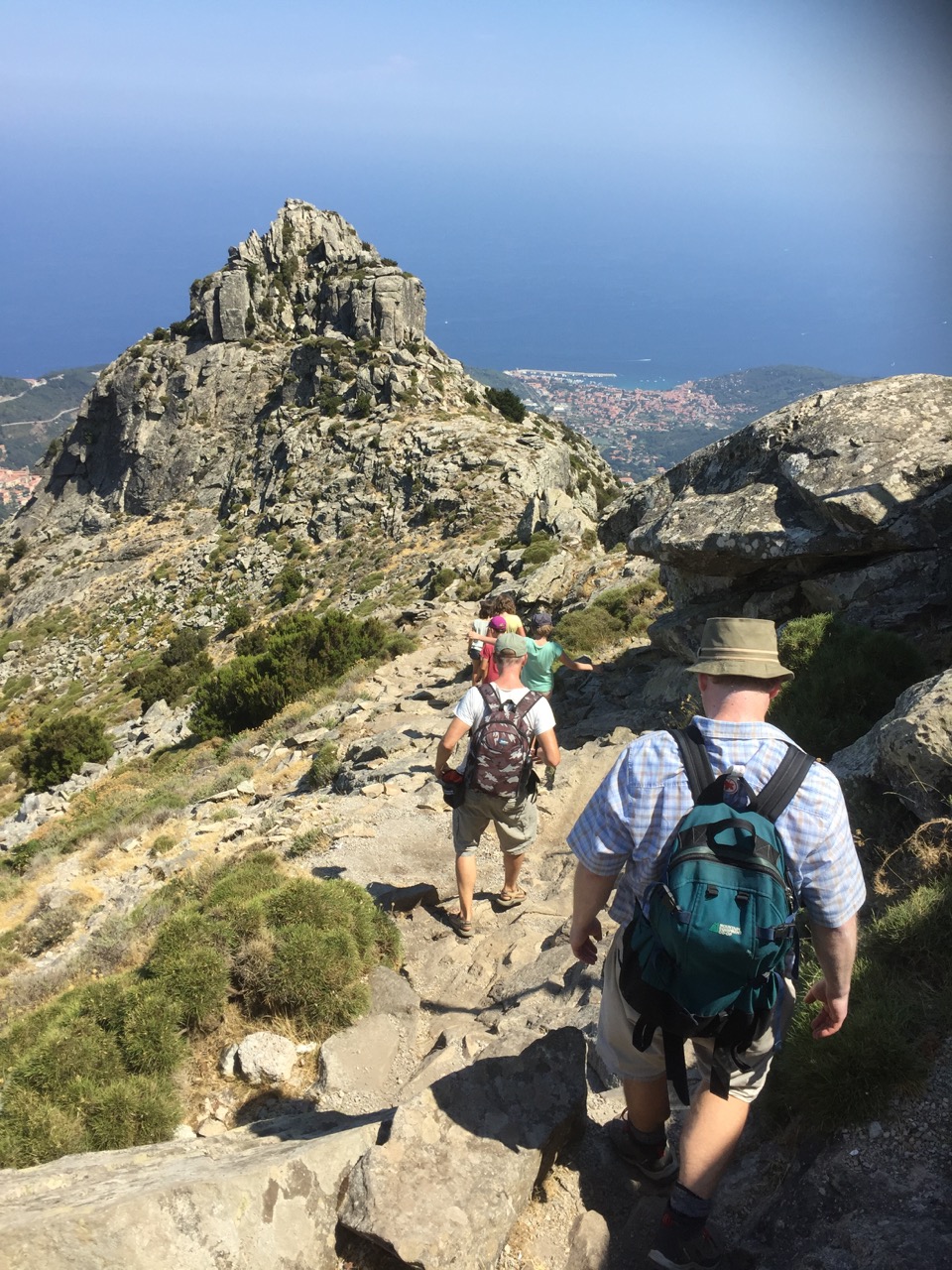
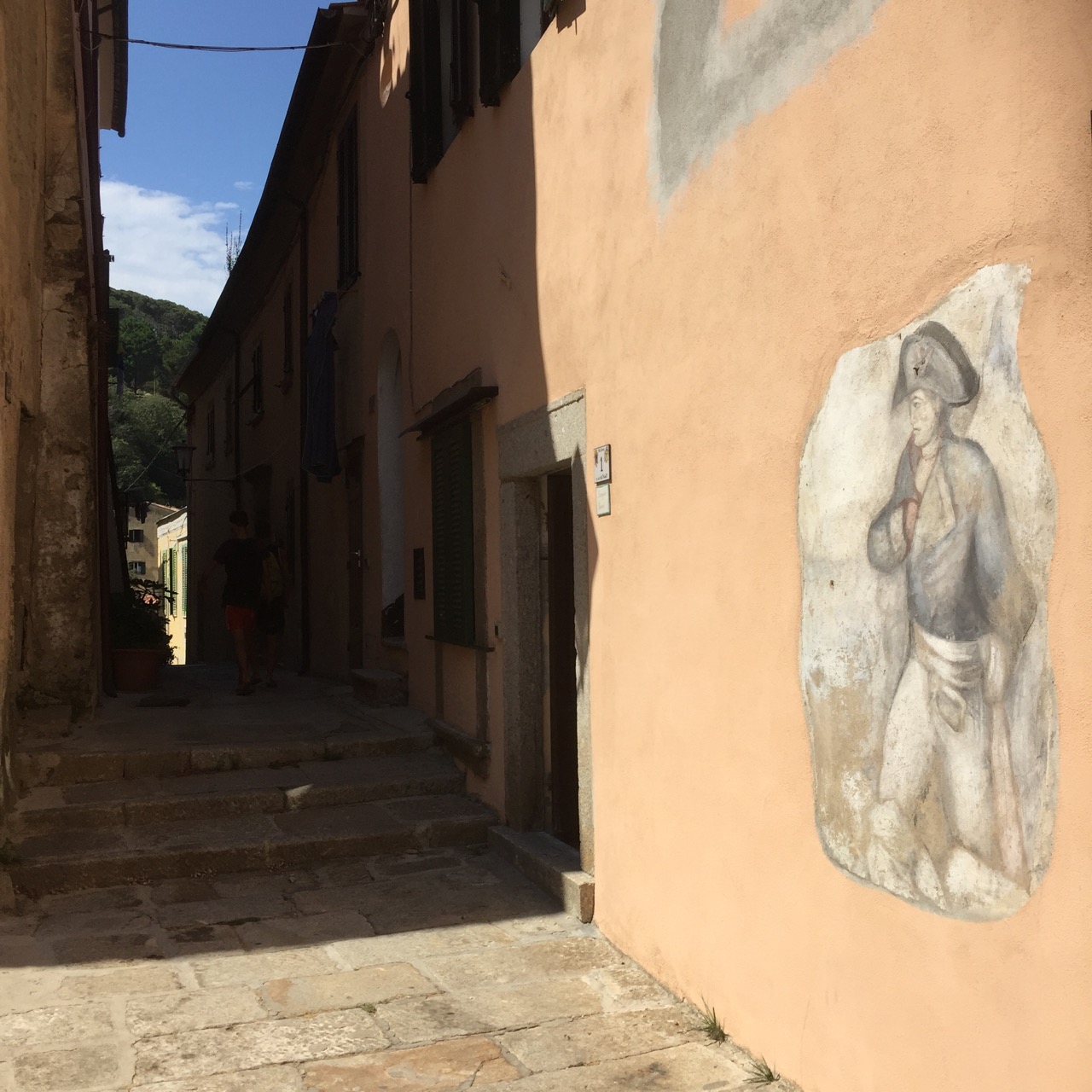
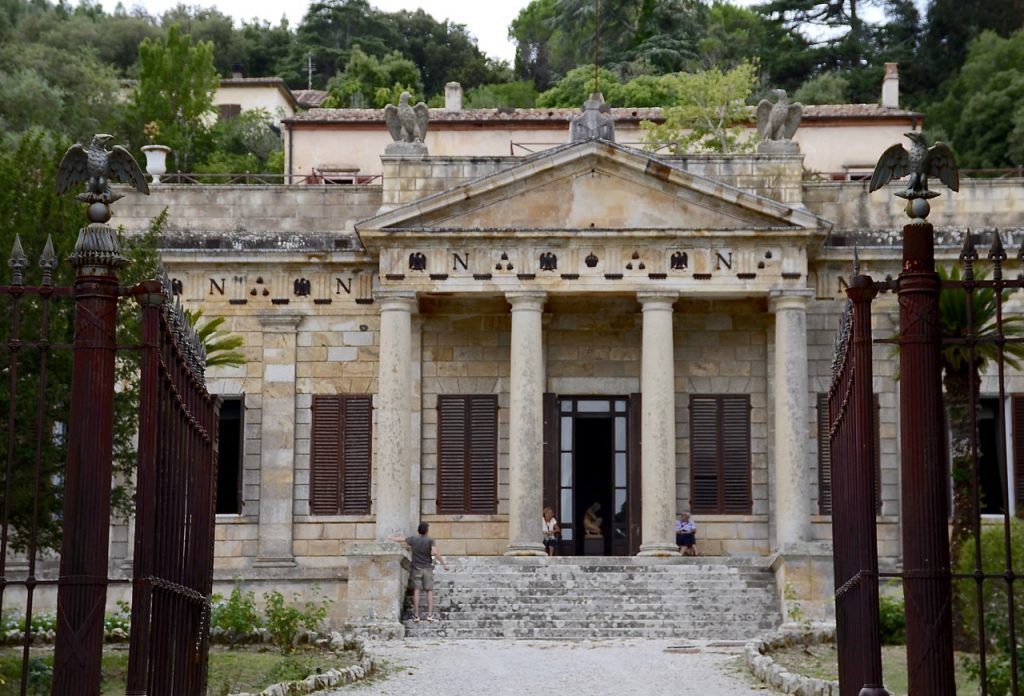
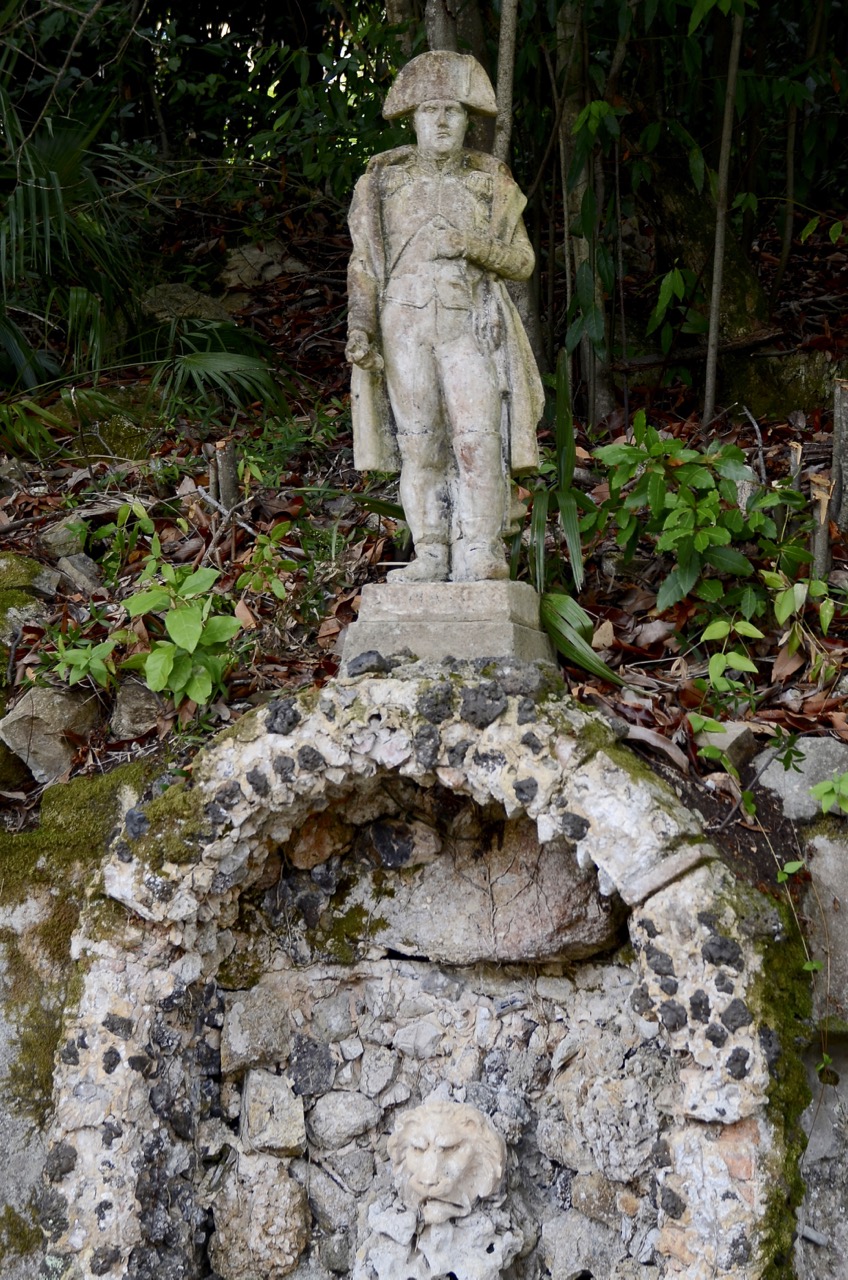
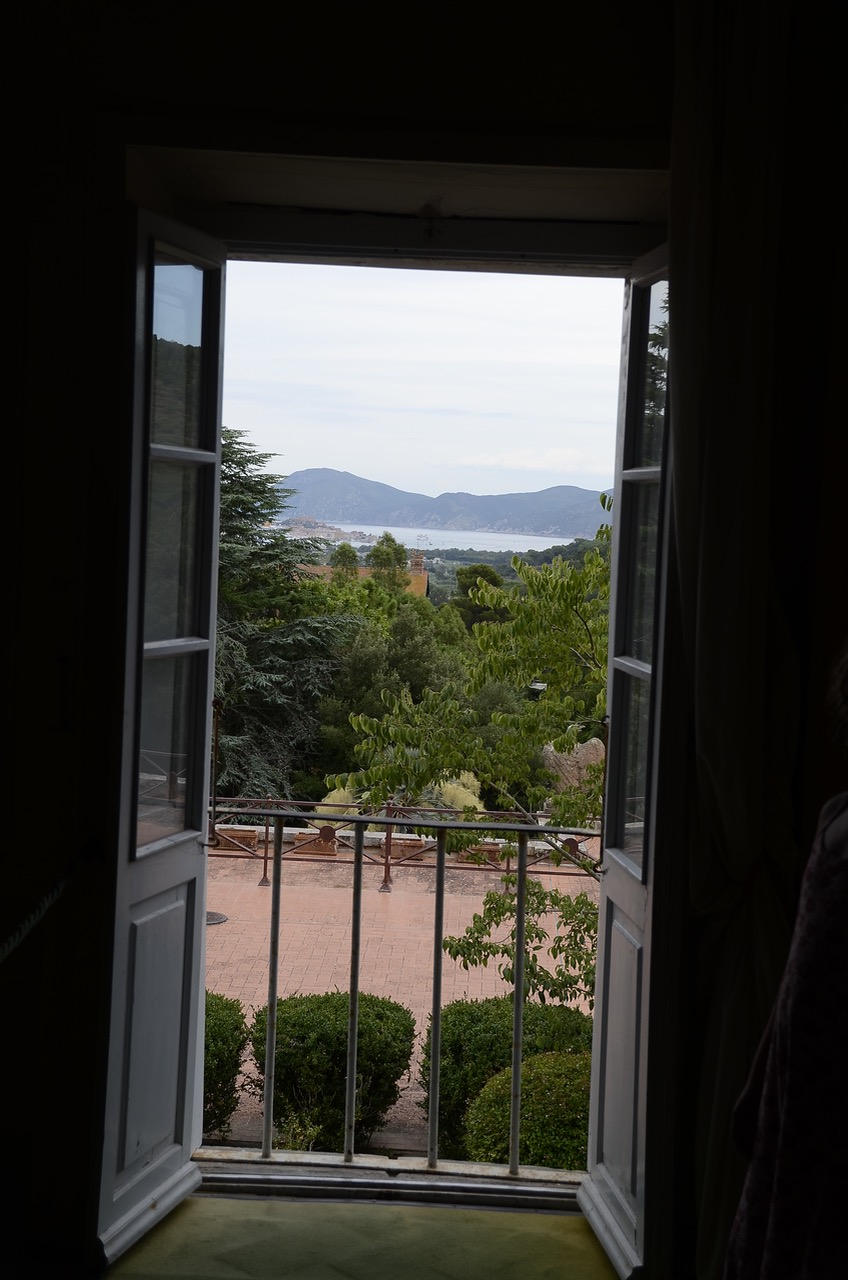
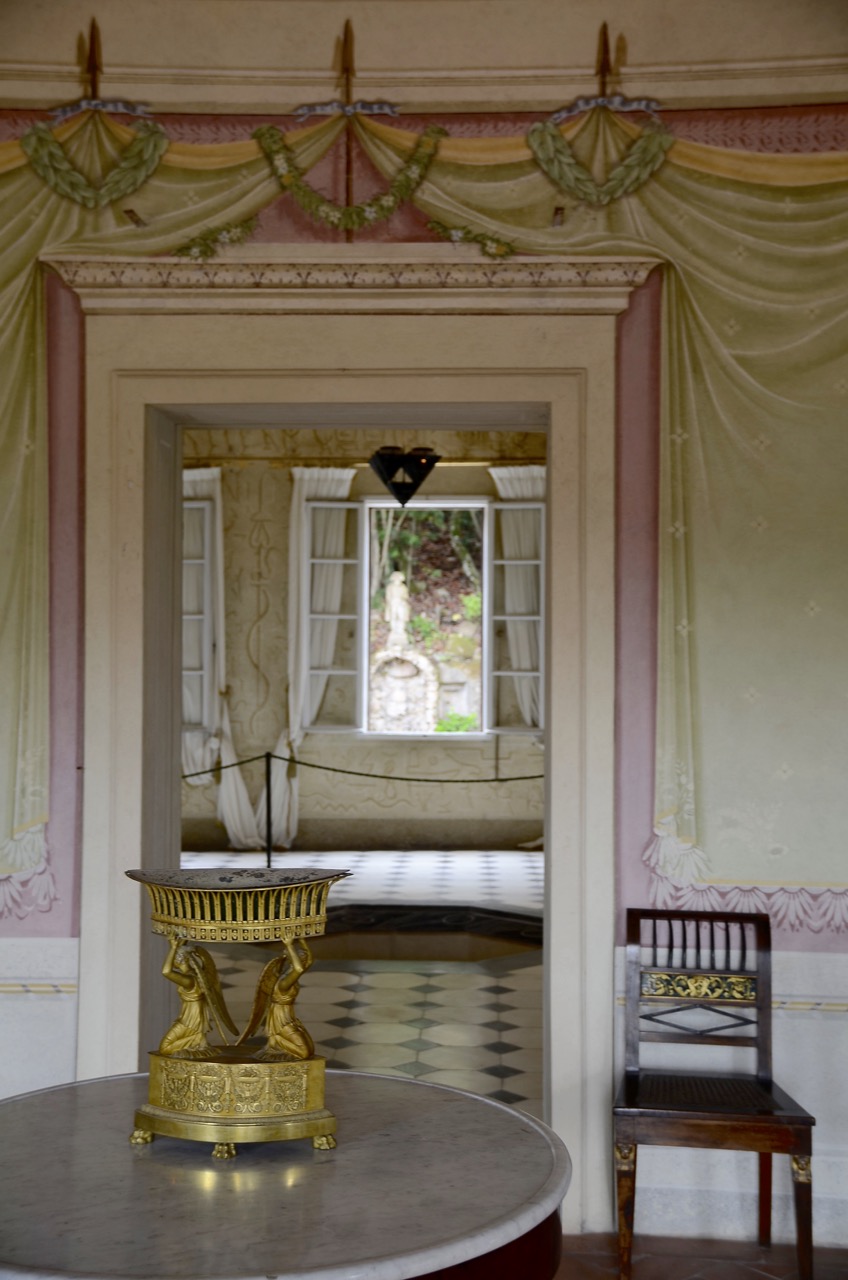
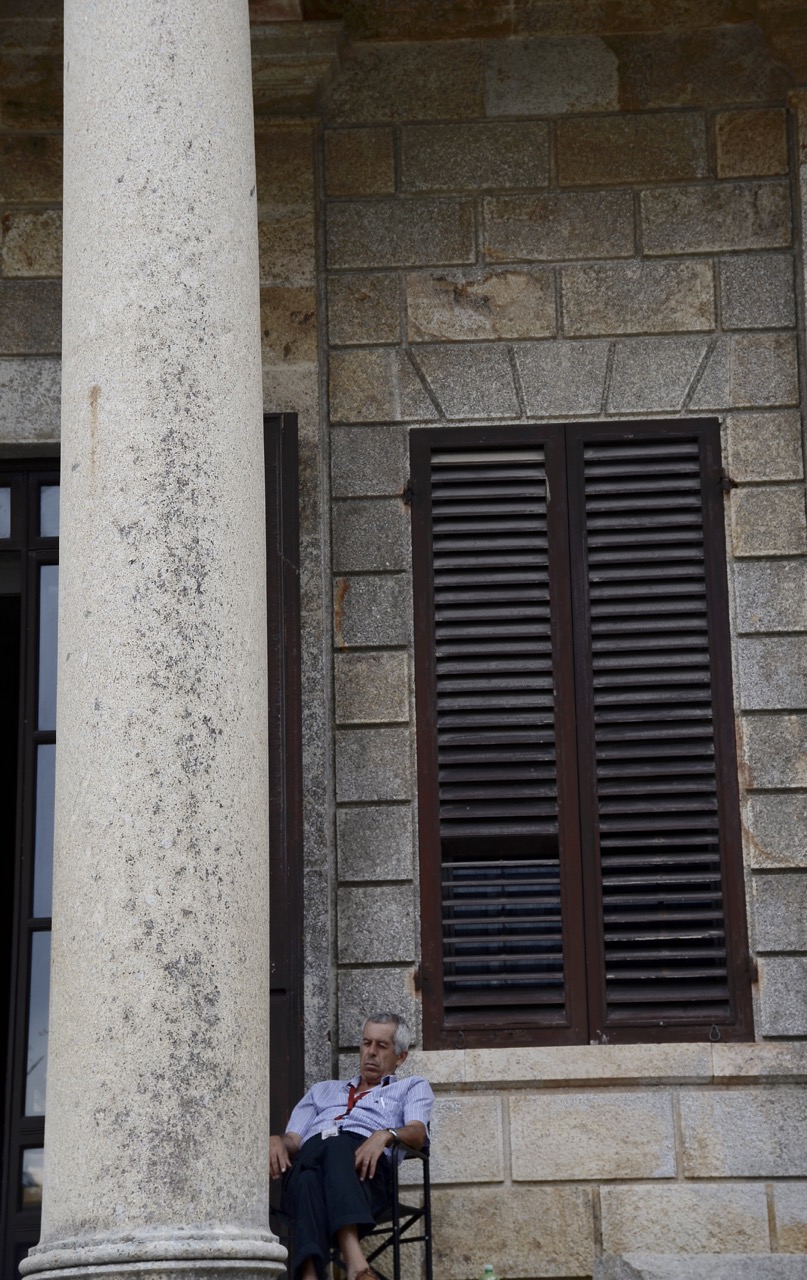


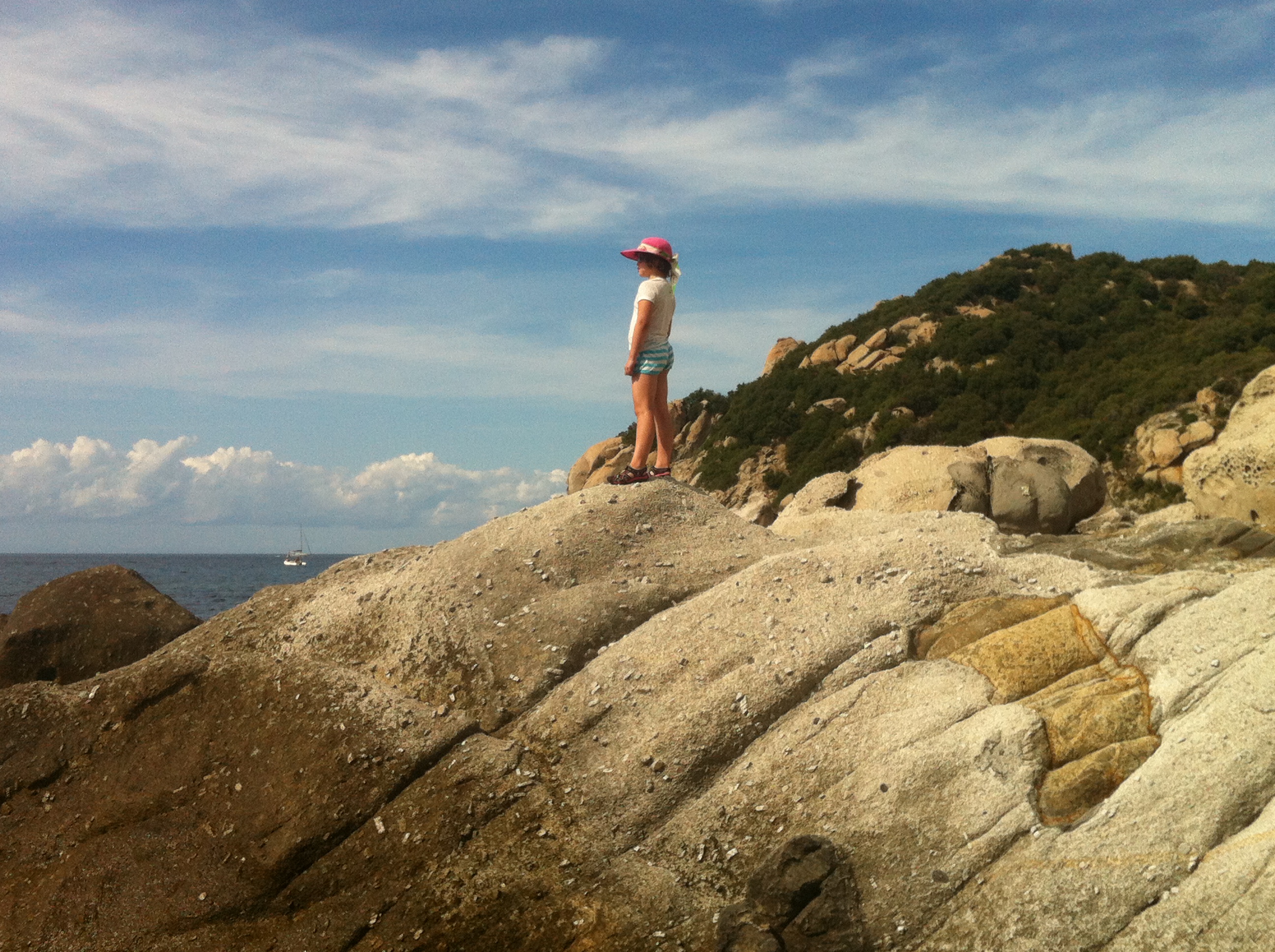
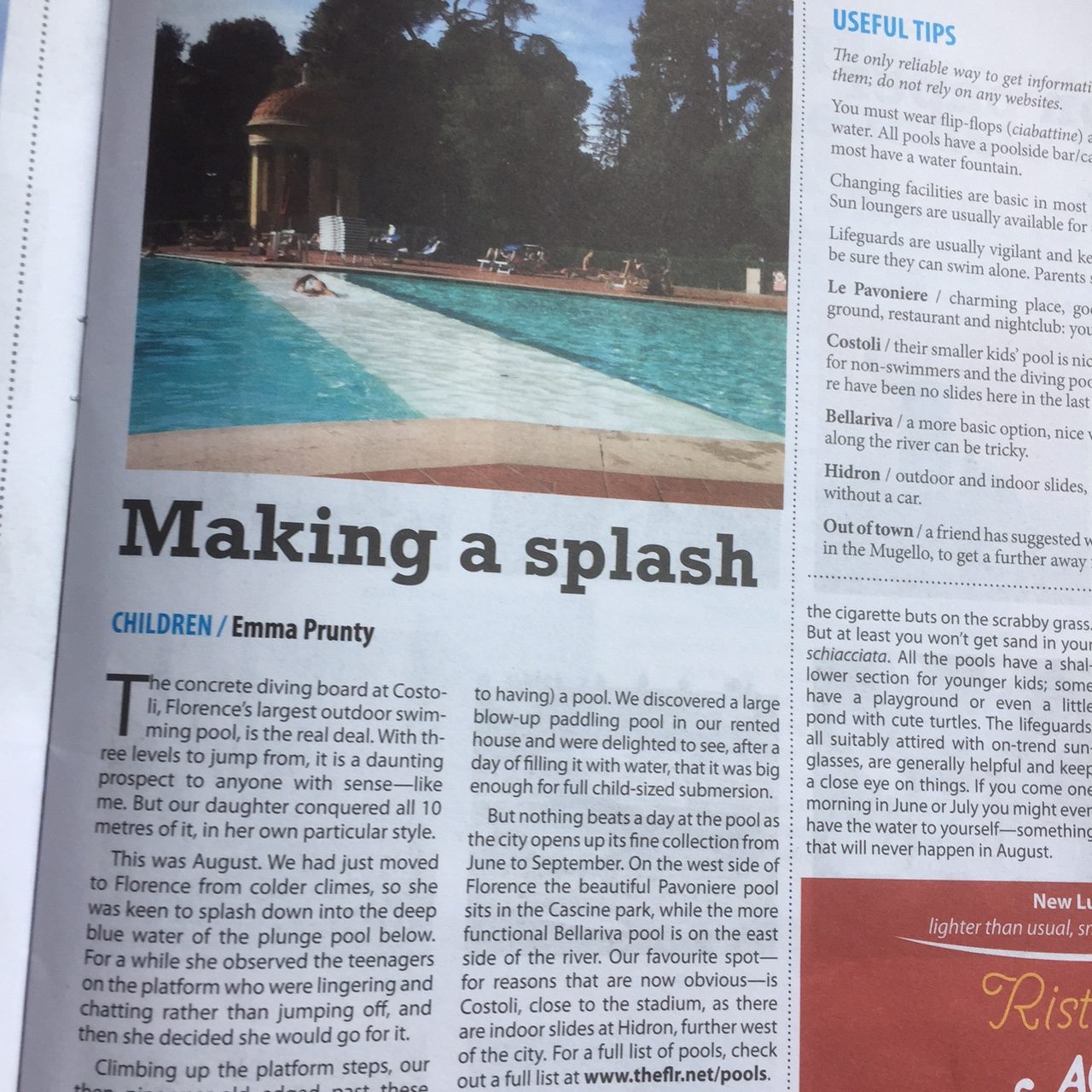
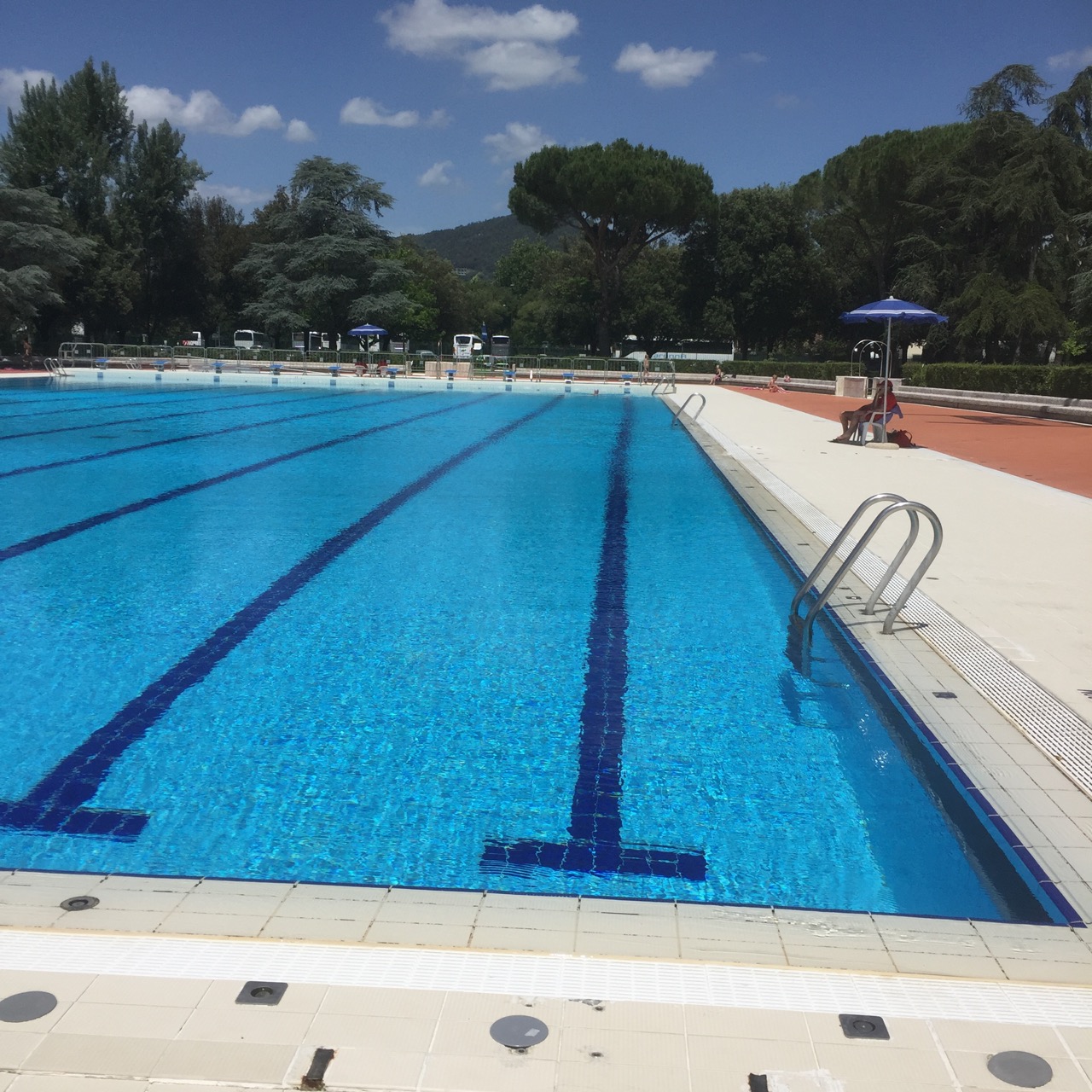

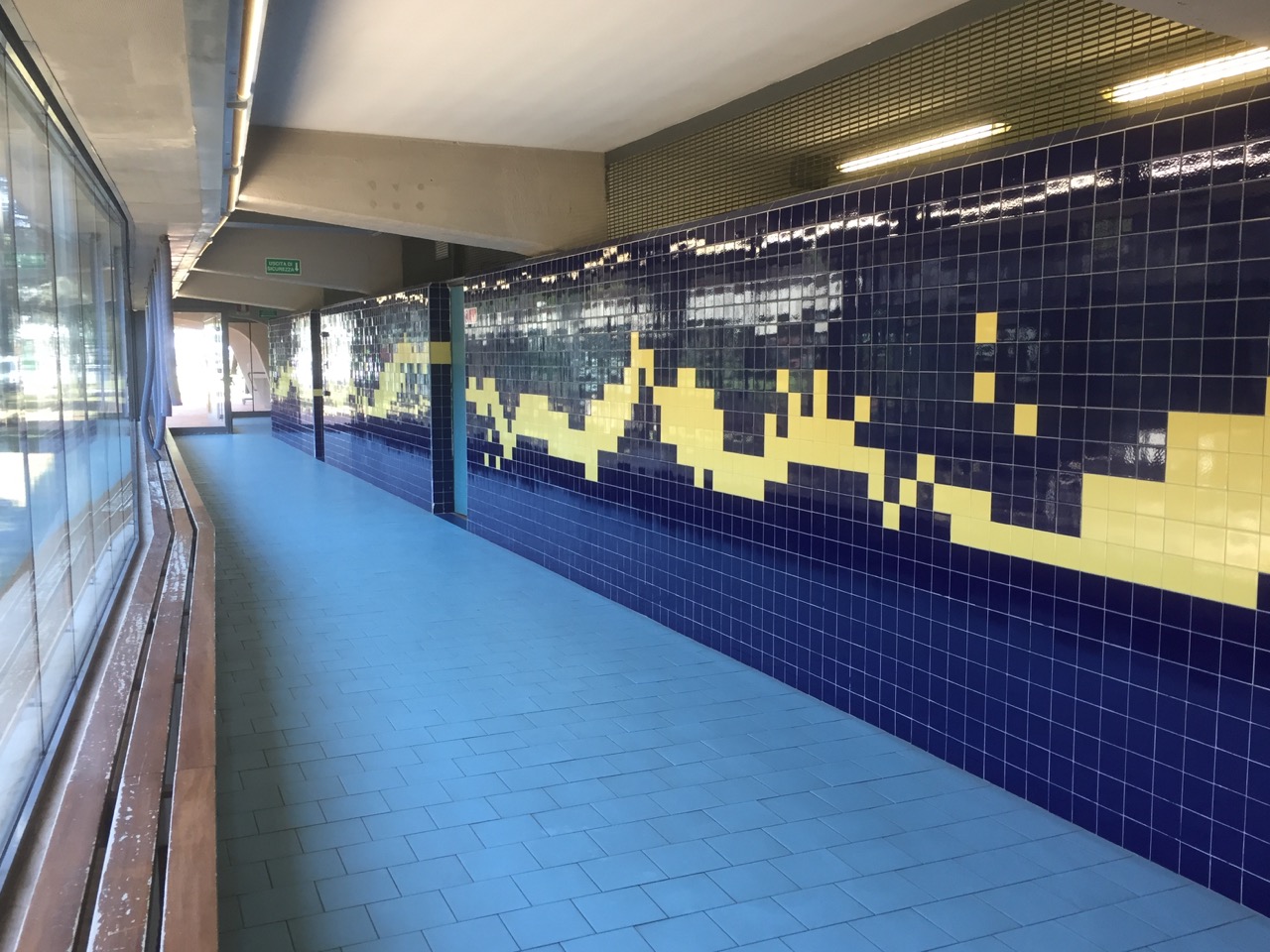
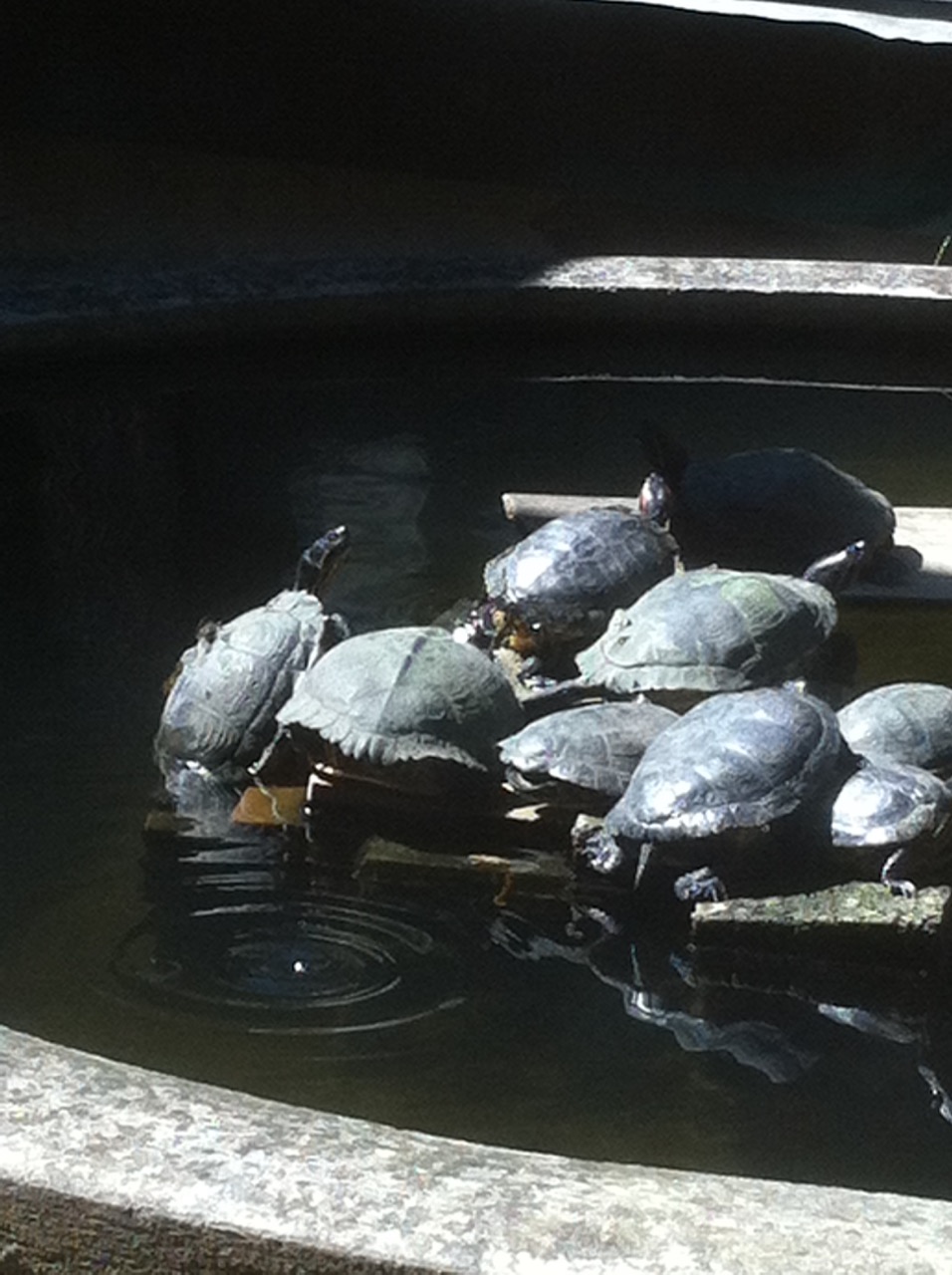
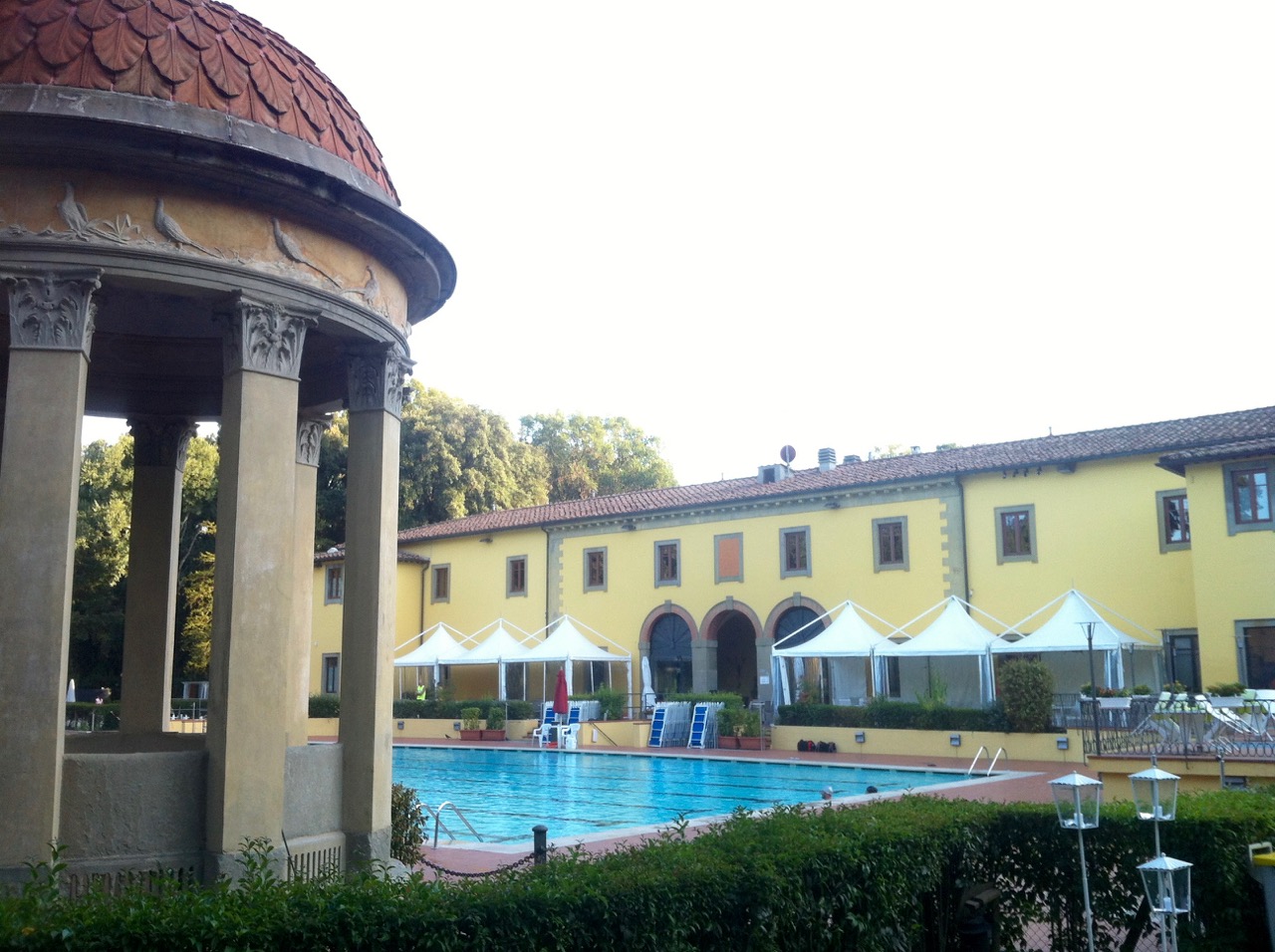
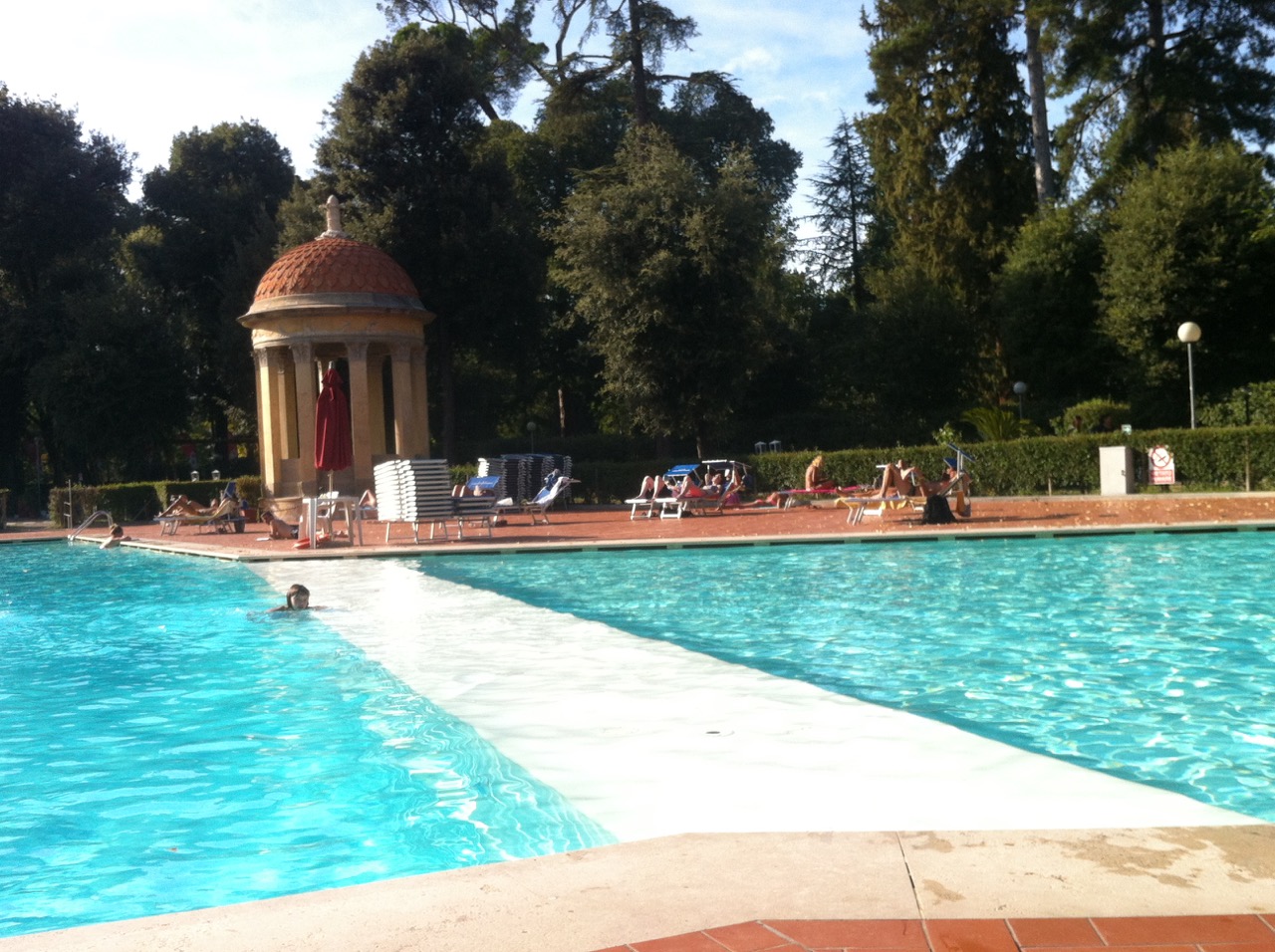
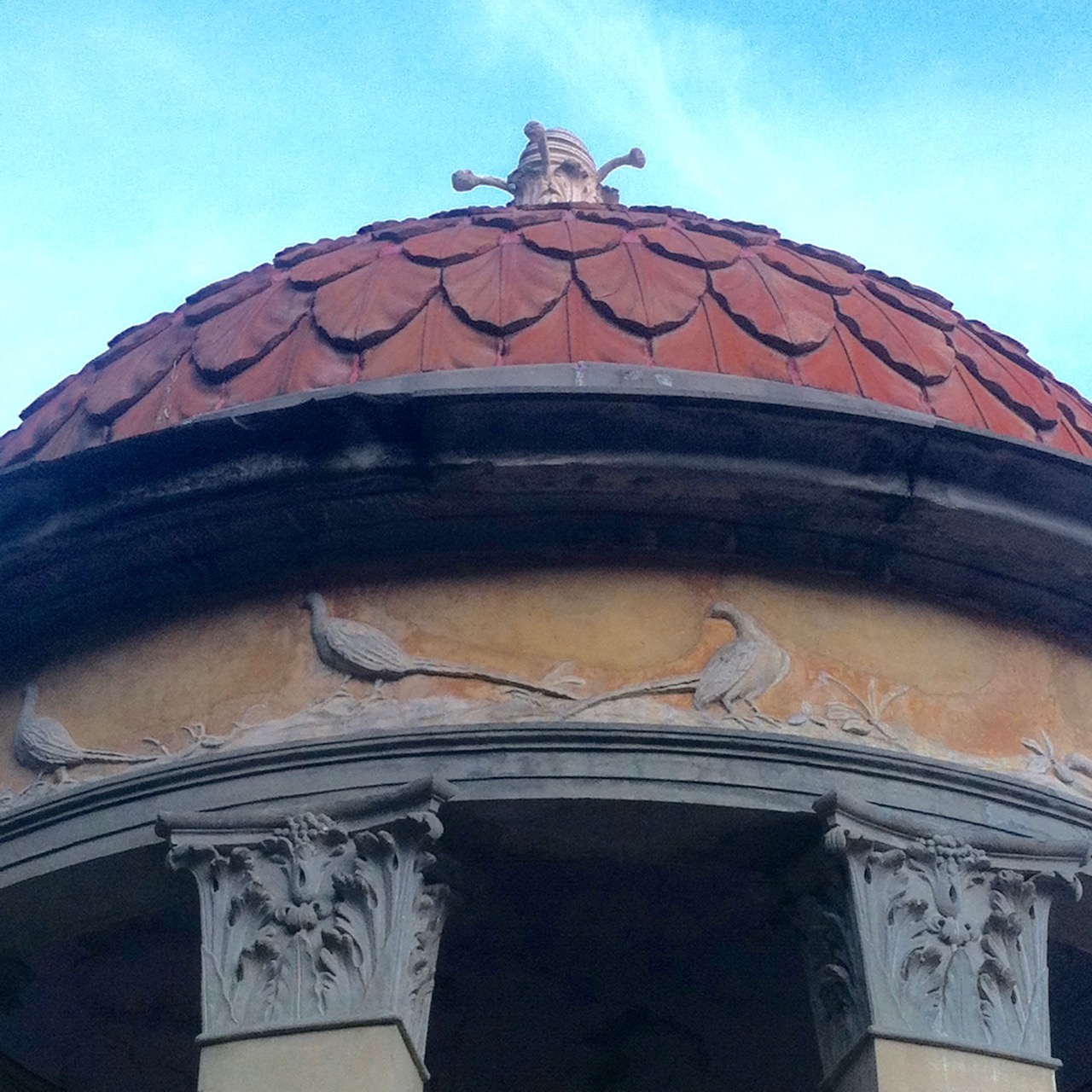

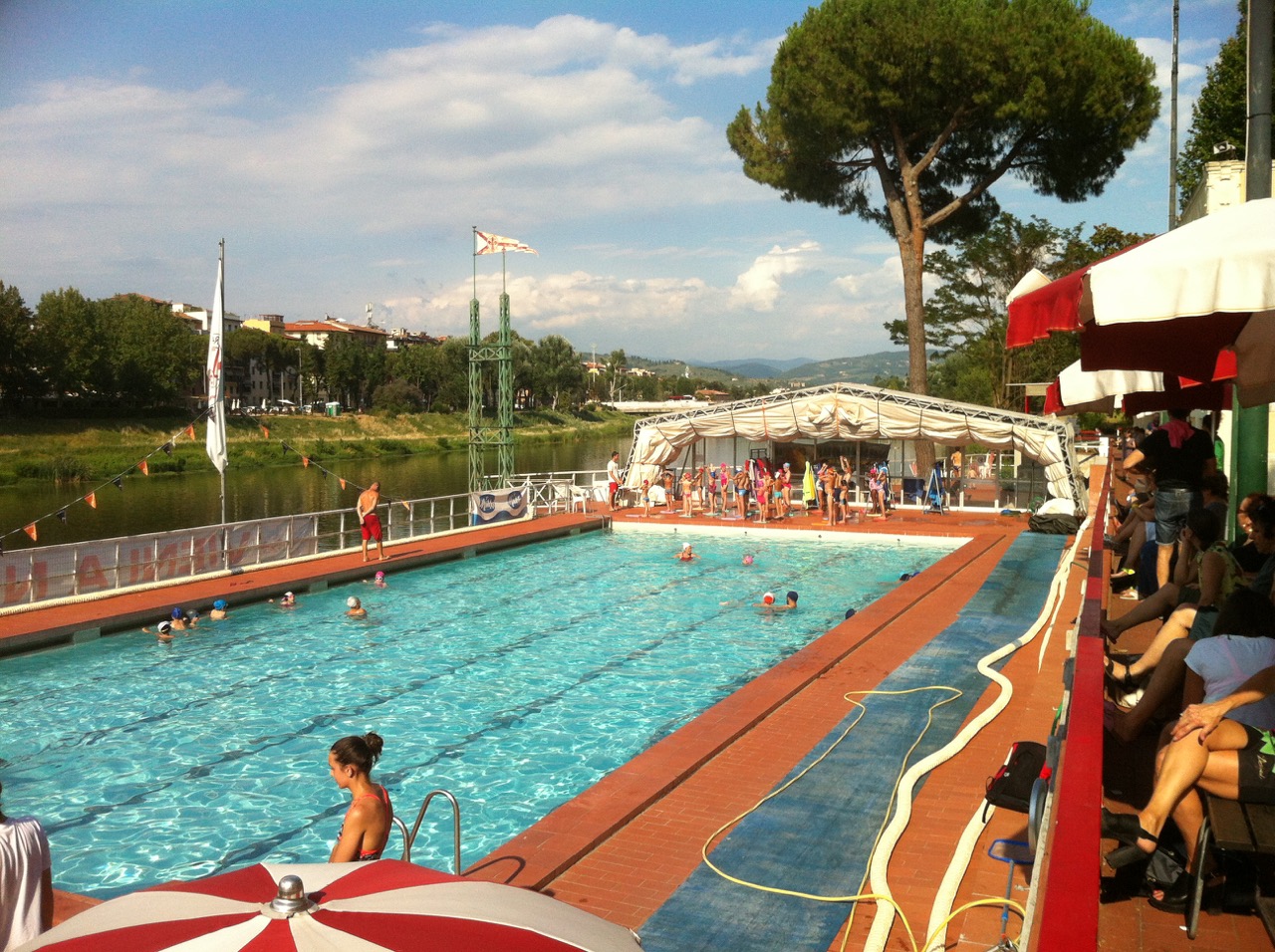
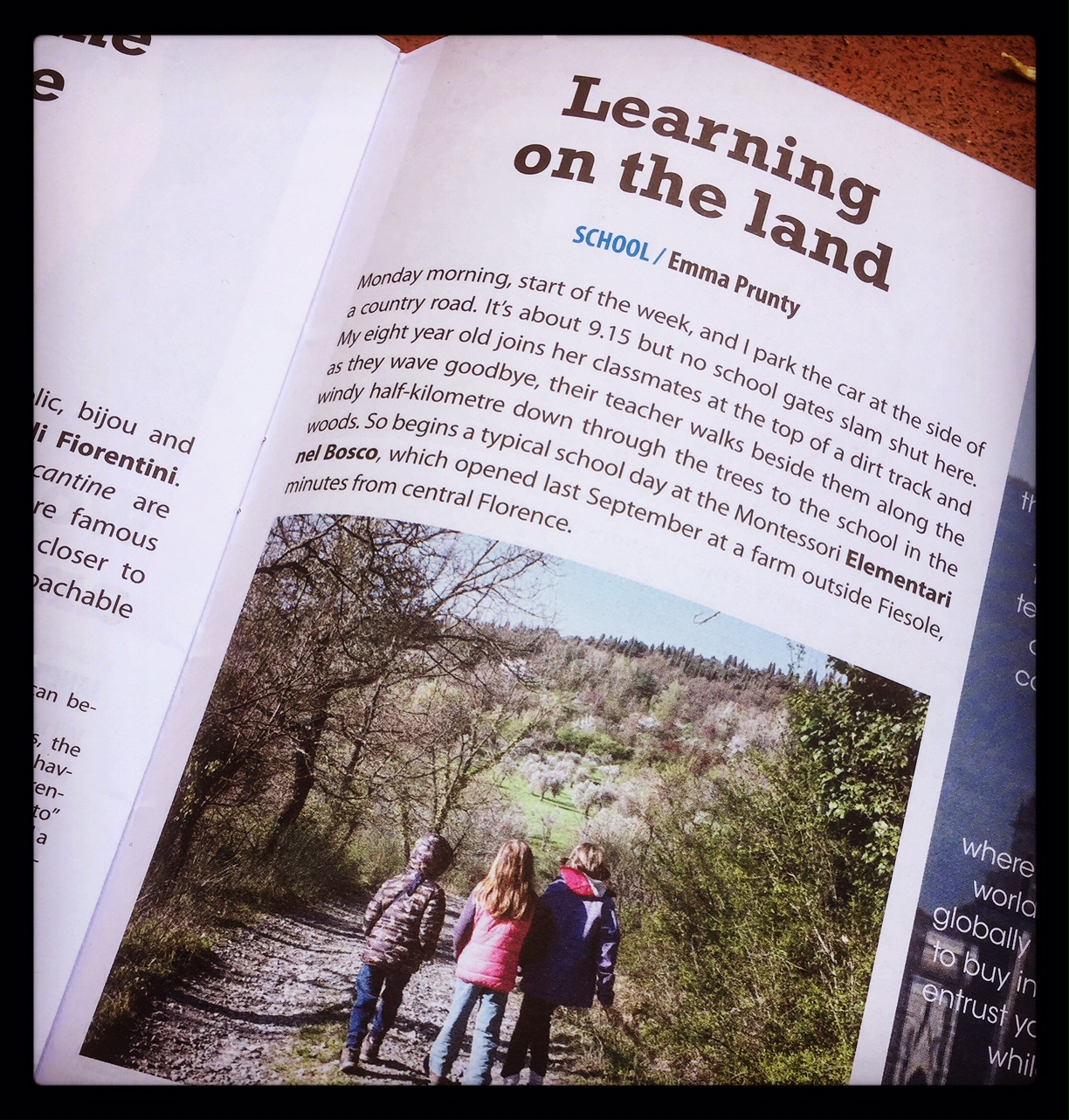
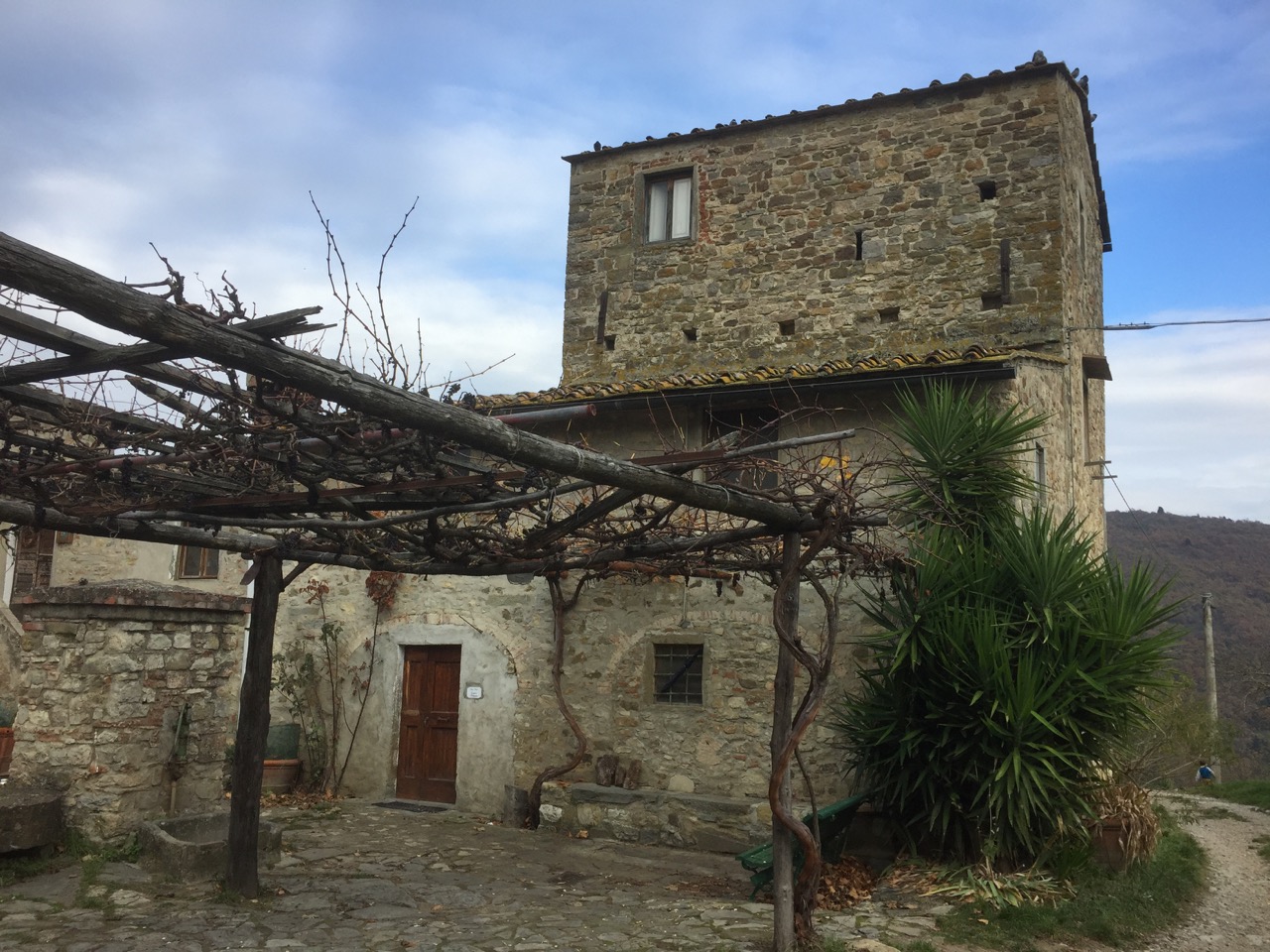
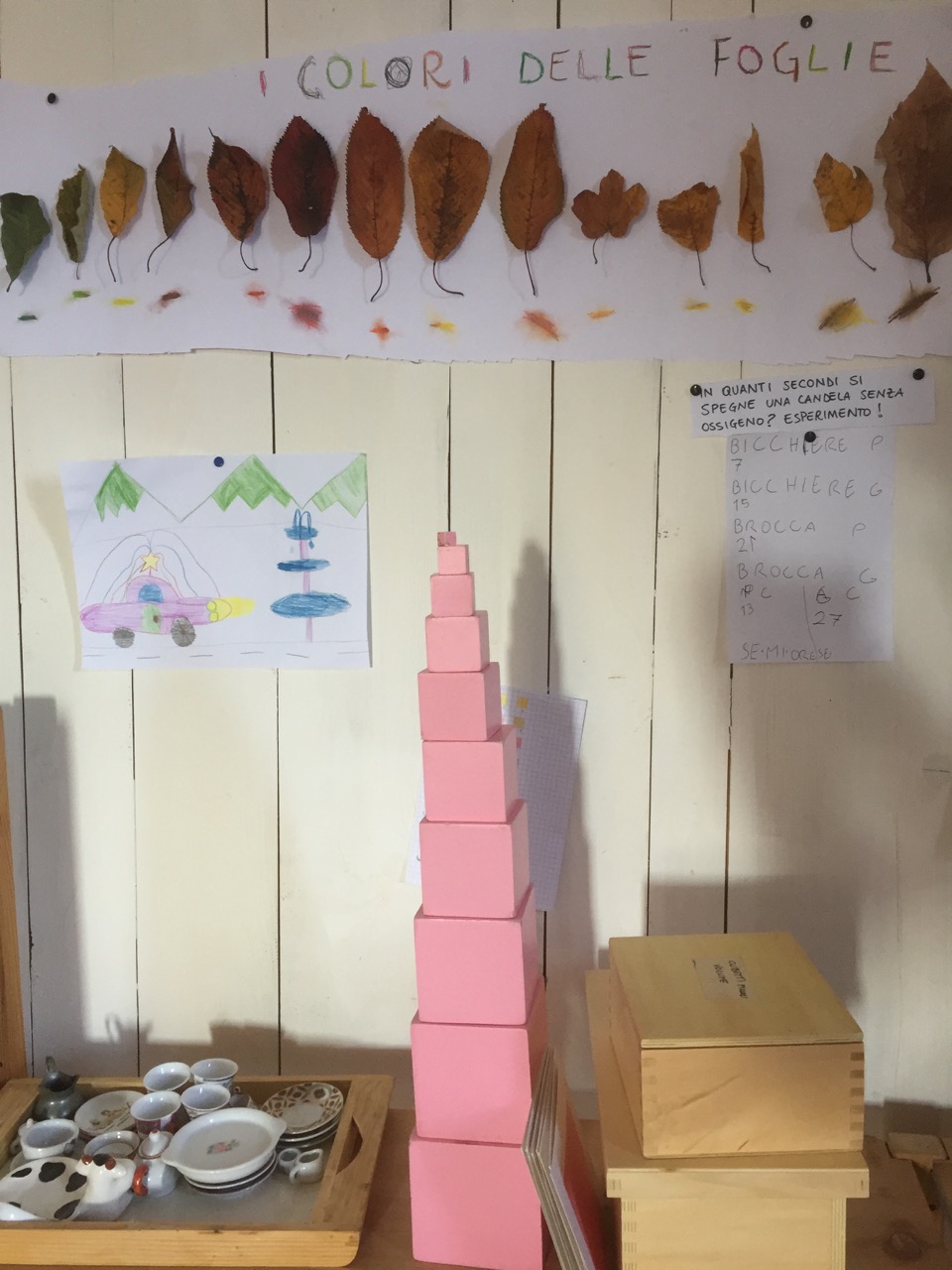
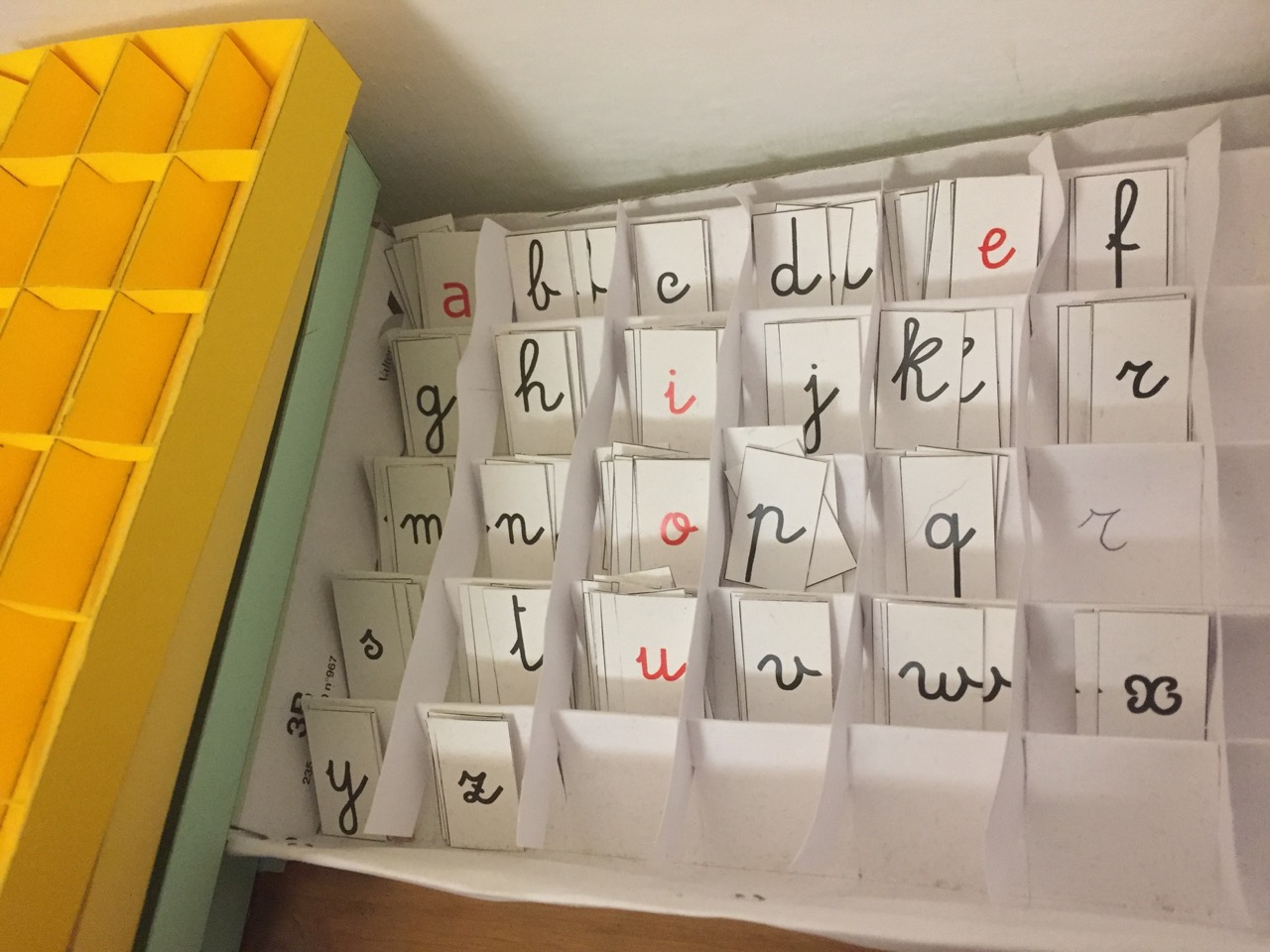
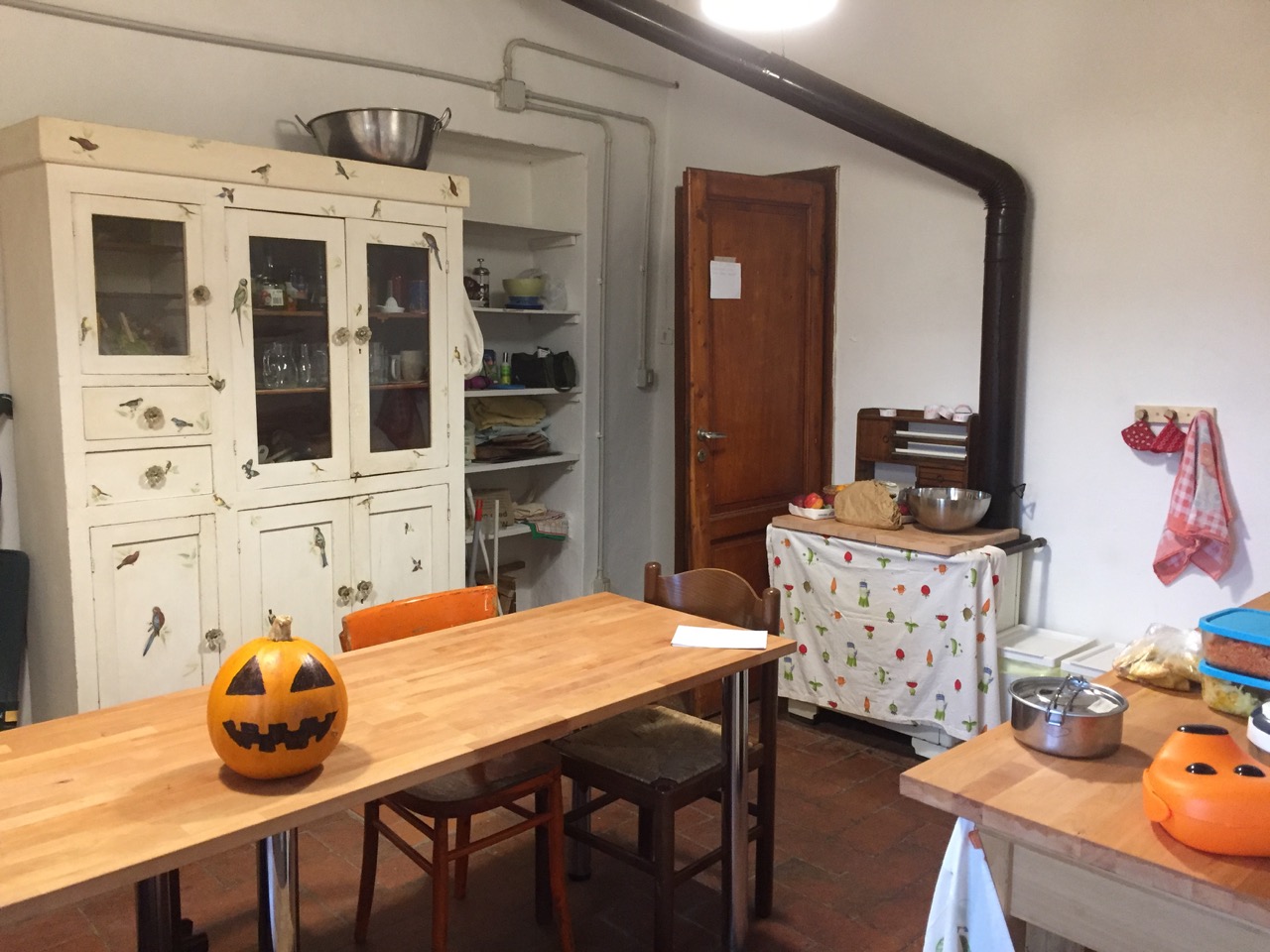
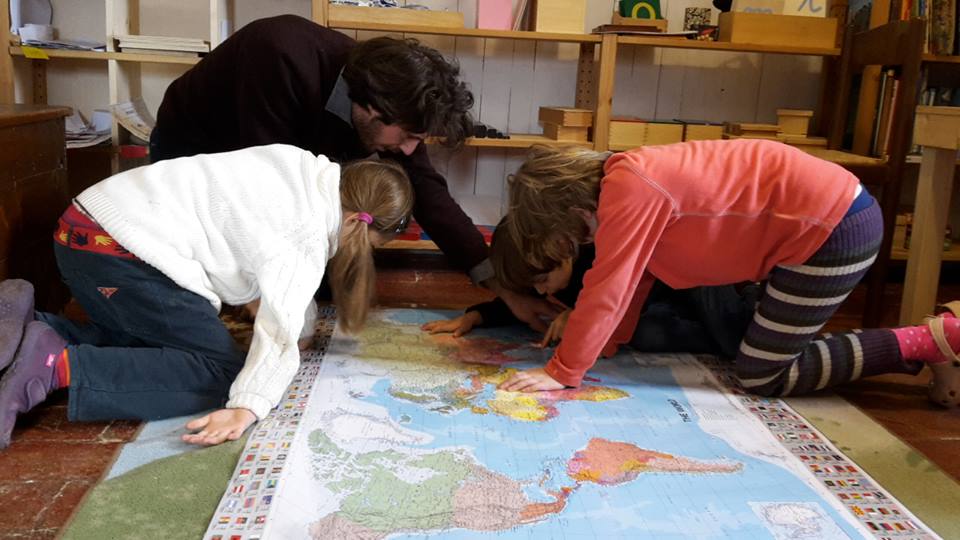
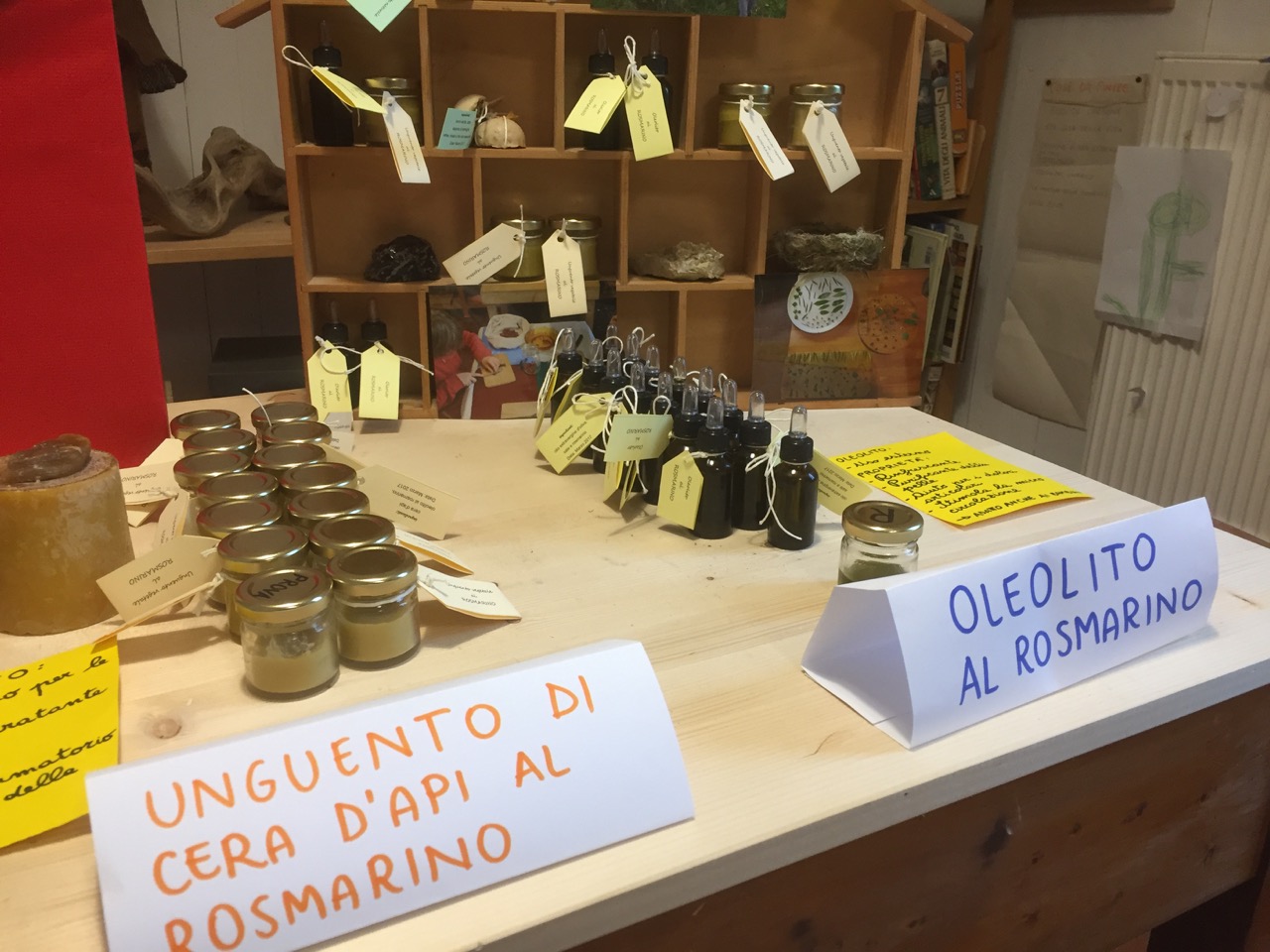
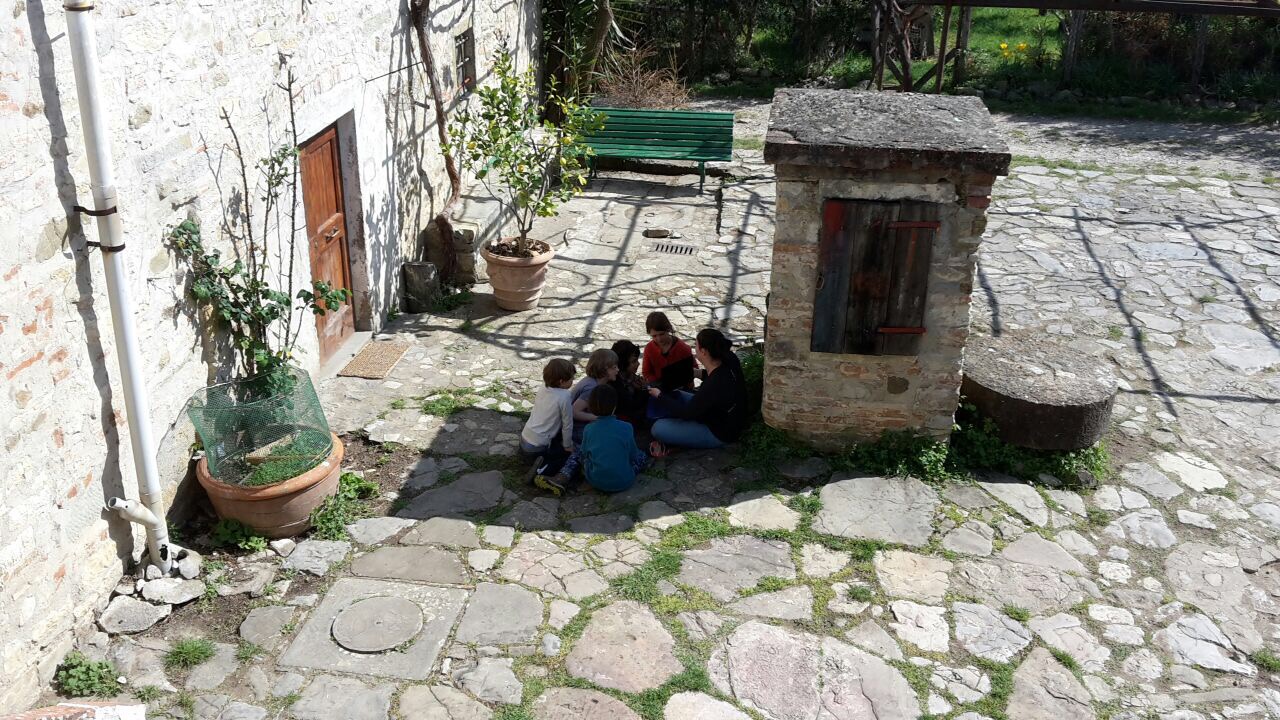
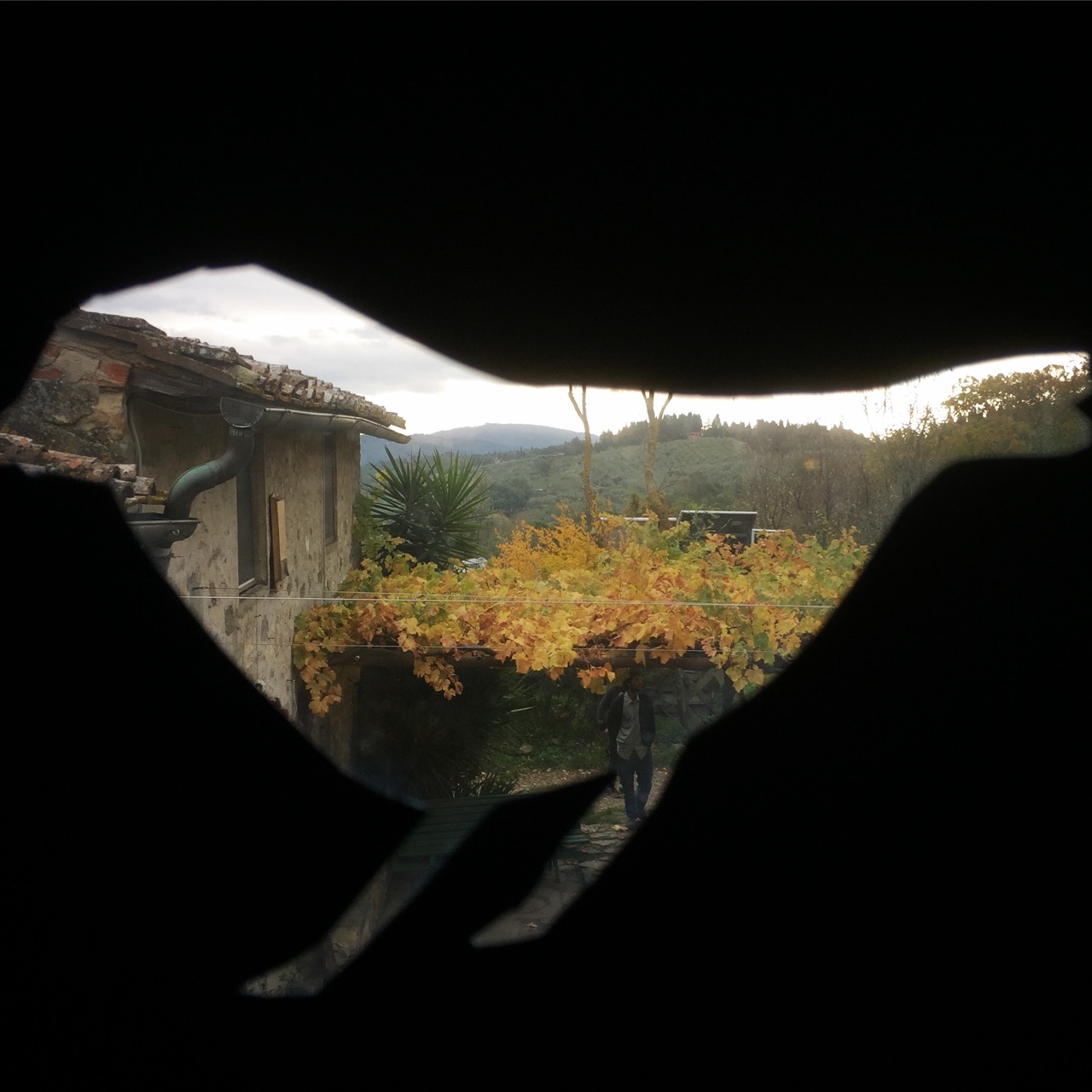
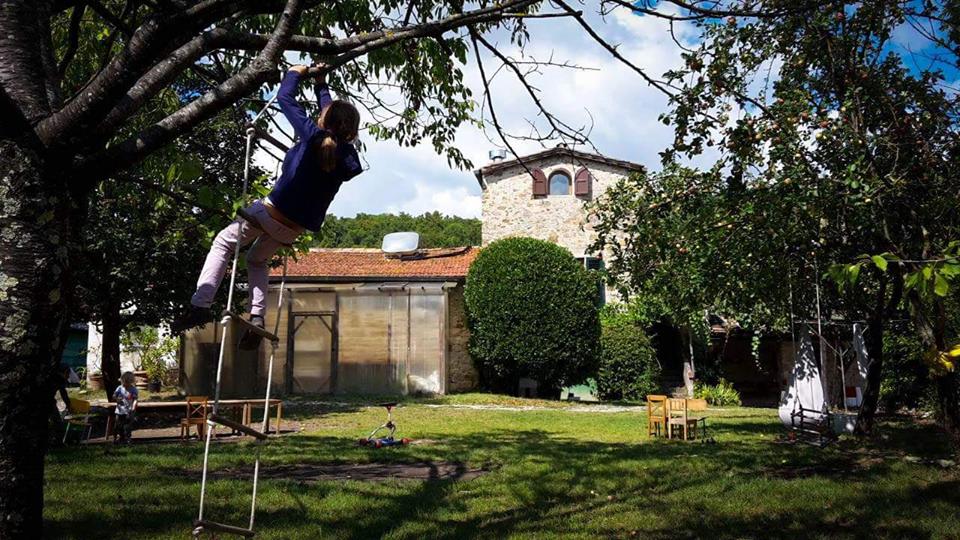

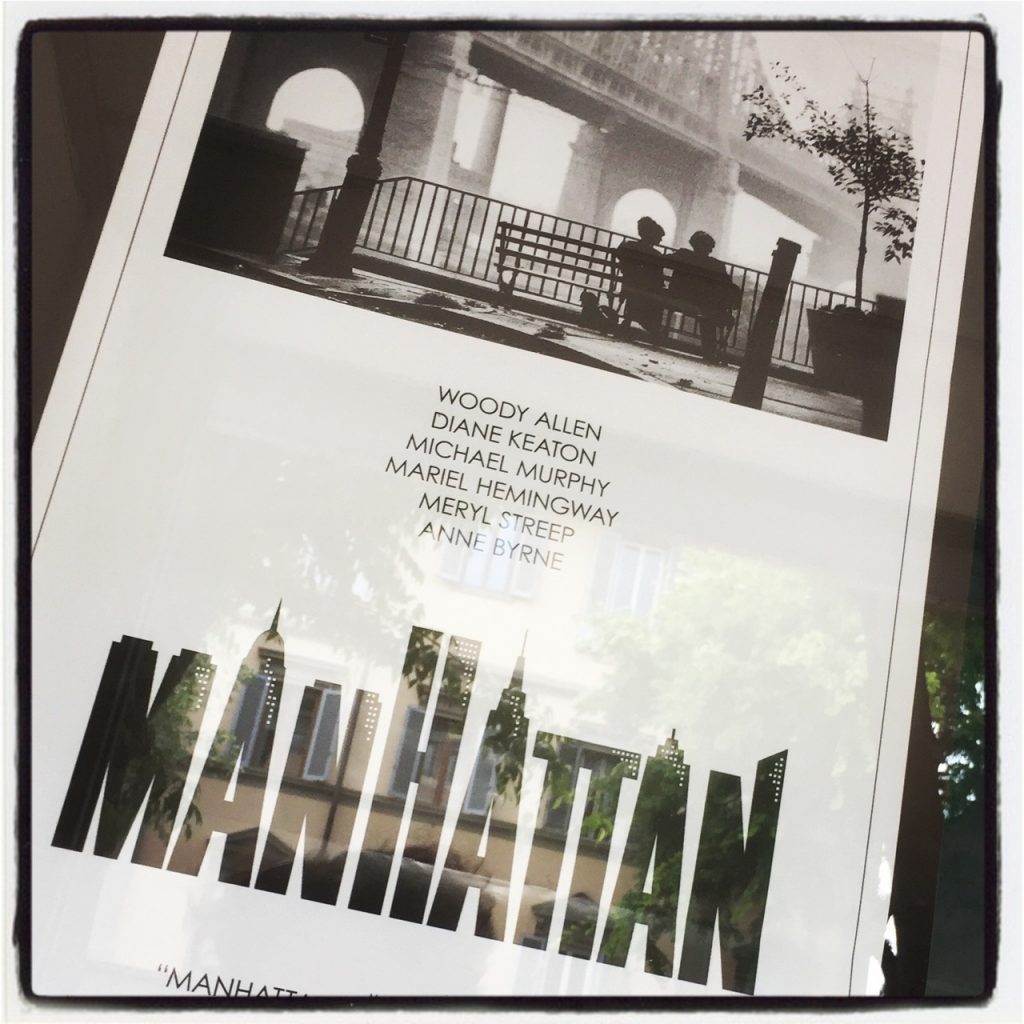
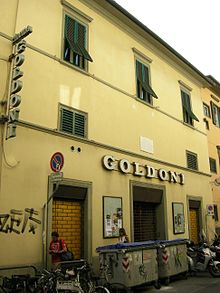

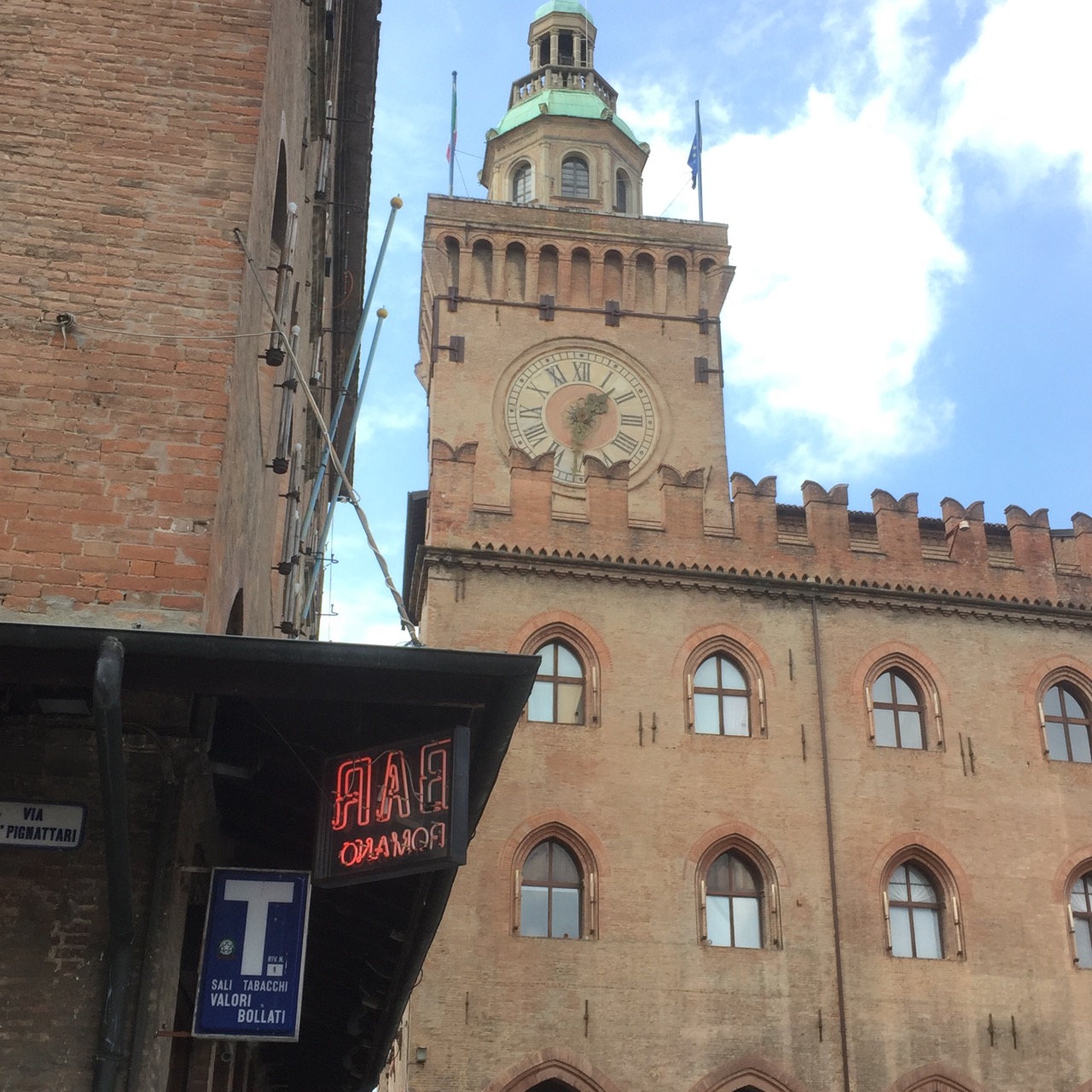
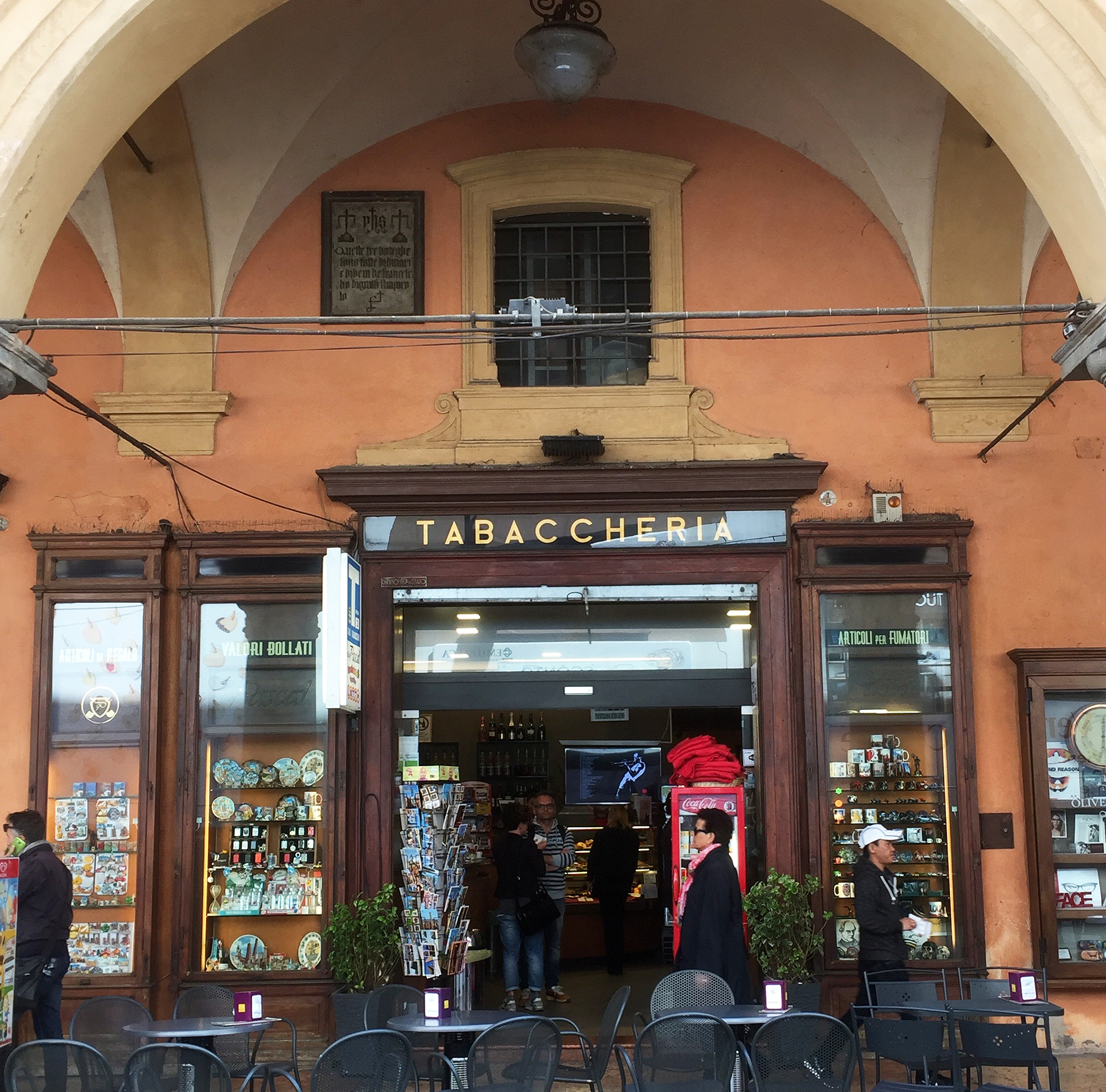
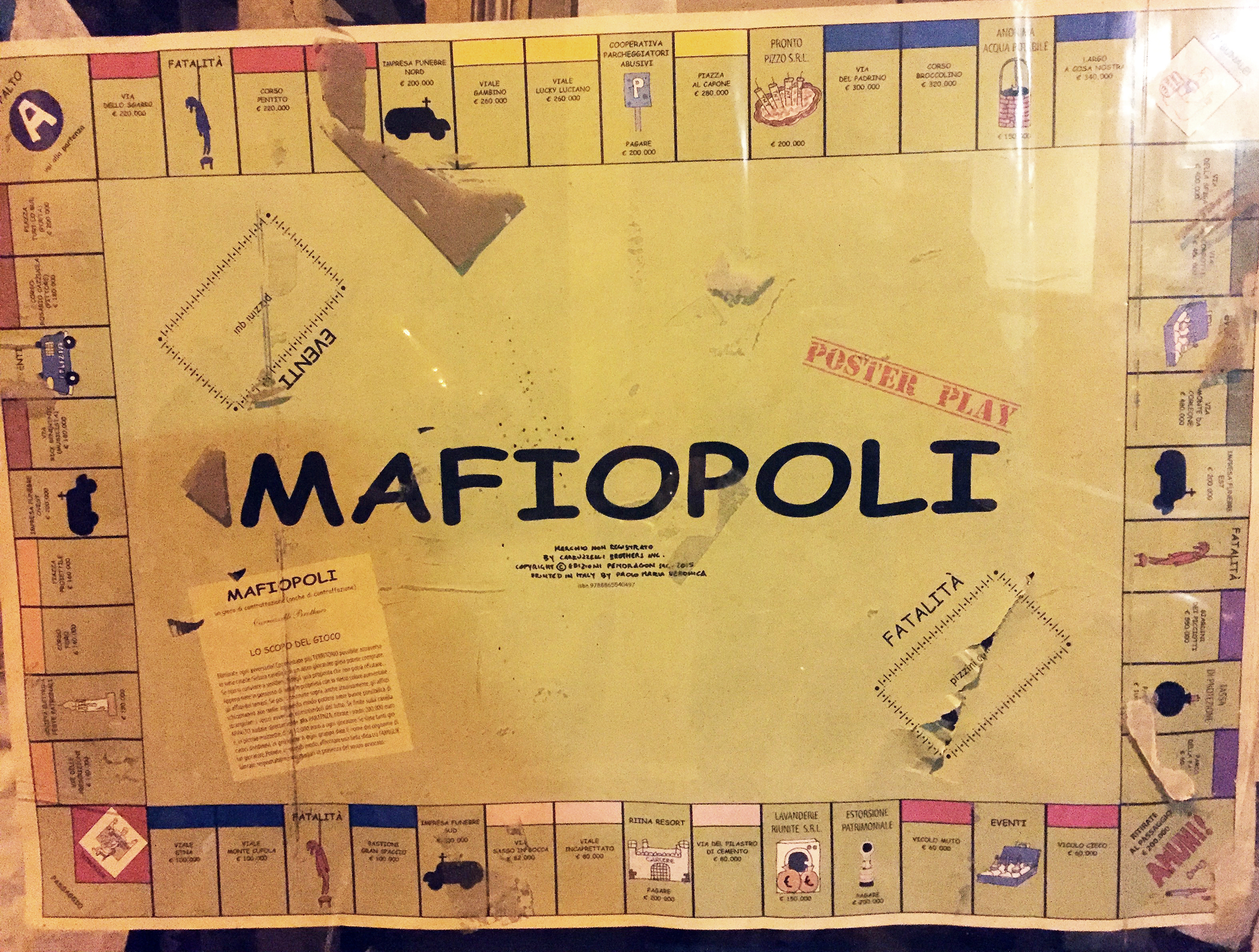

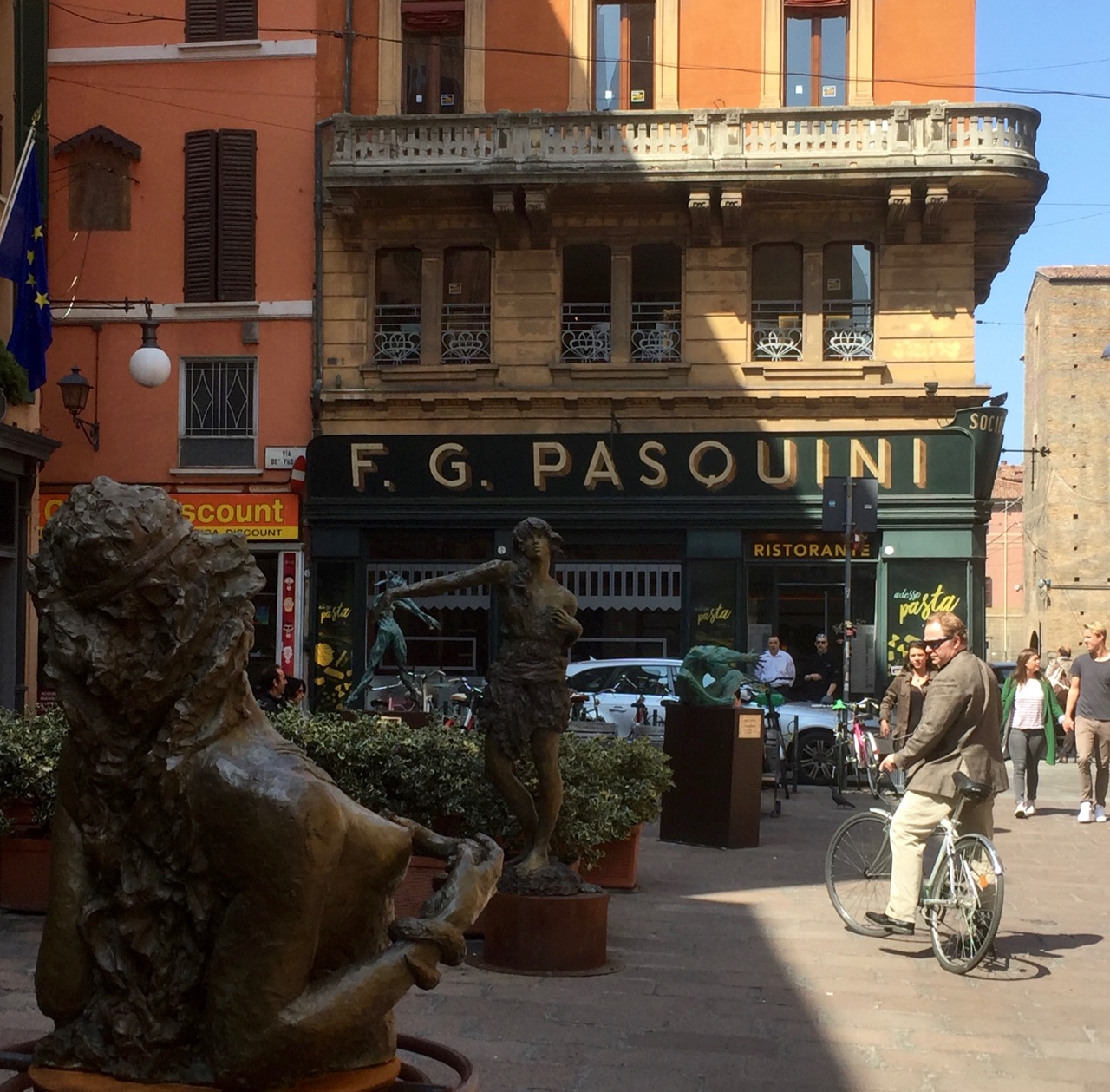
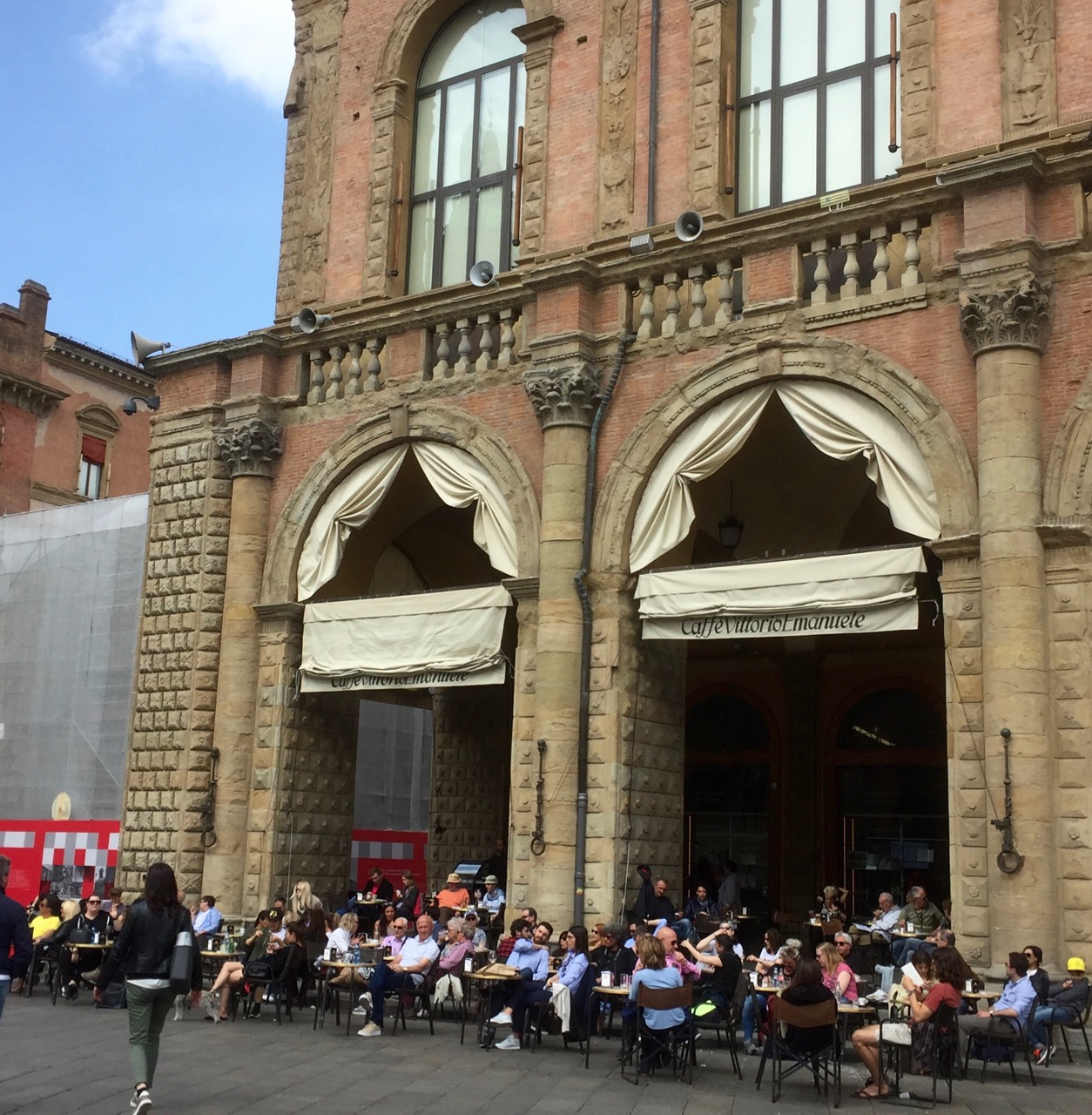
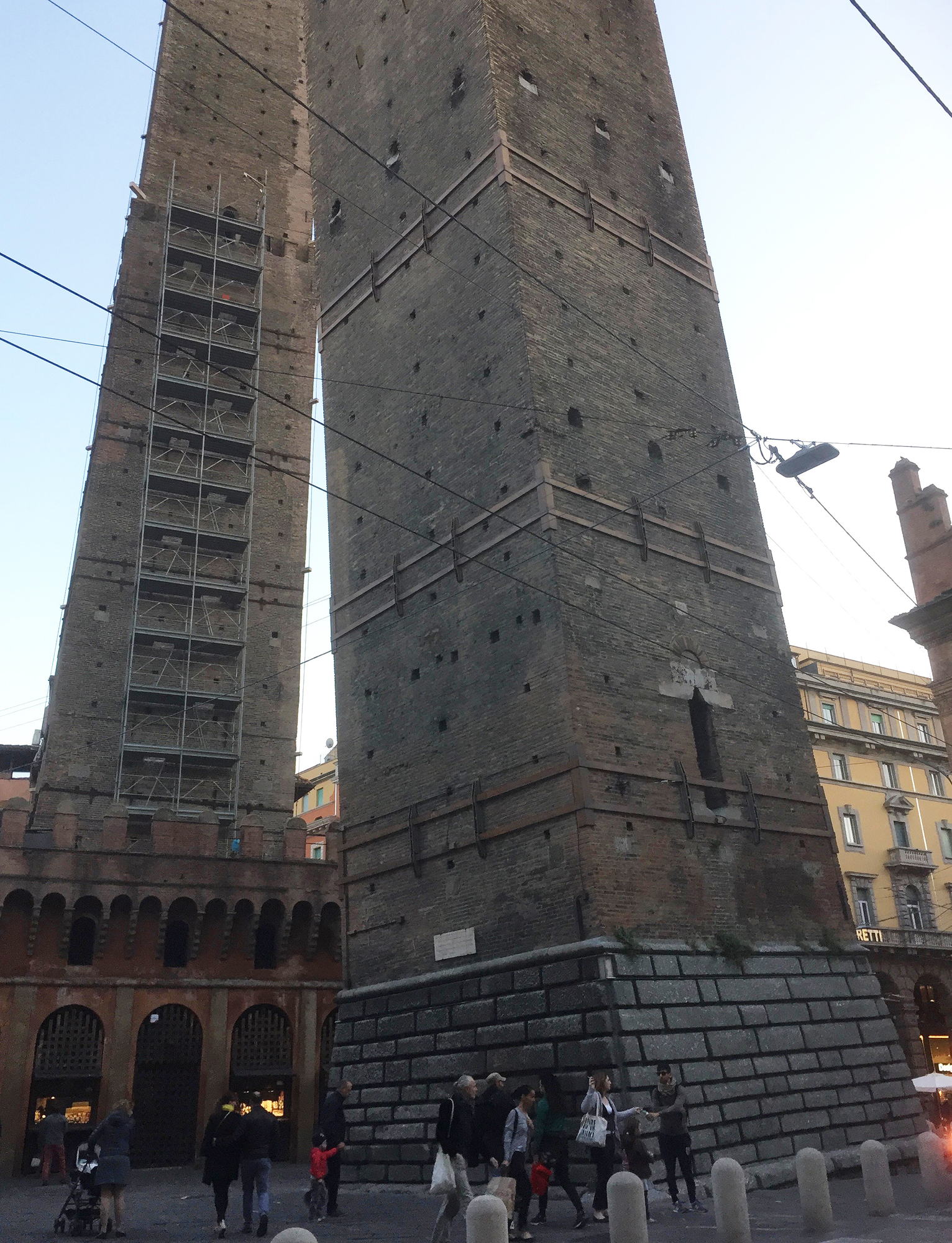
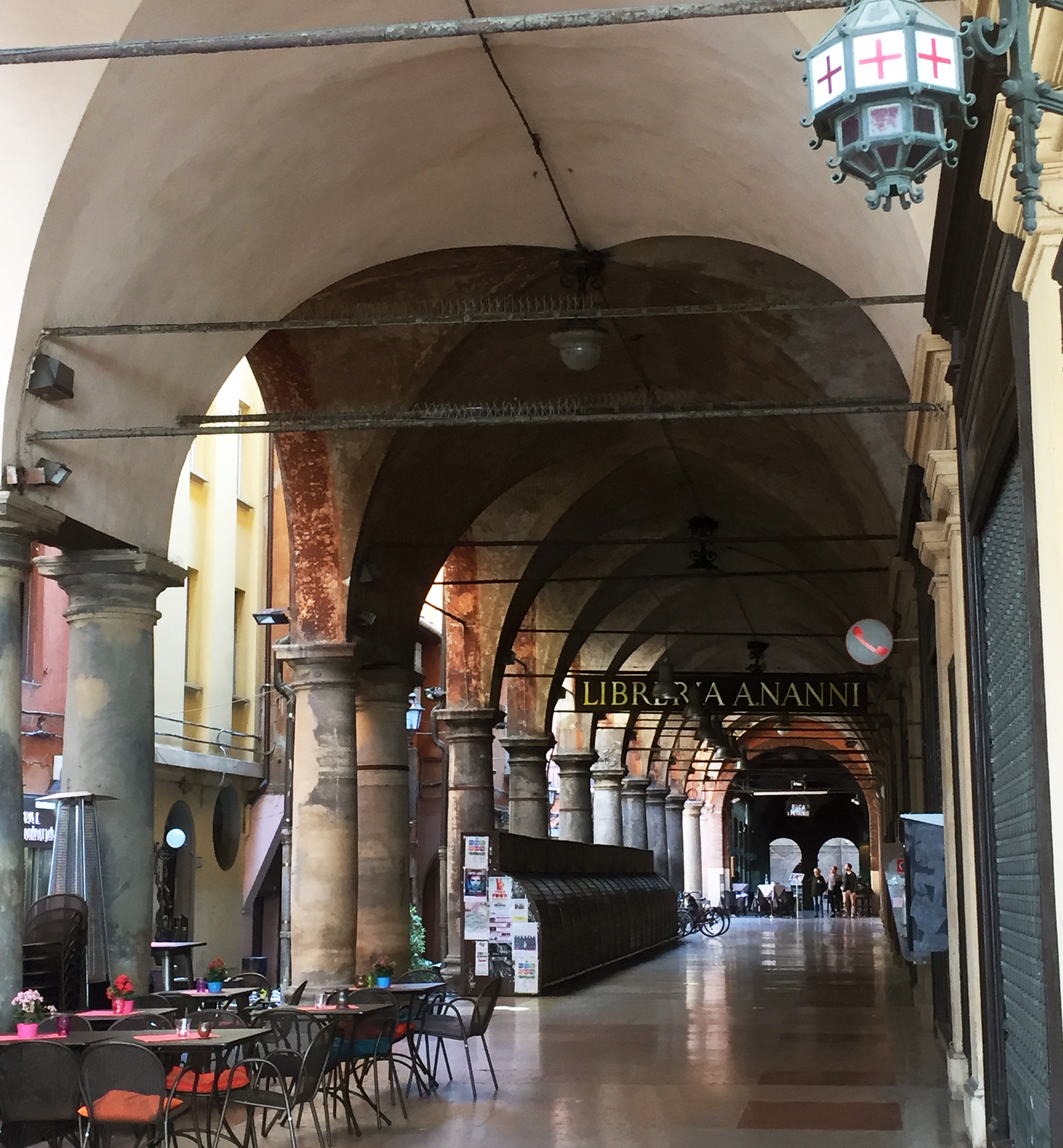
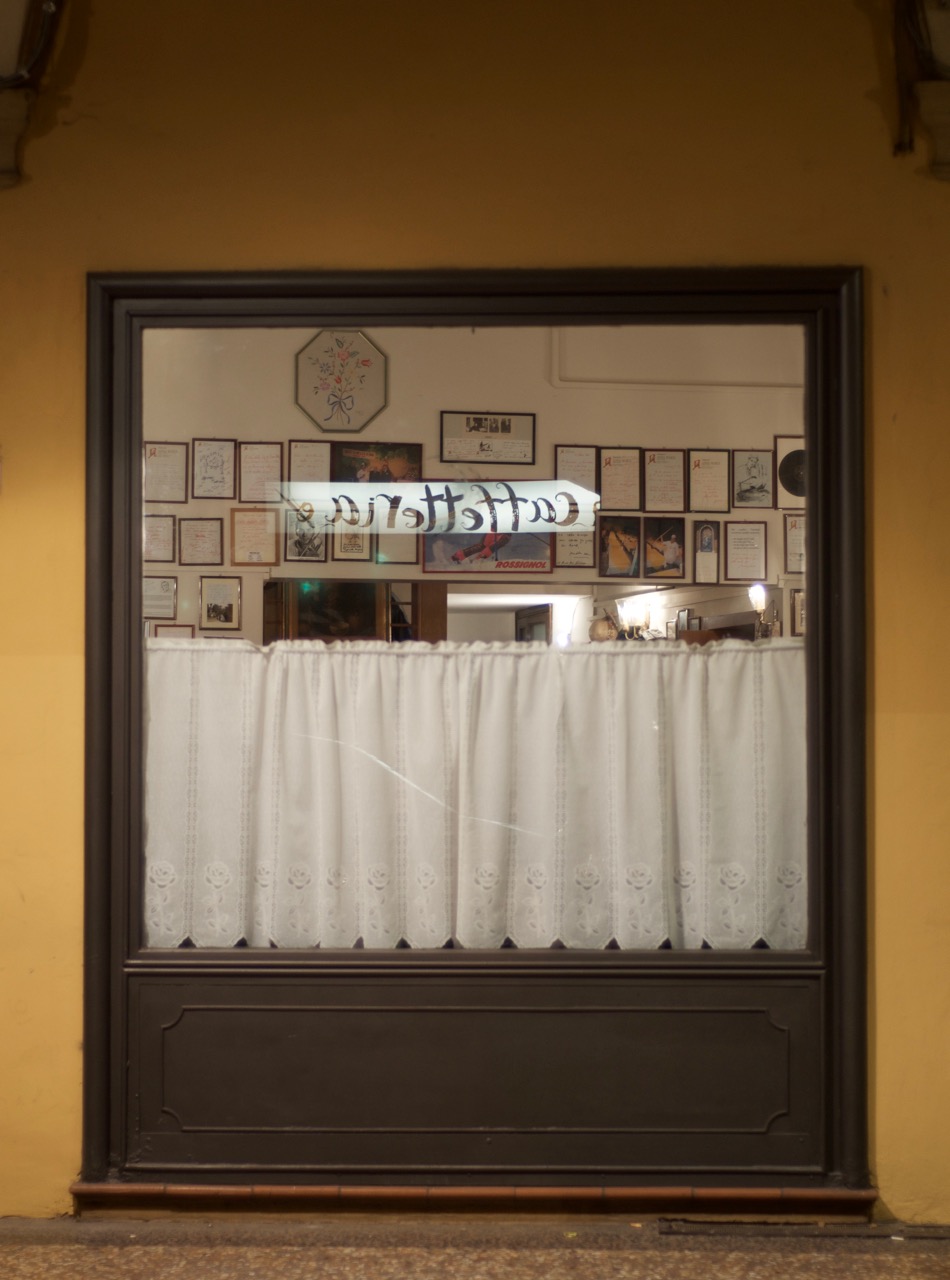
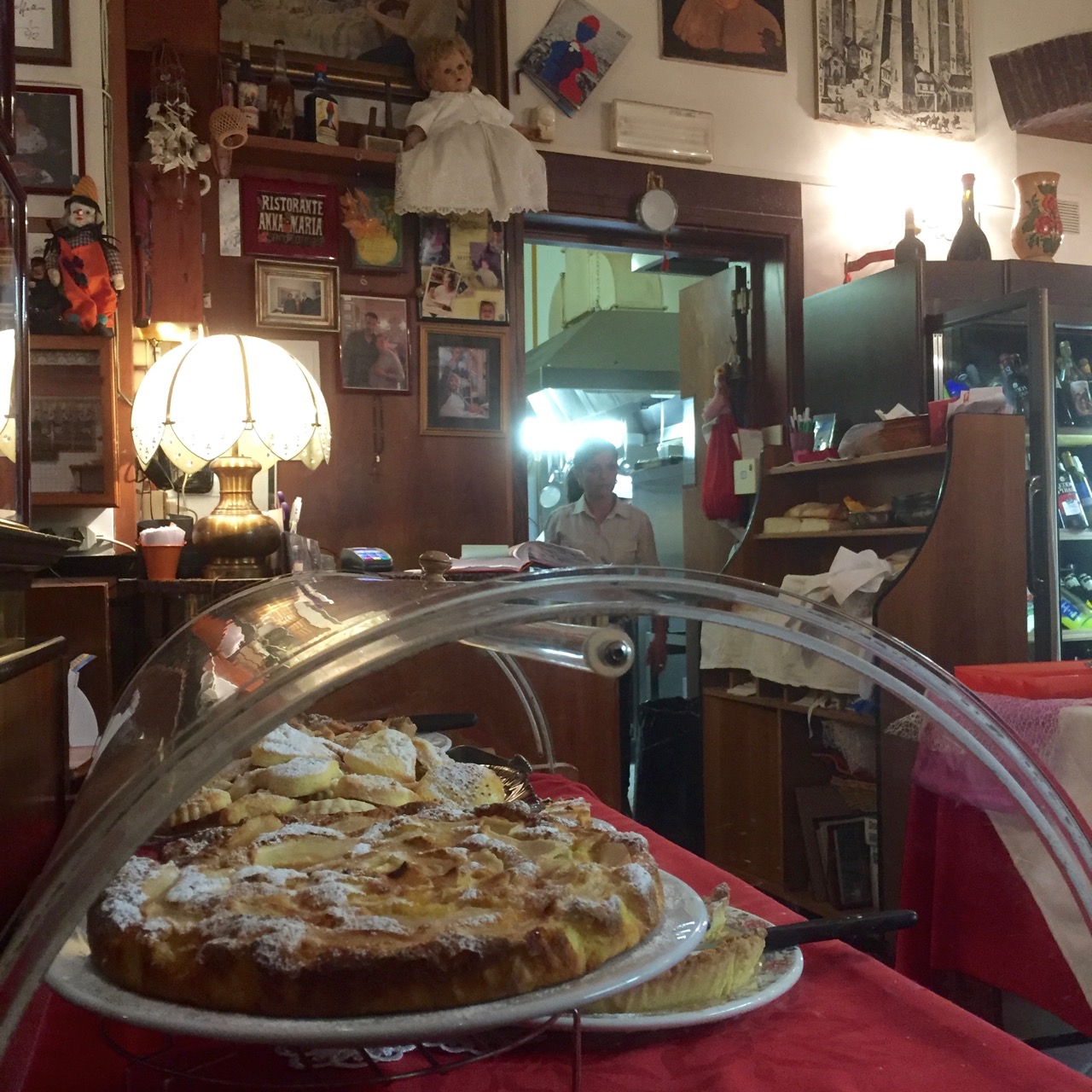
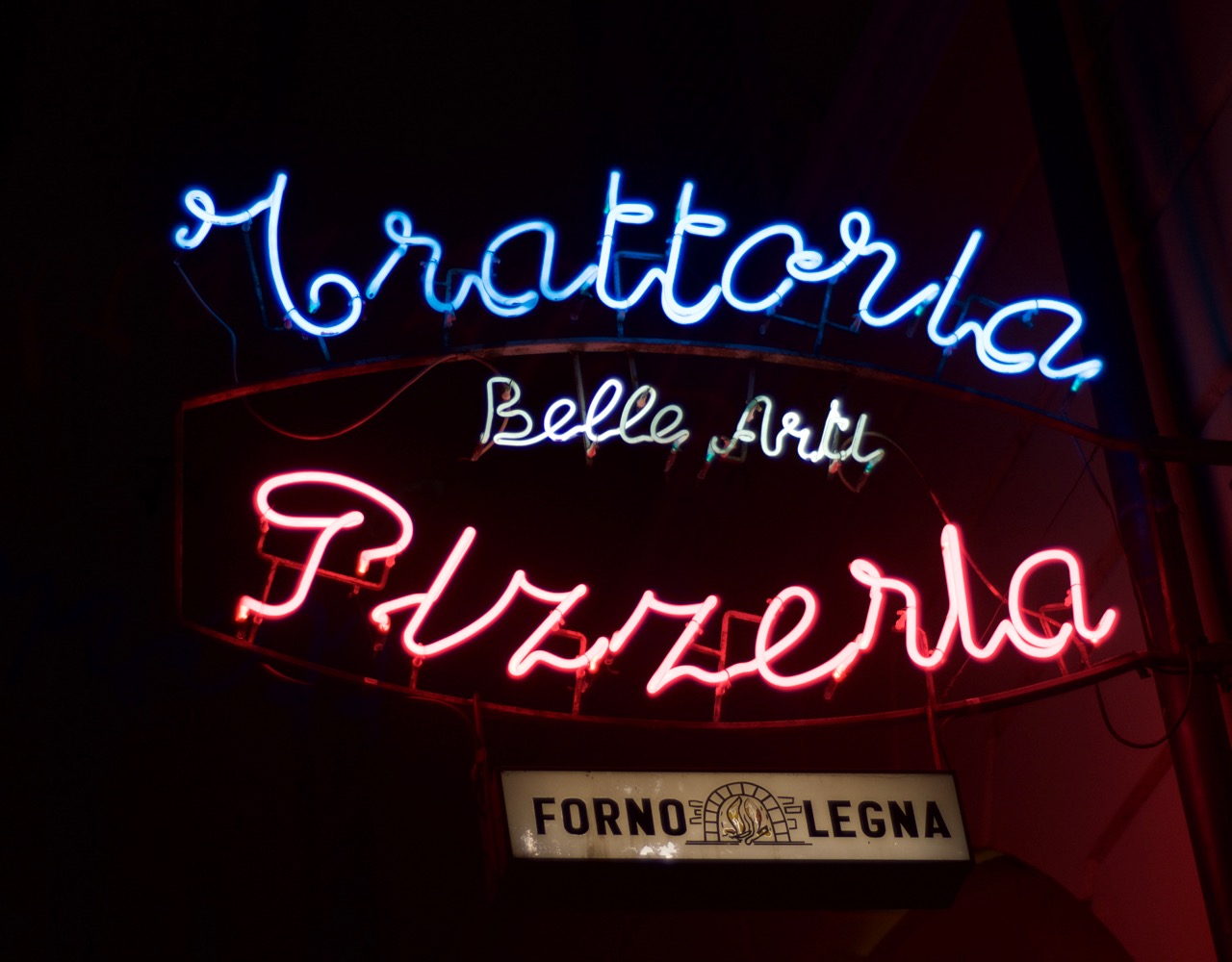
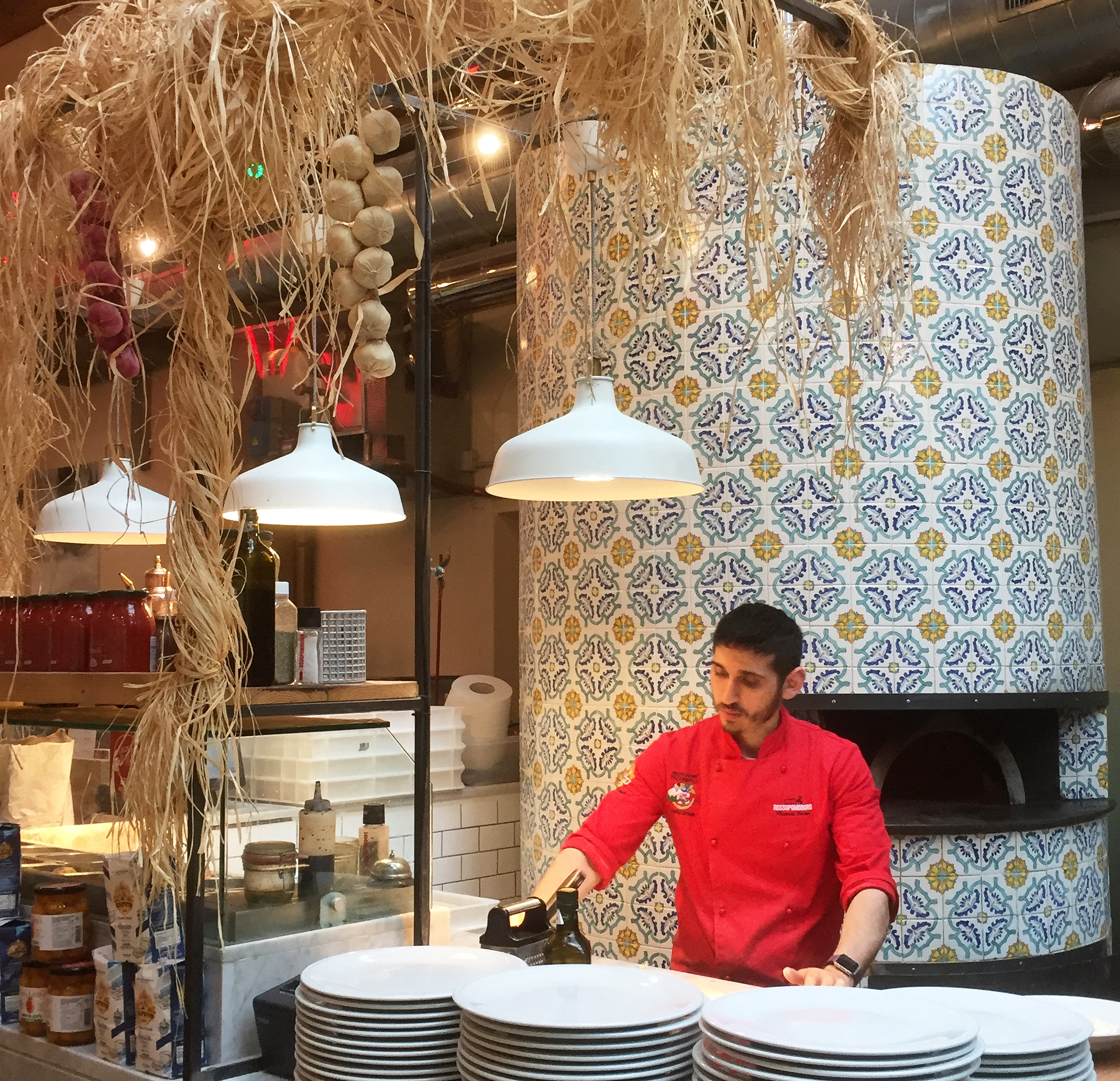



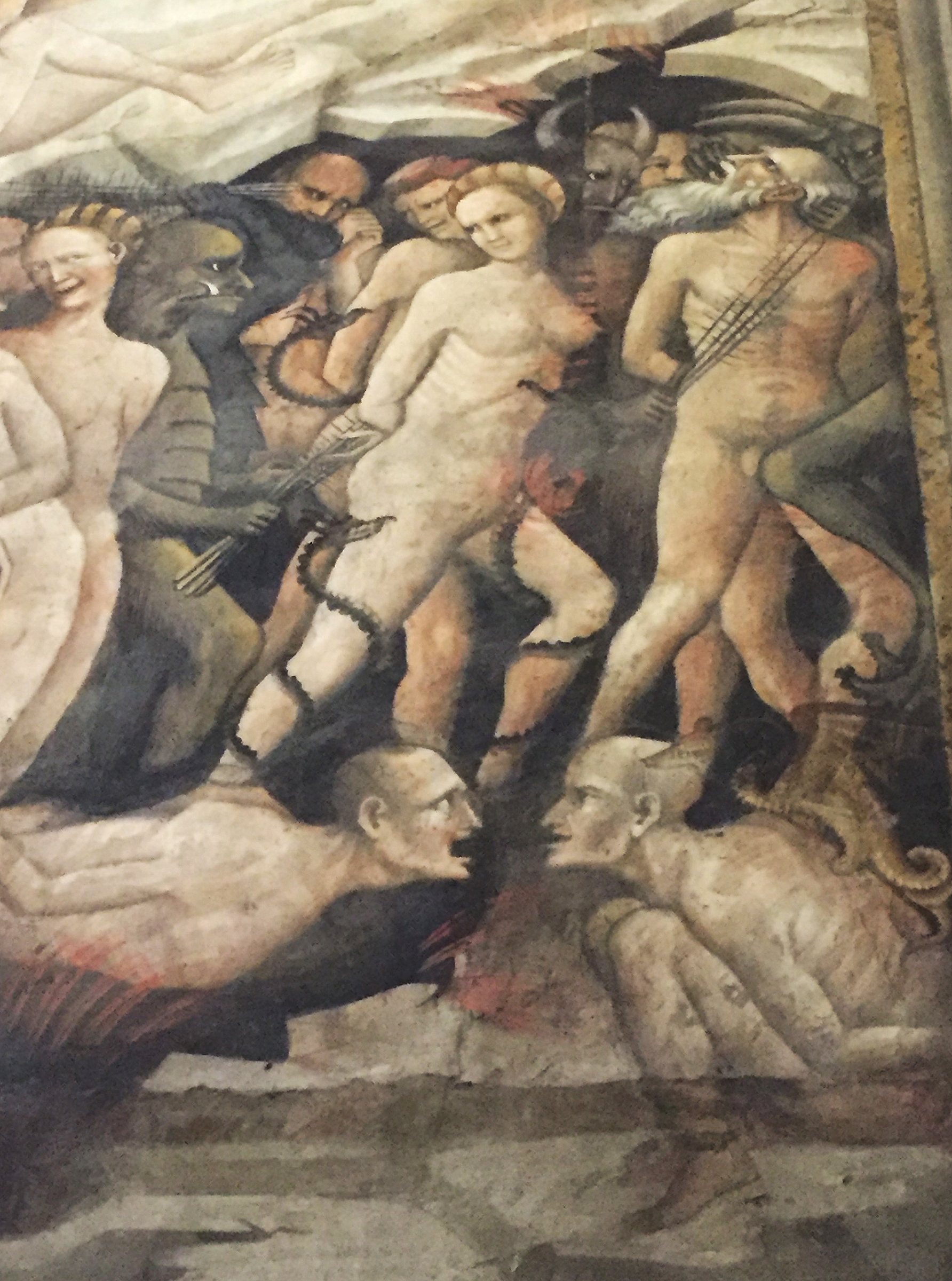
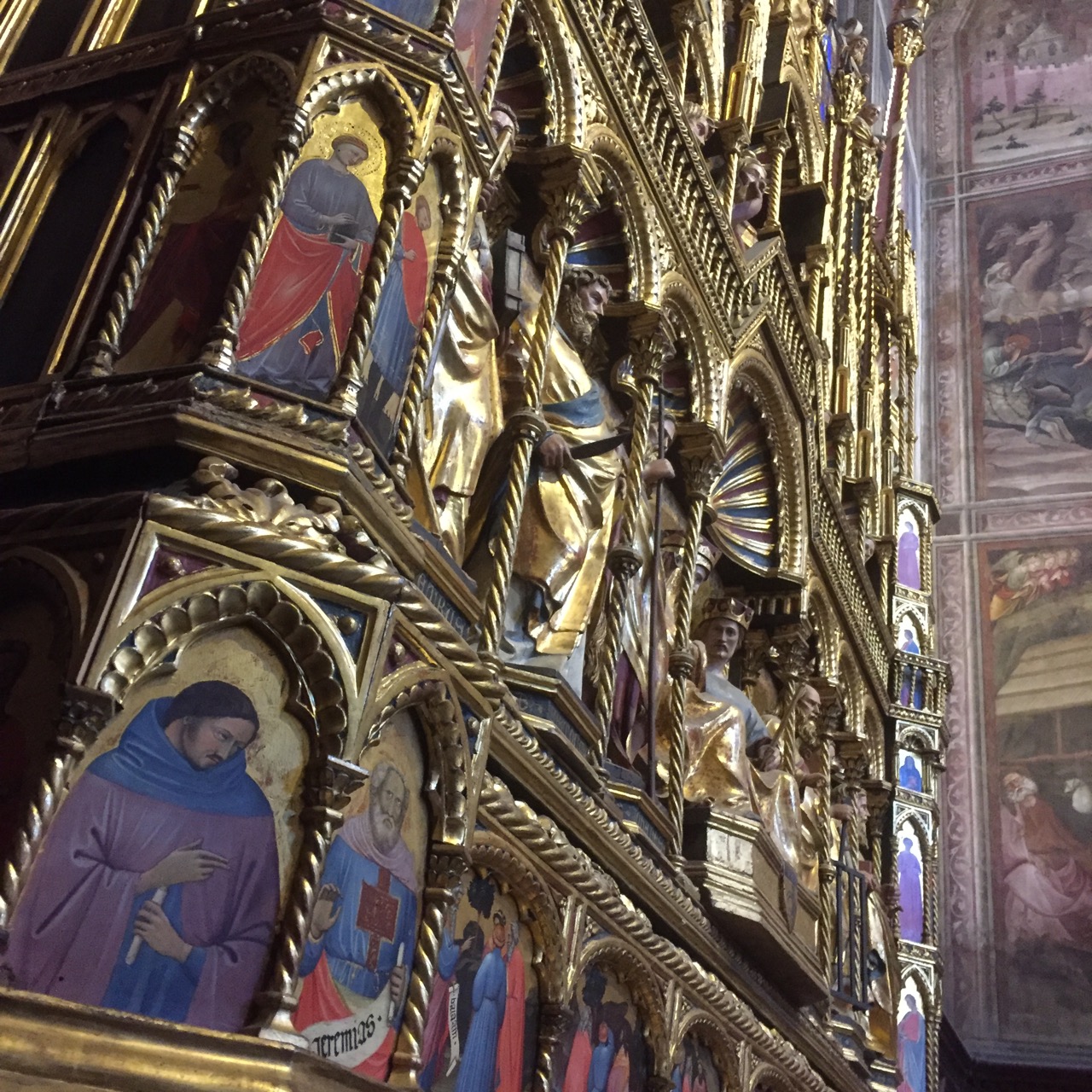
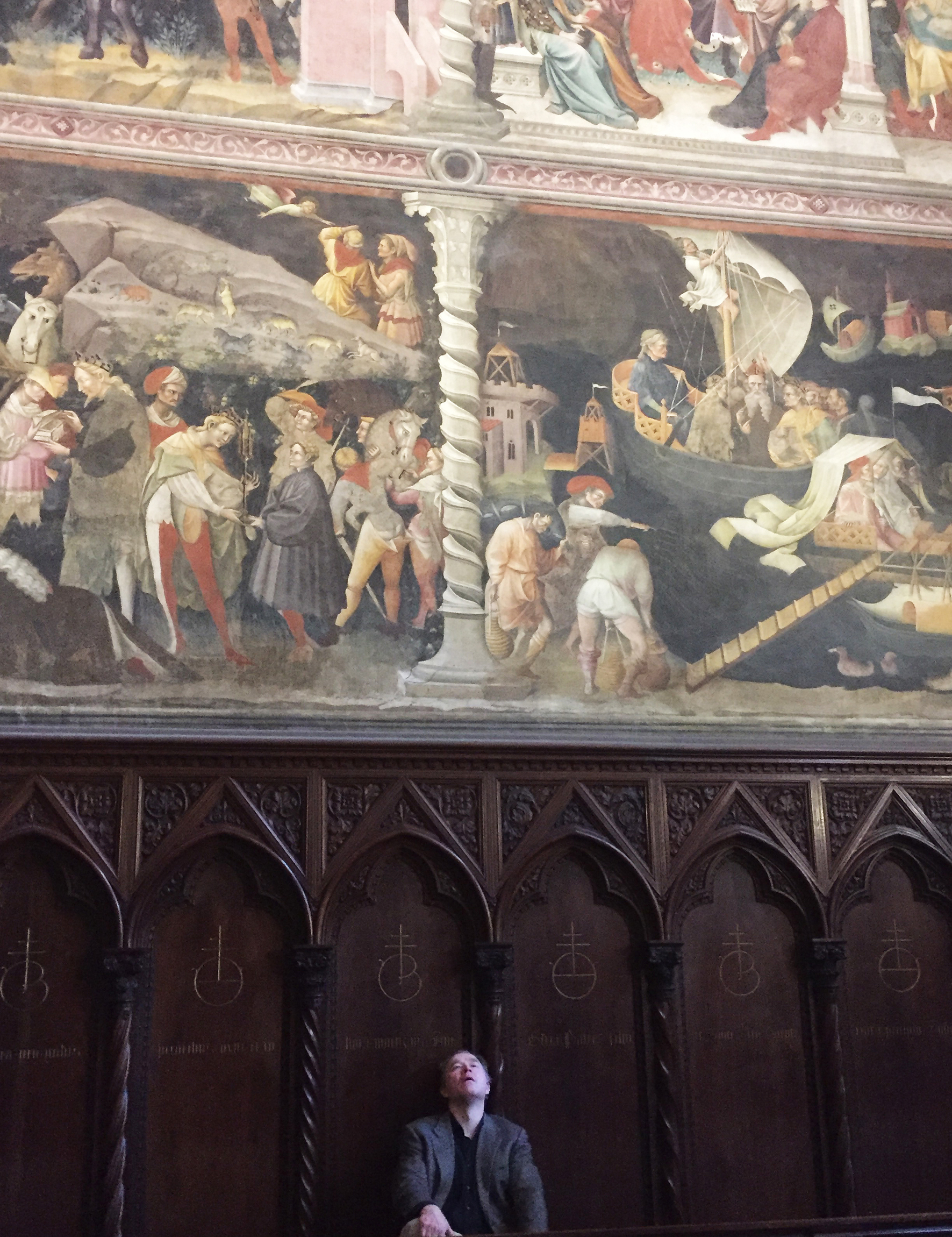
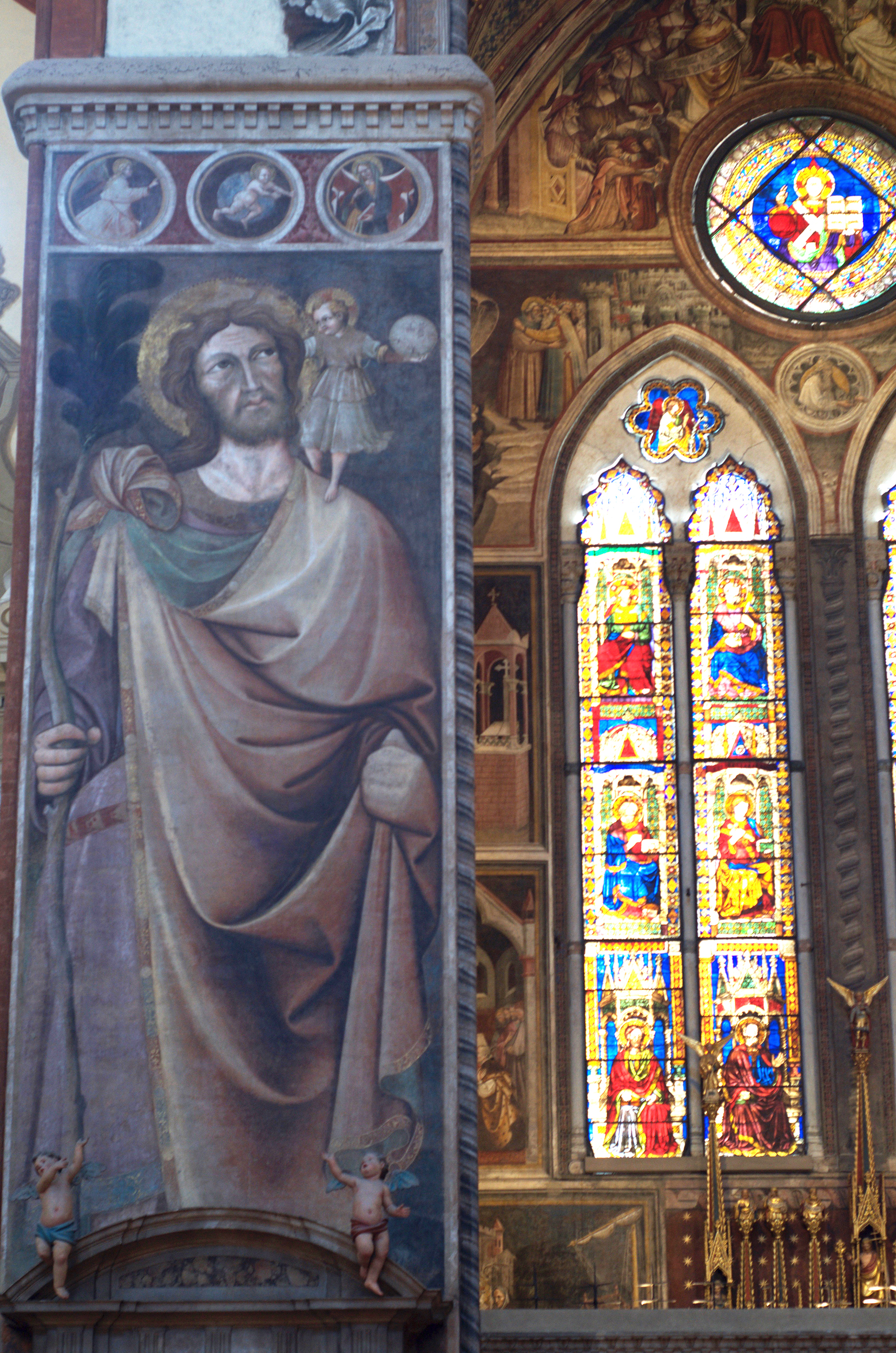
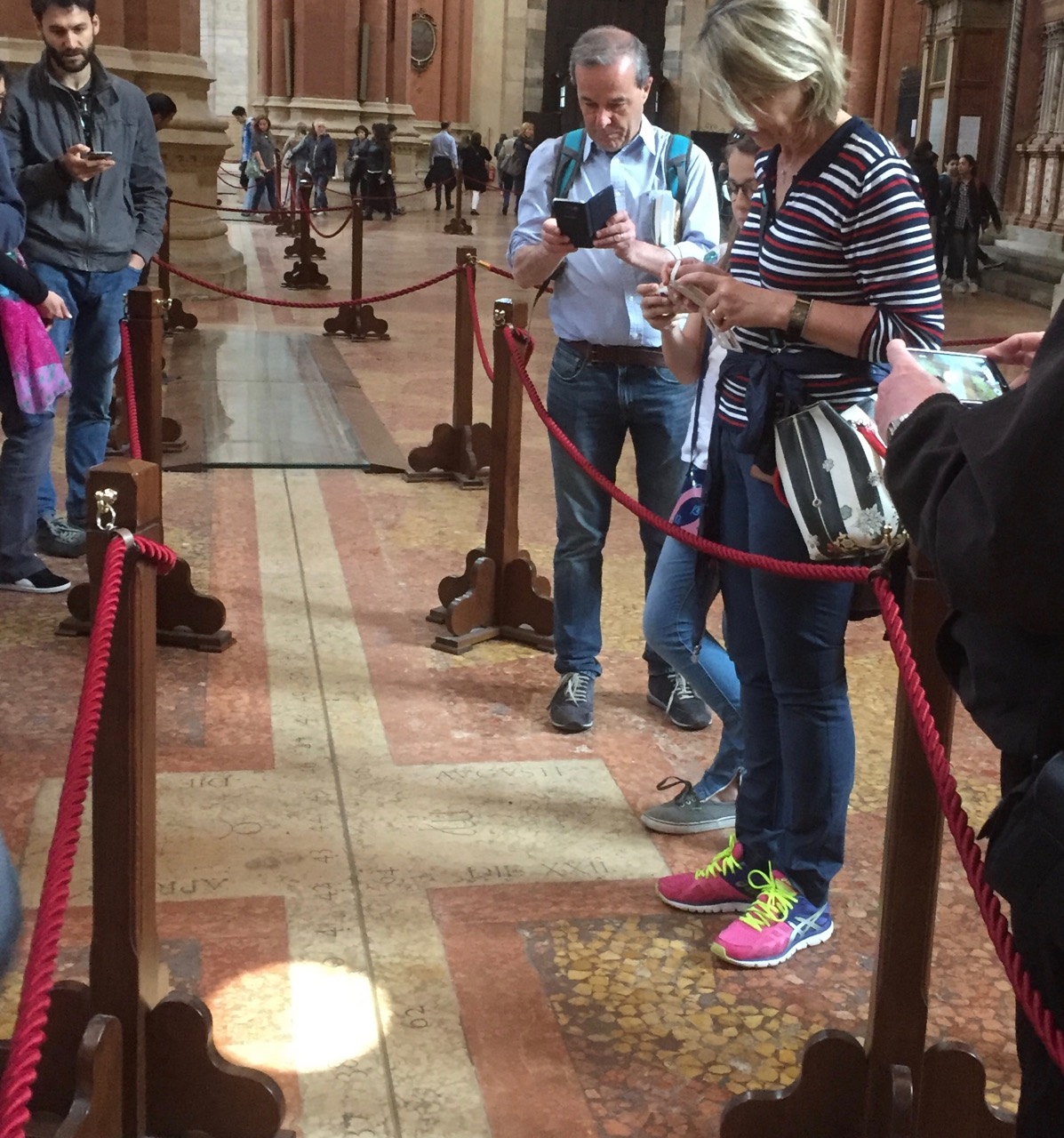
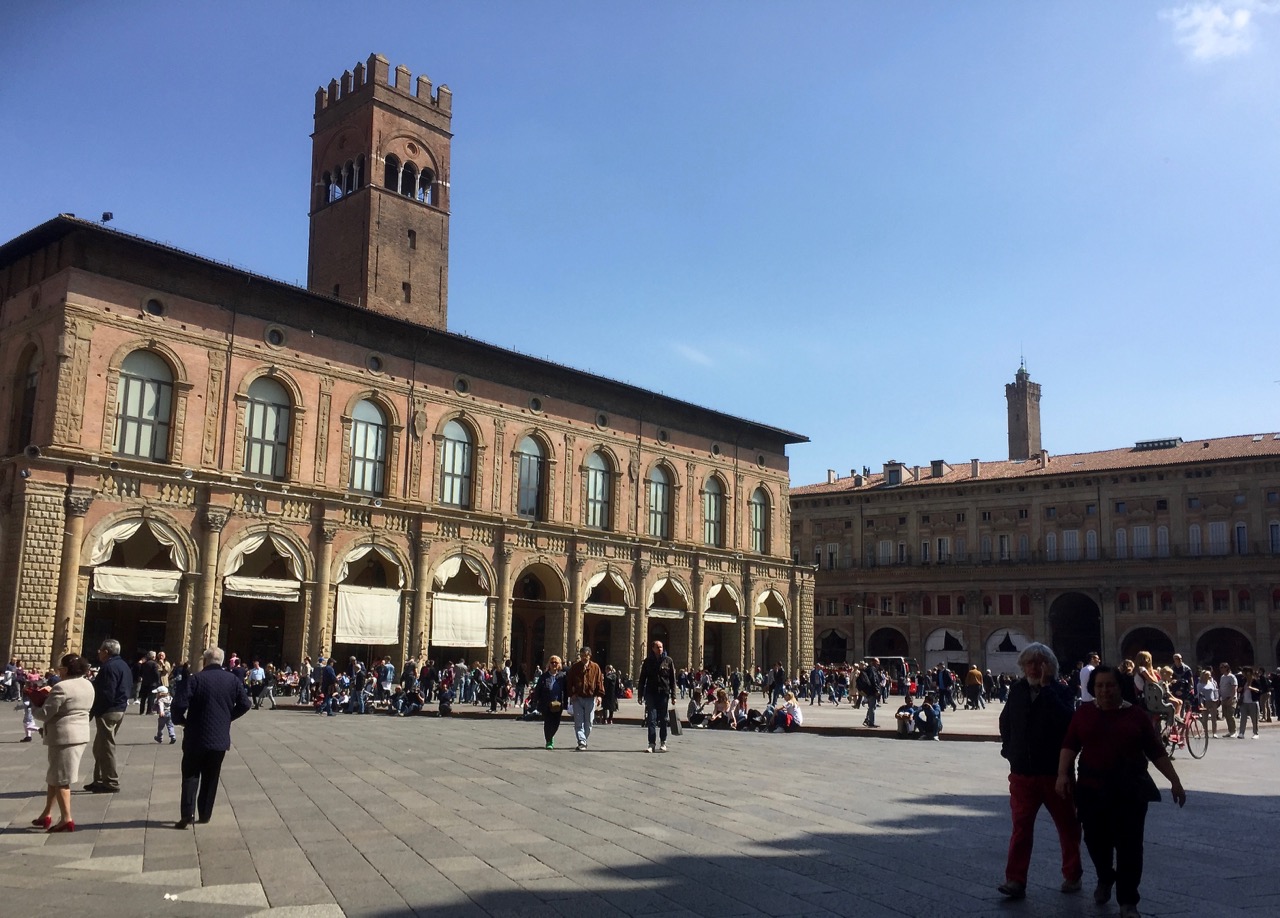

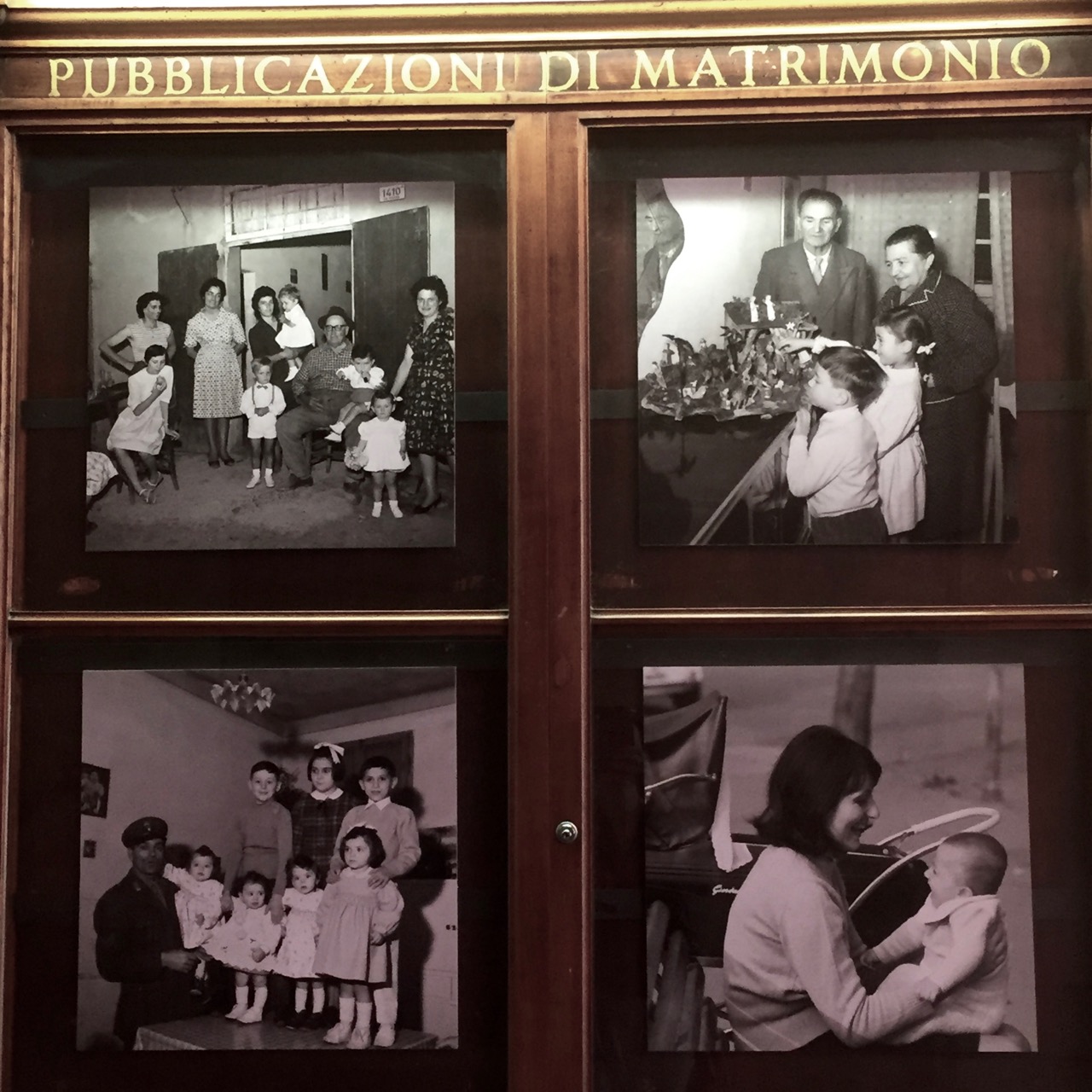
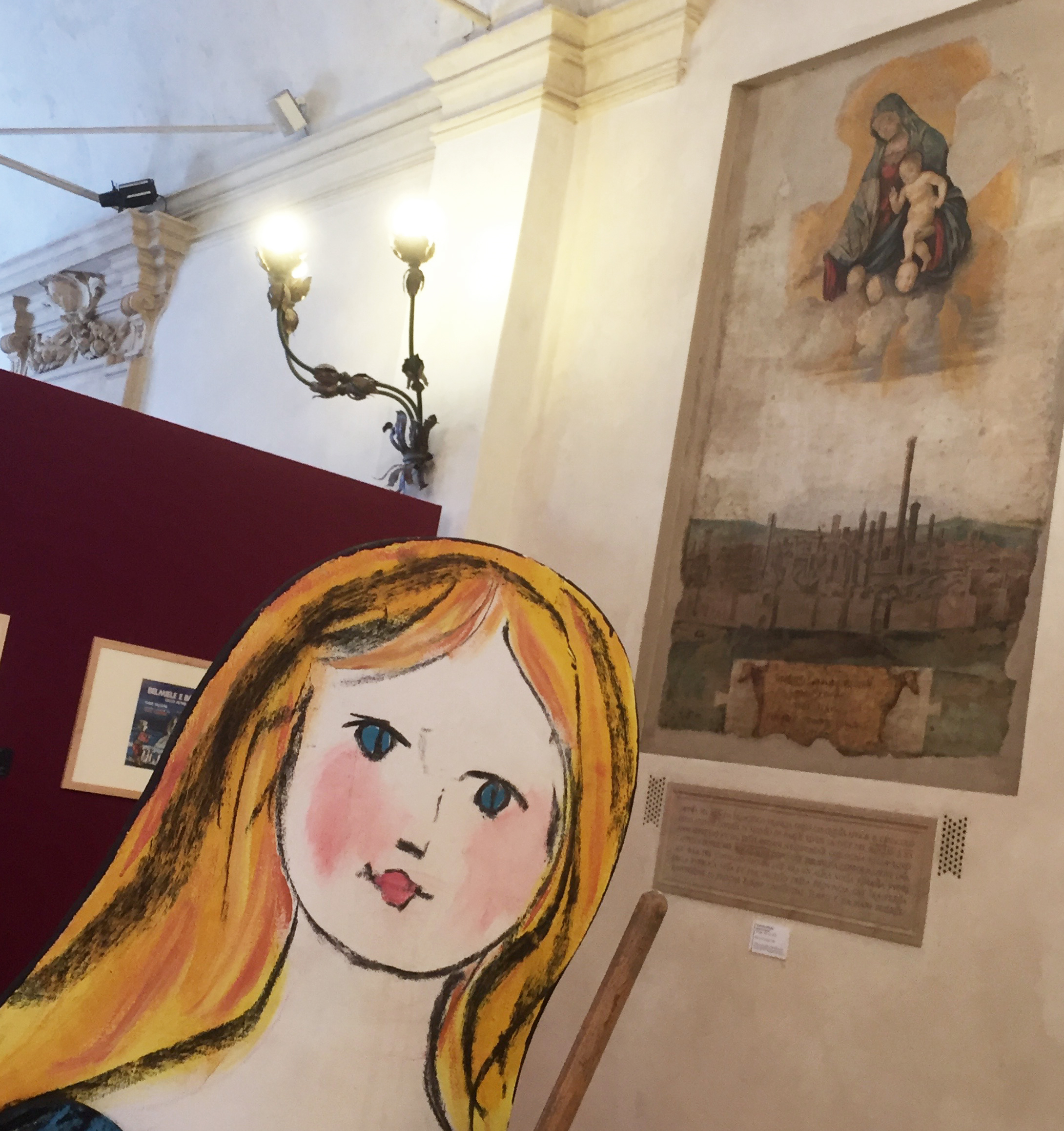
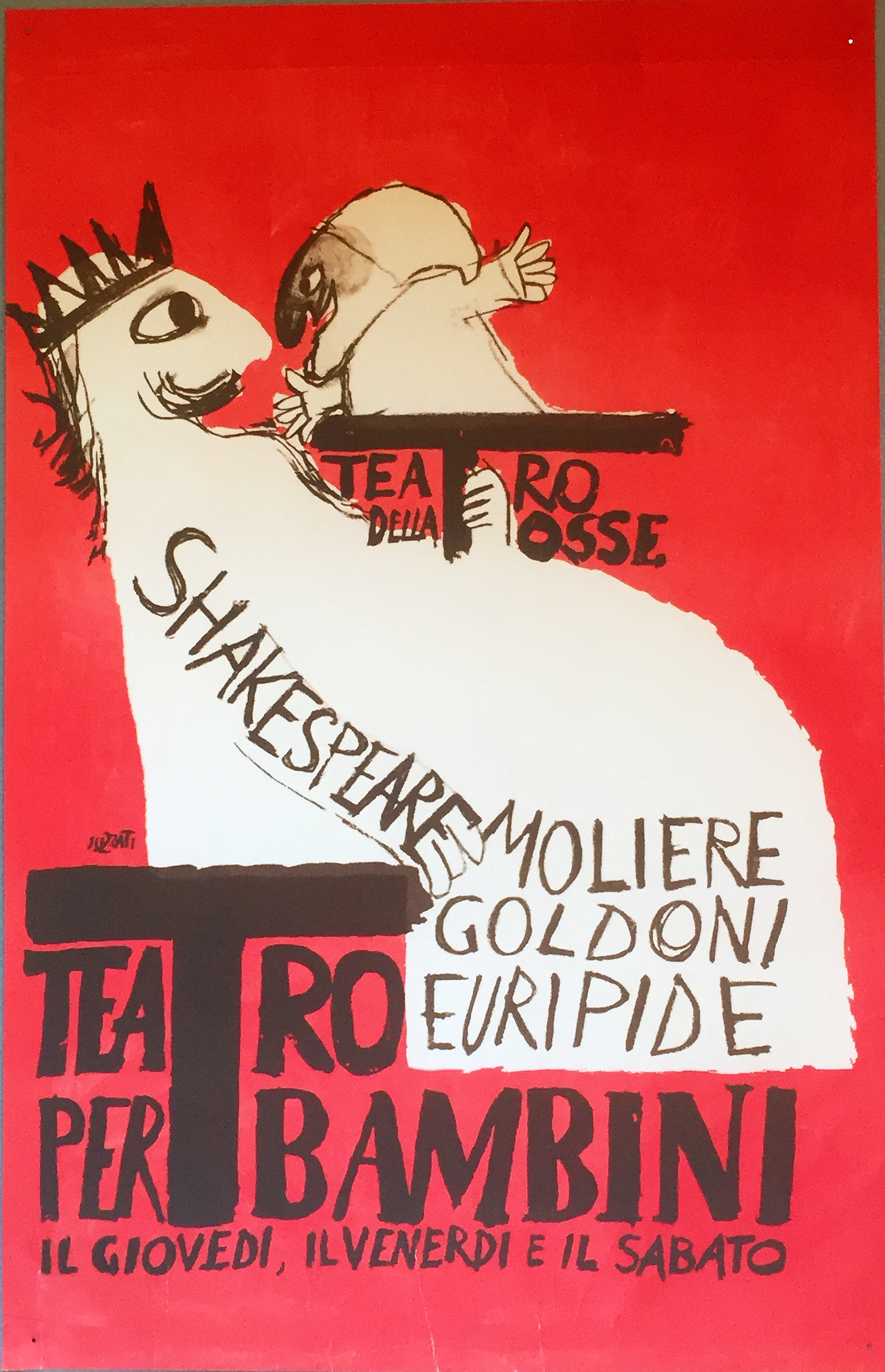

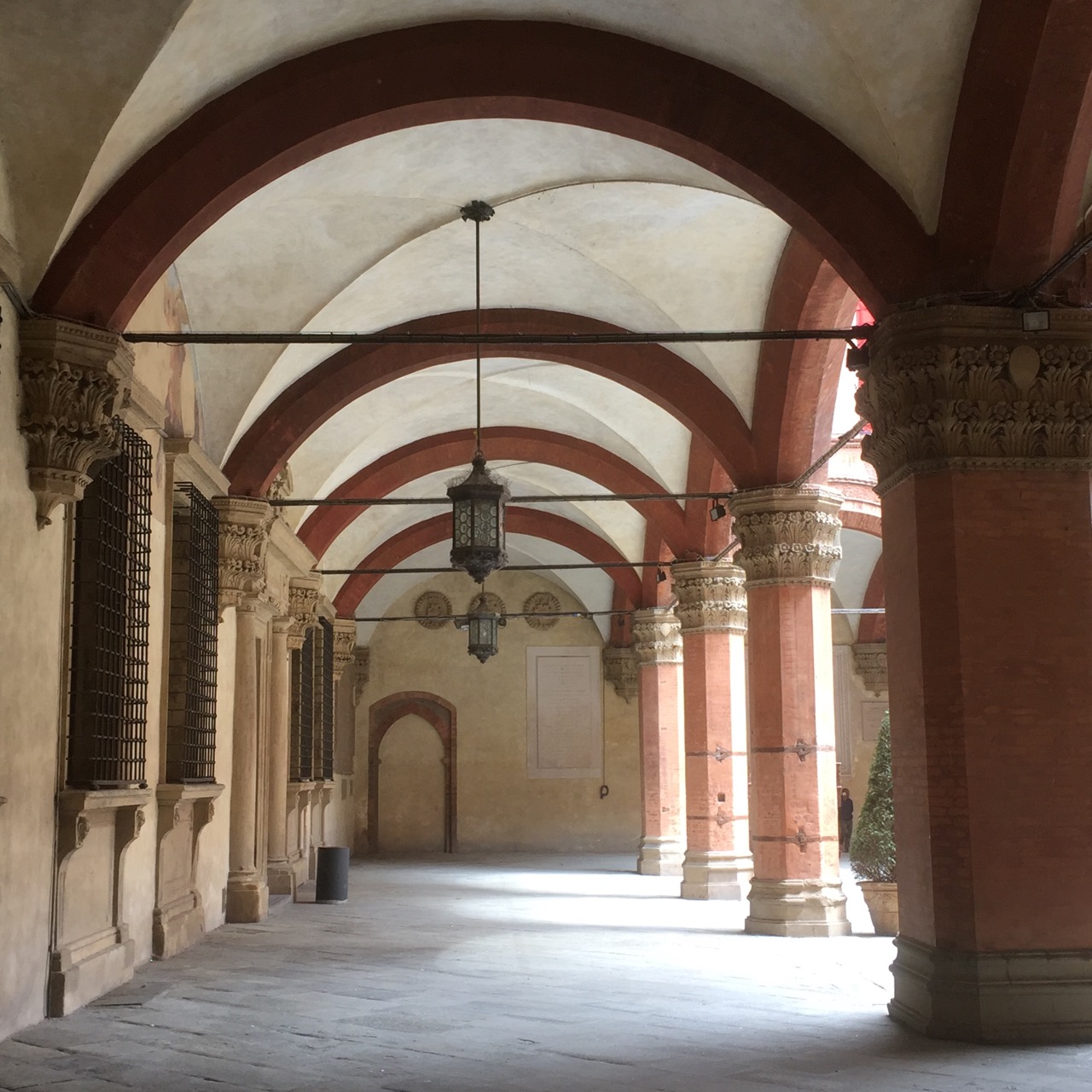
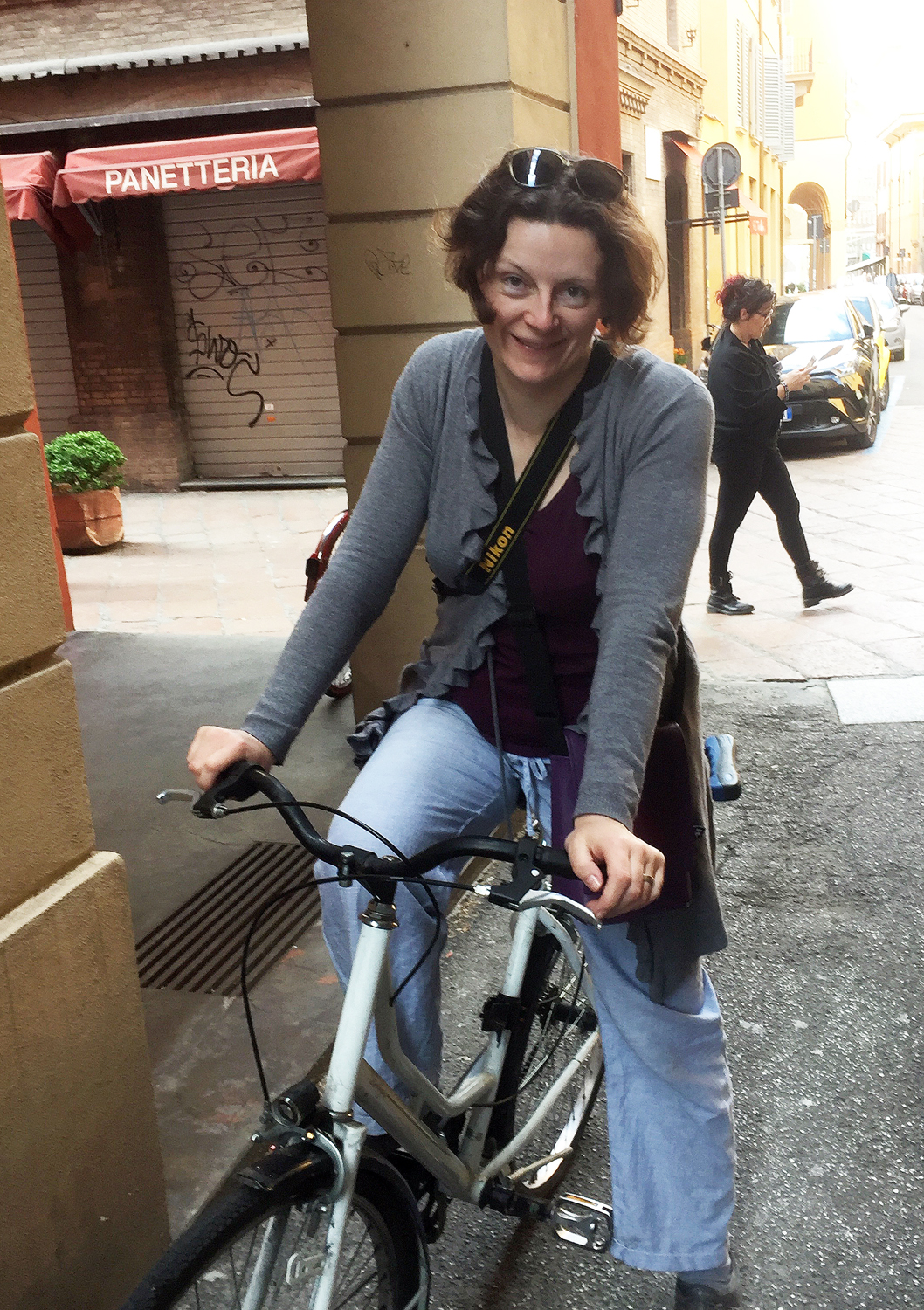

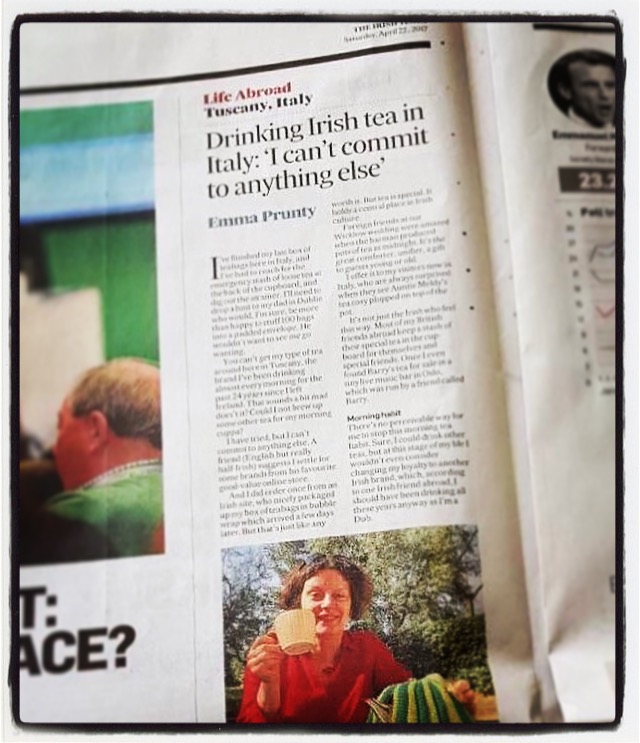
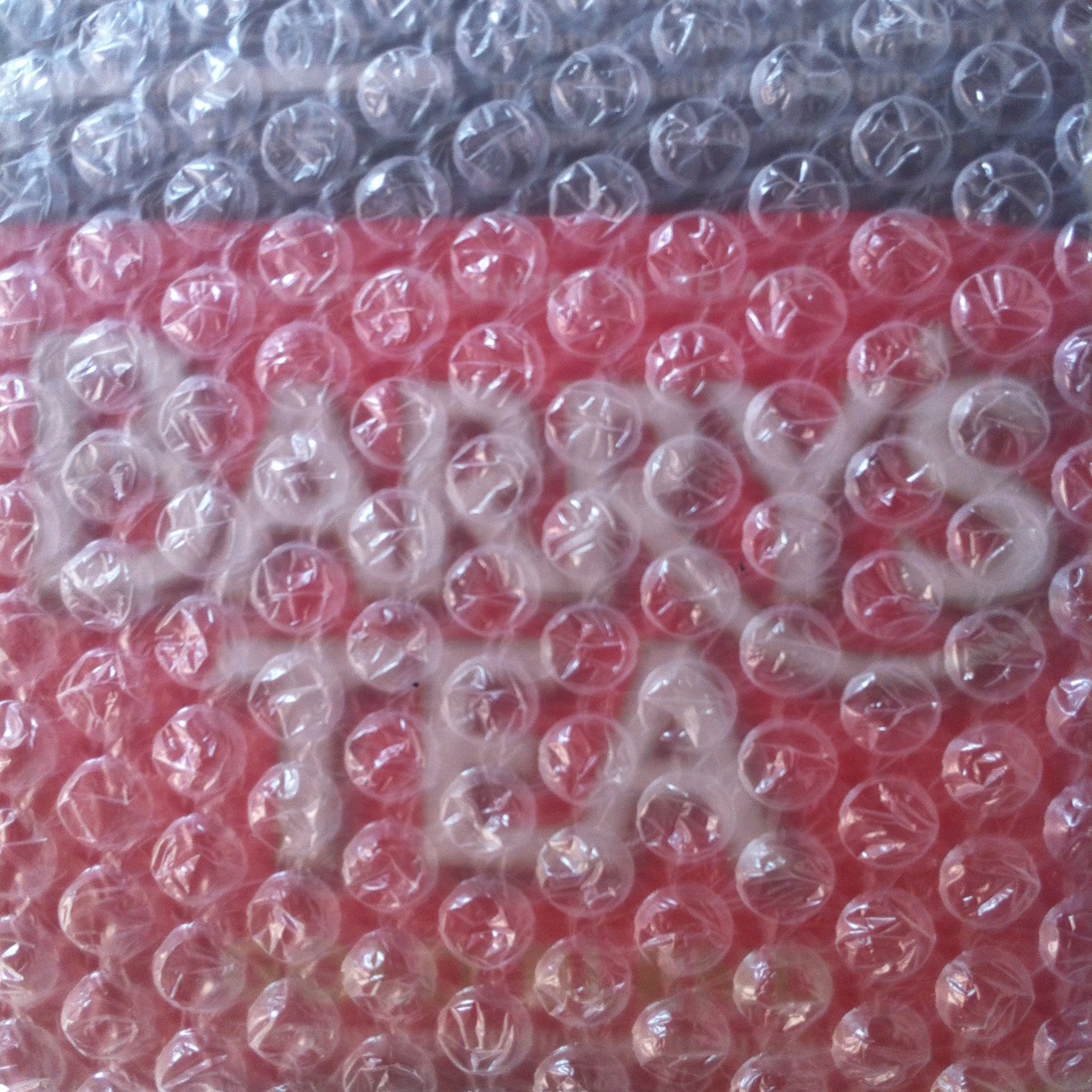

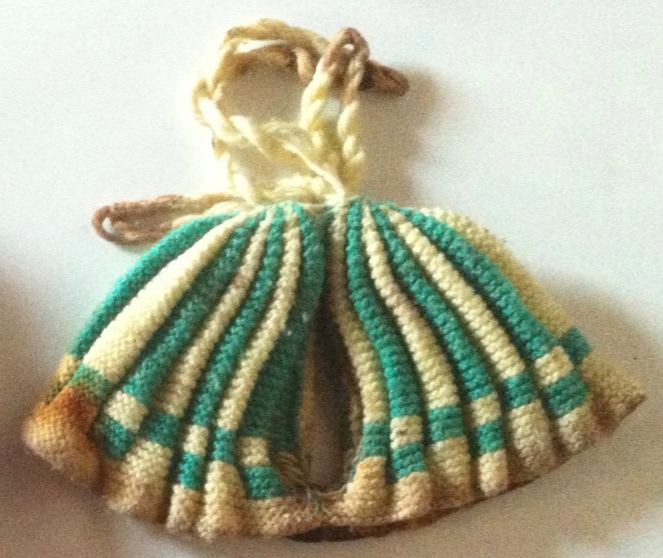
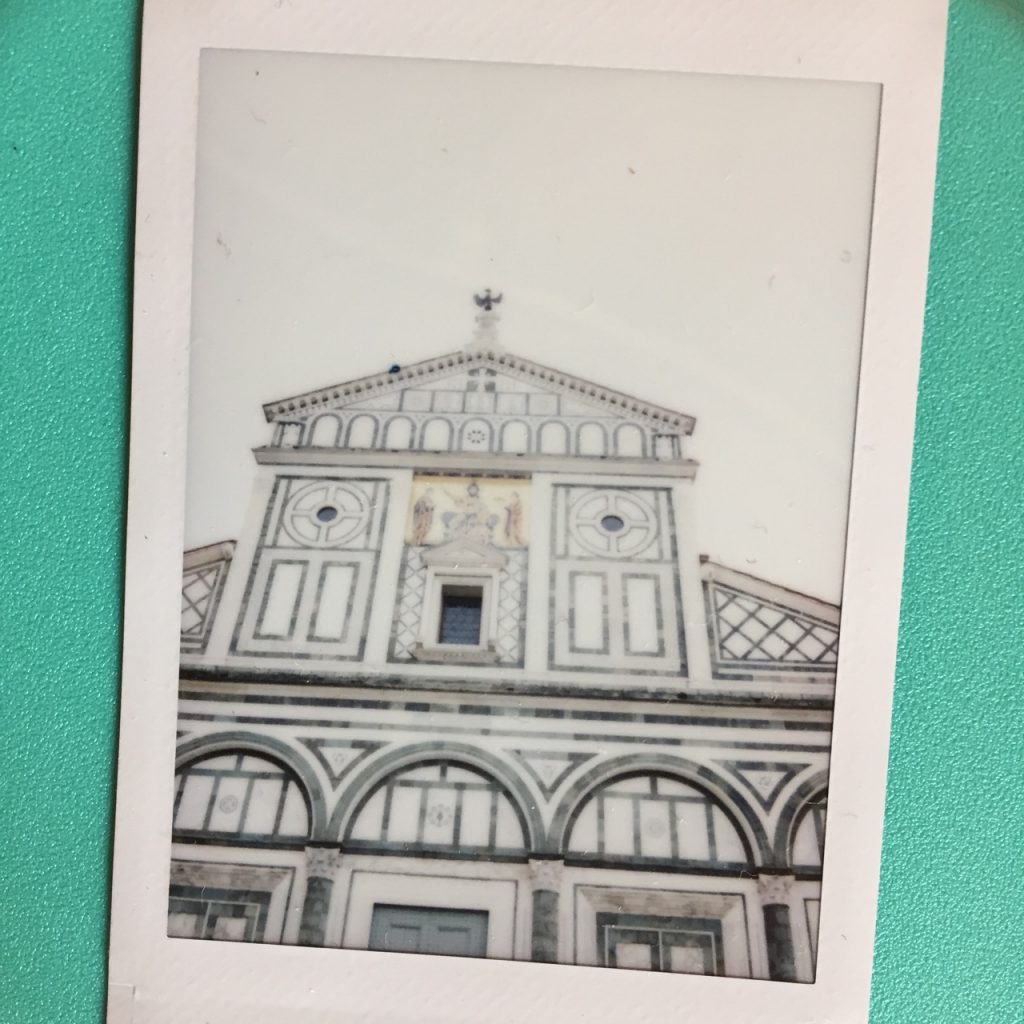
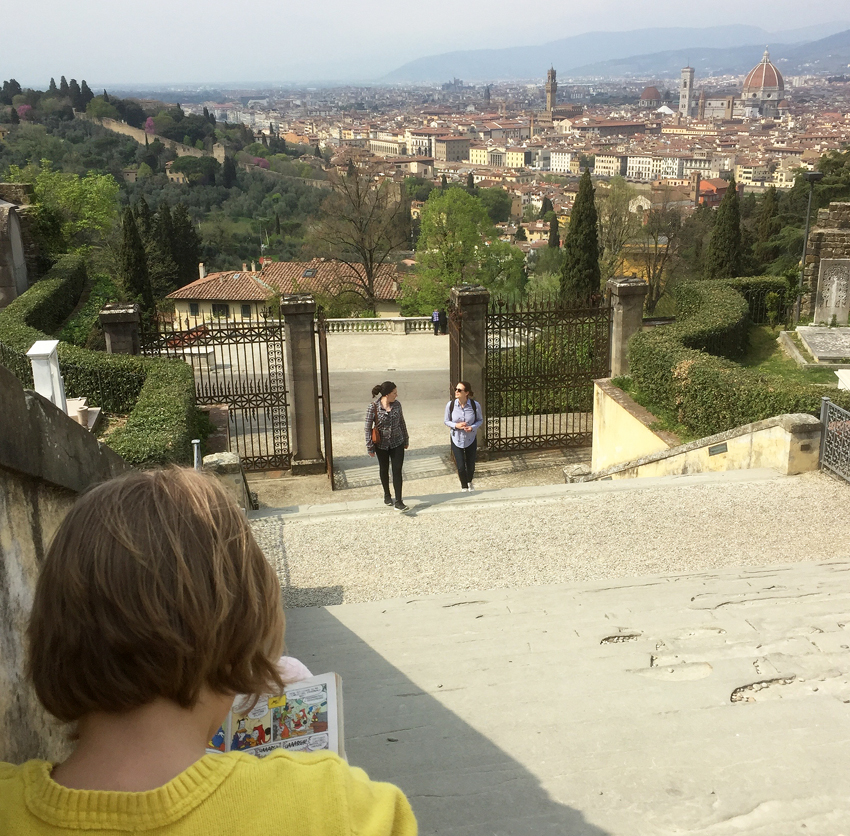
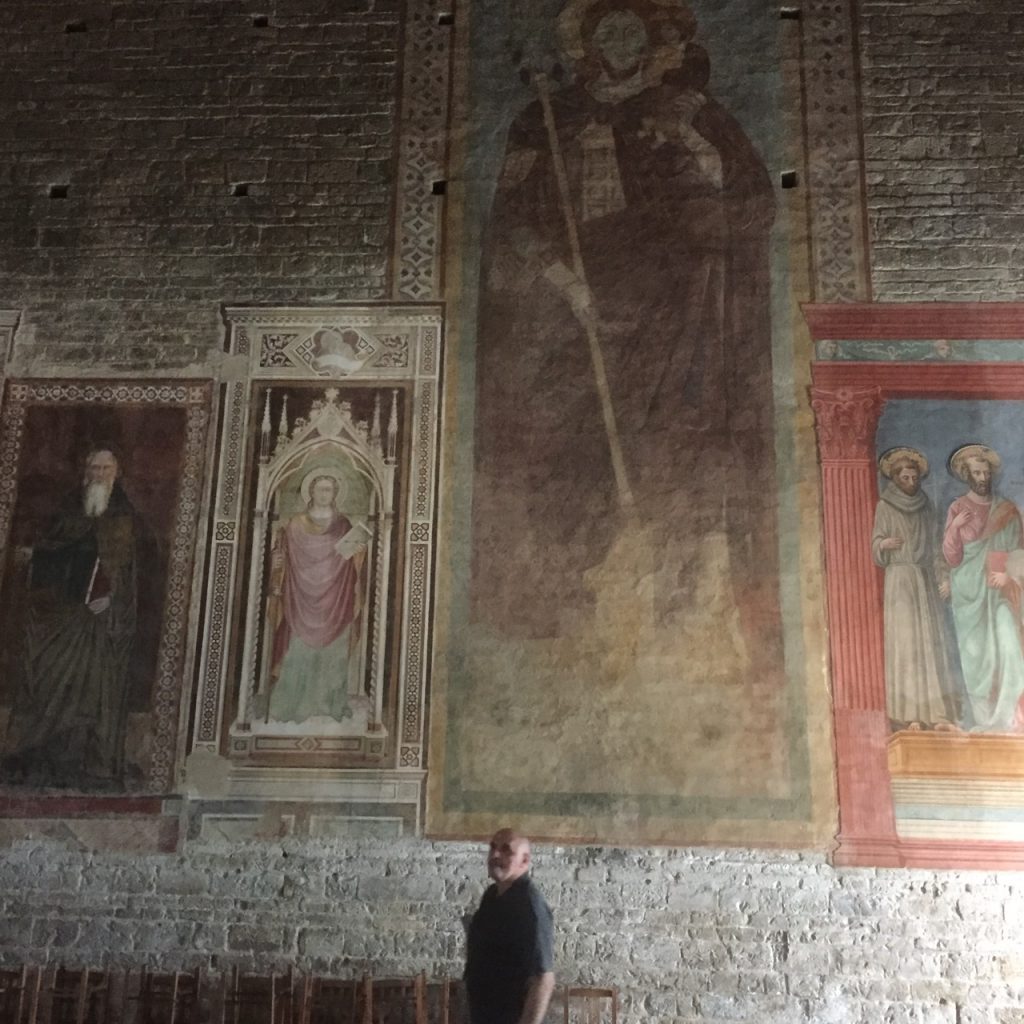
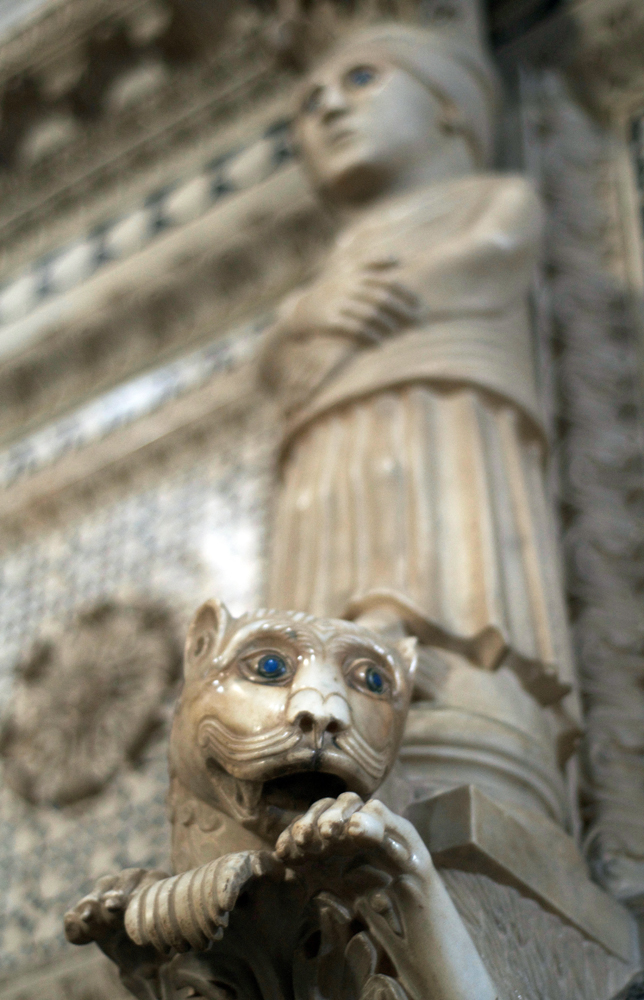

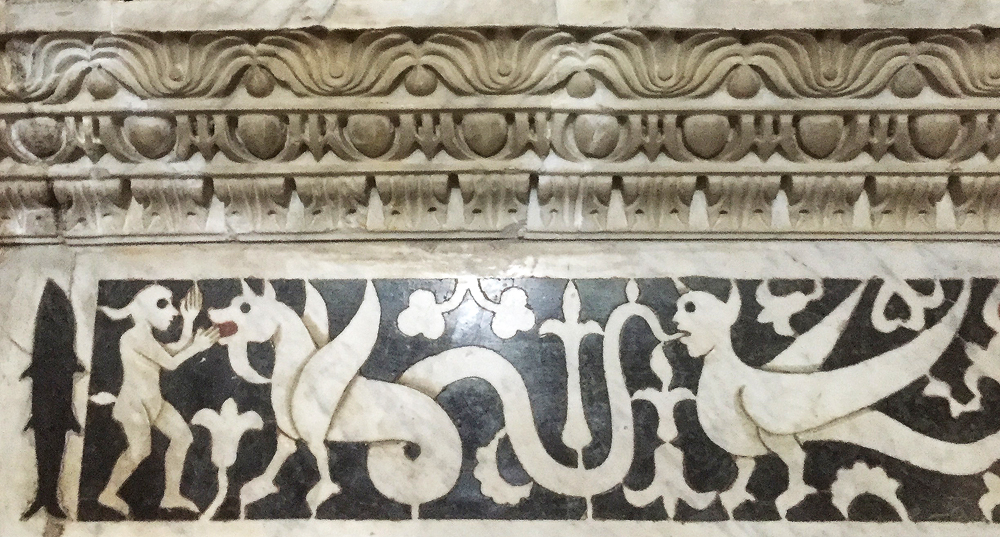

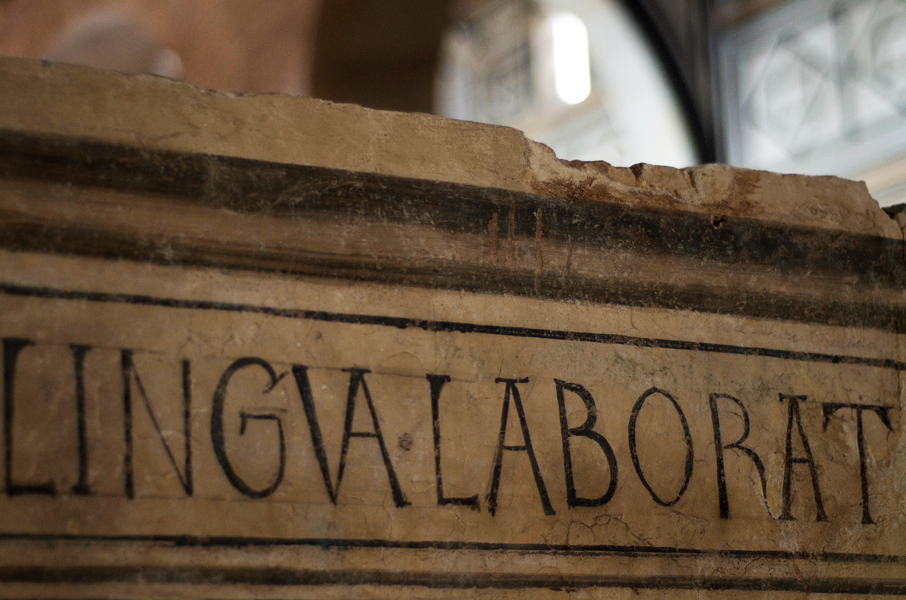
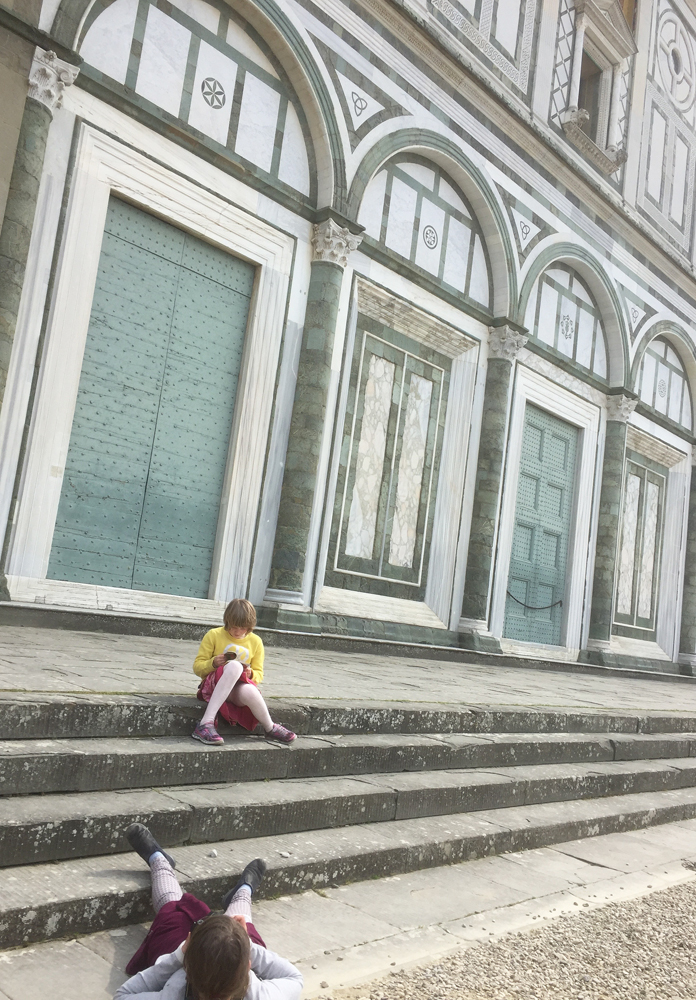
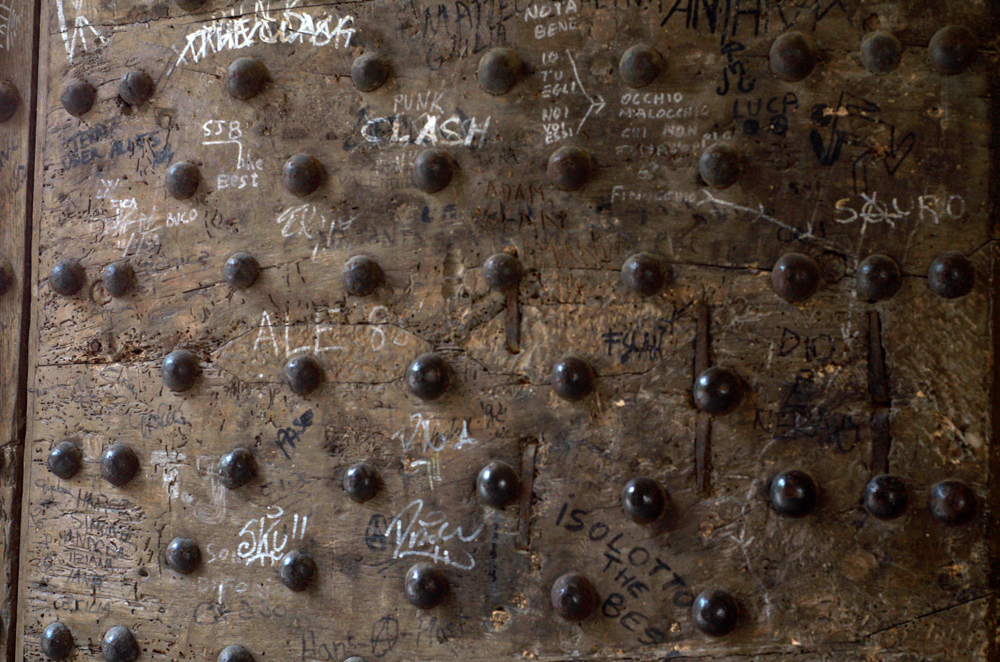
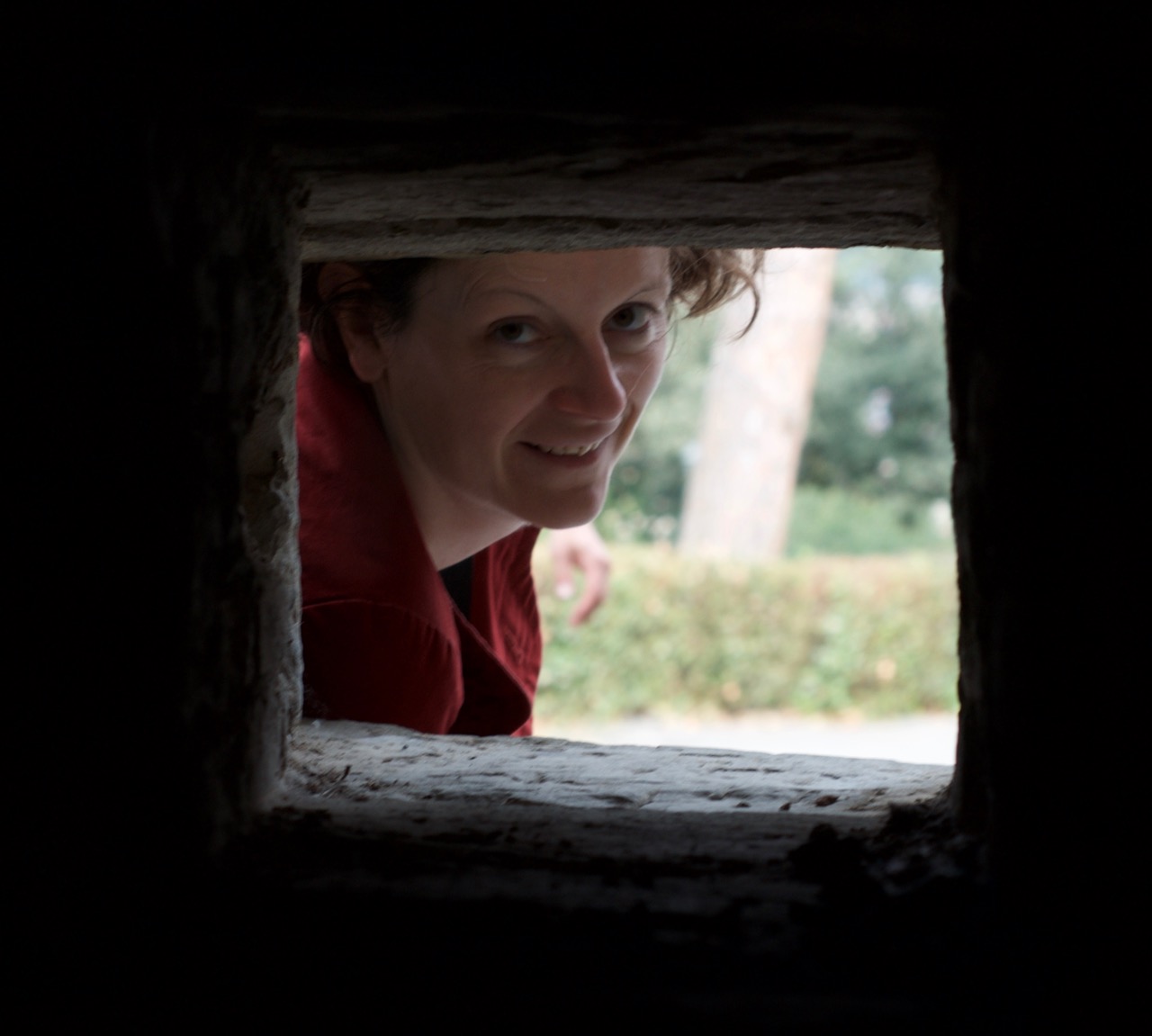
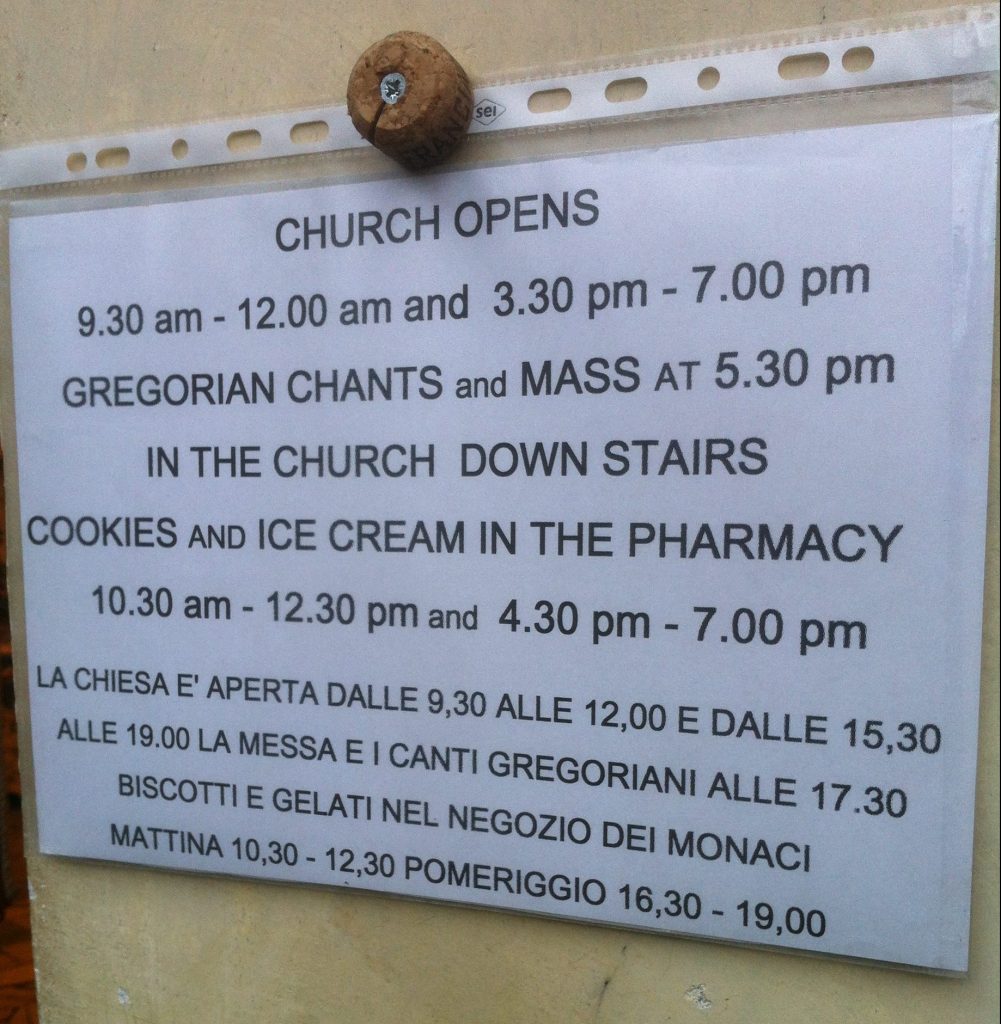
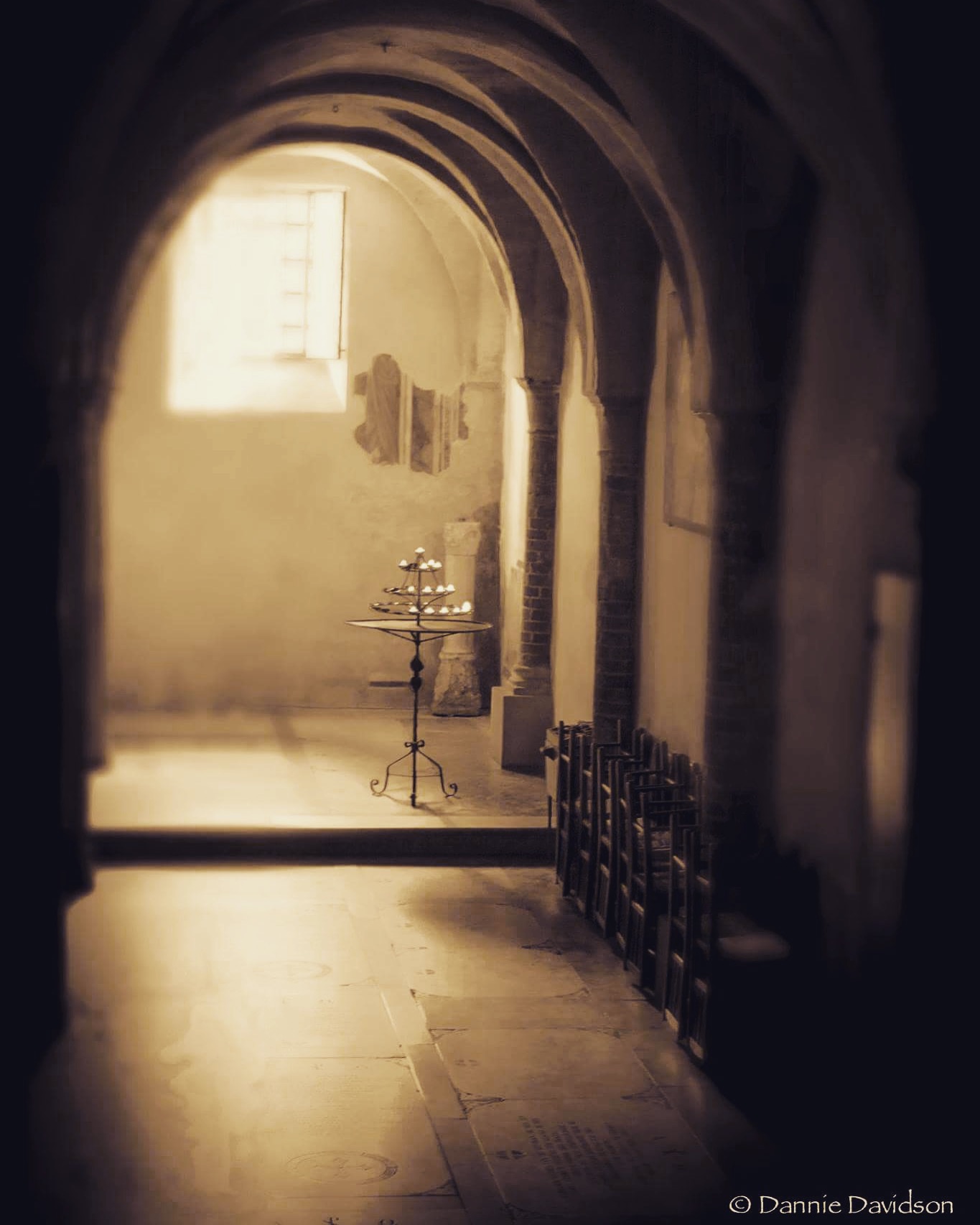
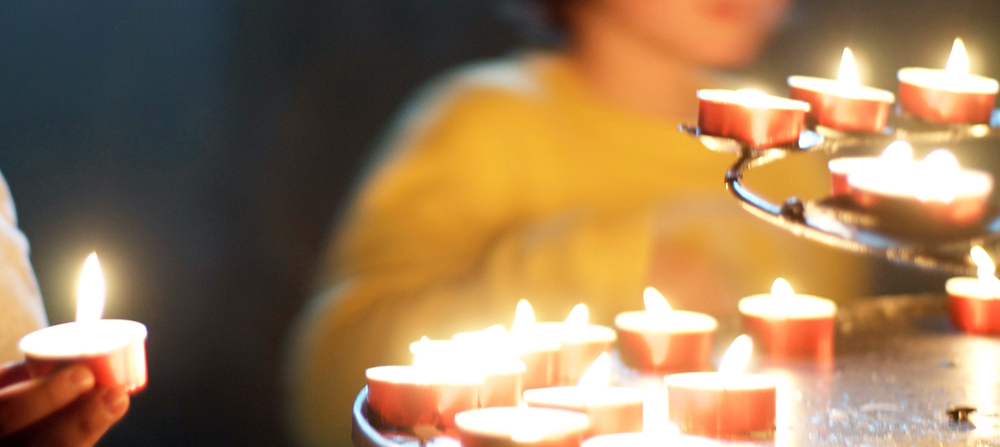
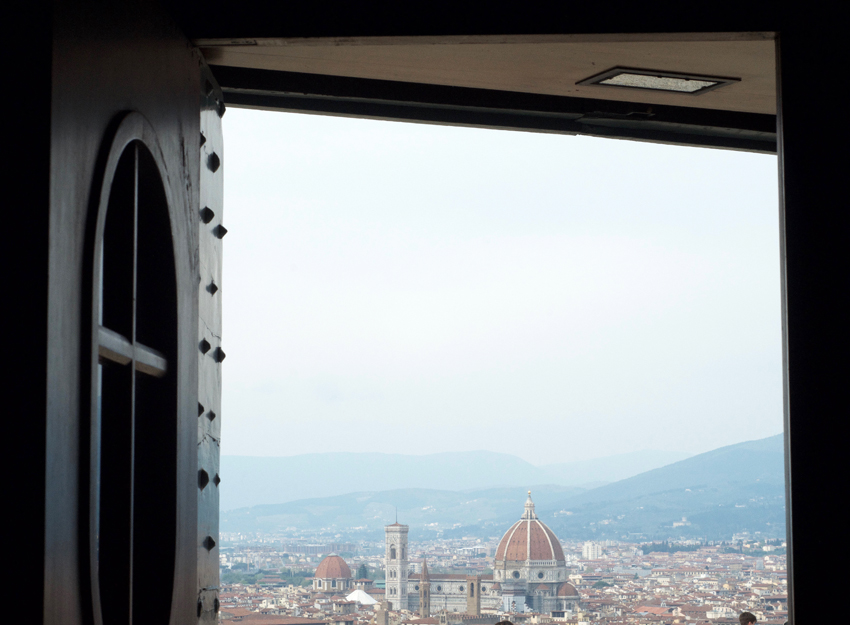
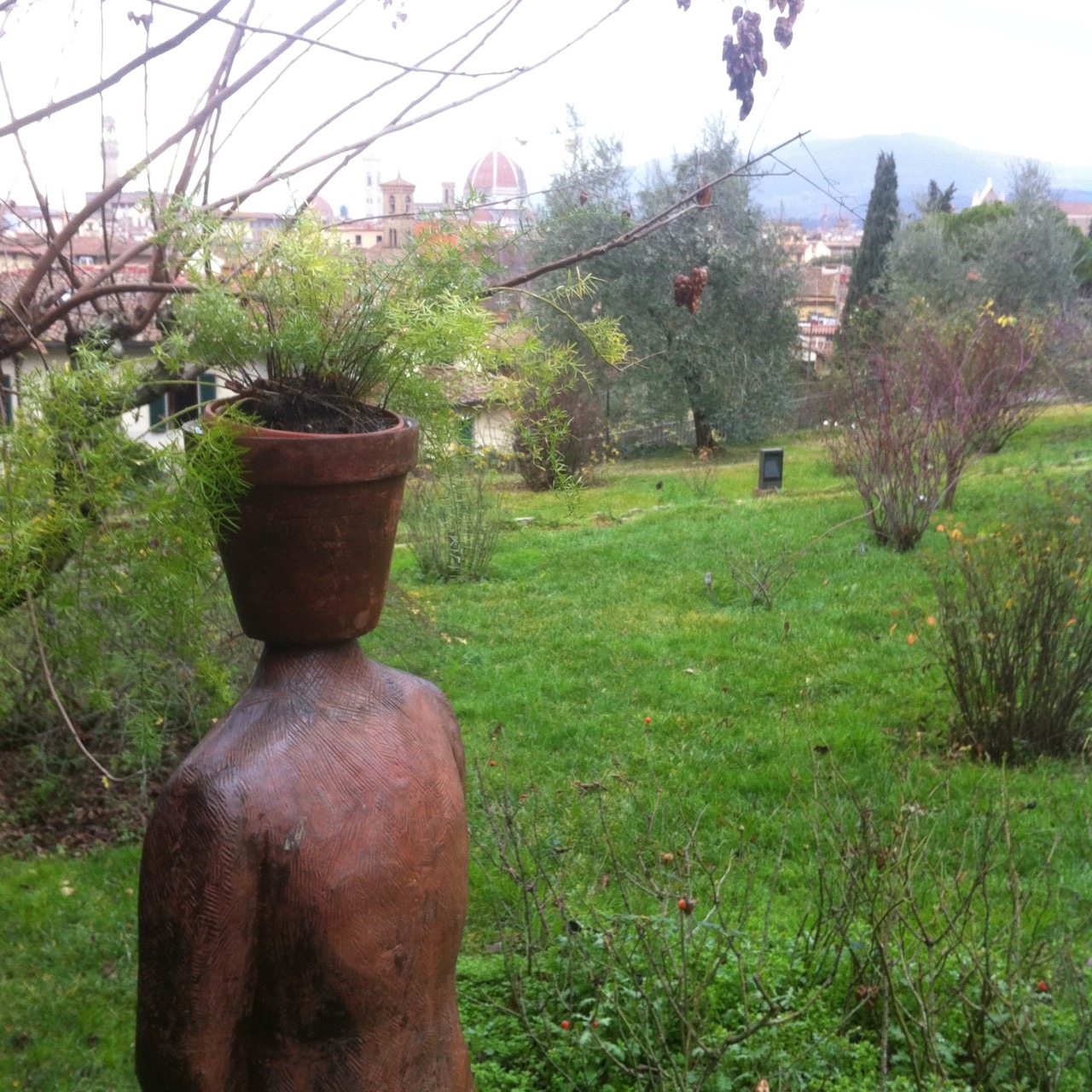
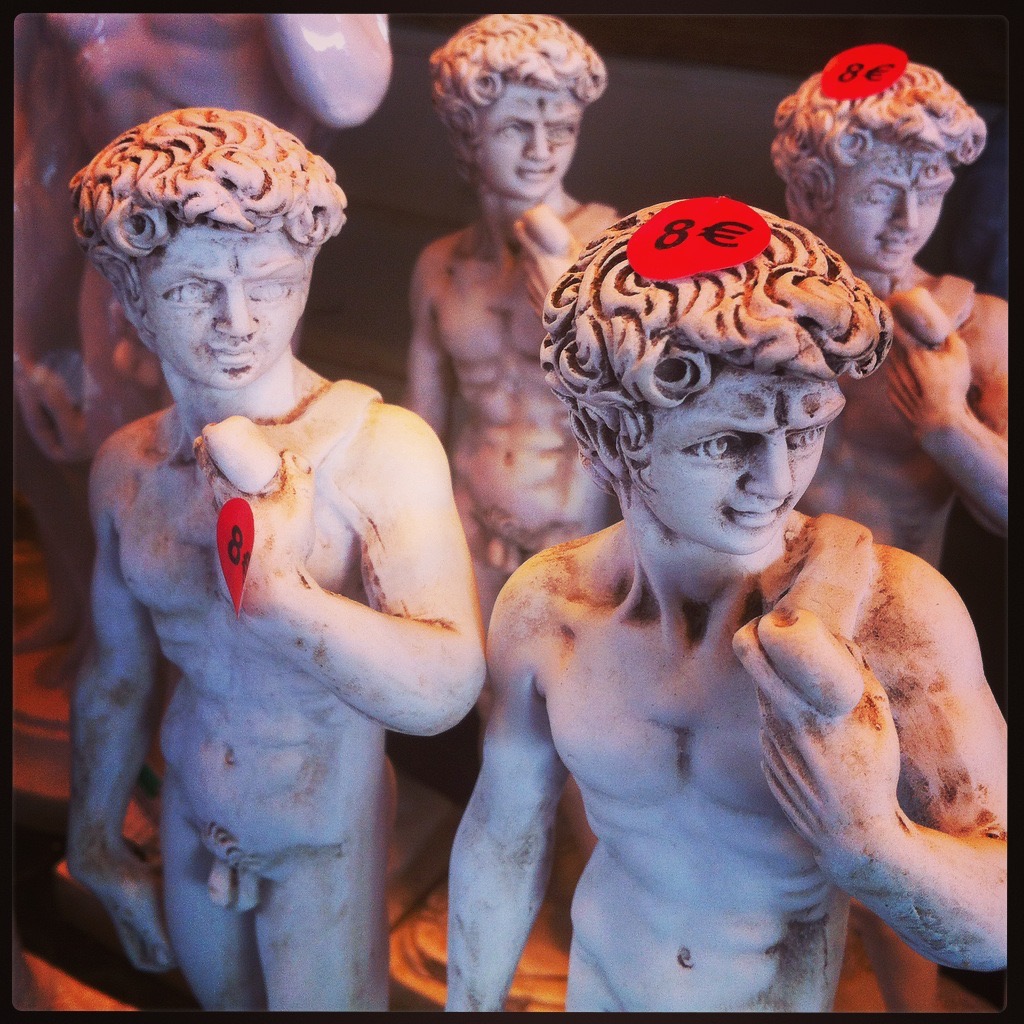
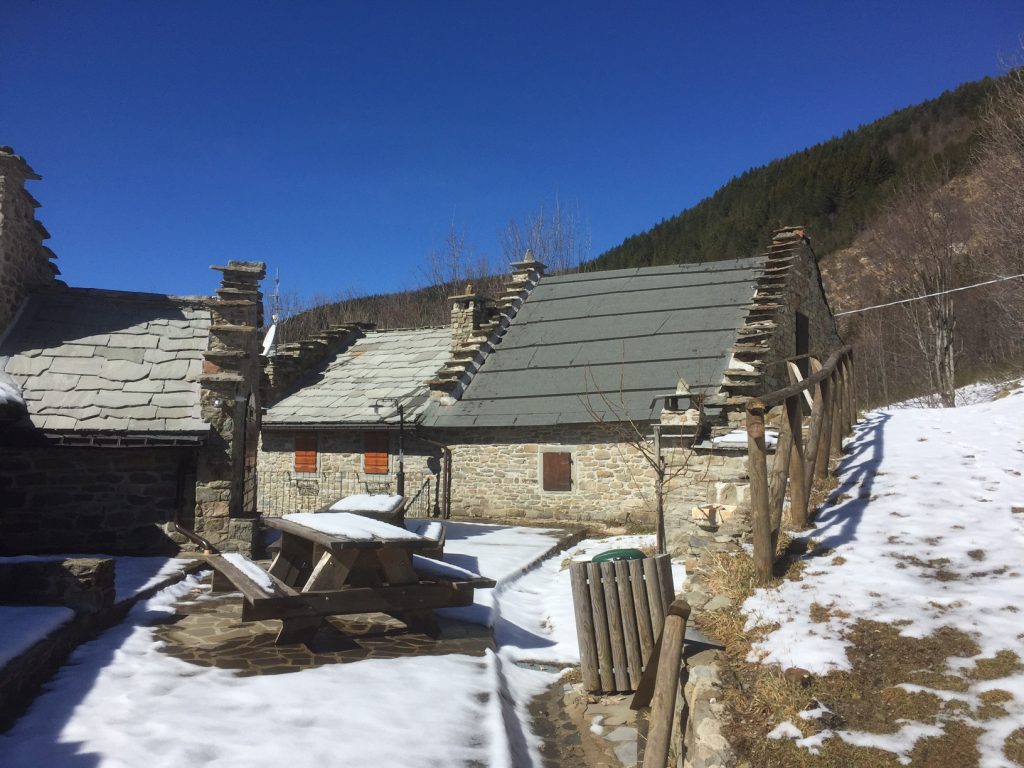
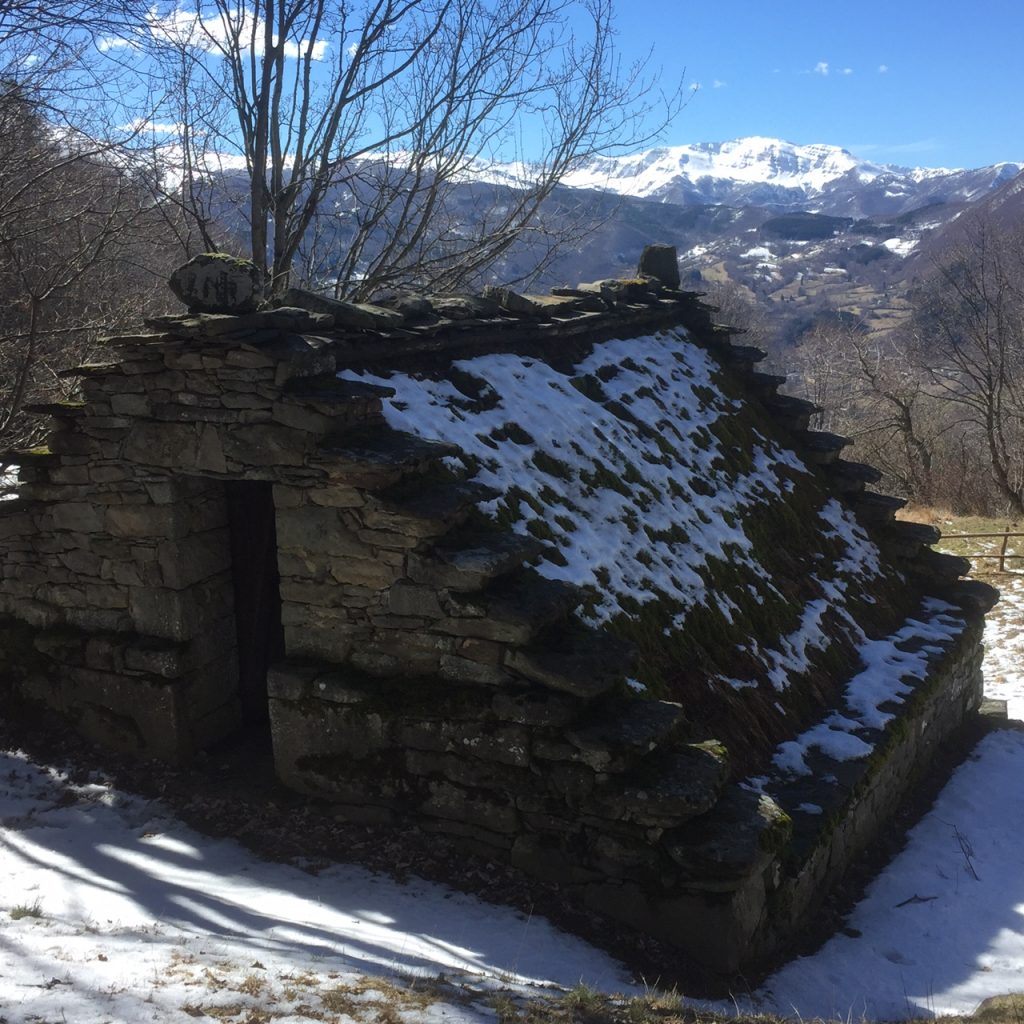
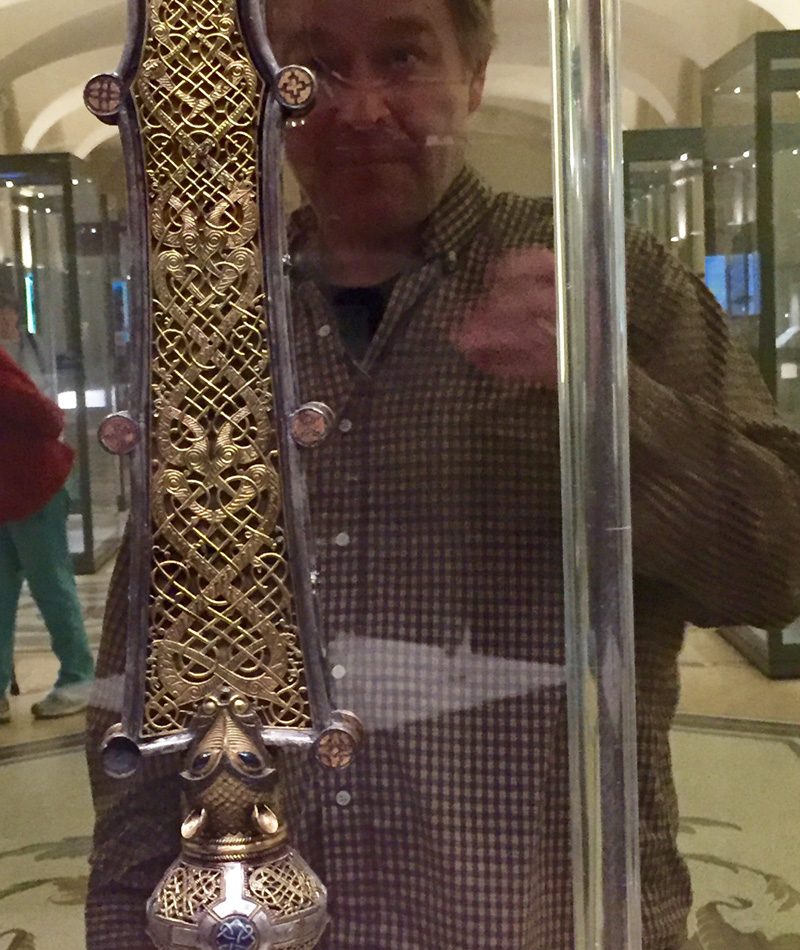
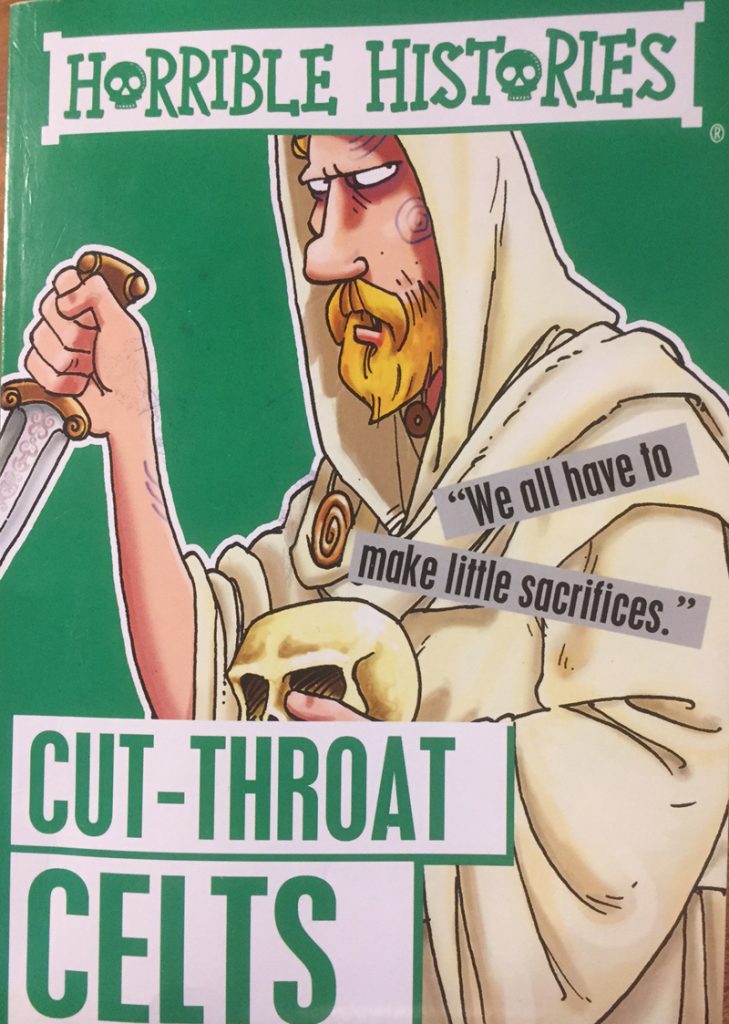
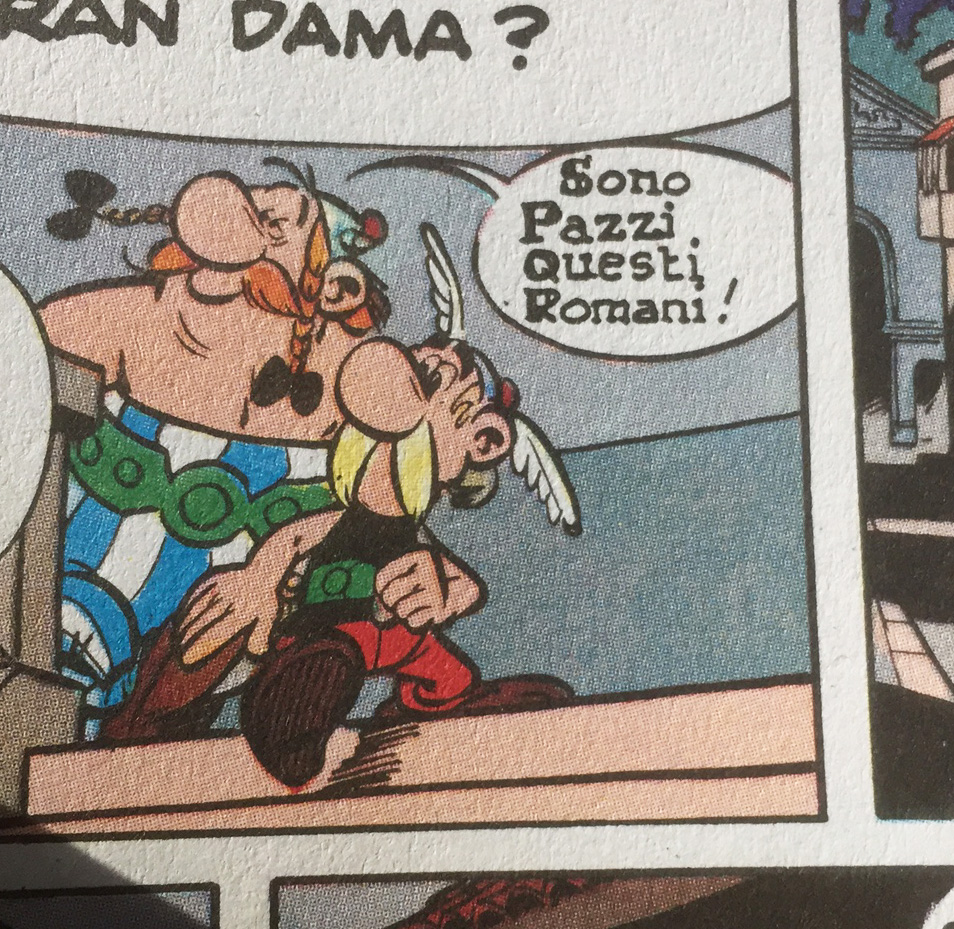
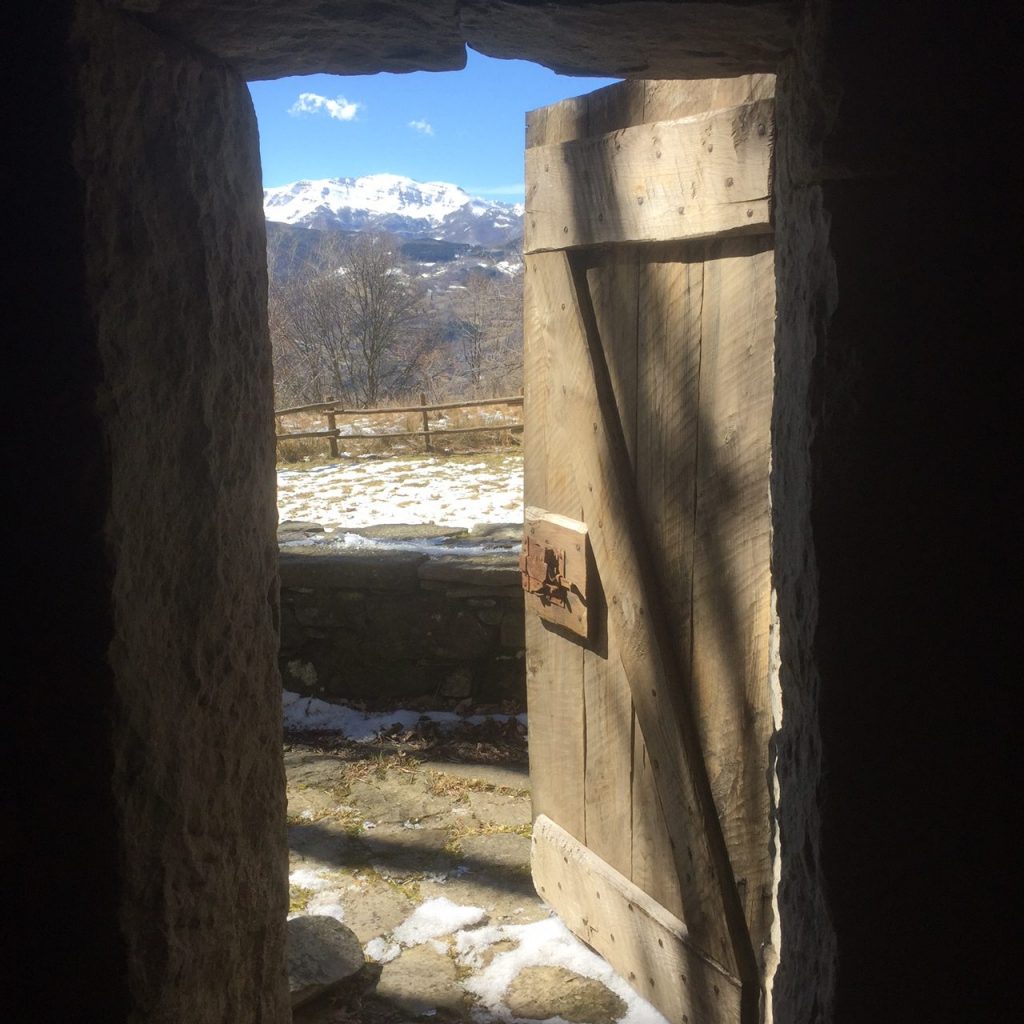
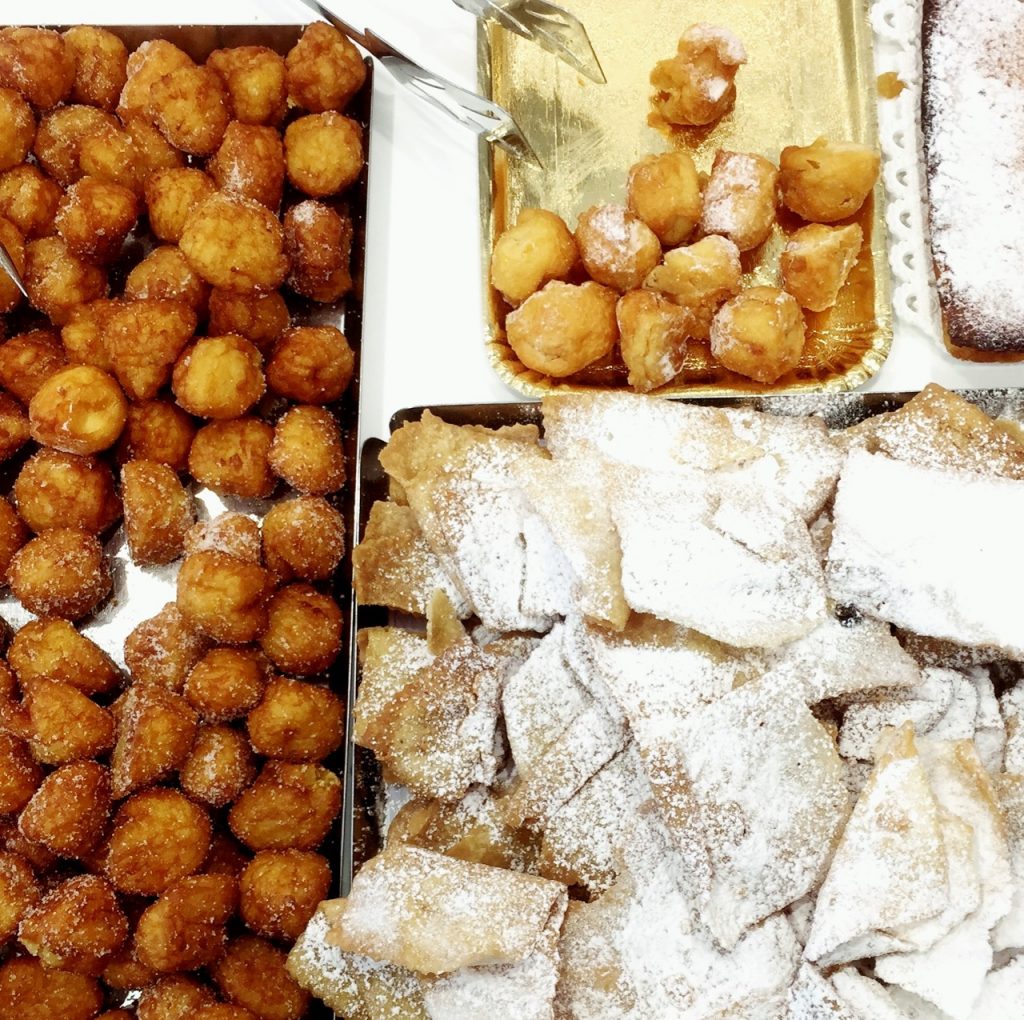
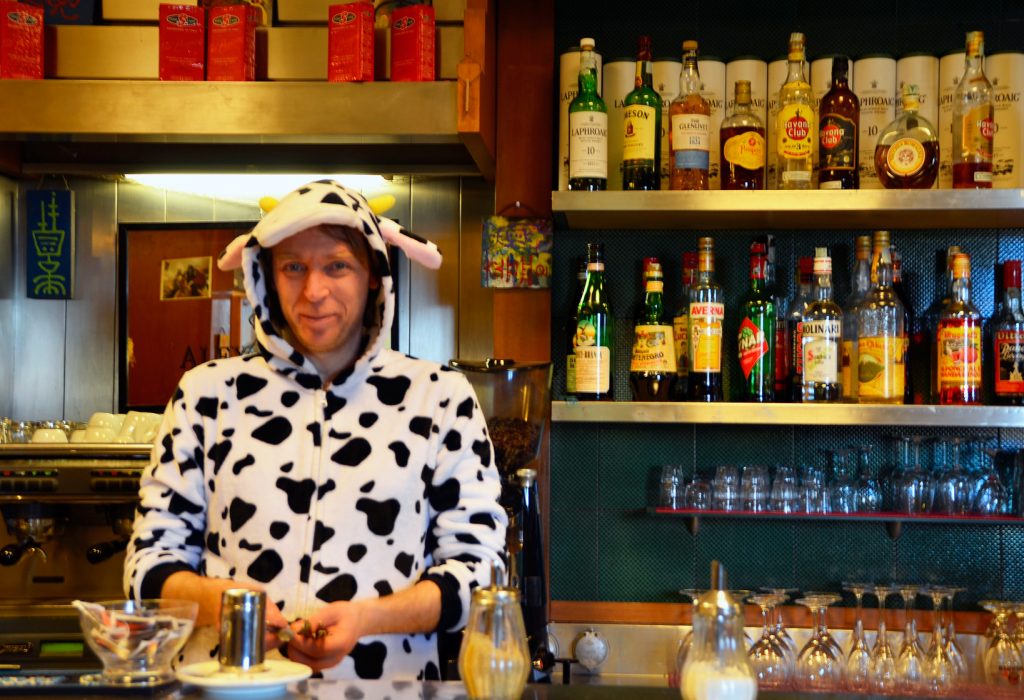
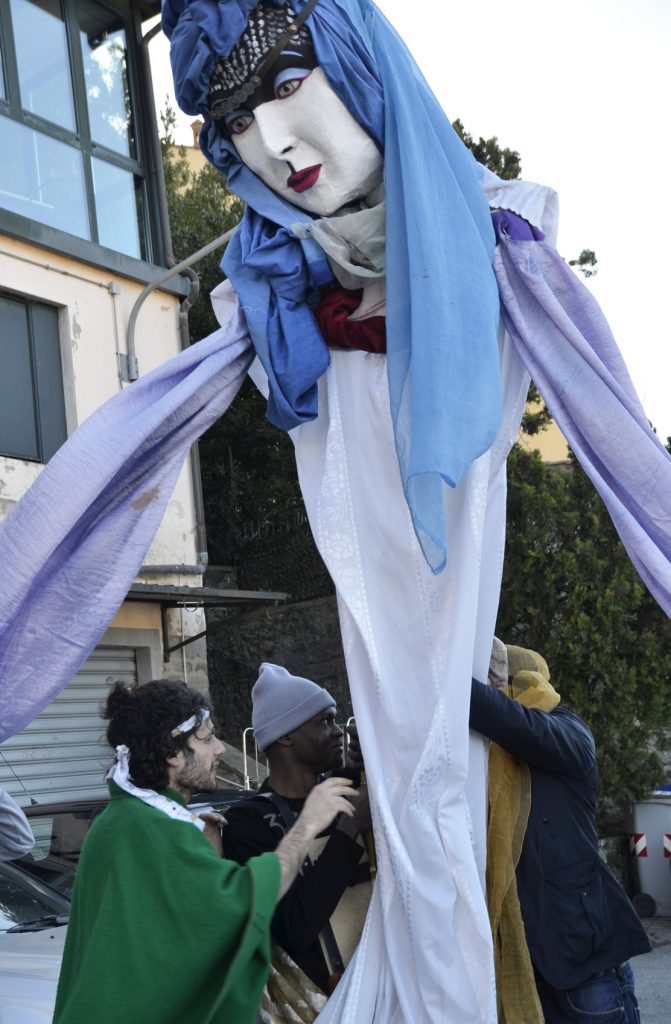
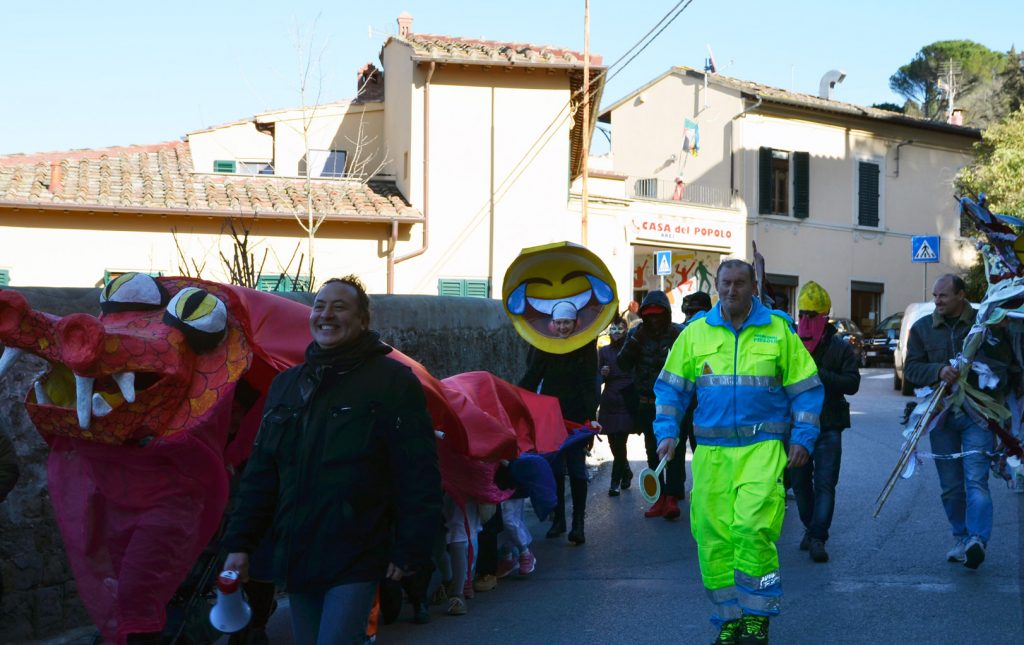
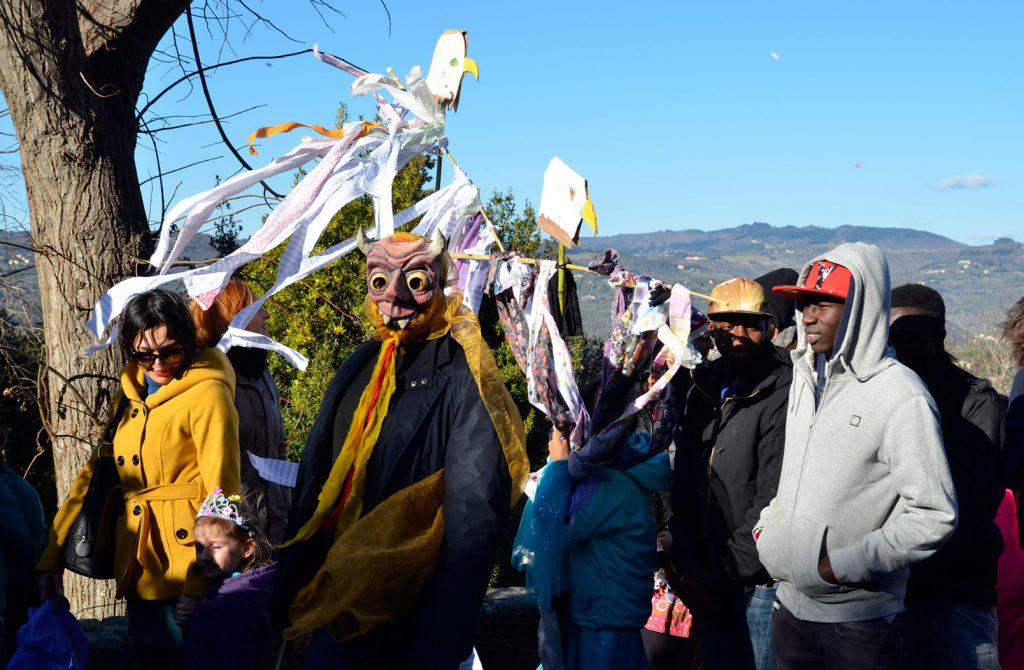
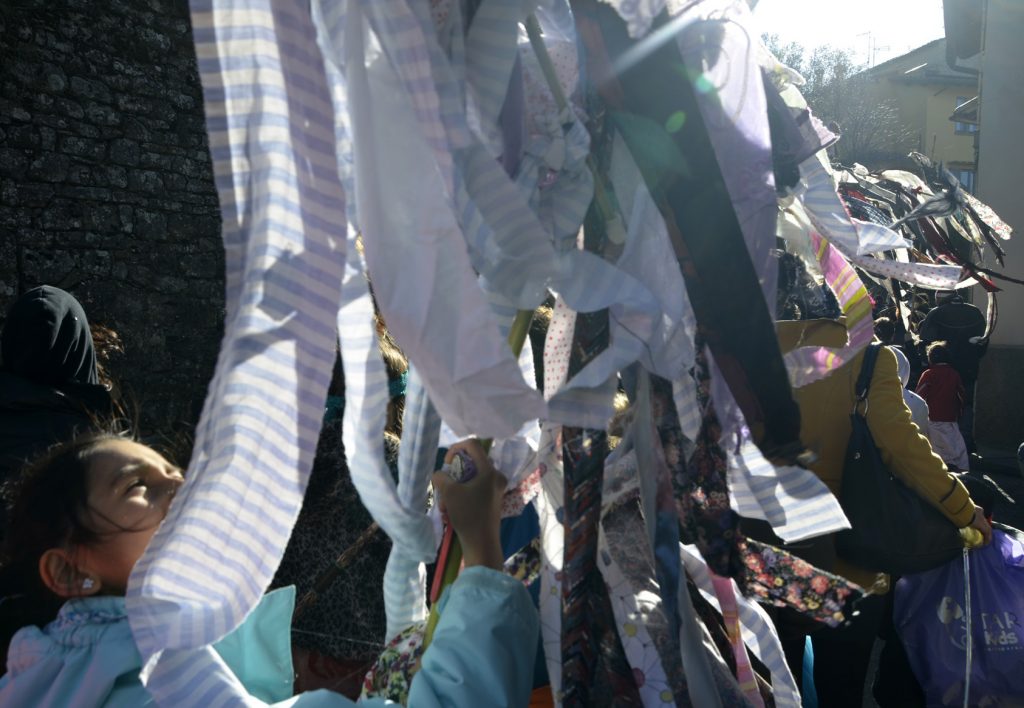
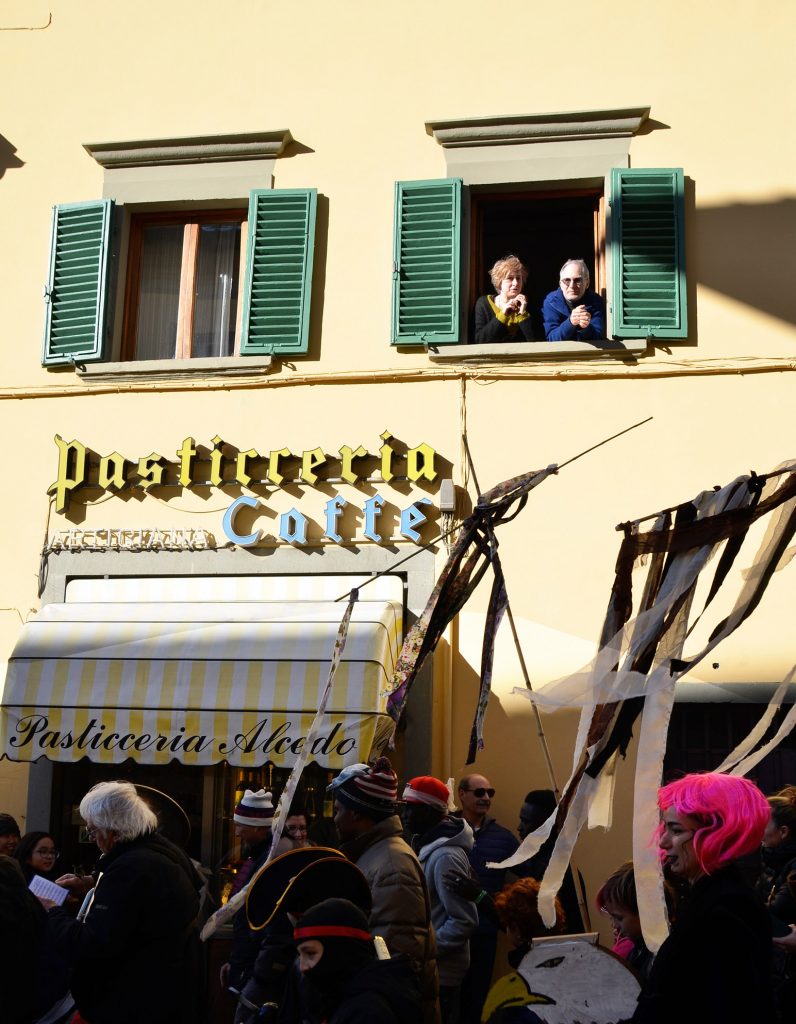

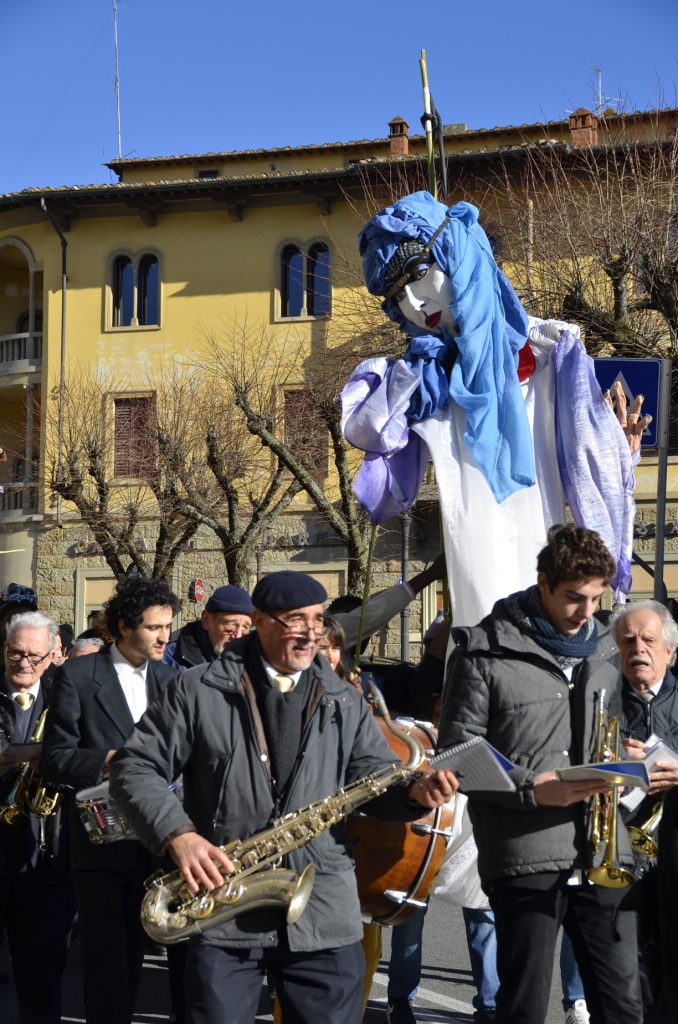
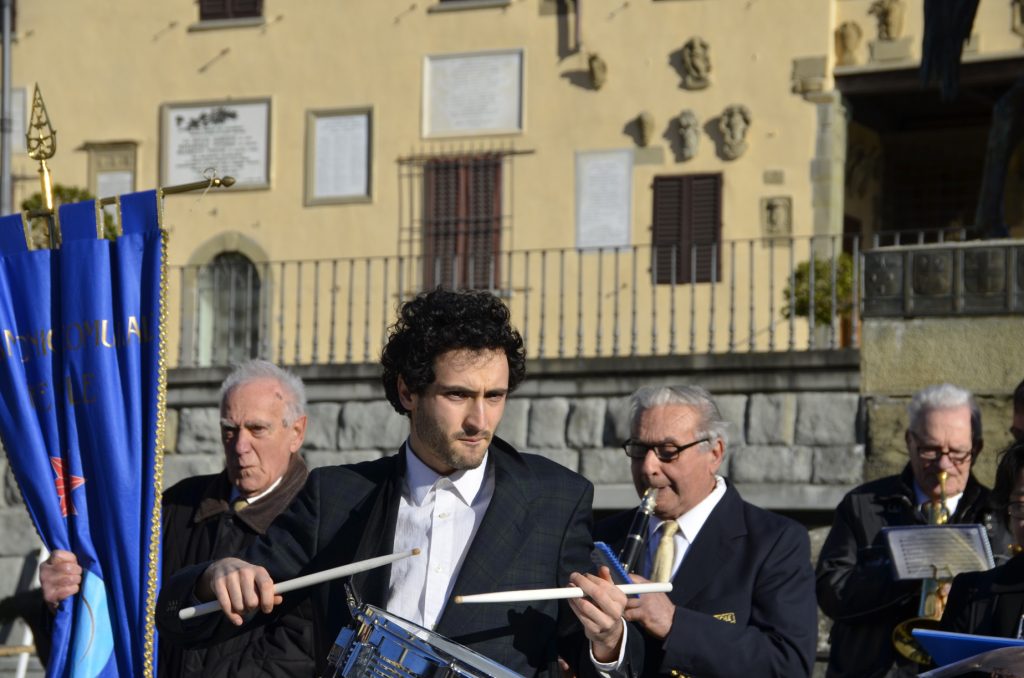
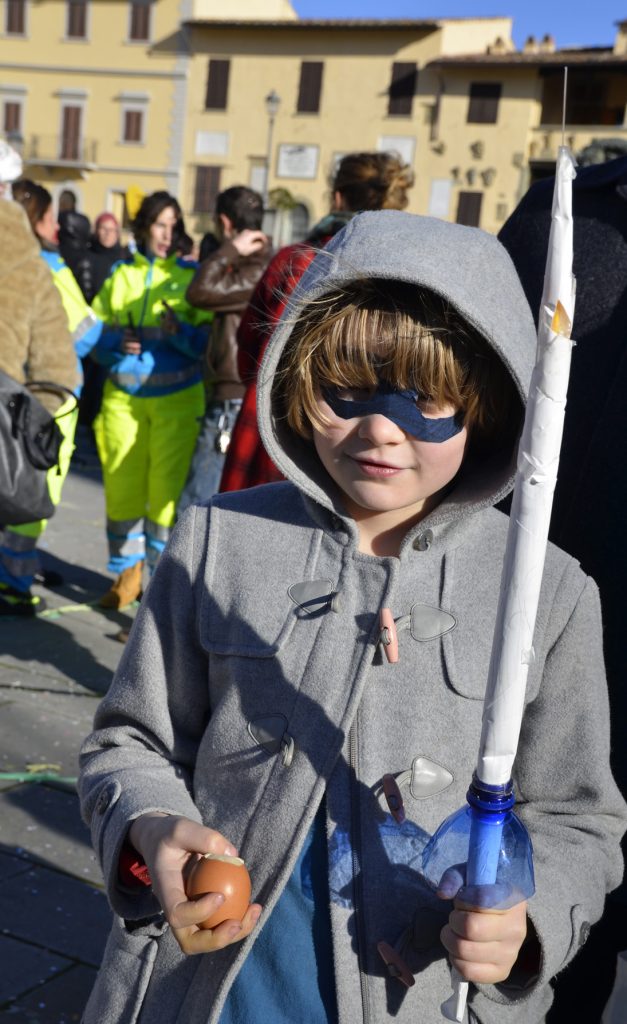
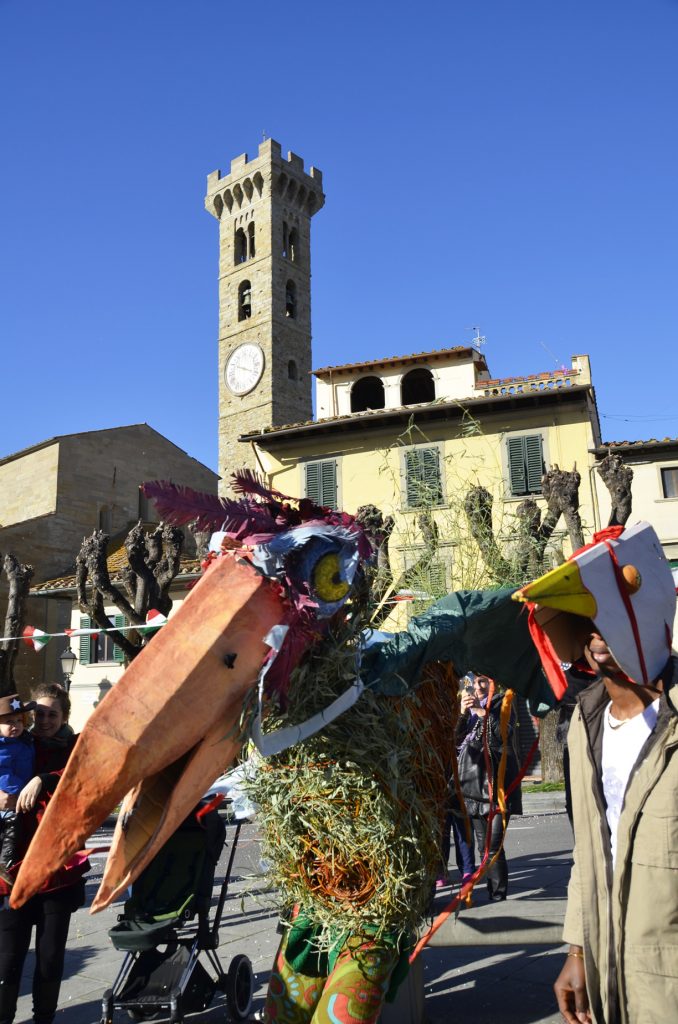
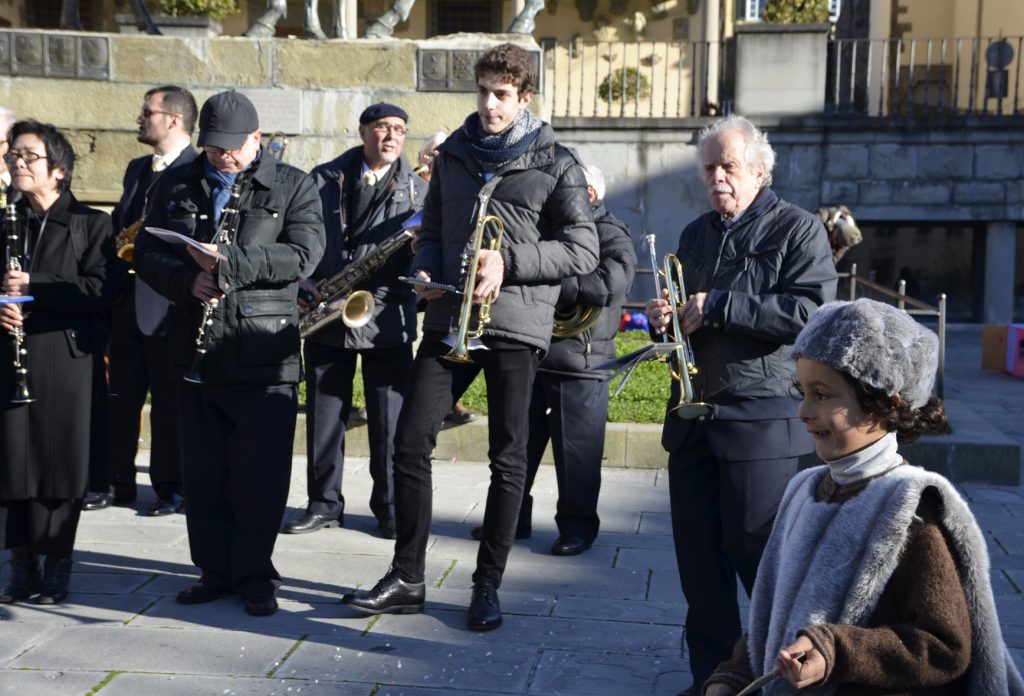
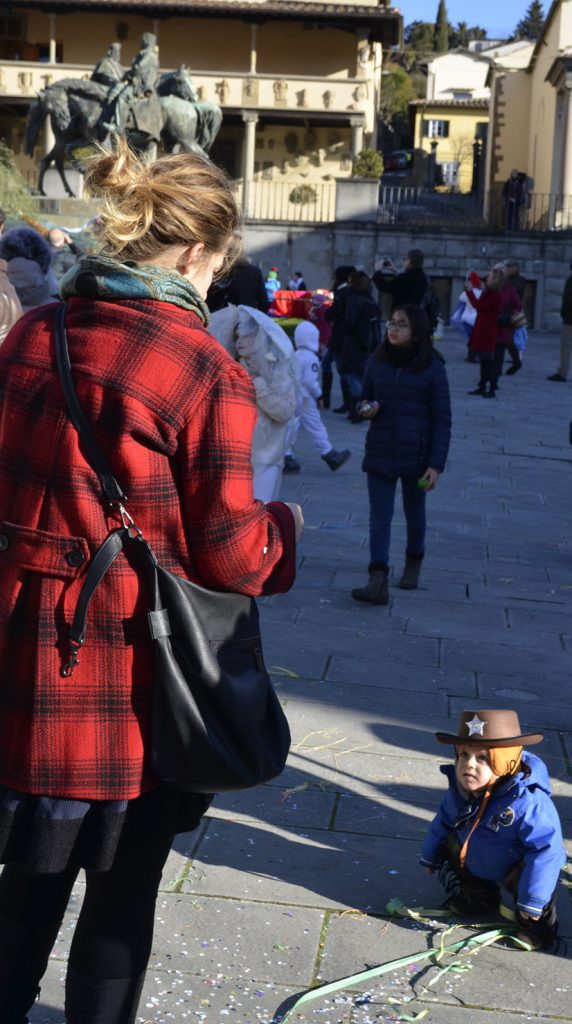
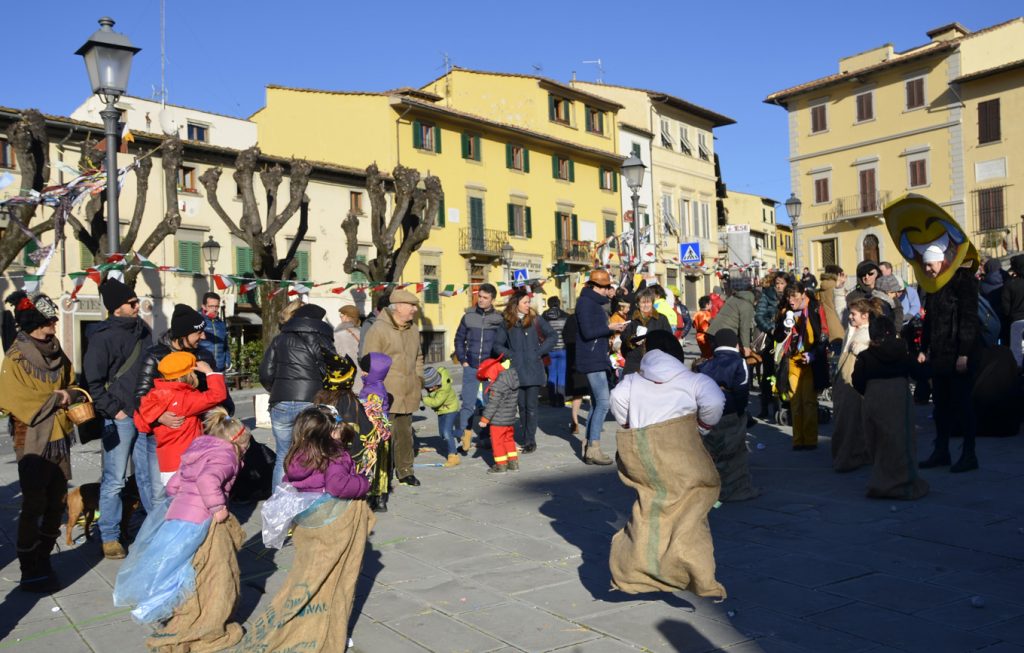
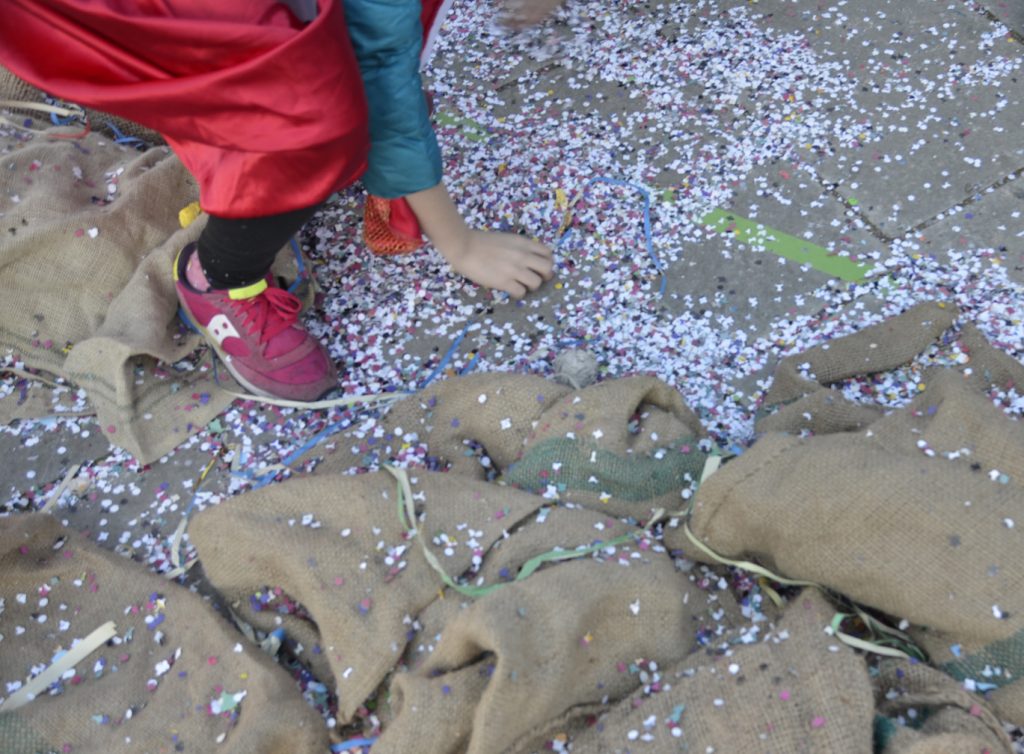
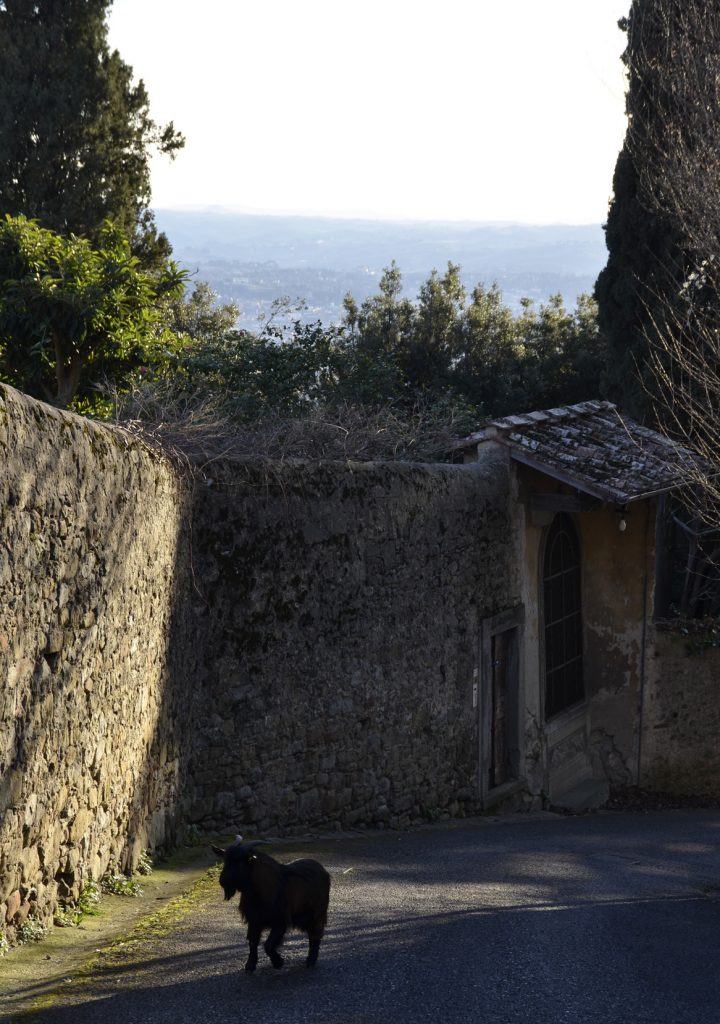
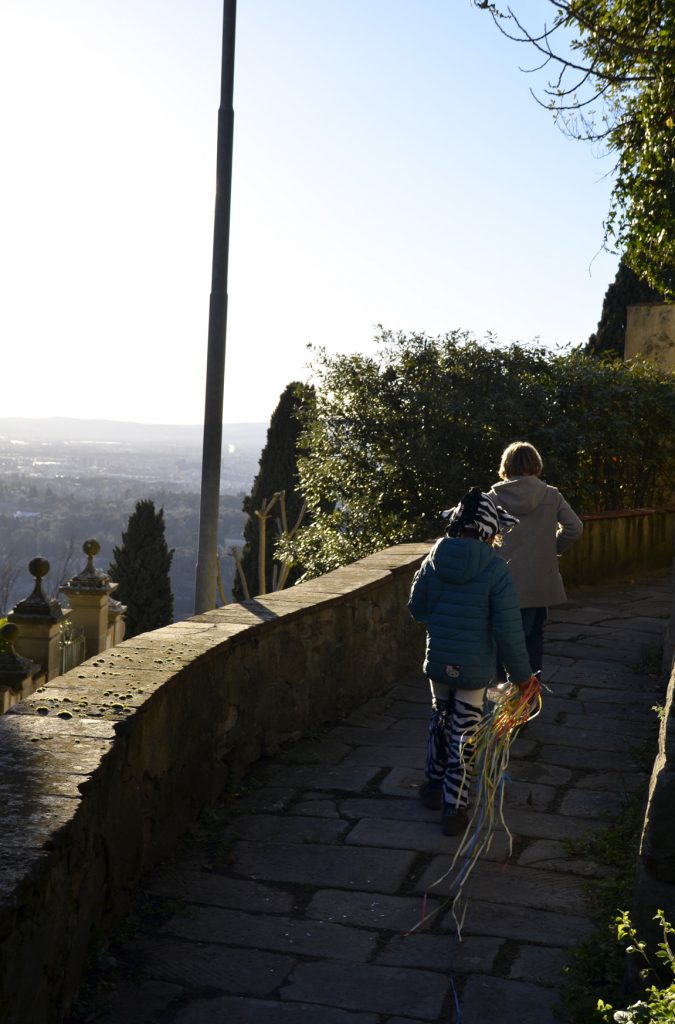
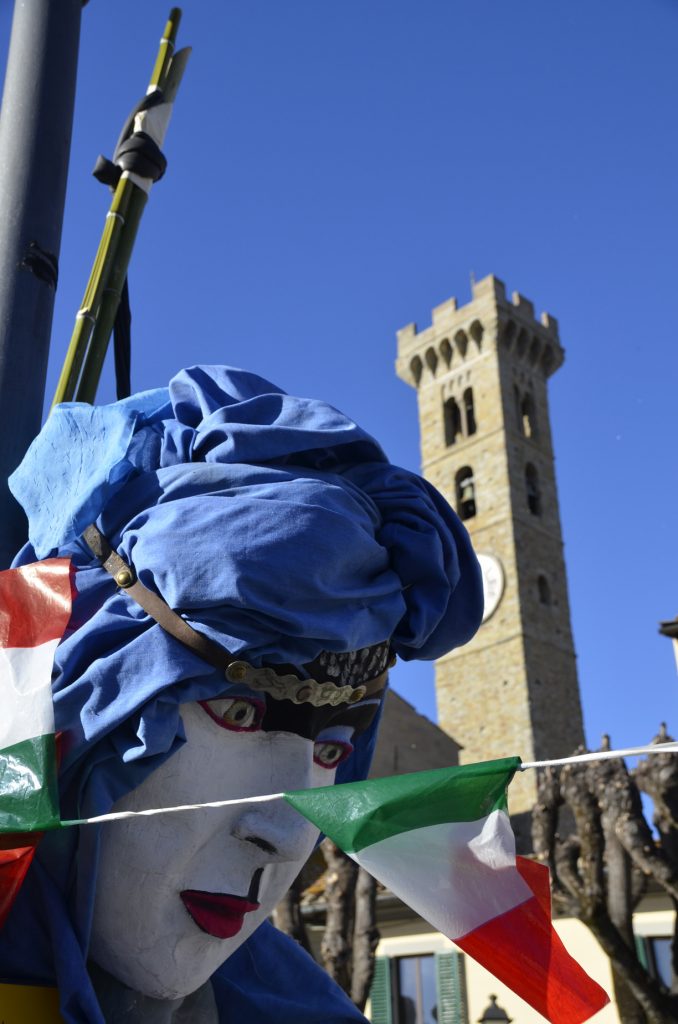
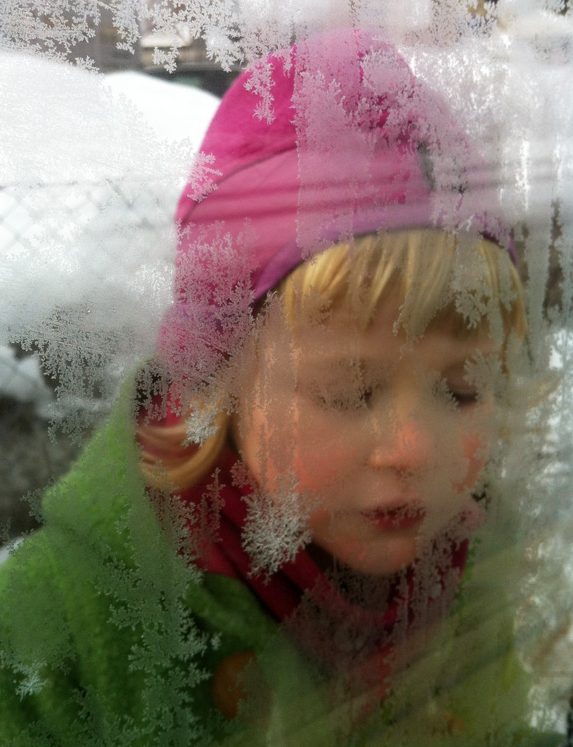
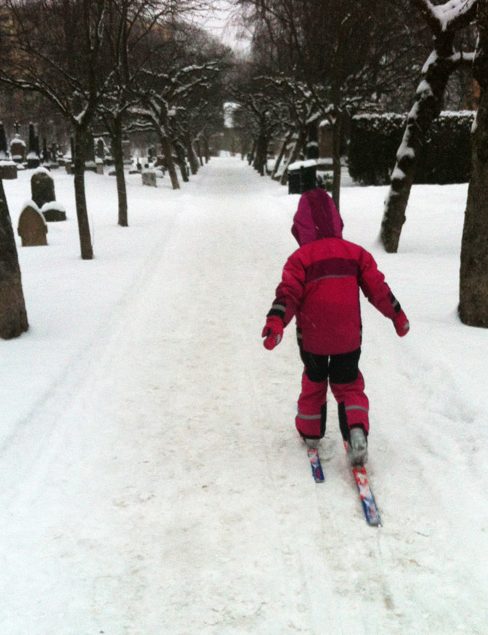

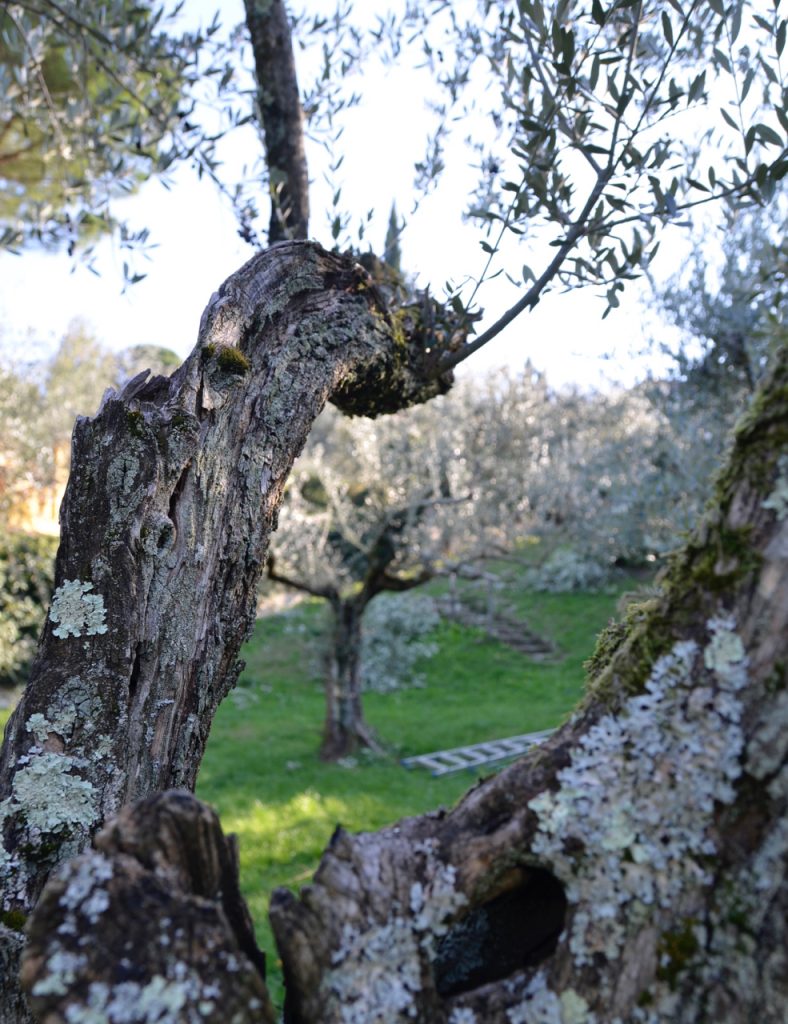
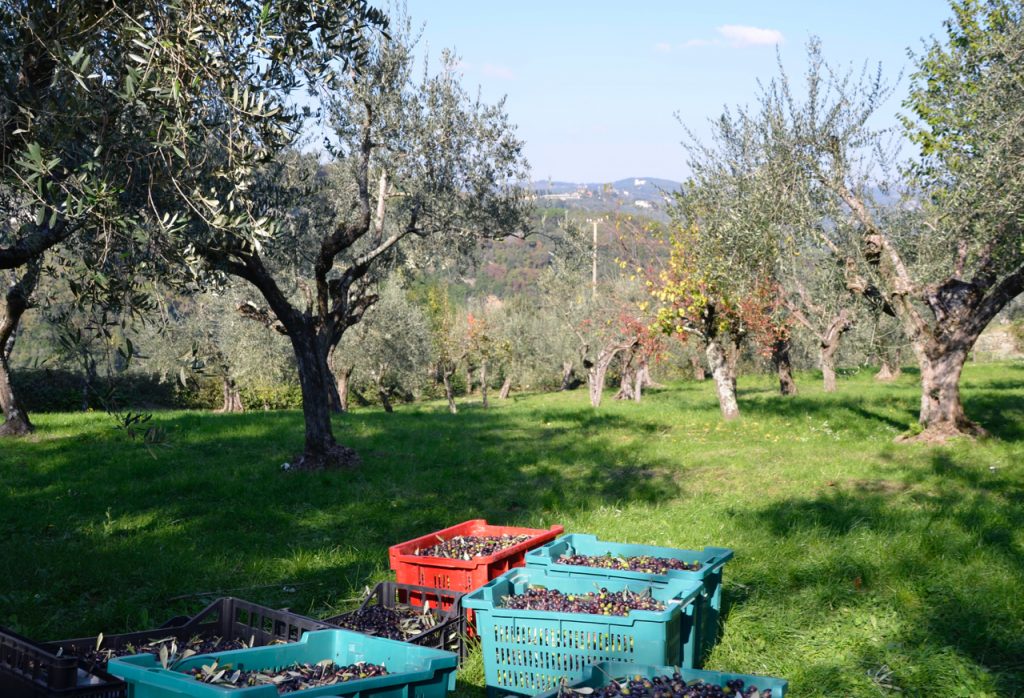
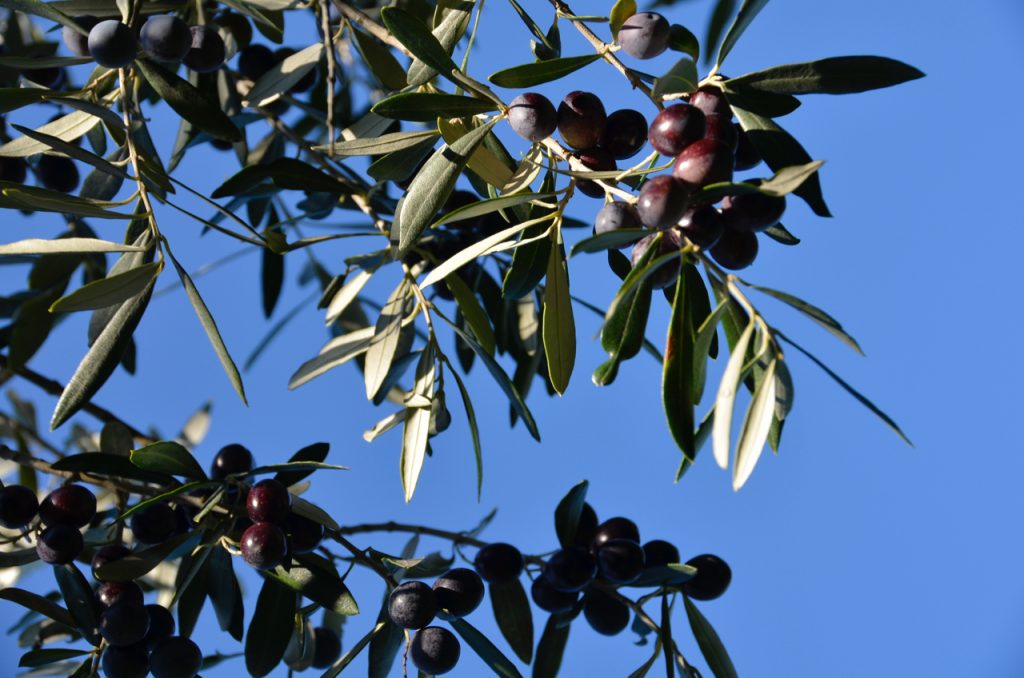
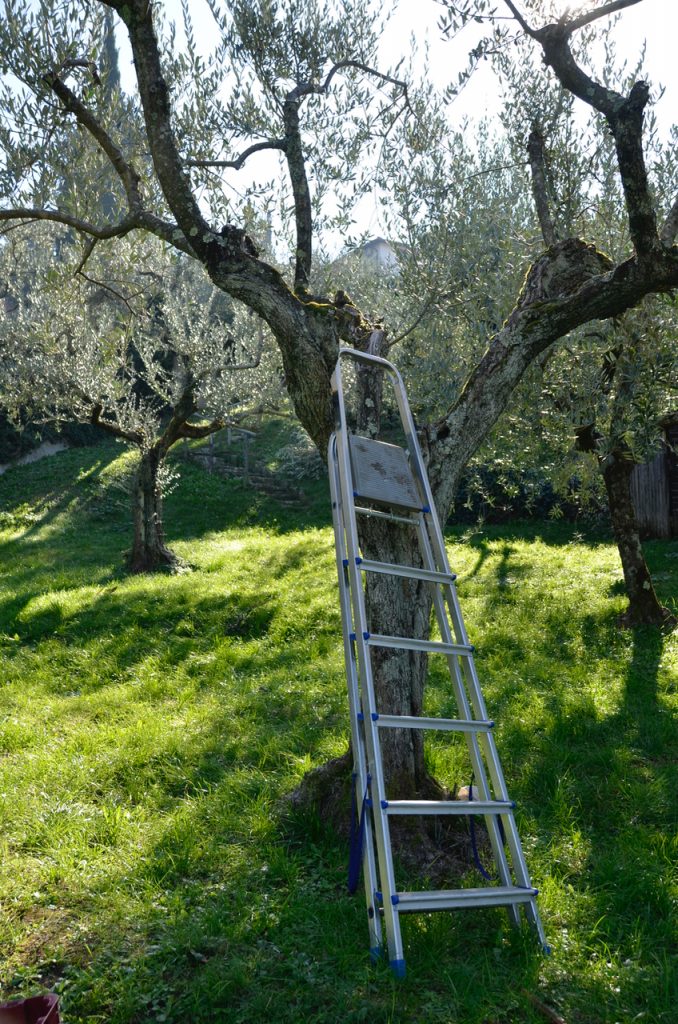
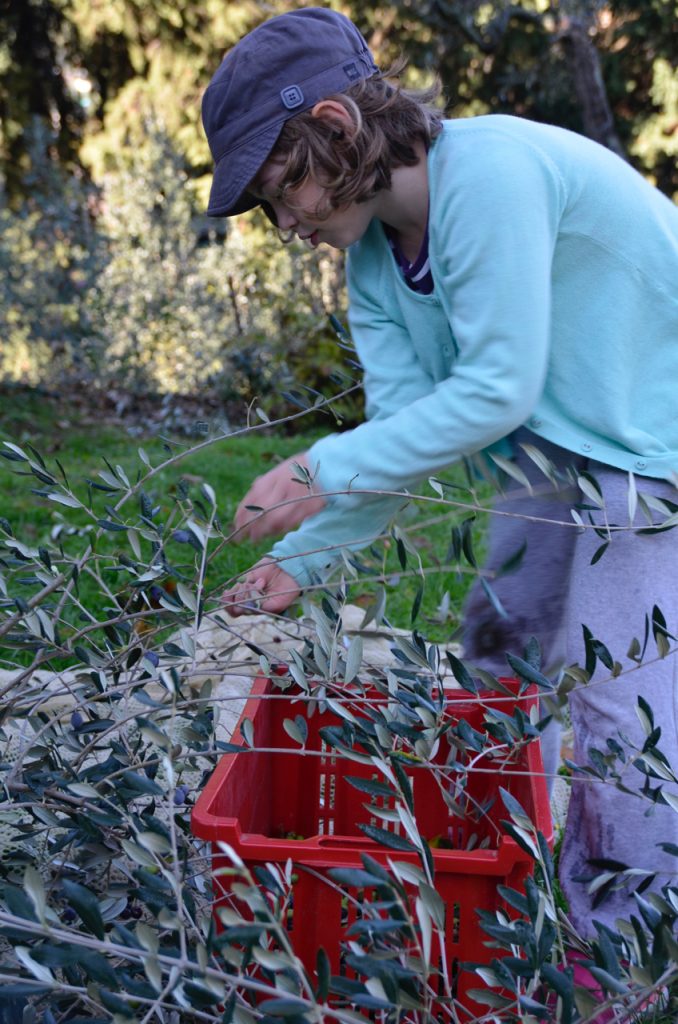
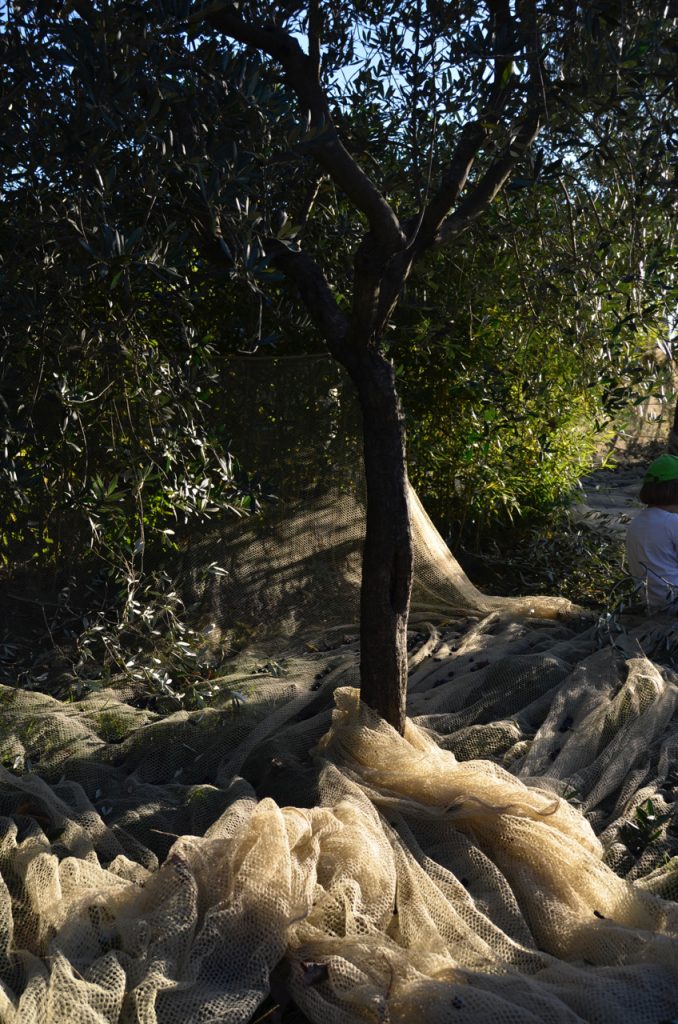
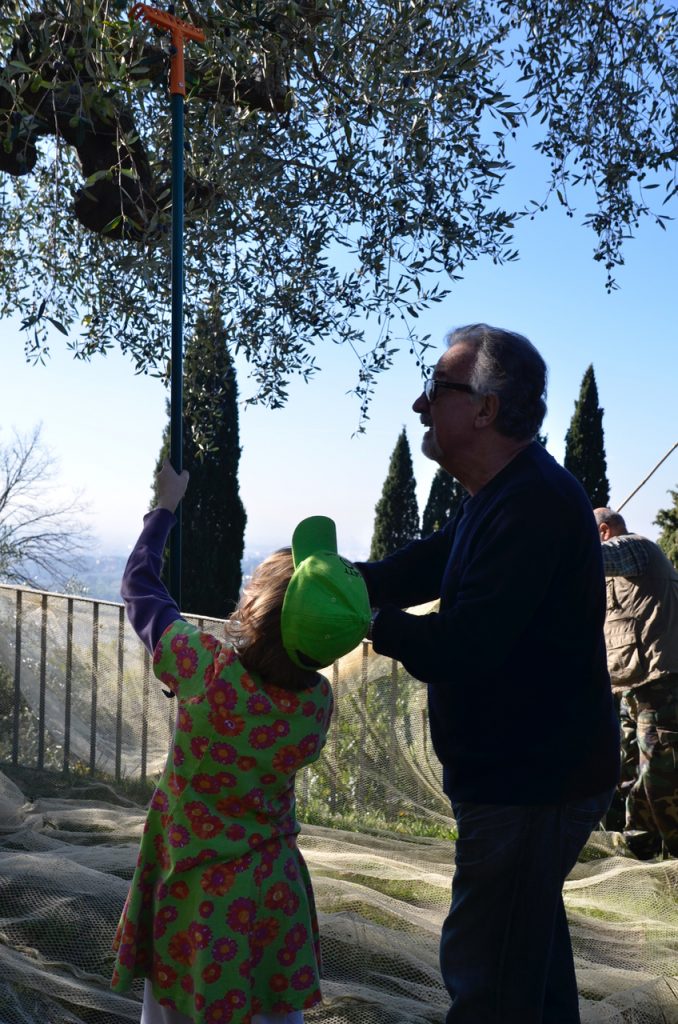
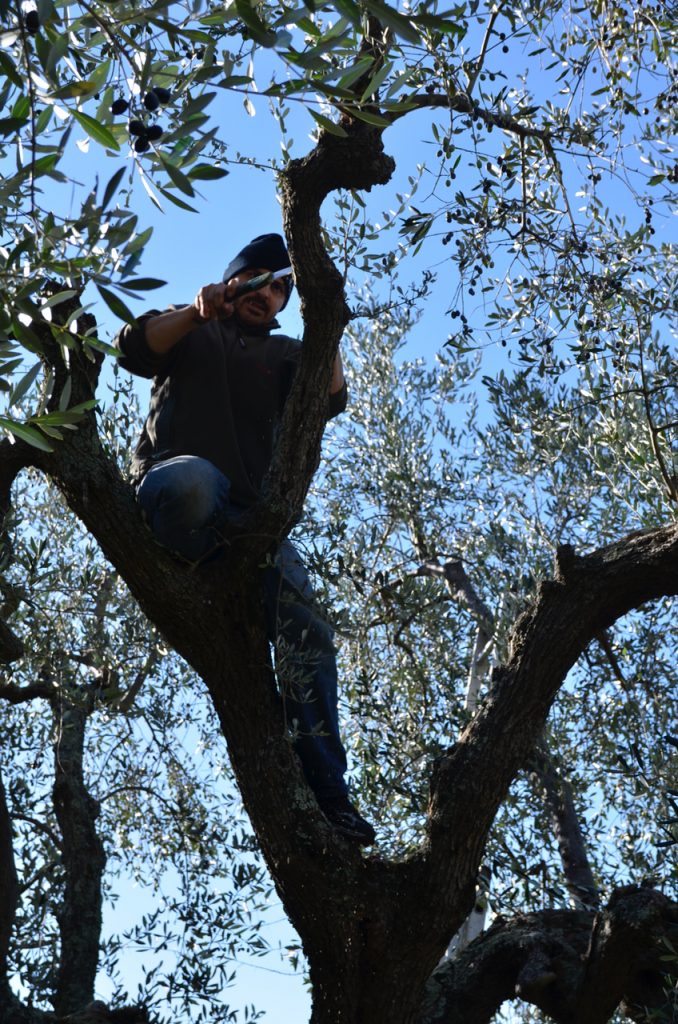
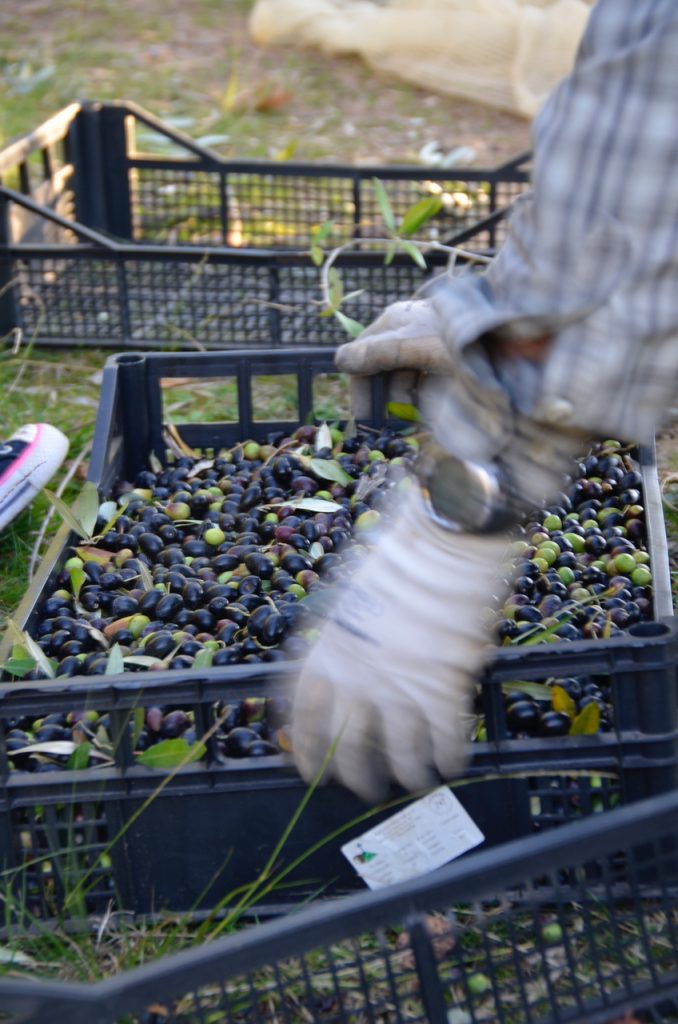
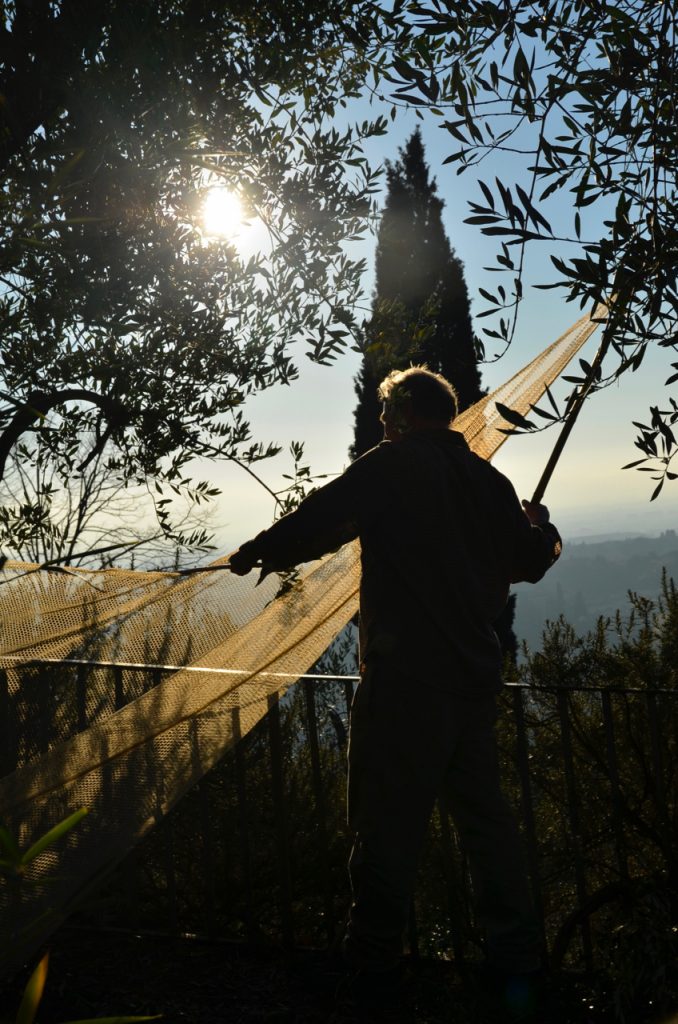
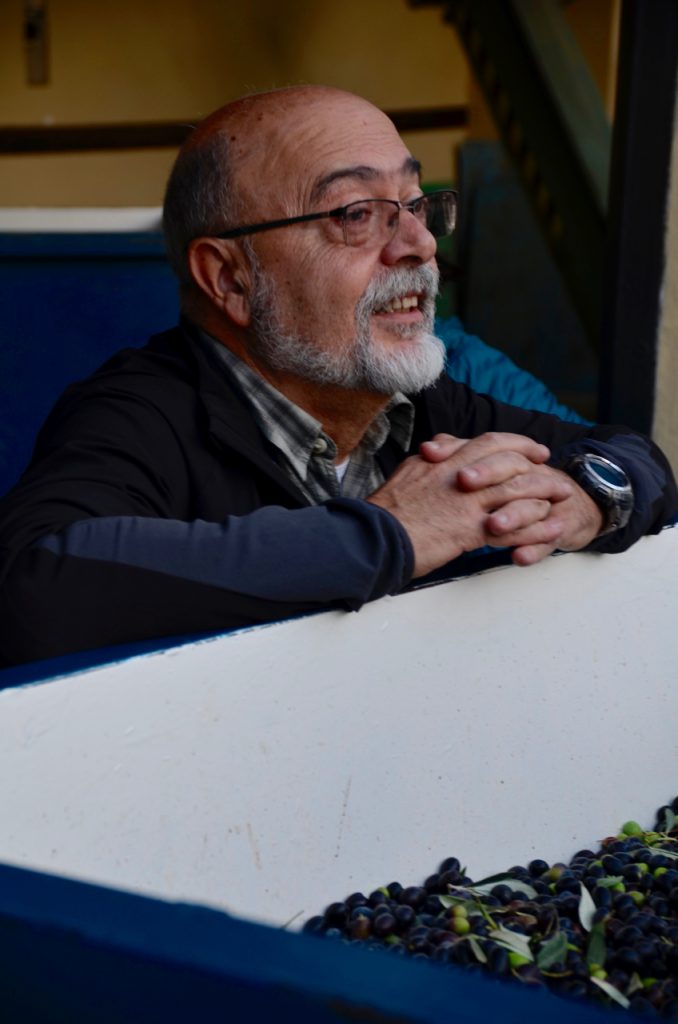
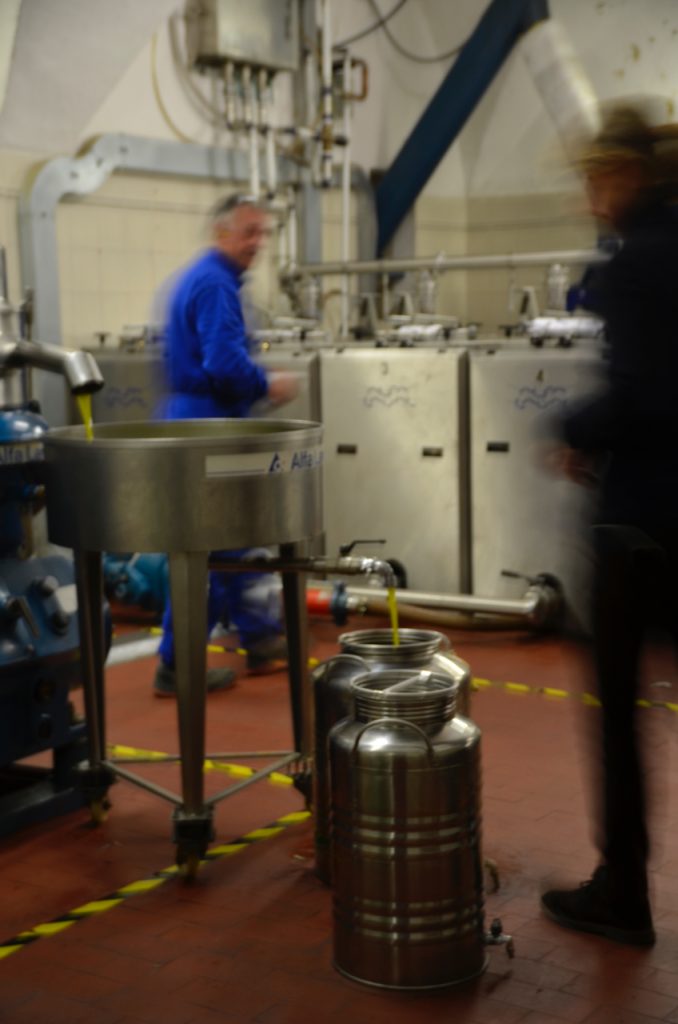
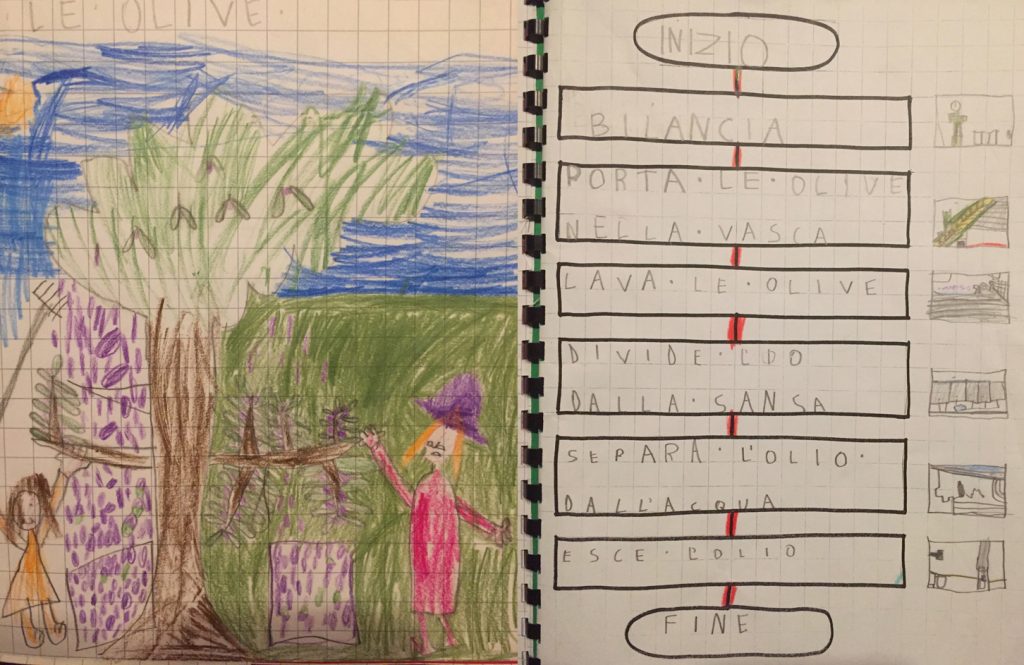
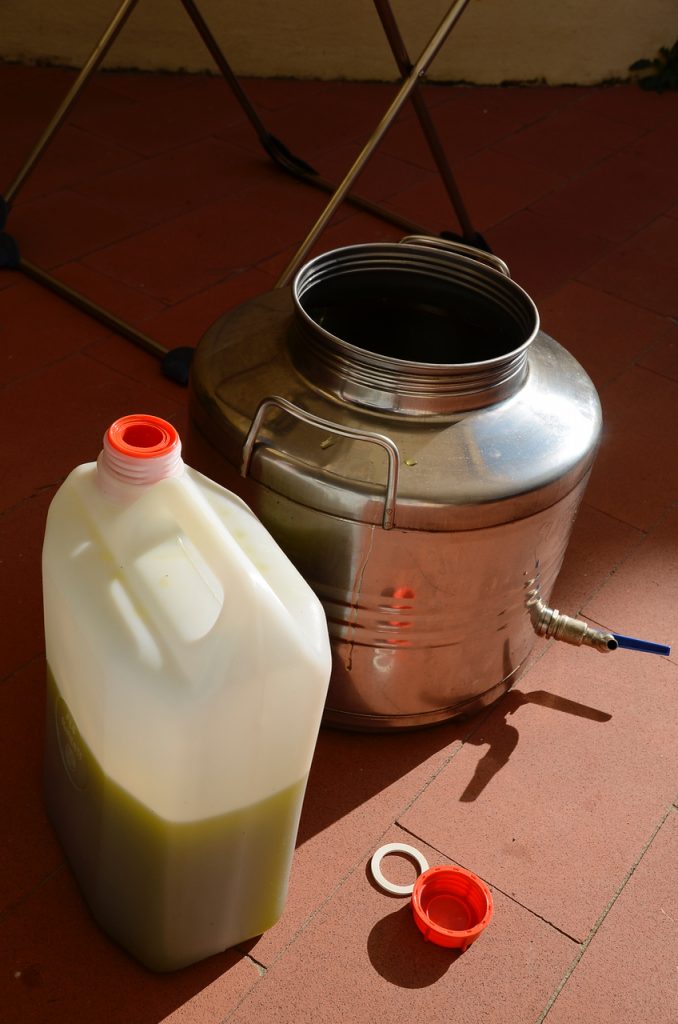
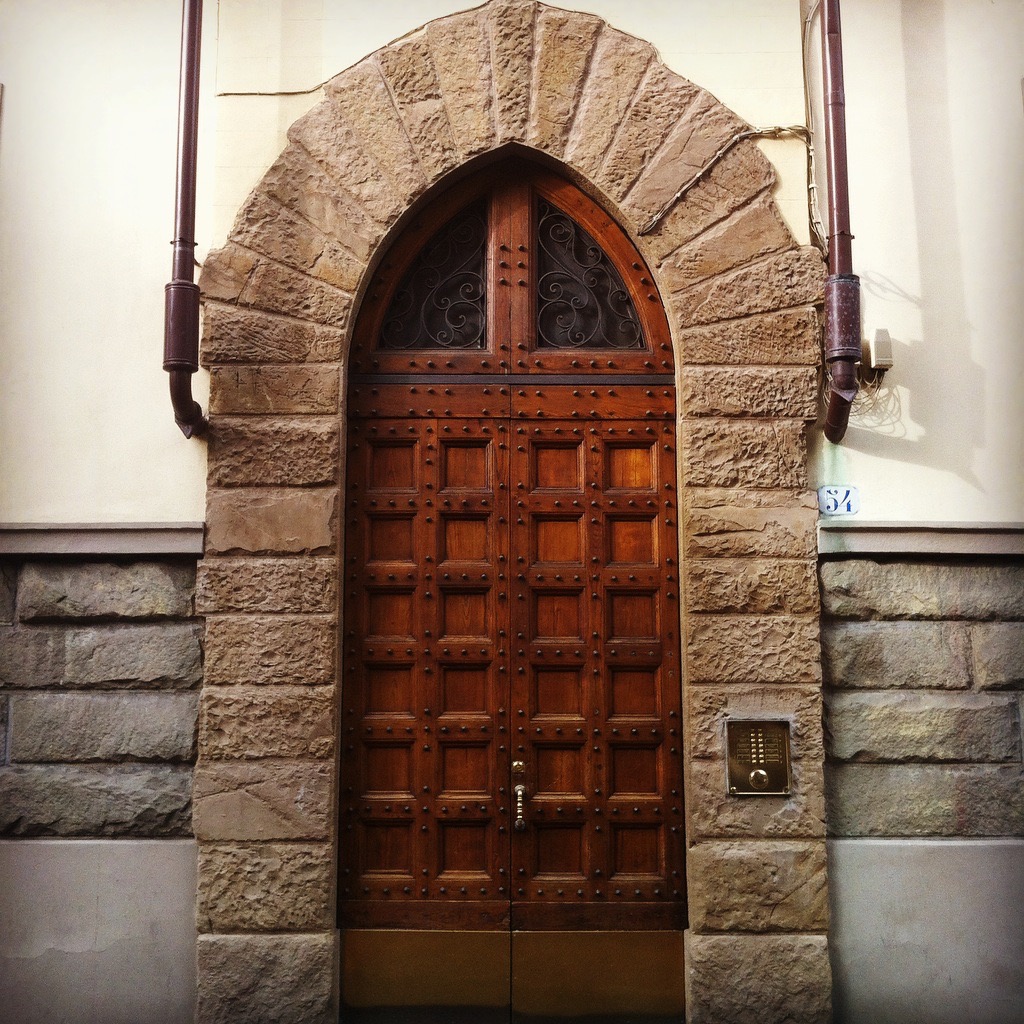
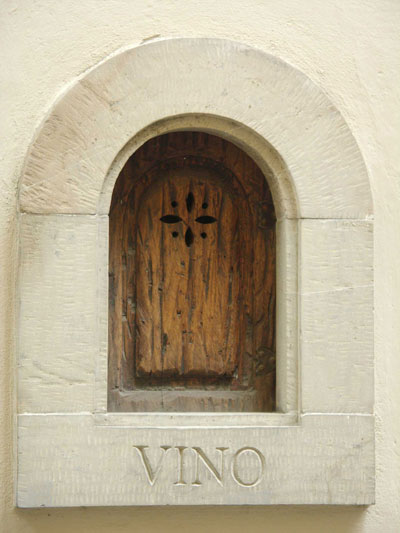
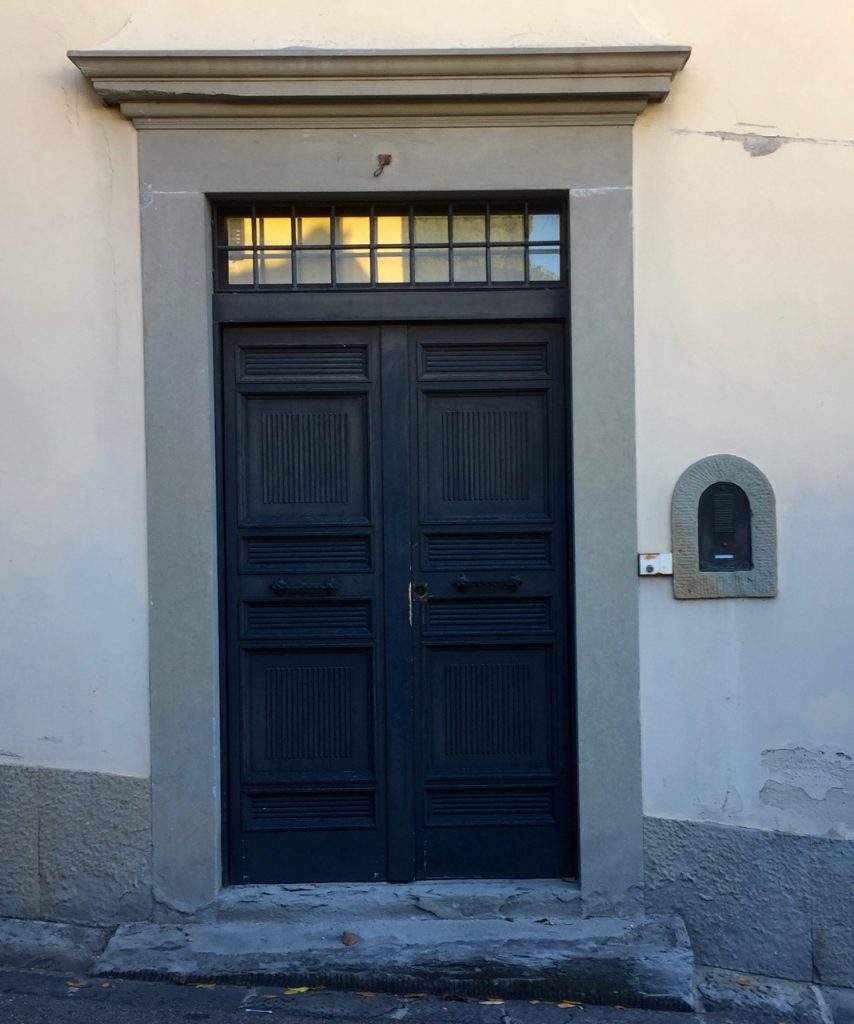
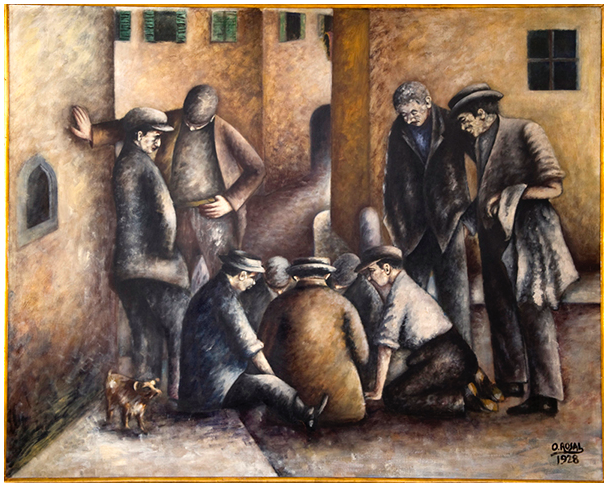
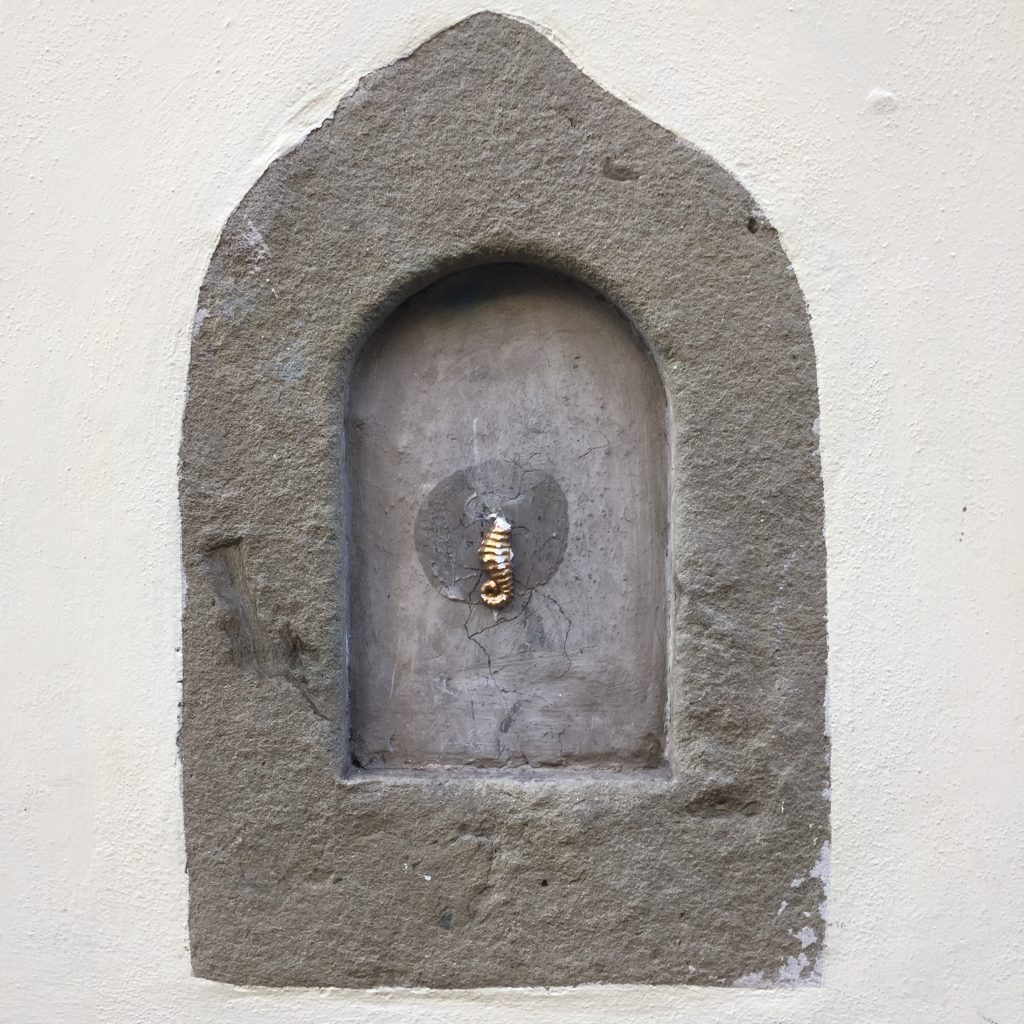

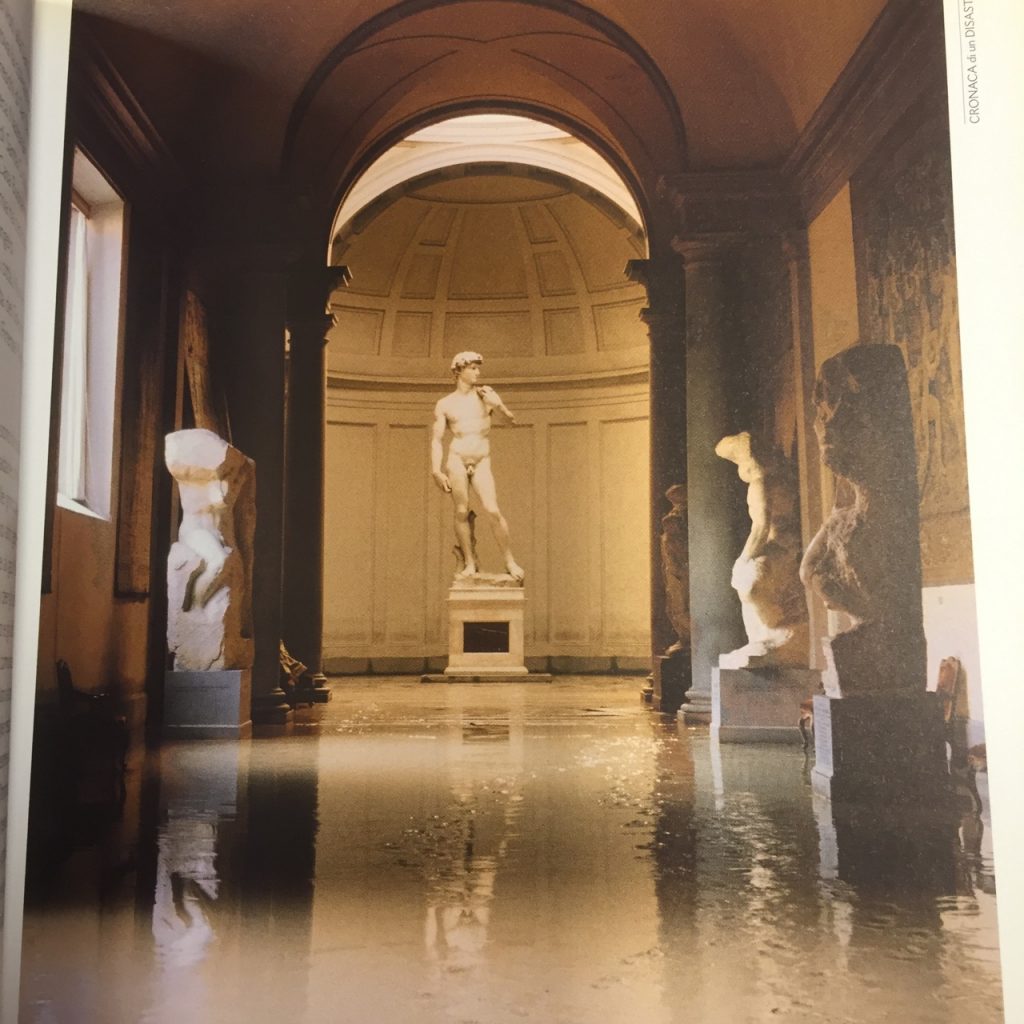
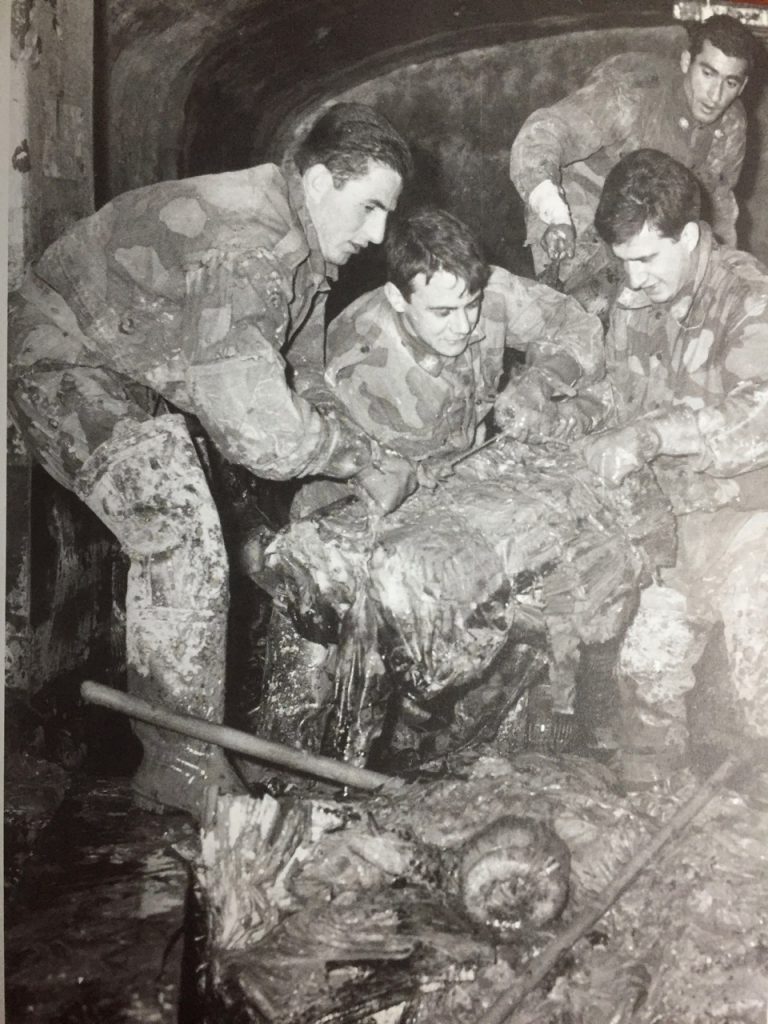
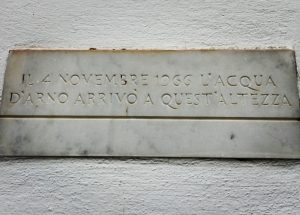
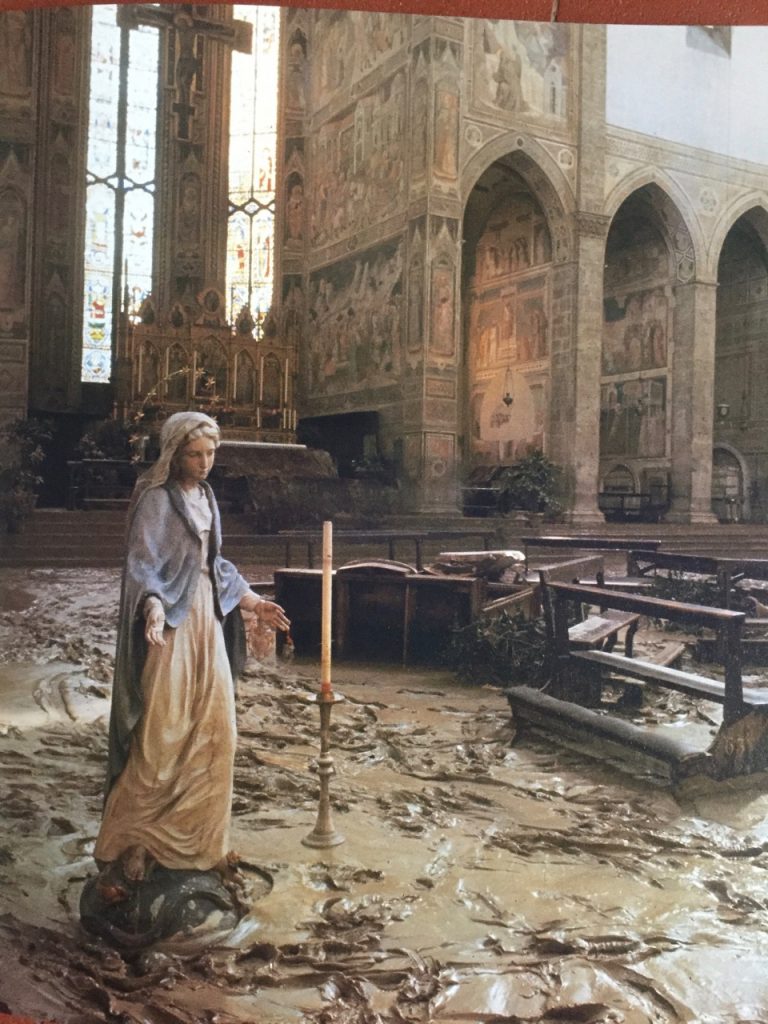
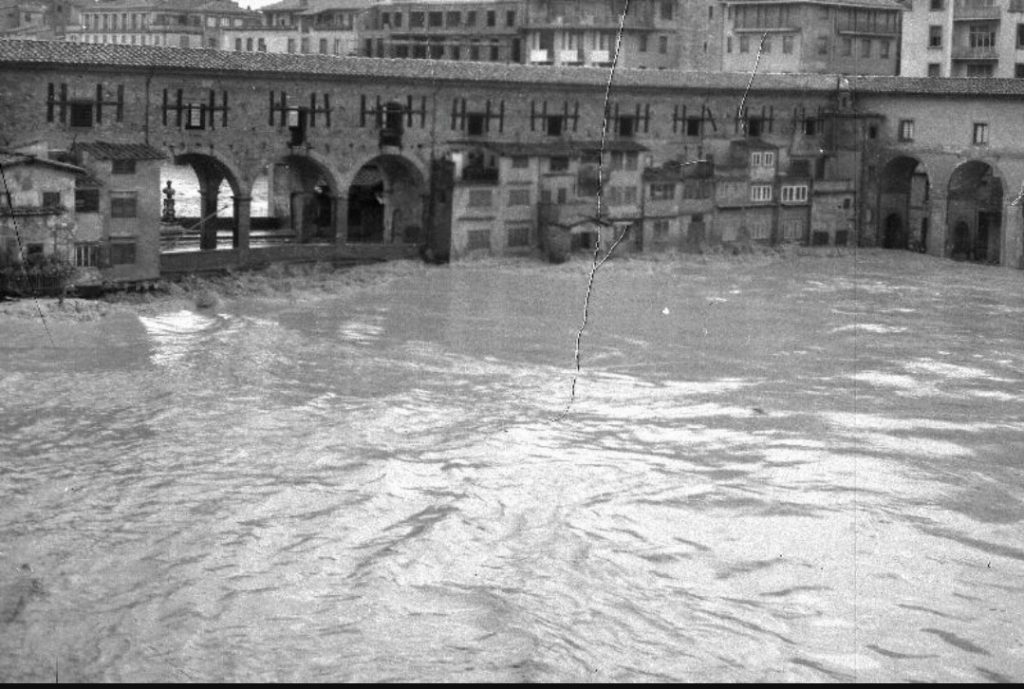
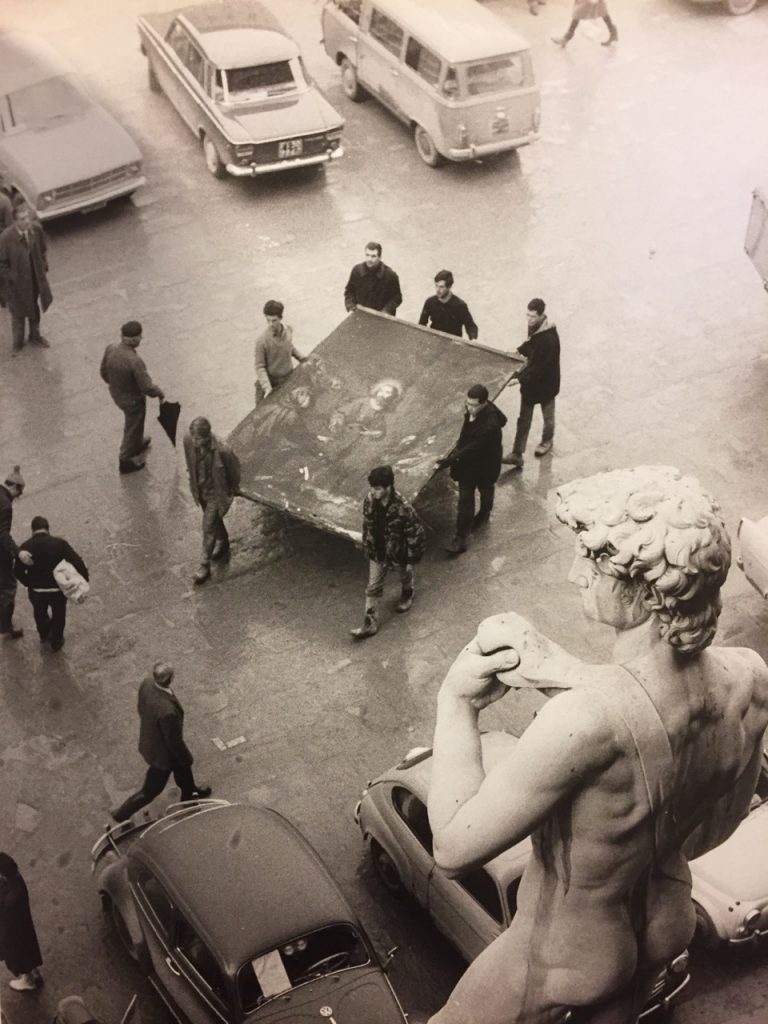
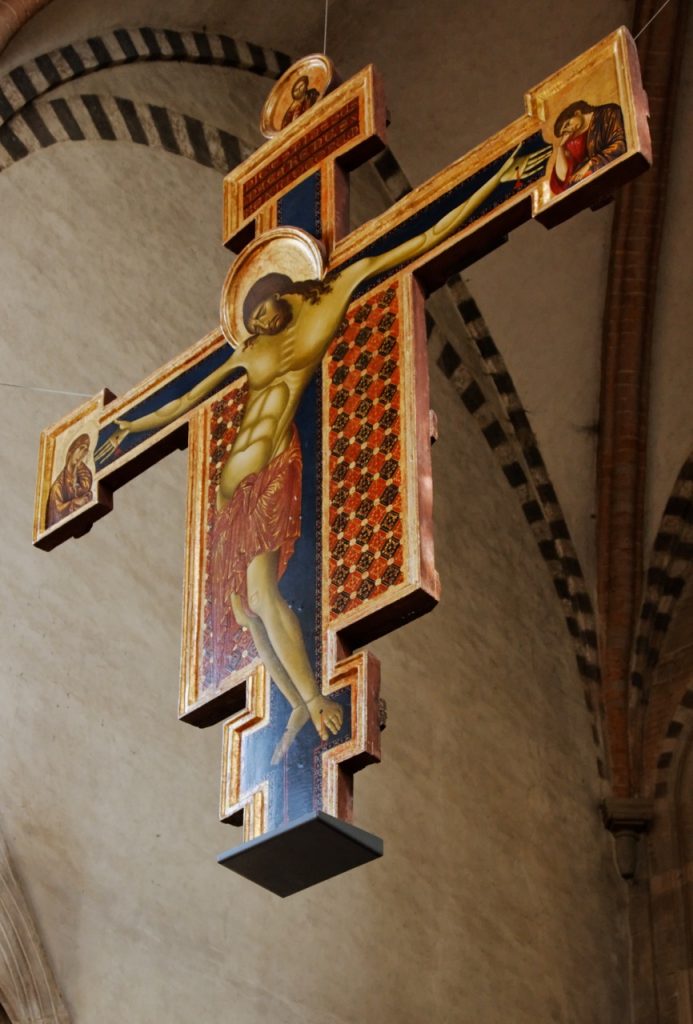
 I like the idea of my kids declaring “dolcetto or scherzetto” at the neighbours tonight and it conjures images of charming little ghoulies jumping around with their goodie bags and spiky sticks. The houses and shops of Italian towns are noticeably empty of flashing pumpkins and witch window stickers so it is just a fun, relaxed event for kids. In Norway it is also still an imported novelty, and quite low-key, but Norwegian kids are mad keen on sweets/candy so it’s very popular. There the kids say “Knask eller Knep” (munchies or trick) – a slightly harsher and, I think, more scary-sounding phrase.
I like the idea of my kids declaring “dolcetto or scherzetto” at the neighbours tonight and it conjures images of charming little ghoulies jumping around with their goodie bags and spiky sticks. The houses and shops of Italian towns are noticeably empty of flashing pumpkins and witch window stickers so it is just a fun, relaxed event for kids. In Norway it is also still an imported novelty, and quite low-key, but Norwegian kids are mad keen on sweets/candy so it’s very popular. There the kids say “Knask eller Knep” (munchies or trick) – a slightly harsher and, I think, more scary-sounding phrase.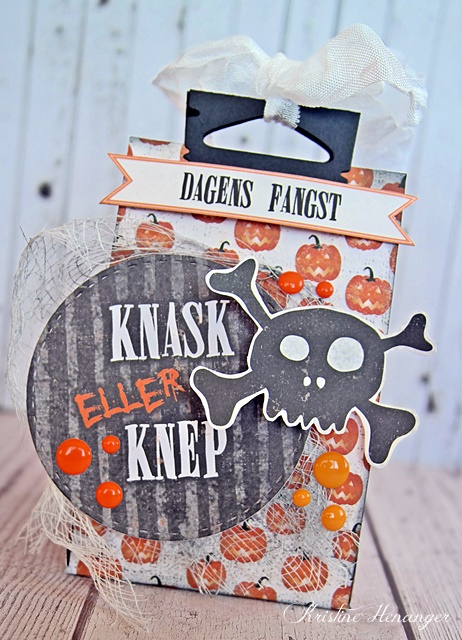 We were lucky while living in Oslo that a wonderful group of Irish mammies organised an Irish-style Halloween party every year, which gave the local half-Irish kids some frame of reference for an ancient part of our heritage.
We were lucky while living in Oslo that a wonderful group of Irish mammies organised an Irish-style Halloween party every year, which gave the local half-Irish kids some frame of reference for an ancient part of our heritage.




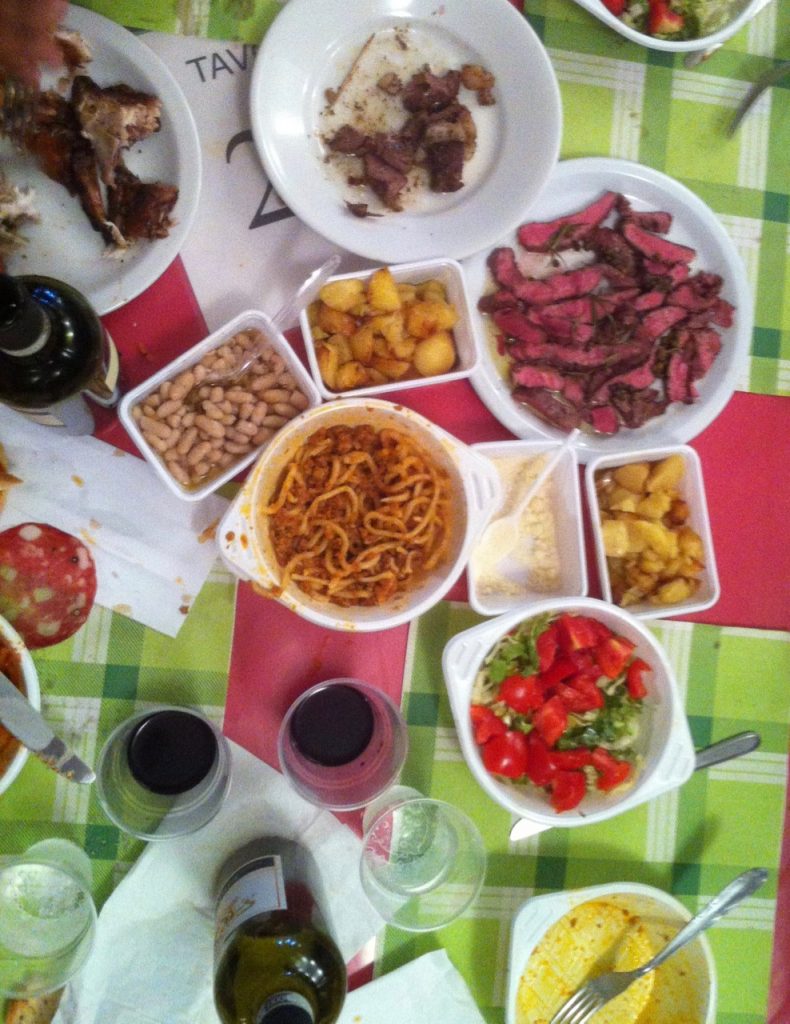
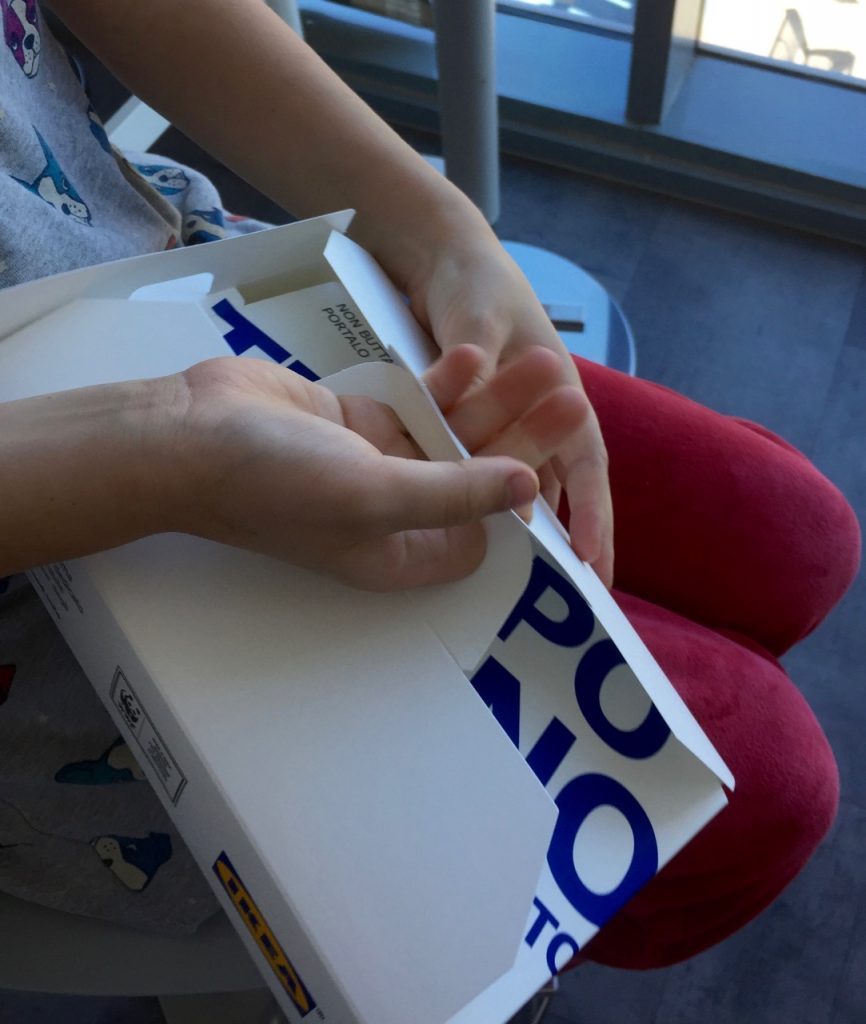
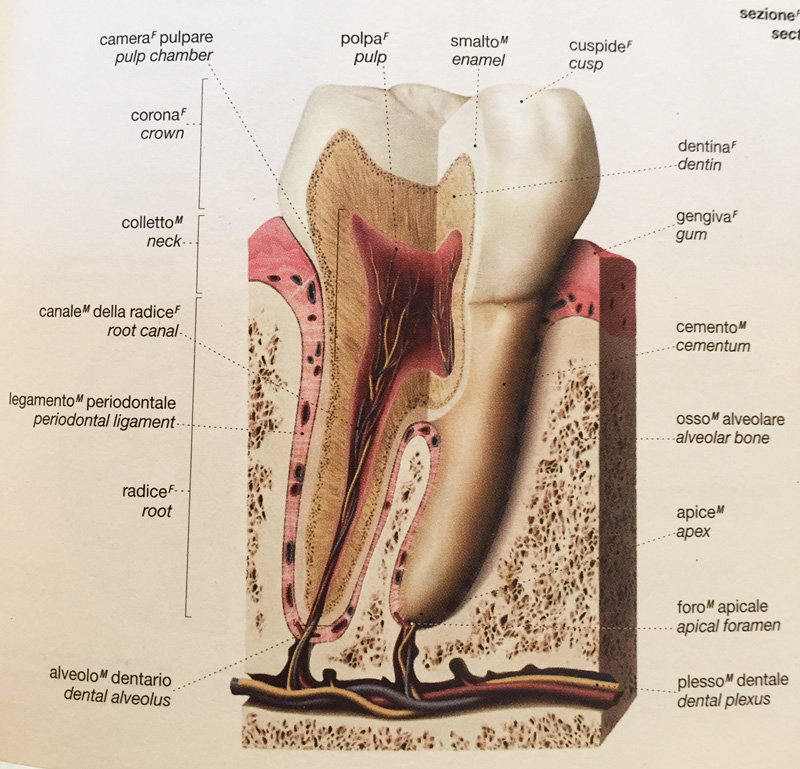
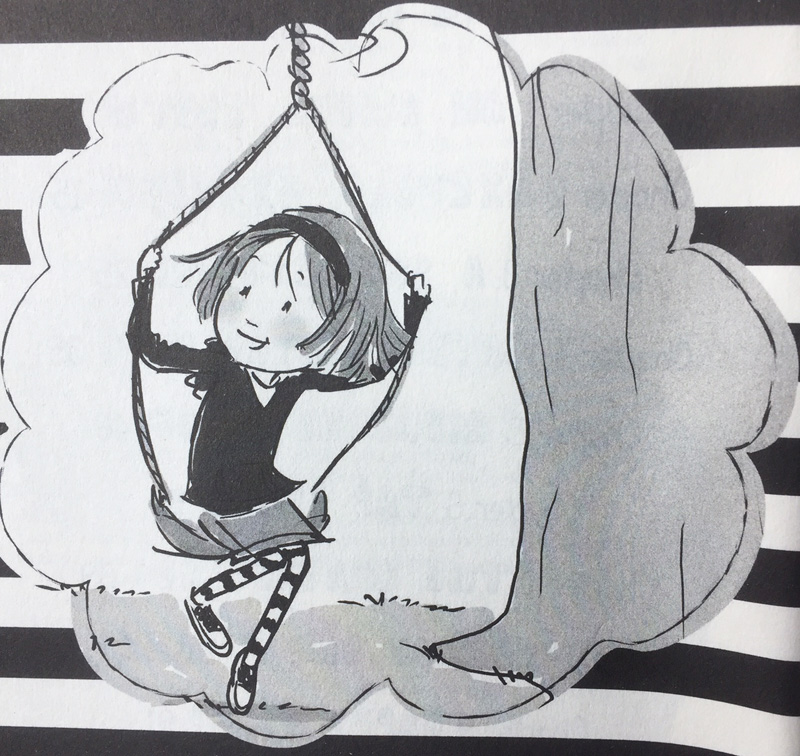
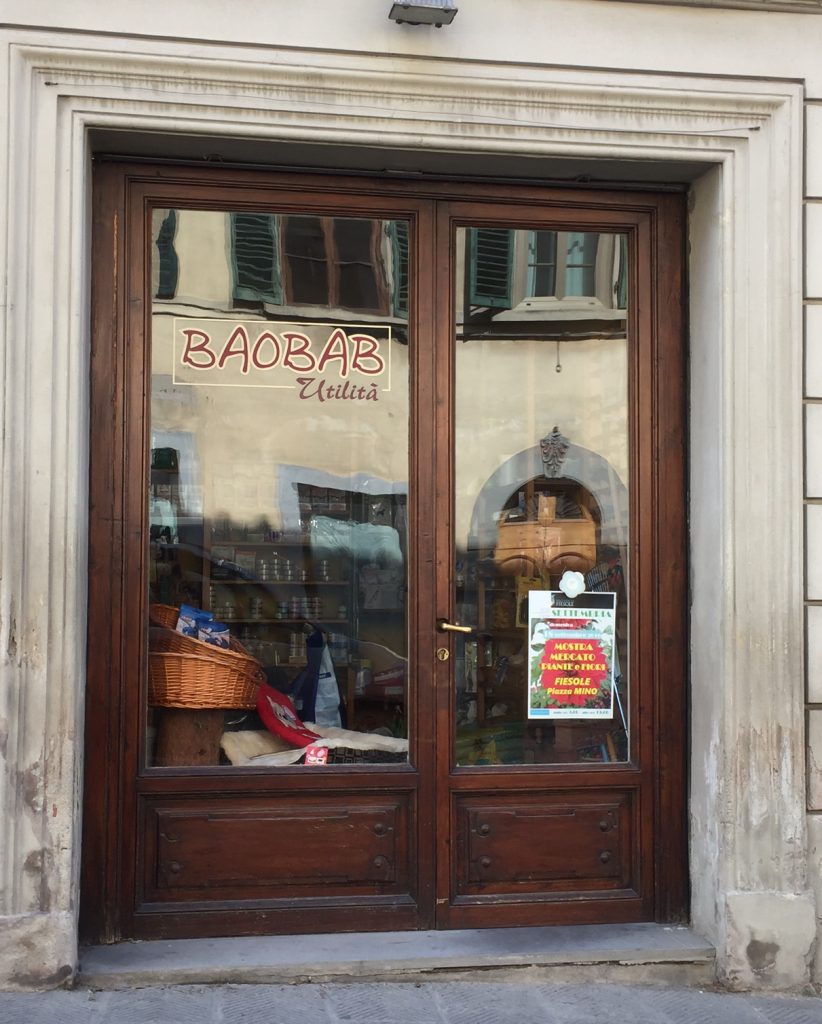
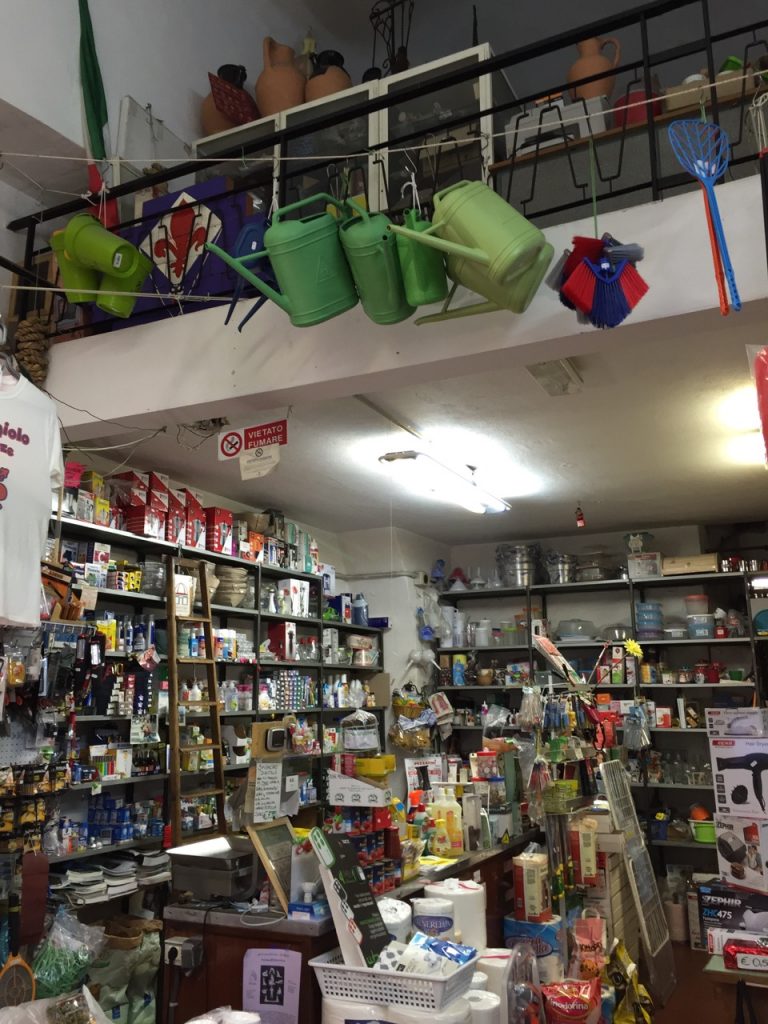

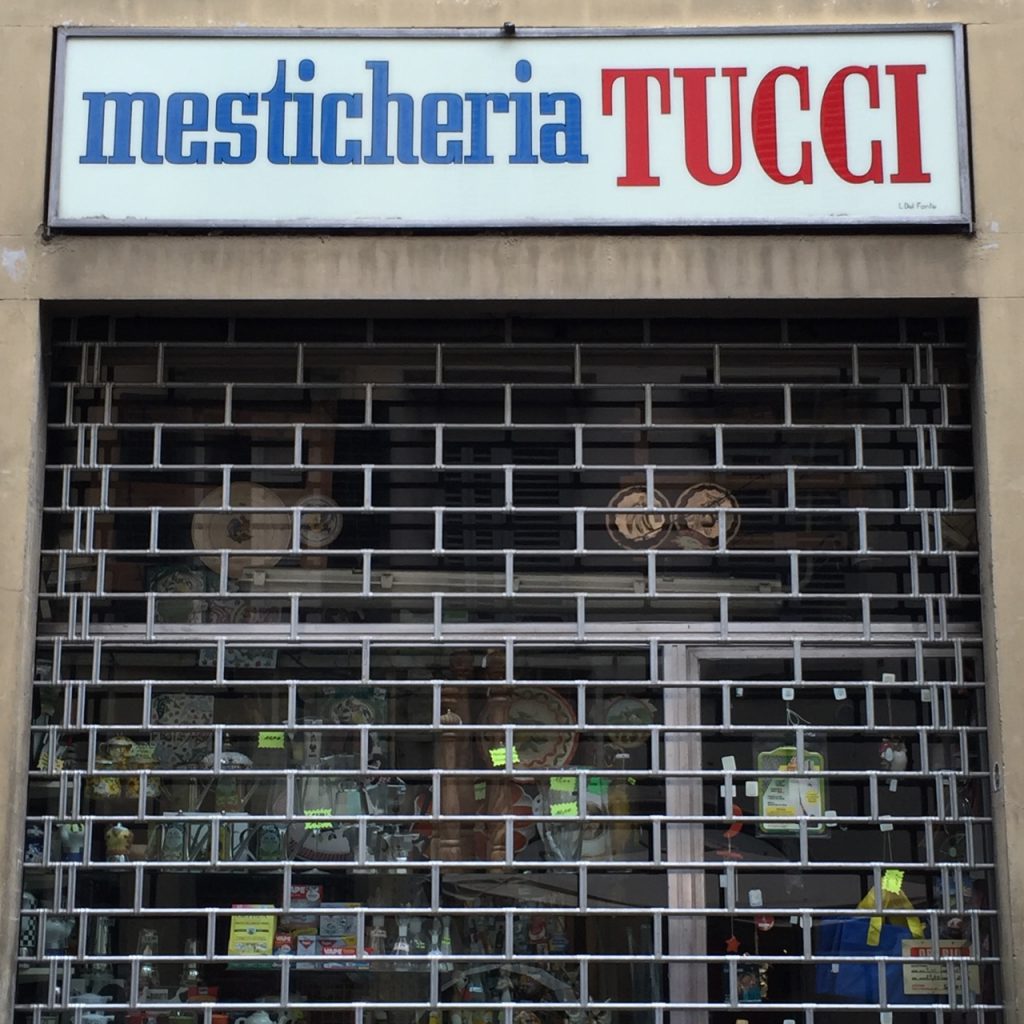

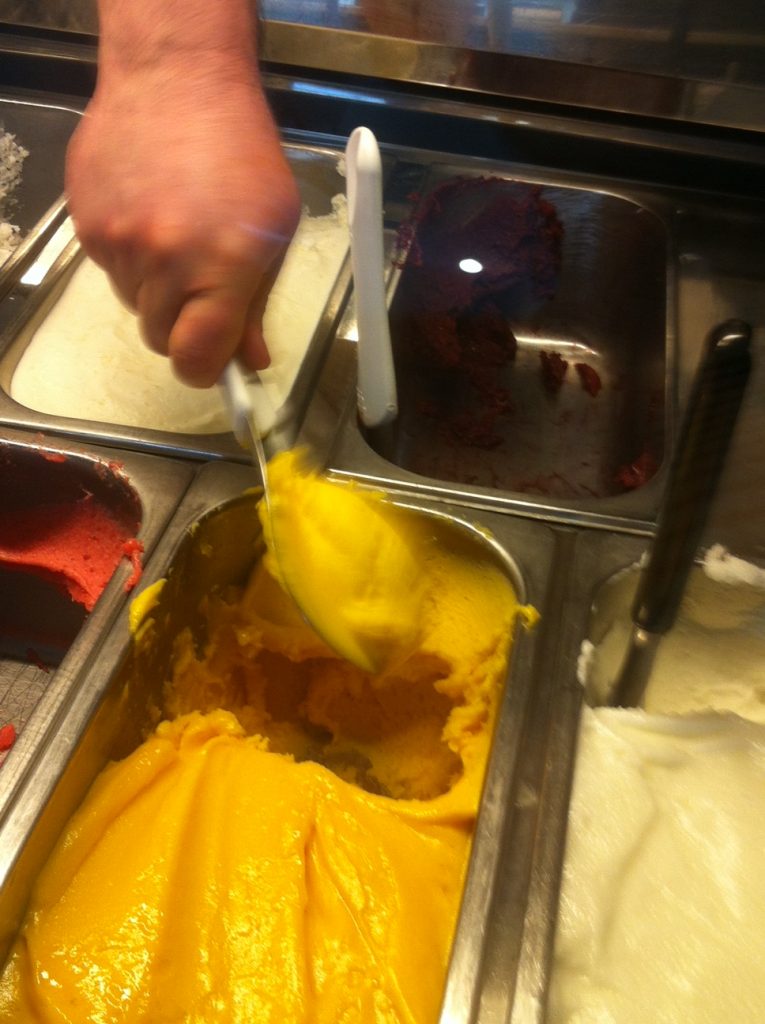
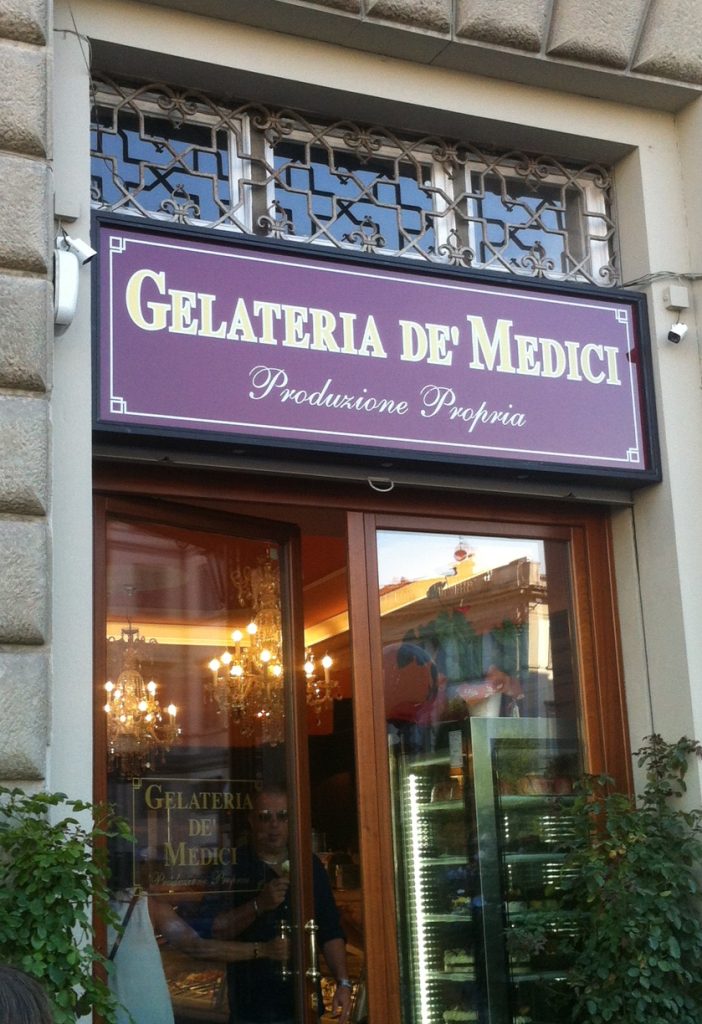
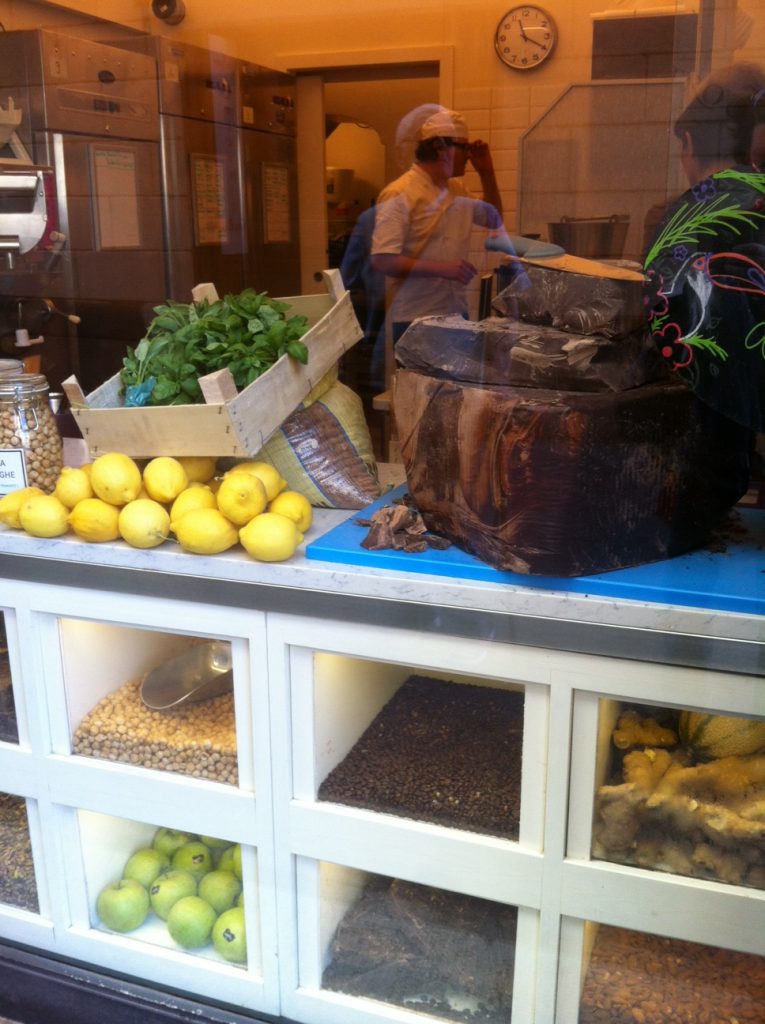
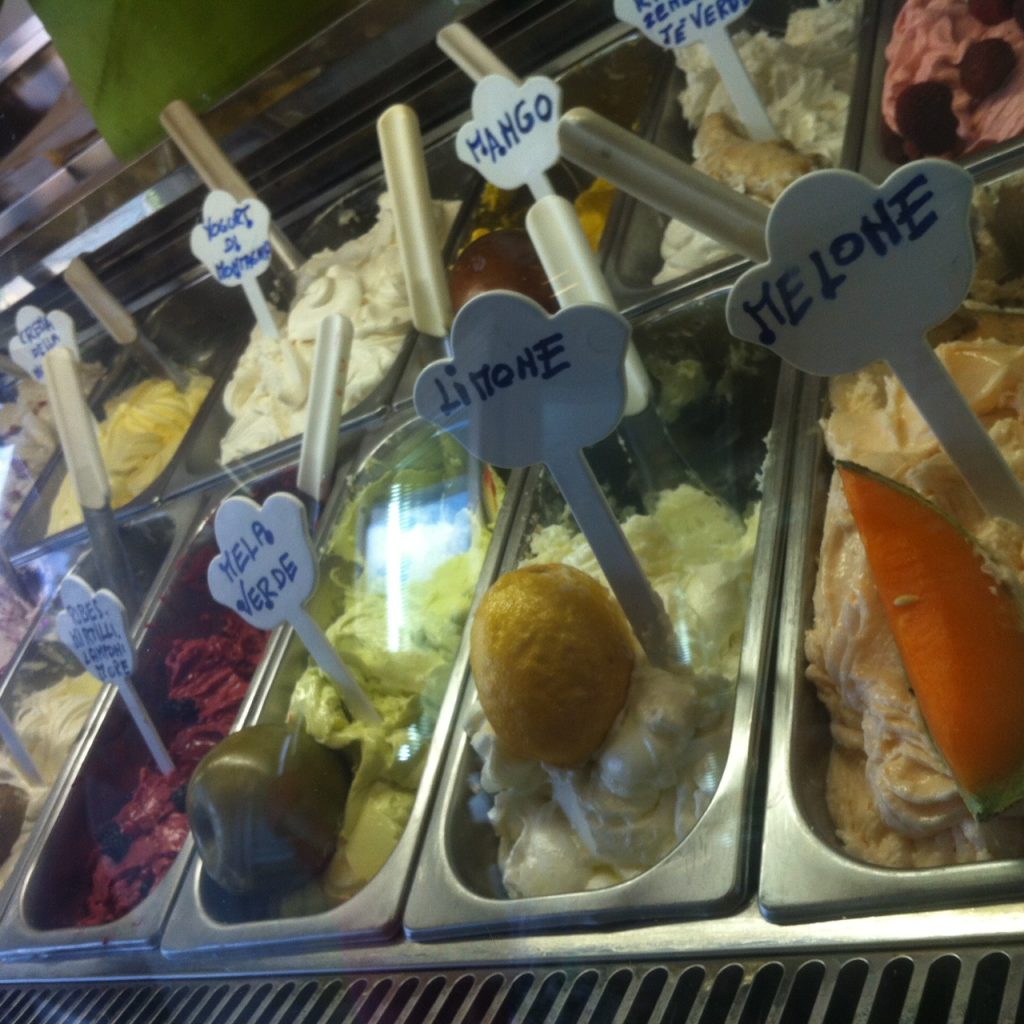
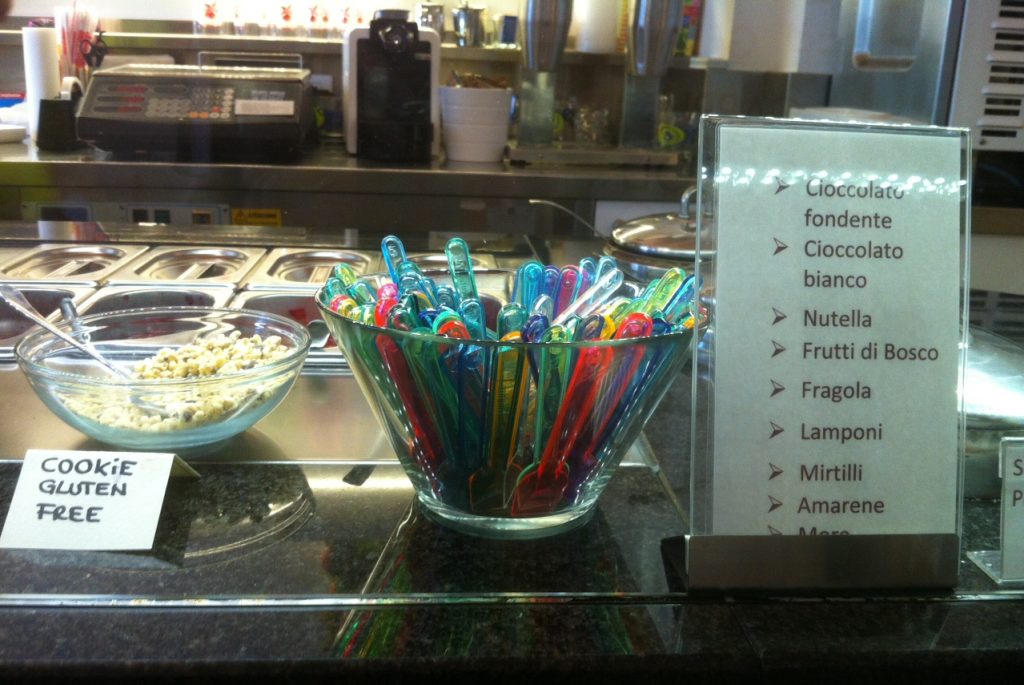

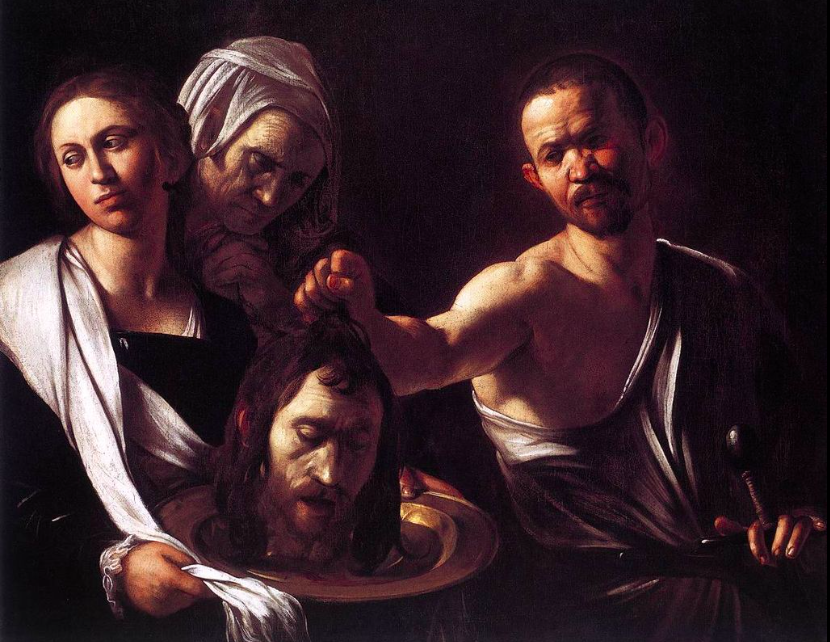
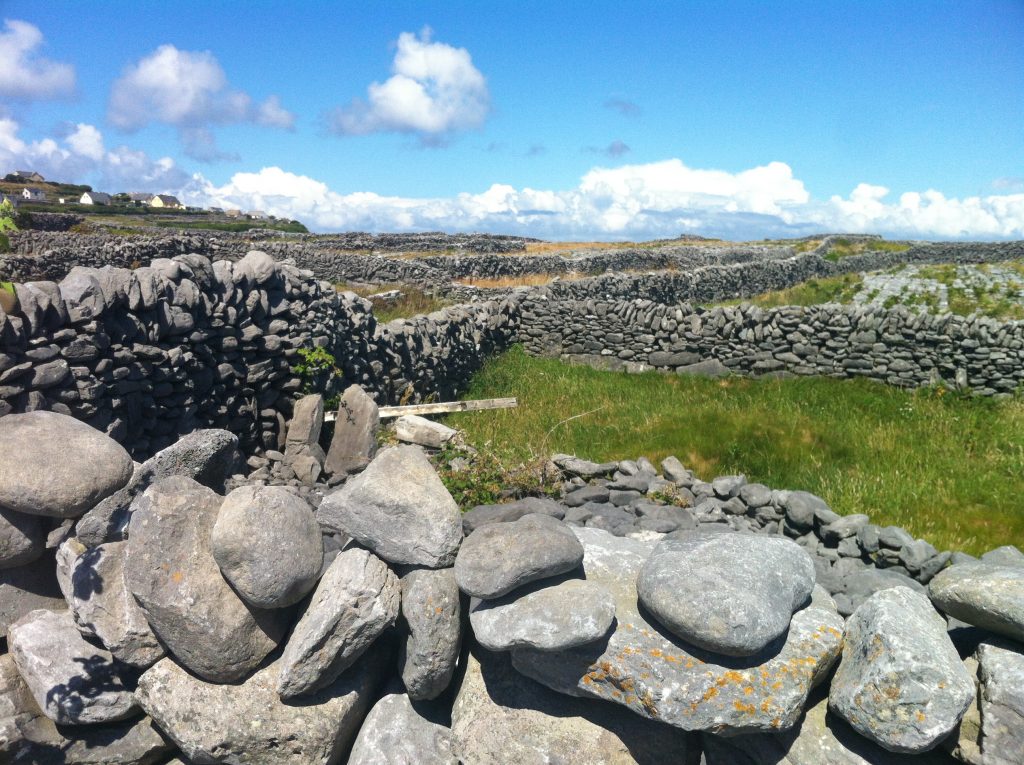


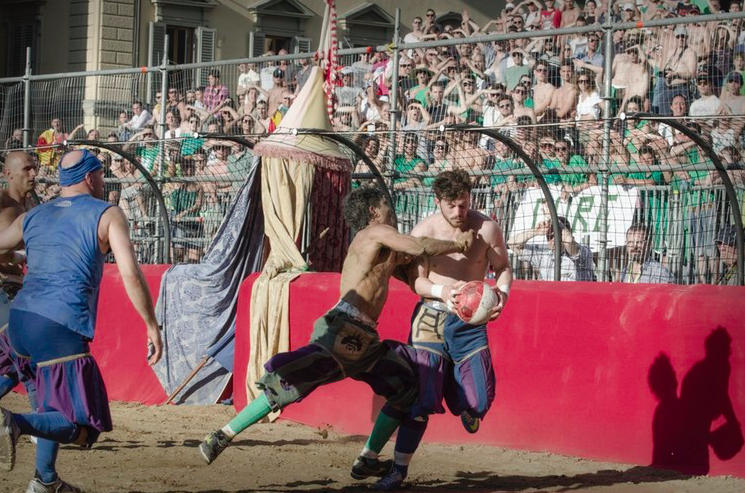
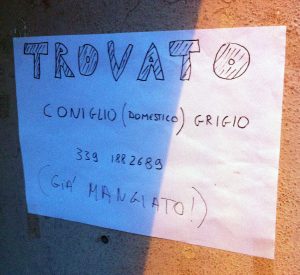 And added underneath by someone: Already eaten!
And added underneath by someone: Already eaten!